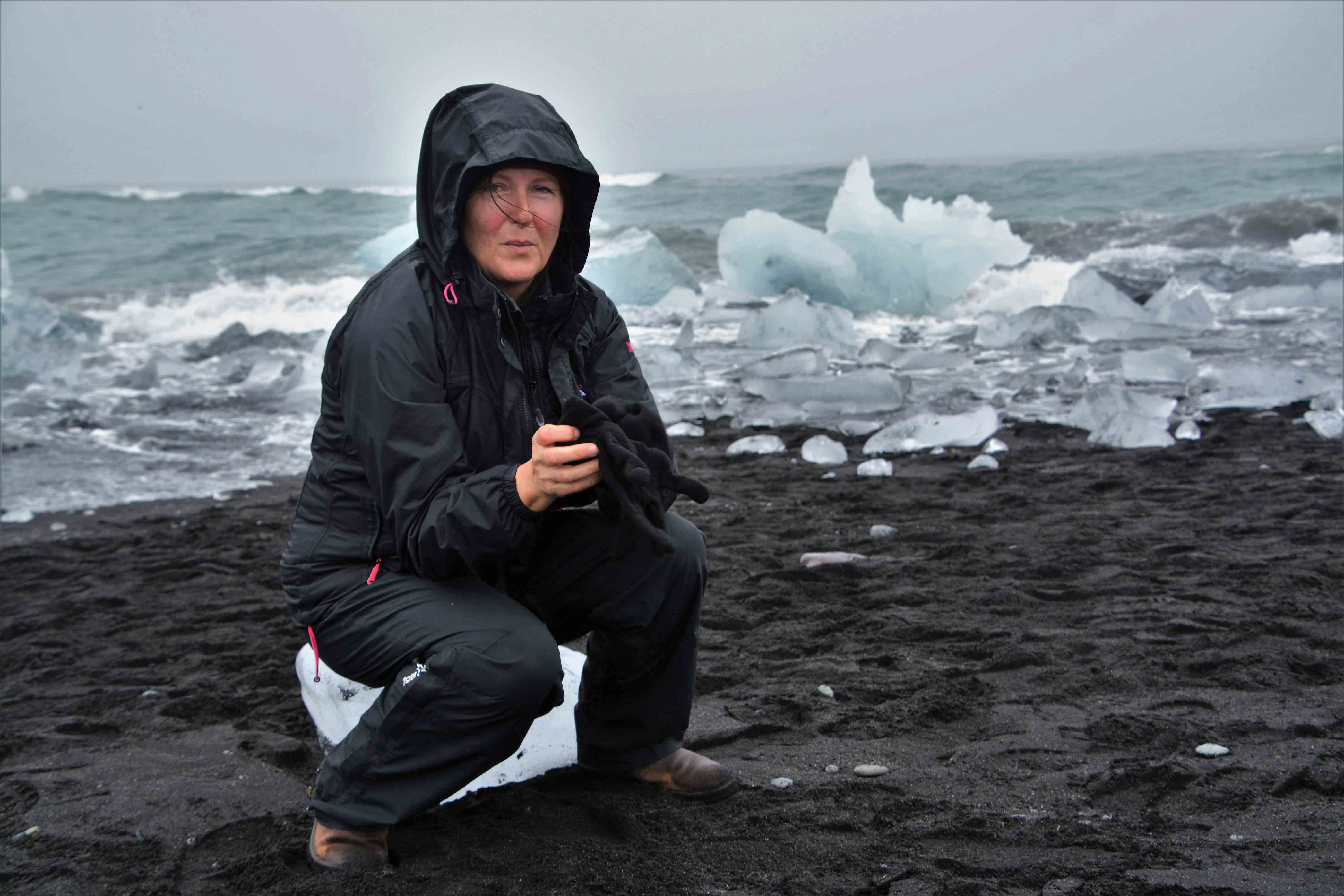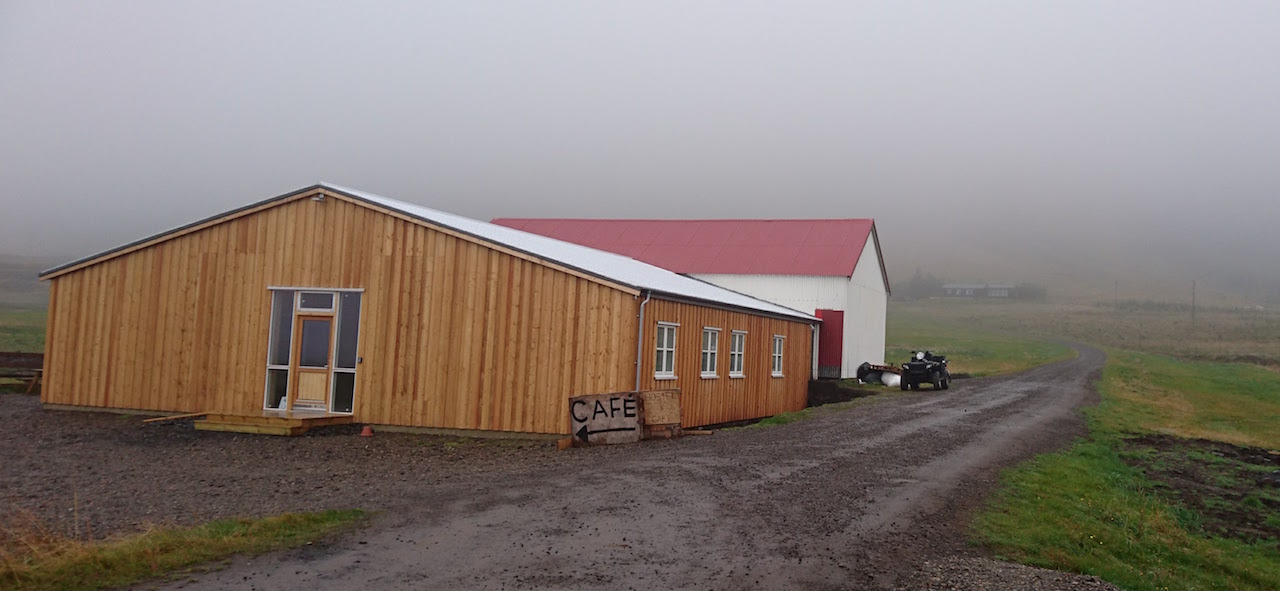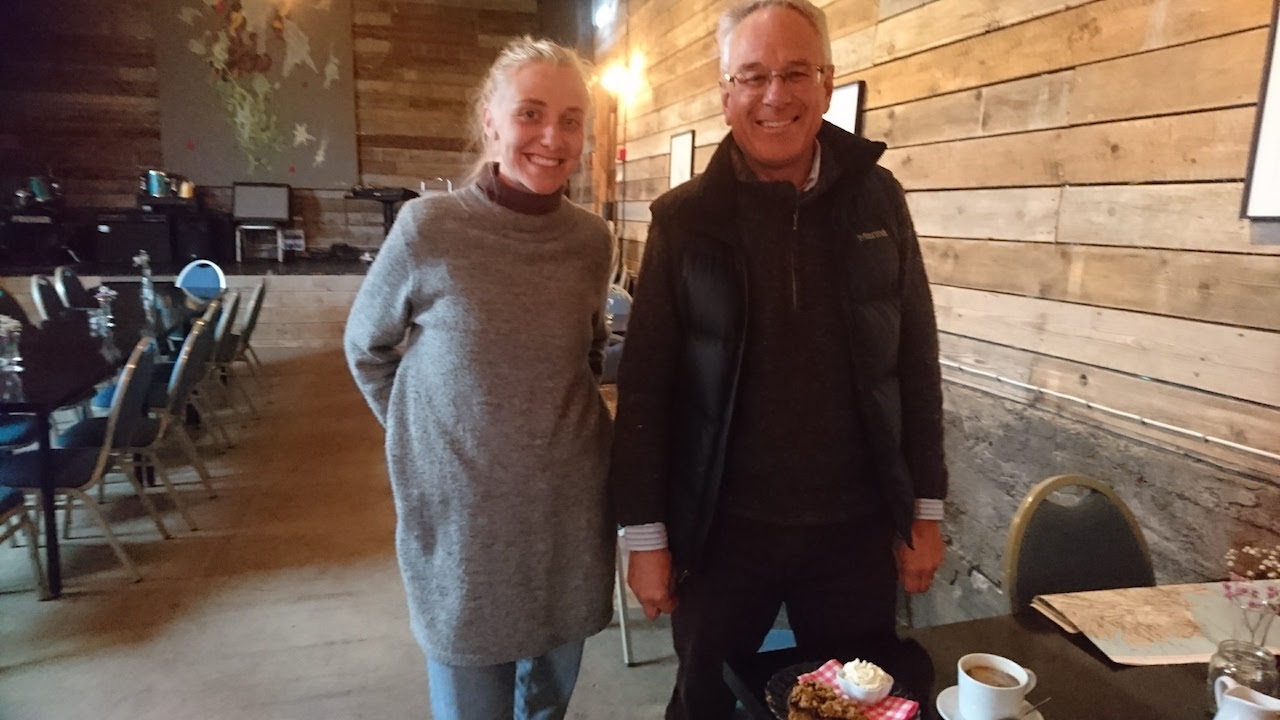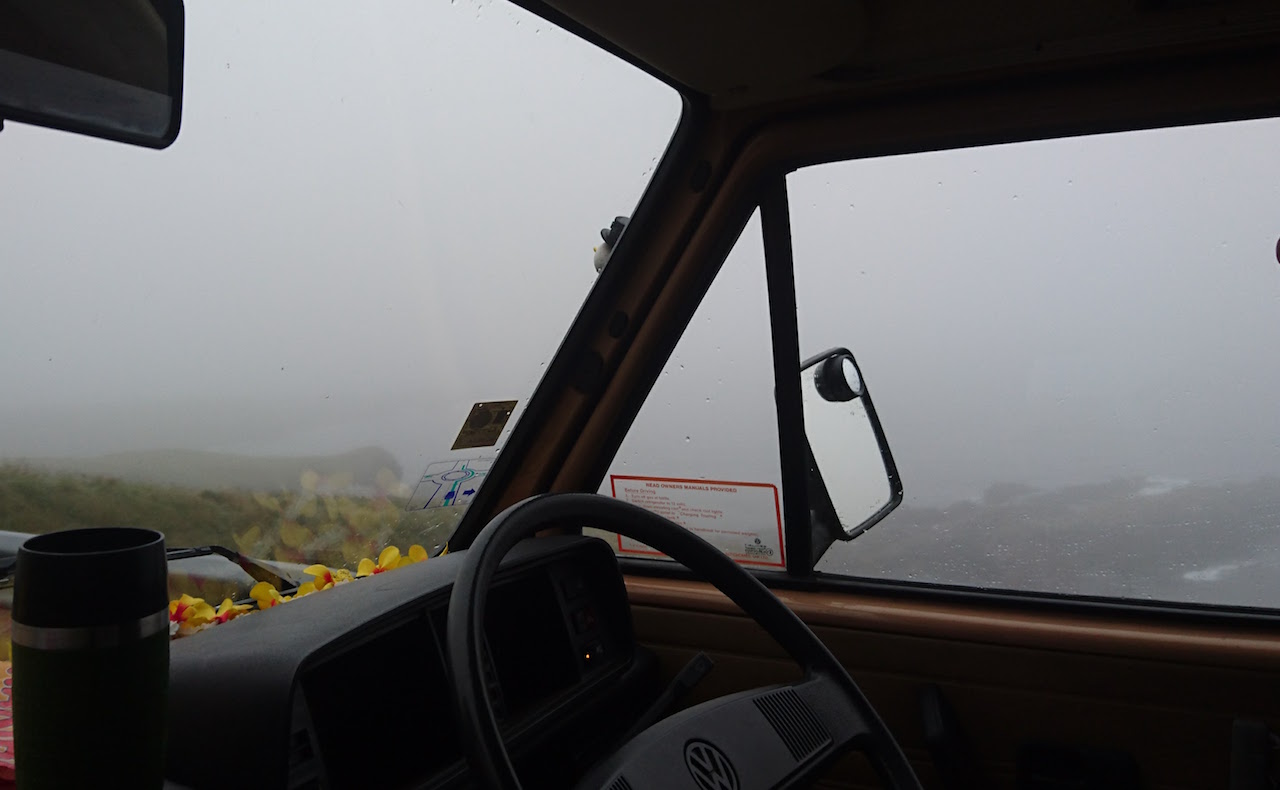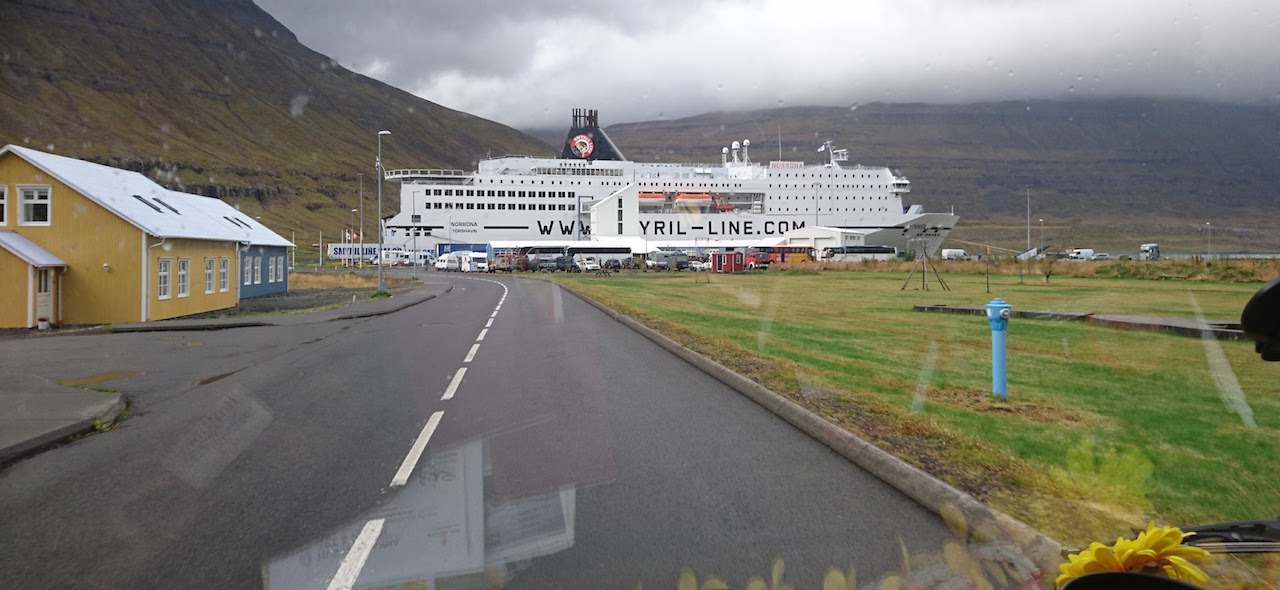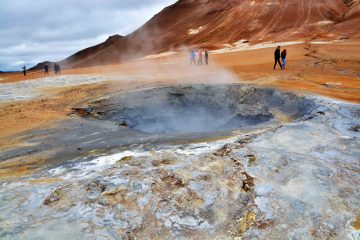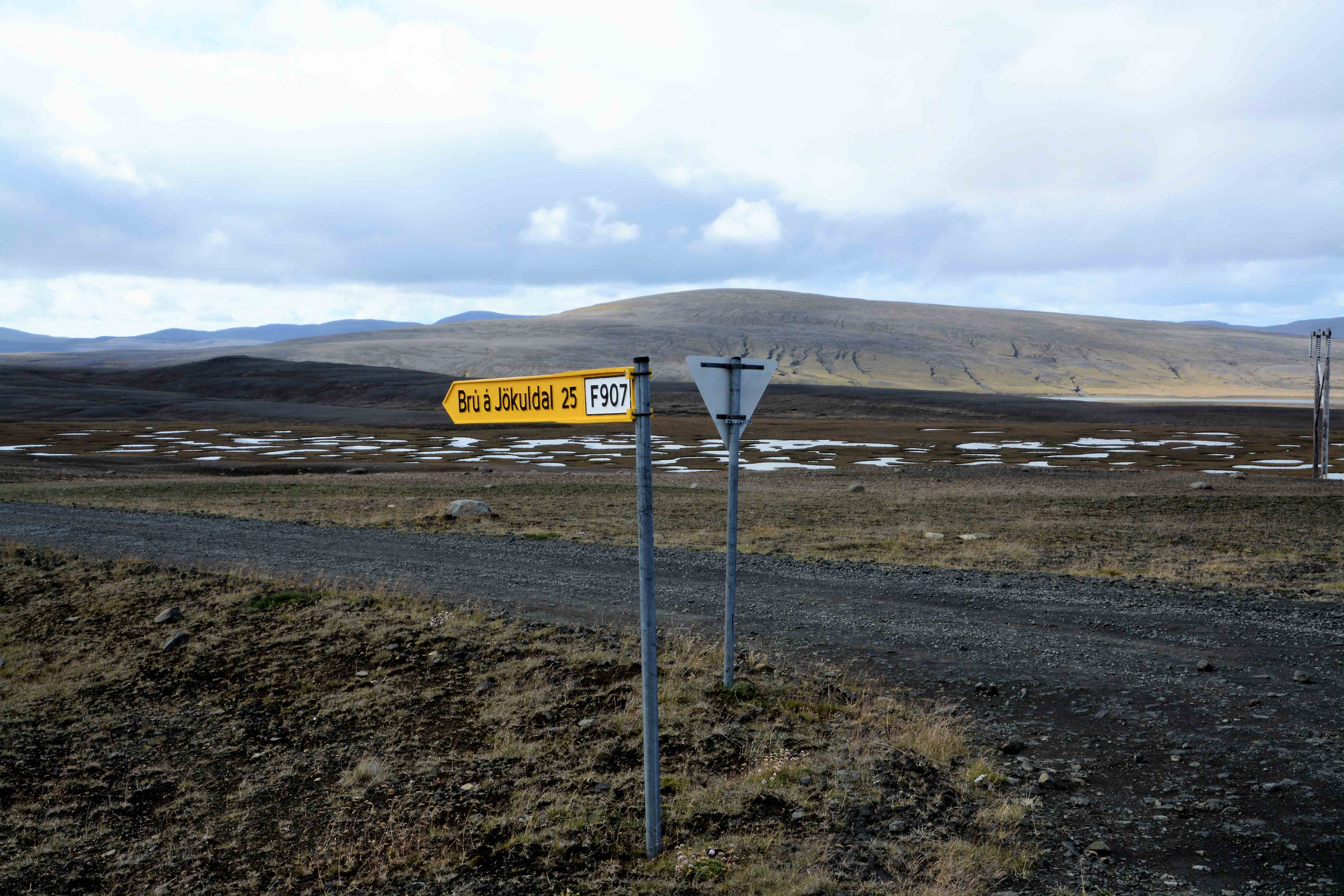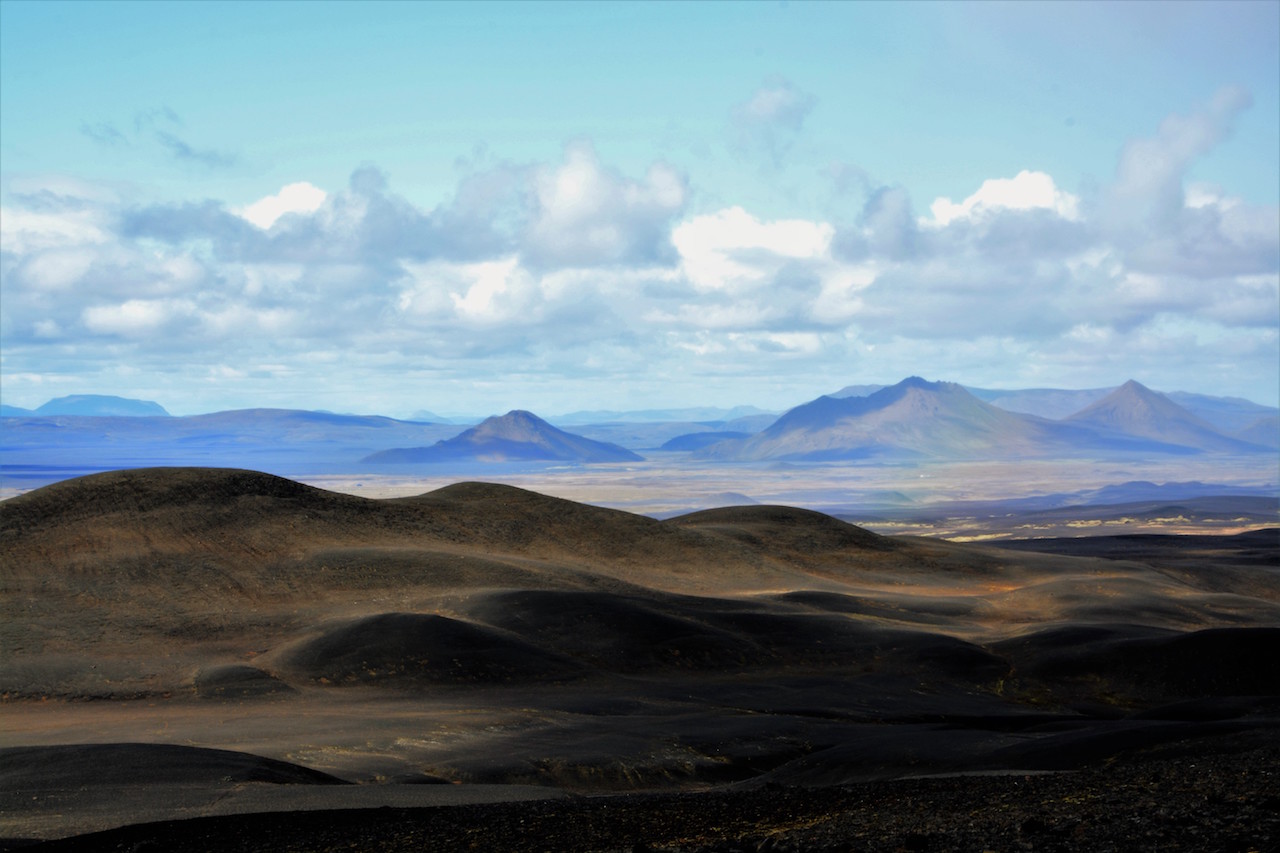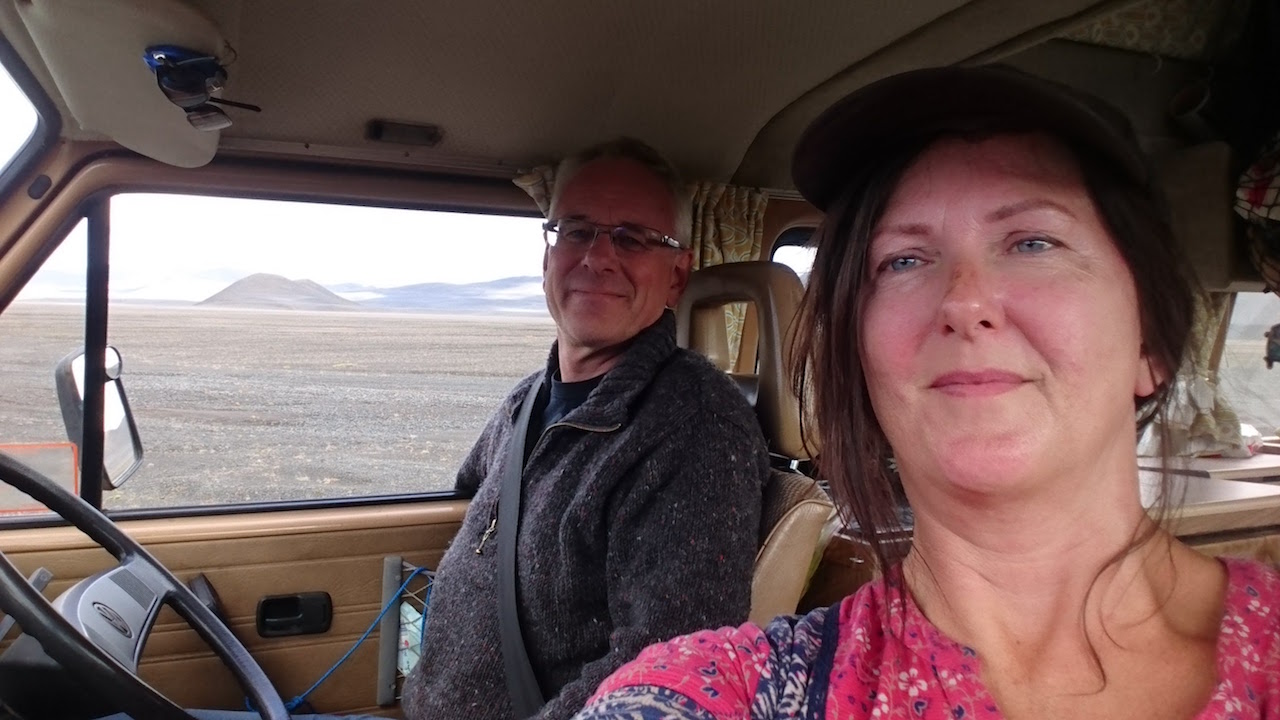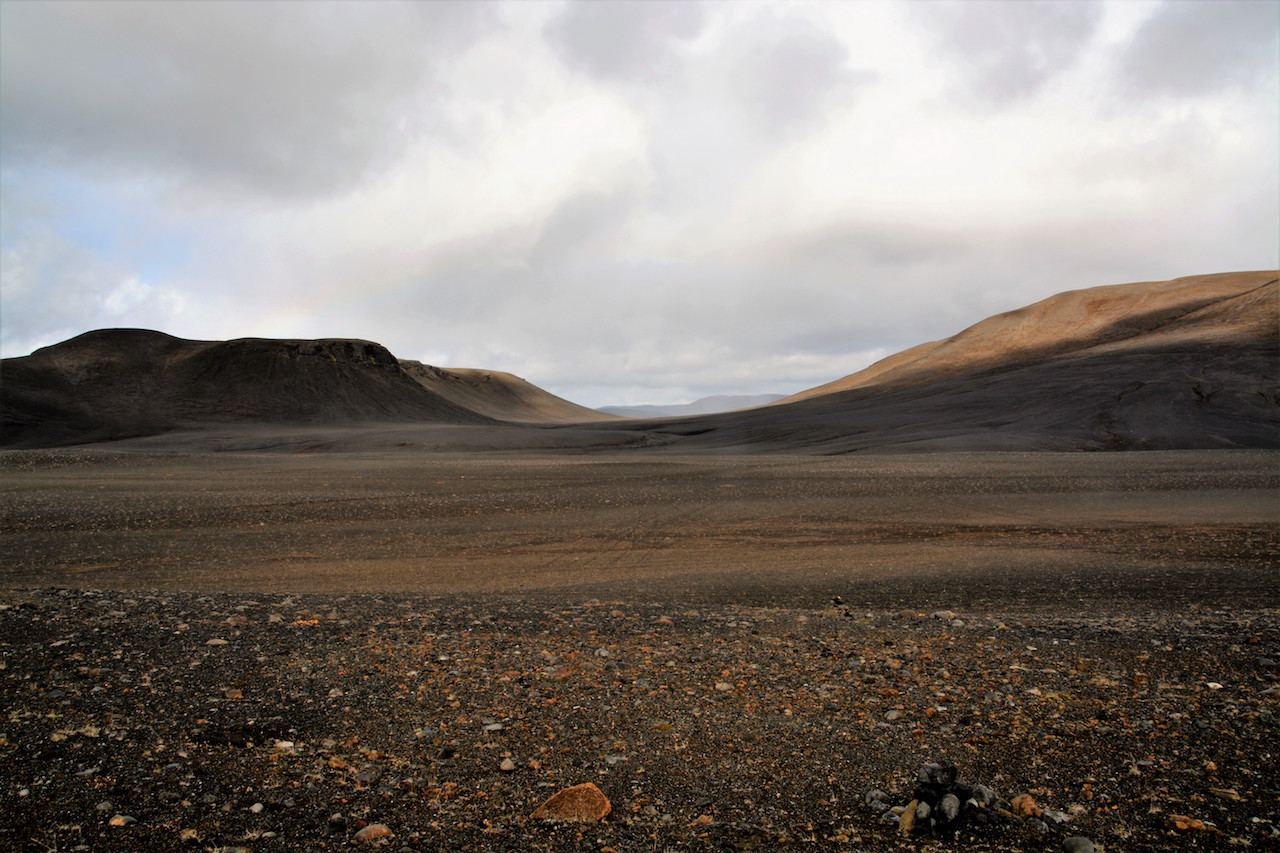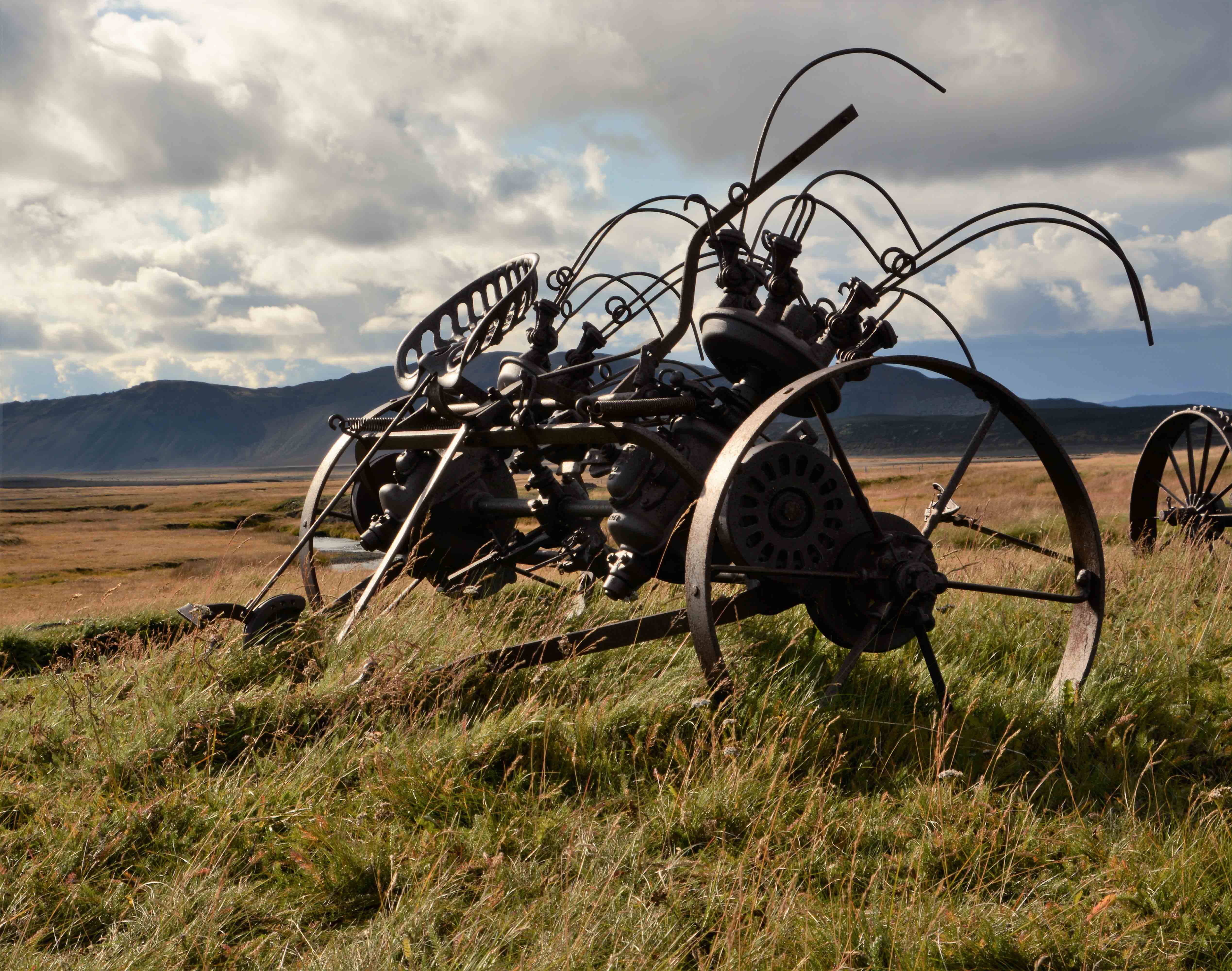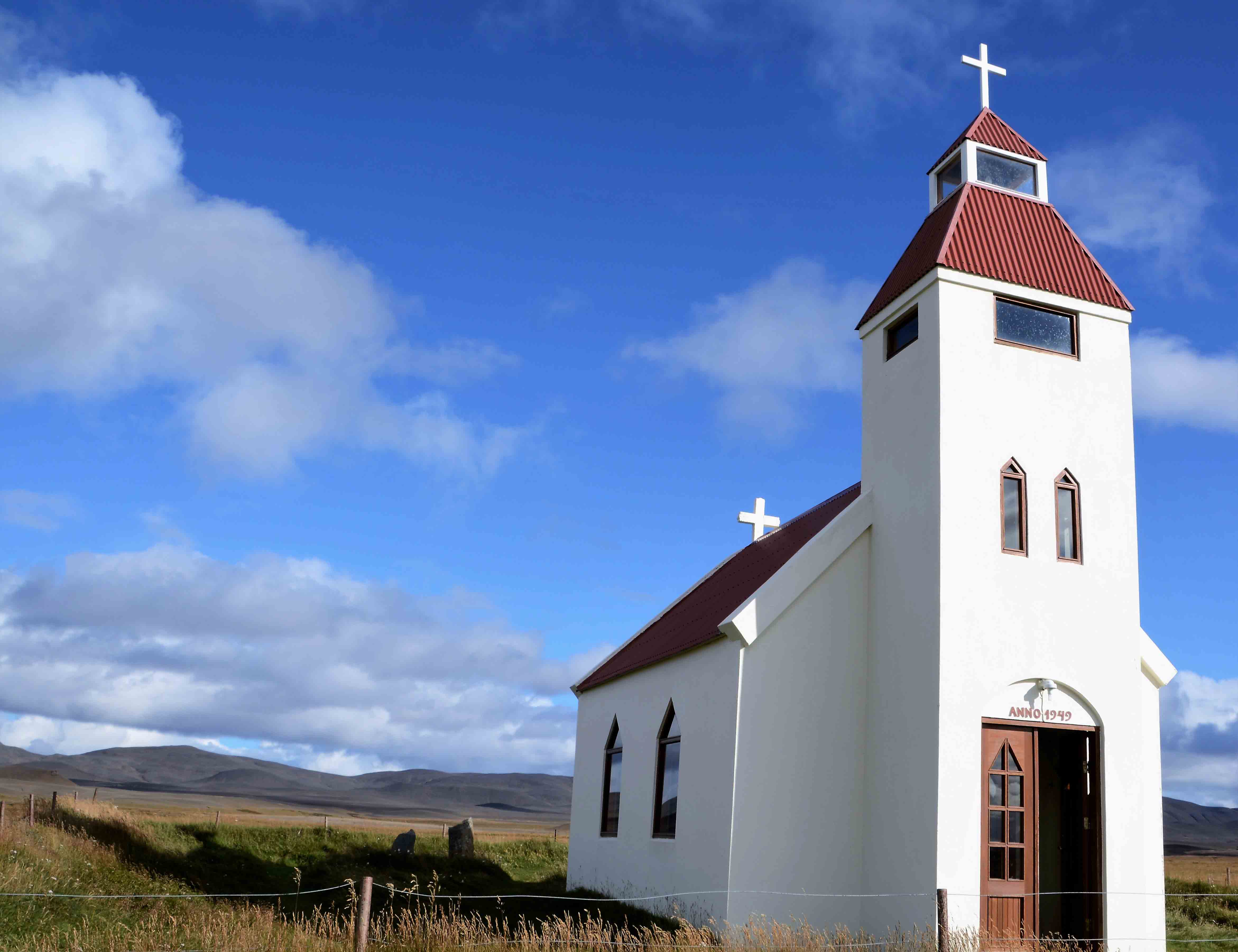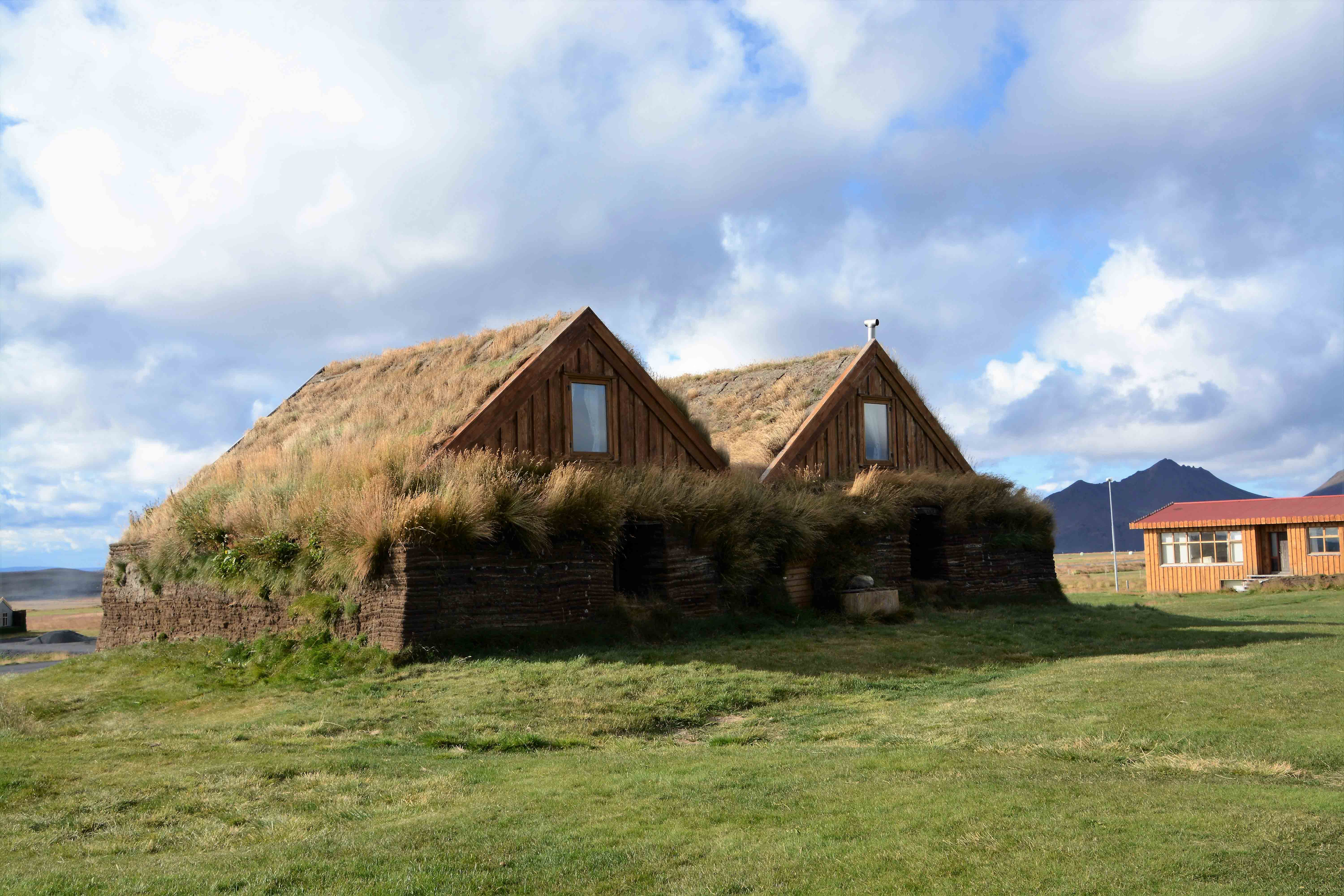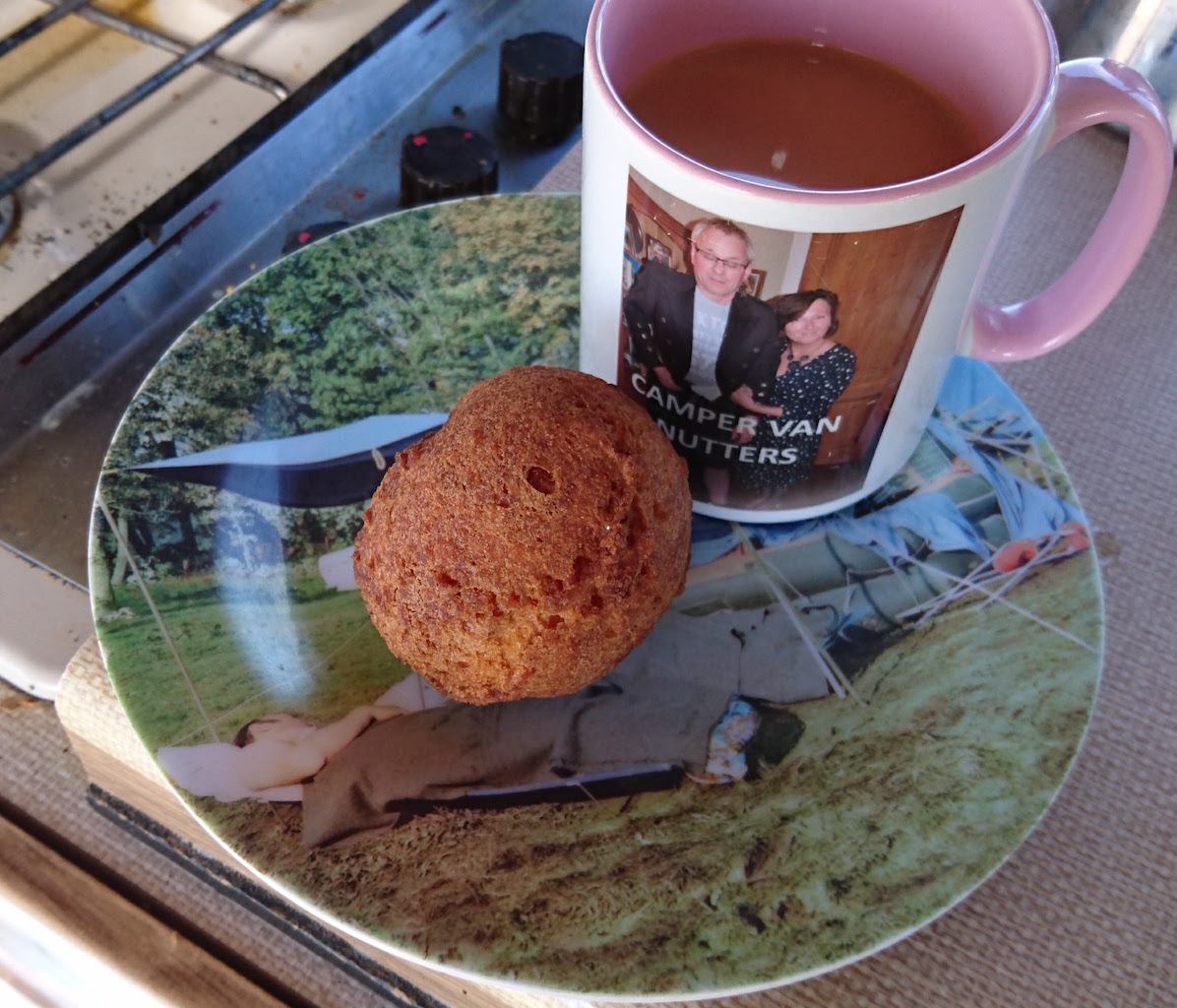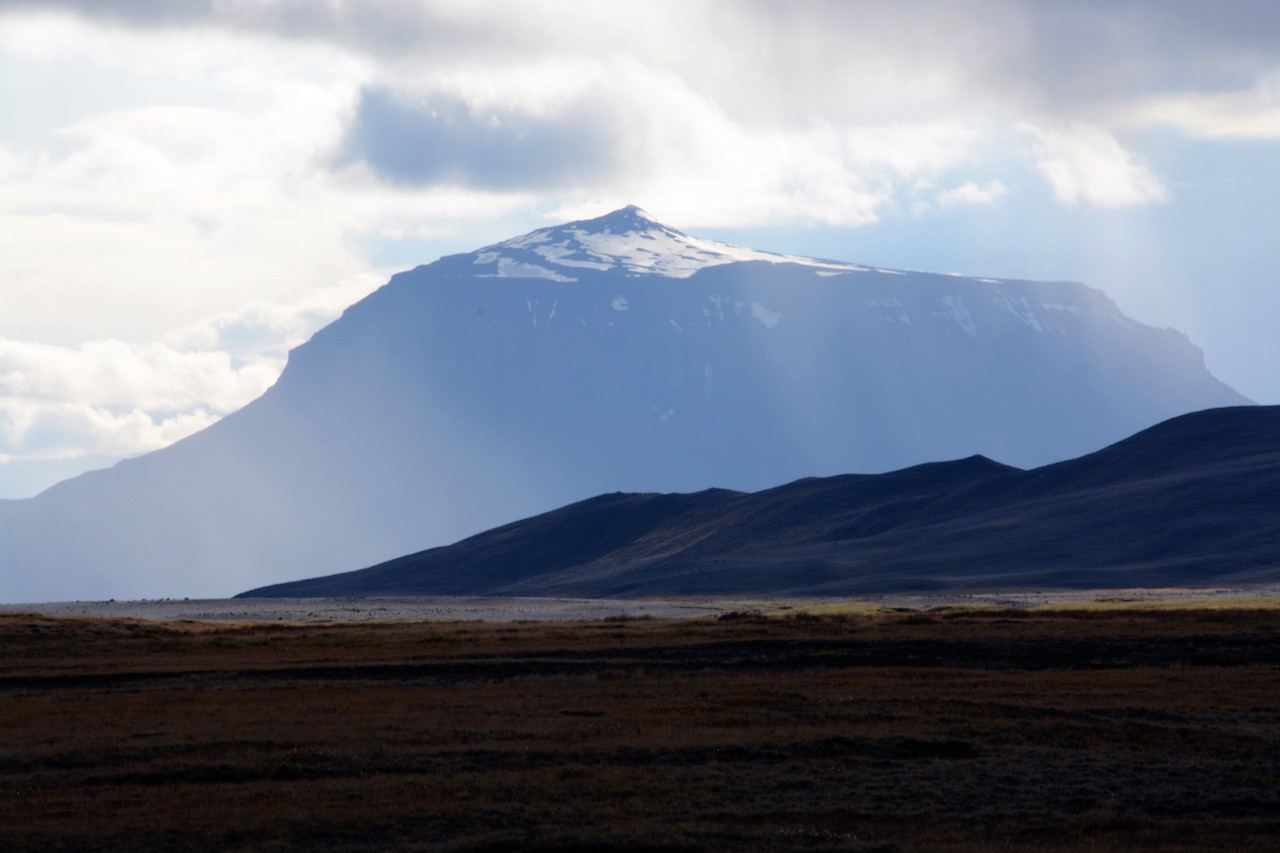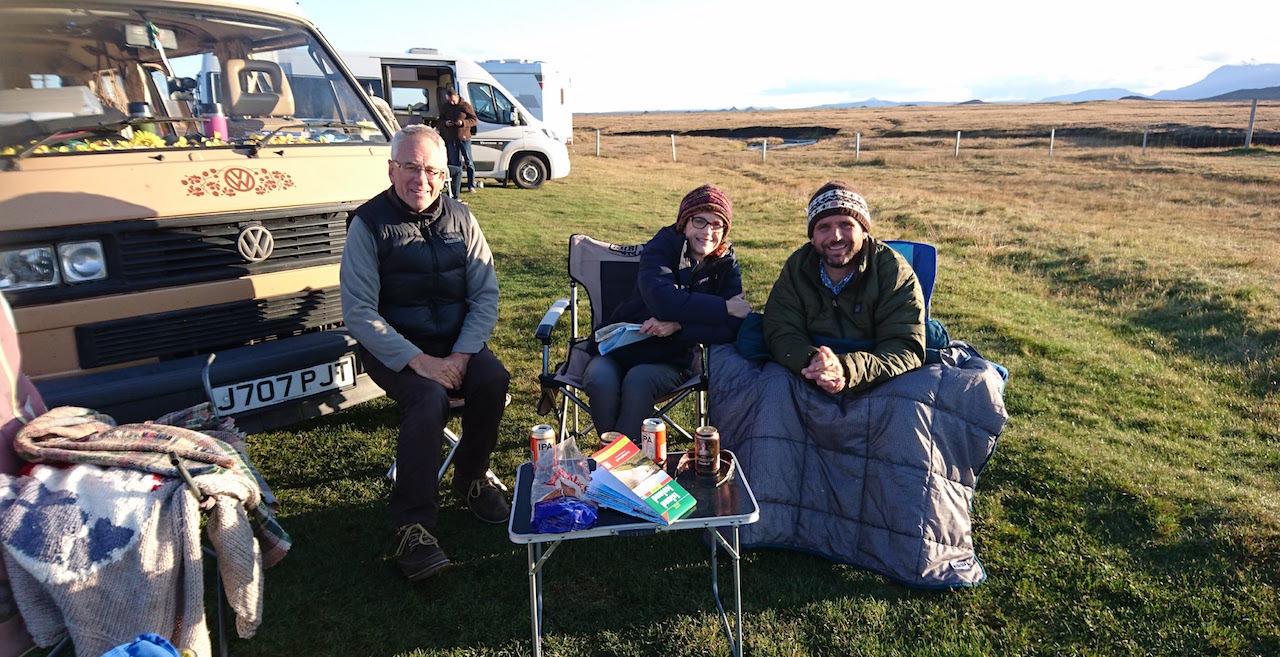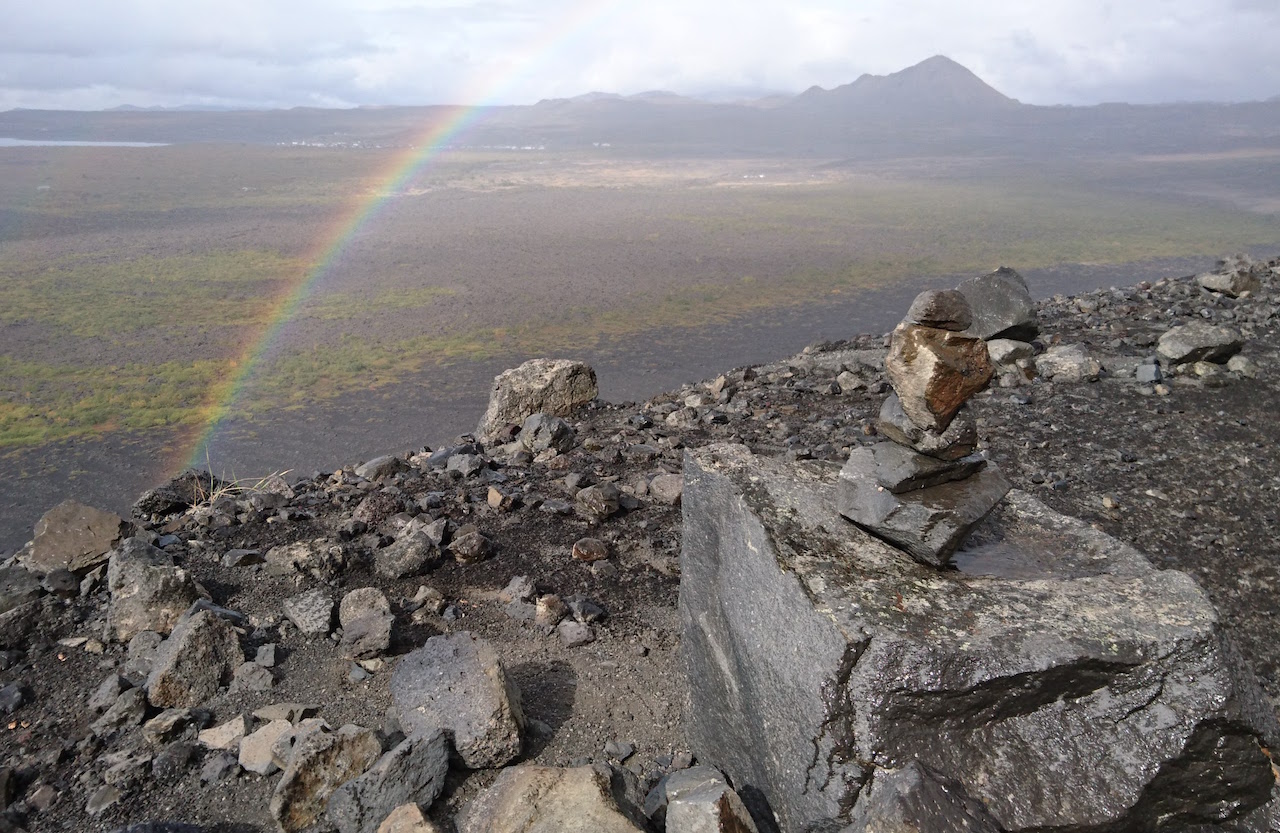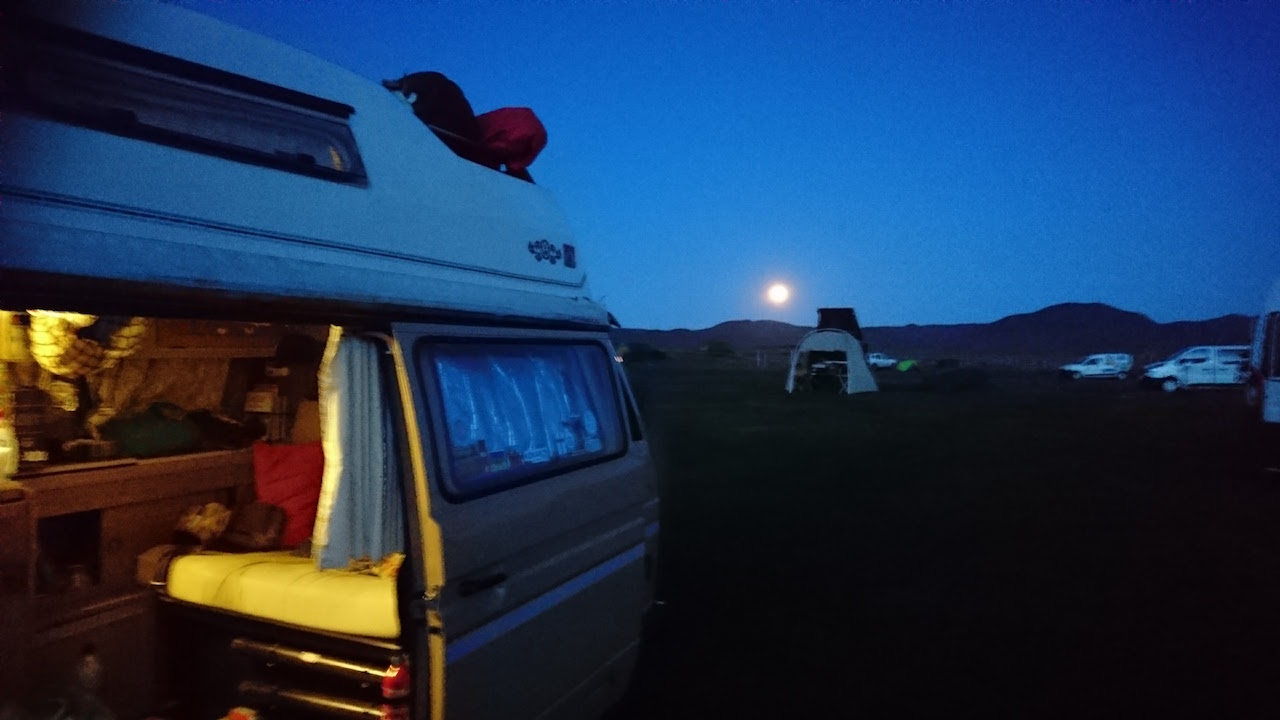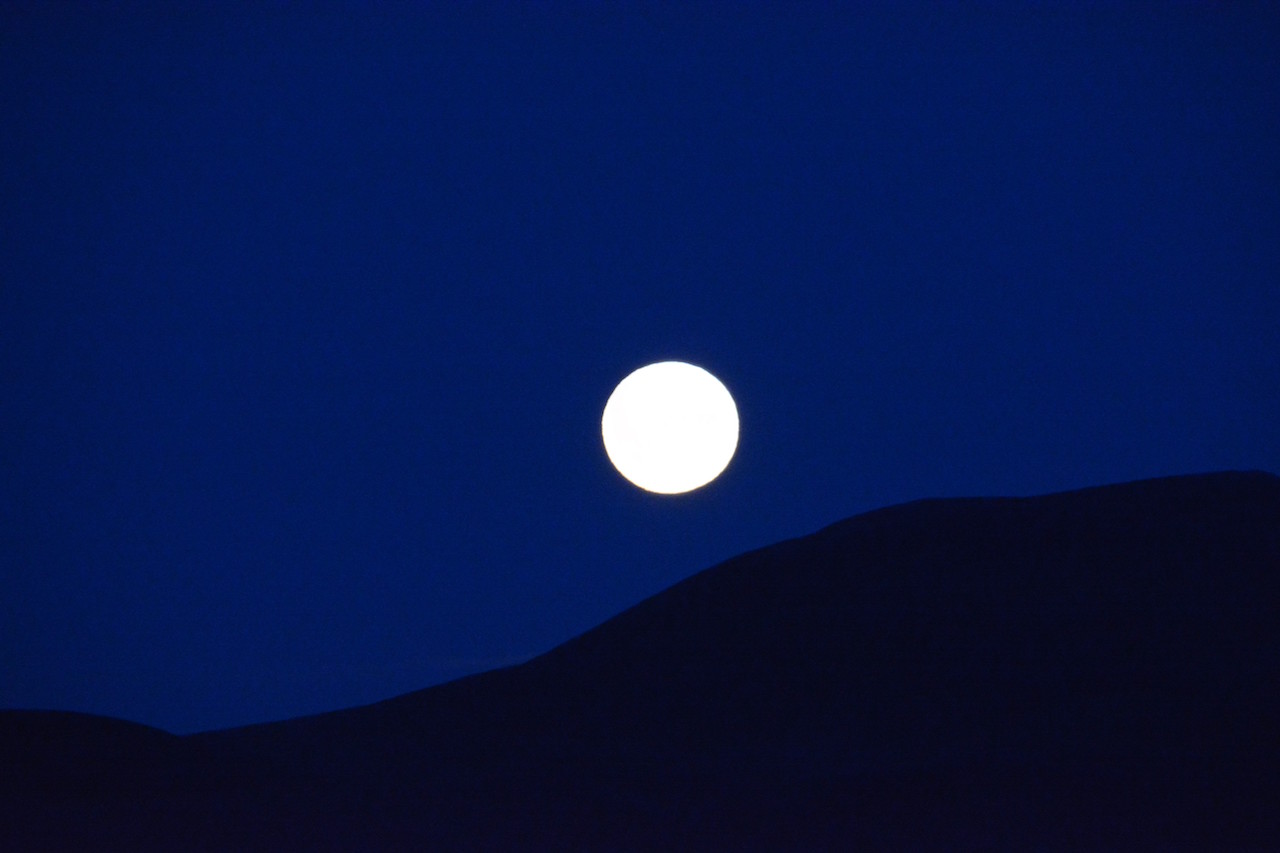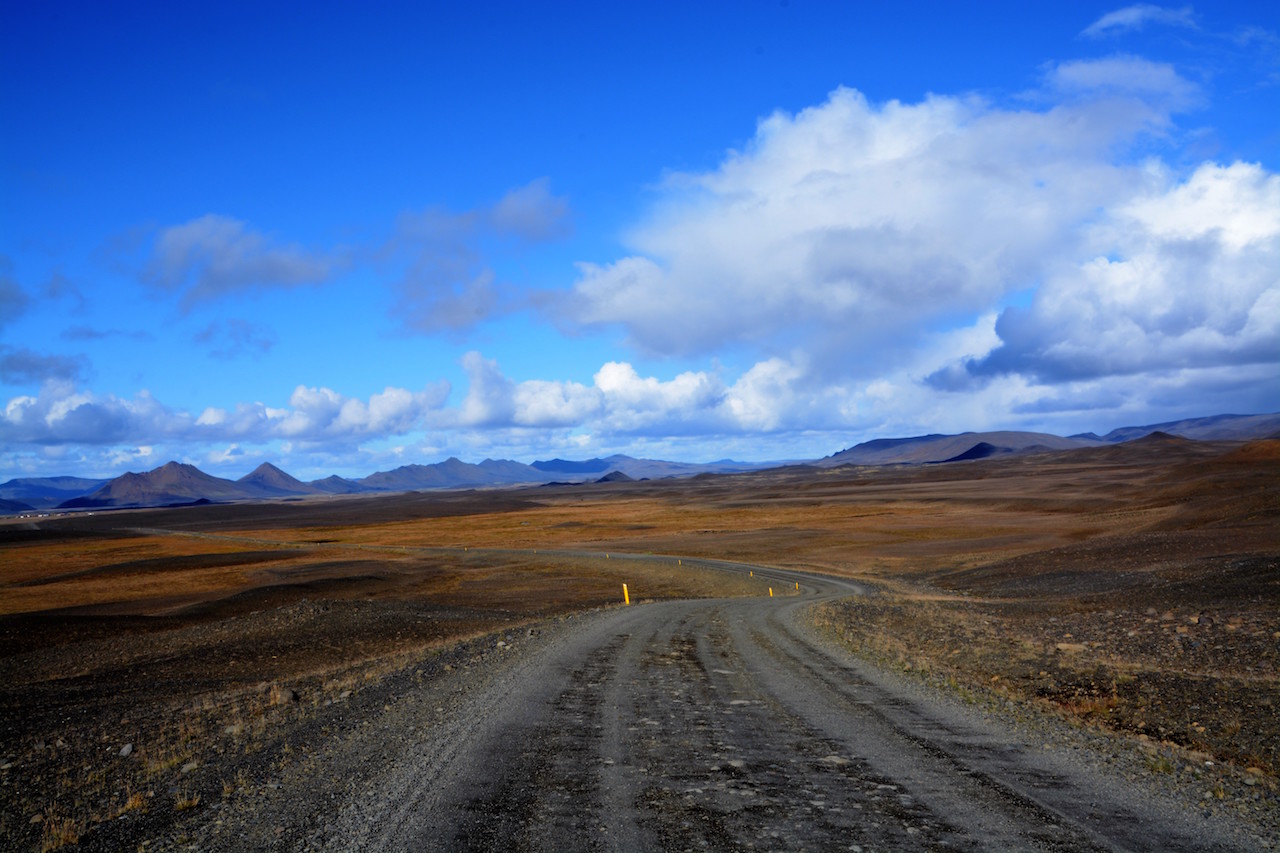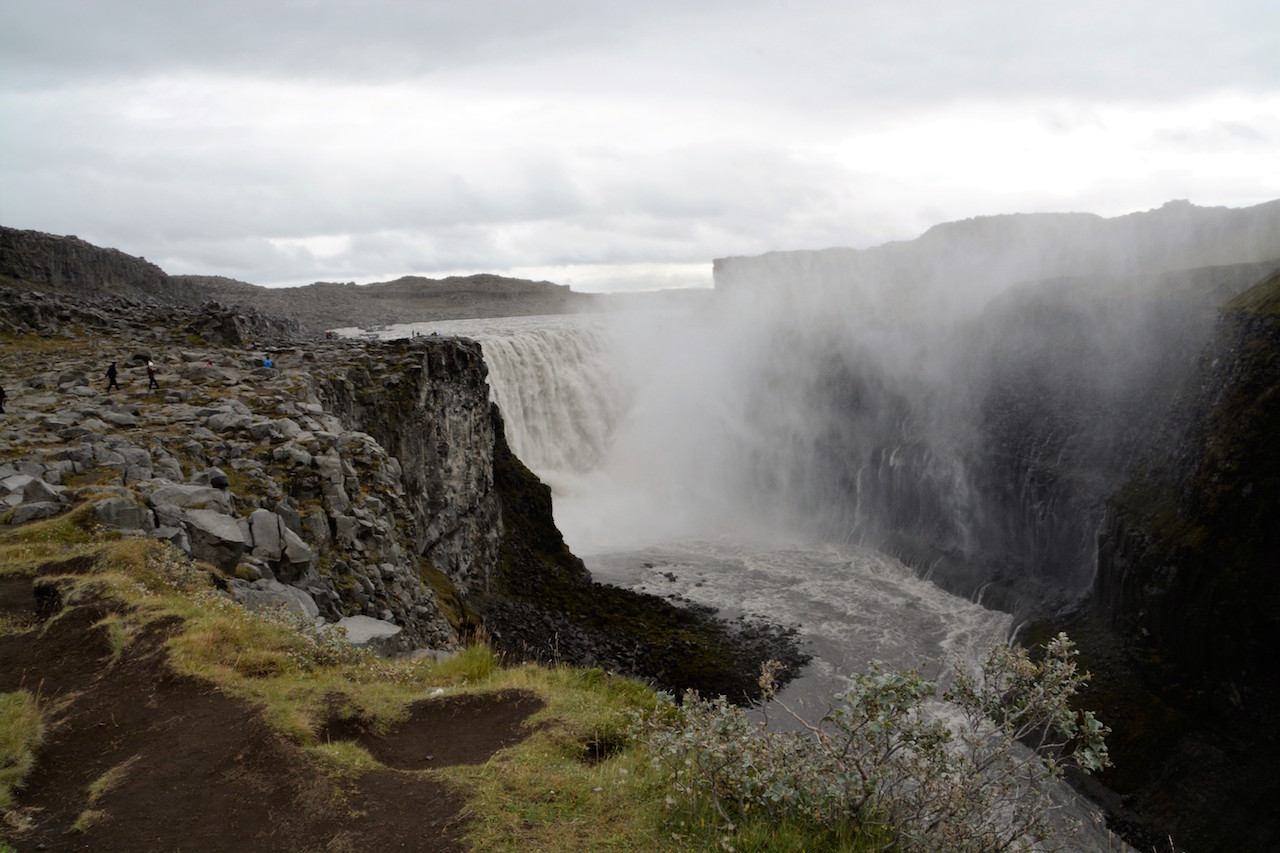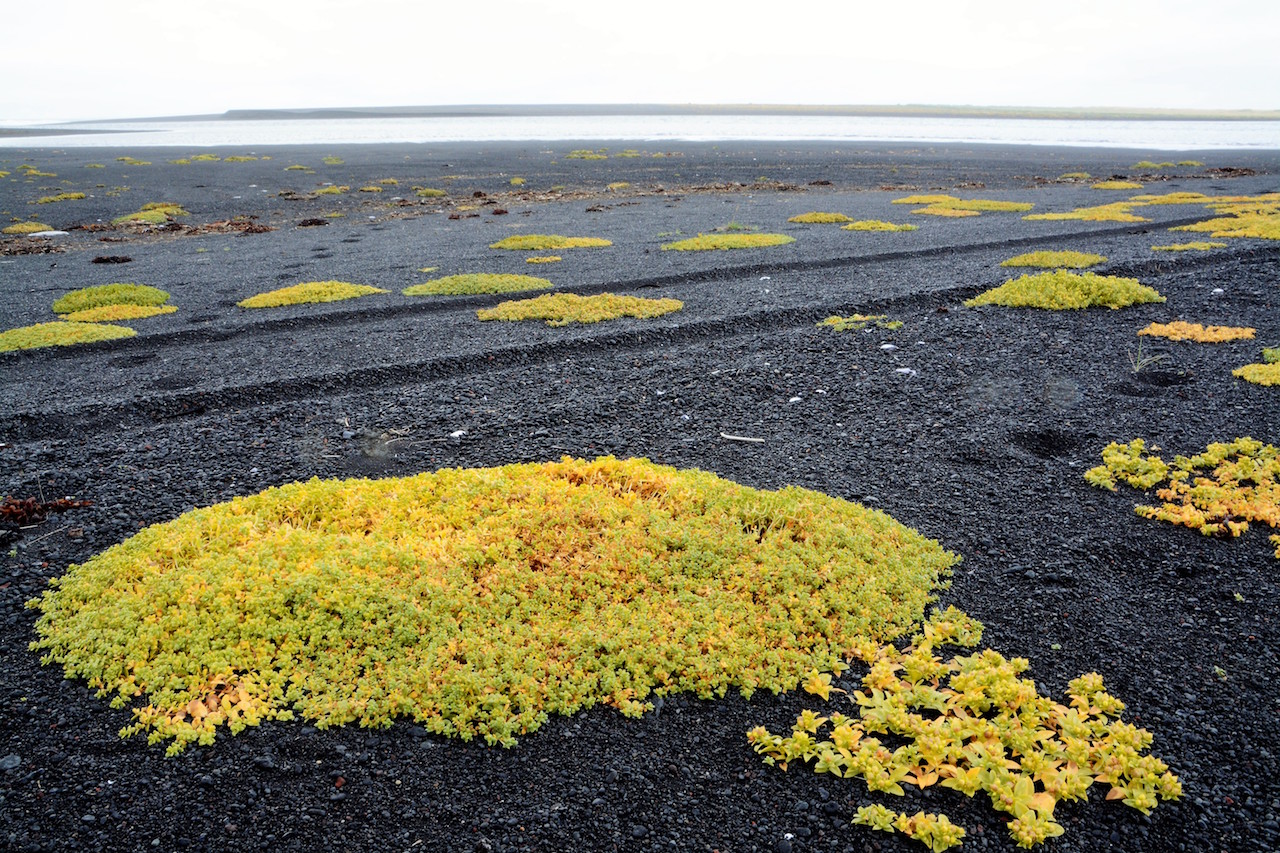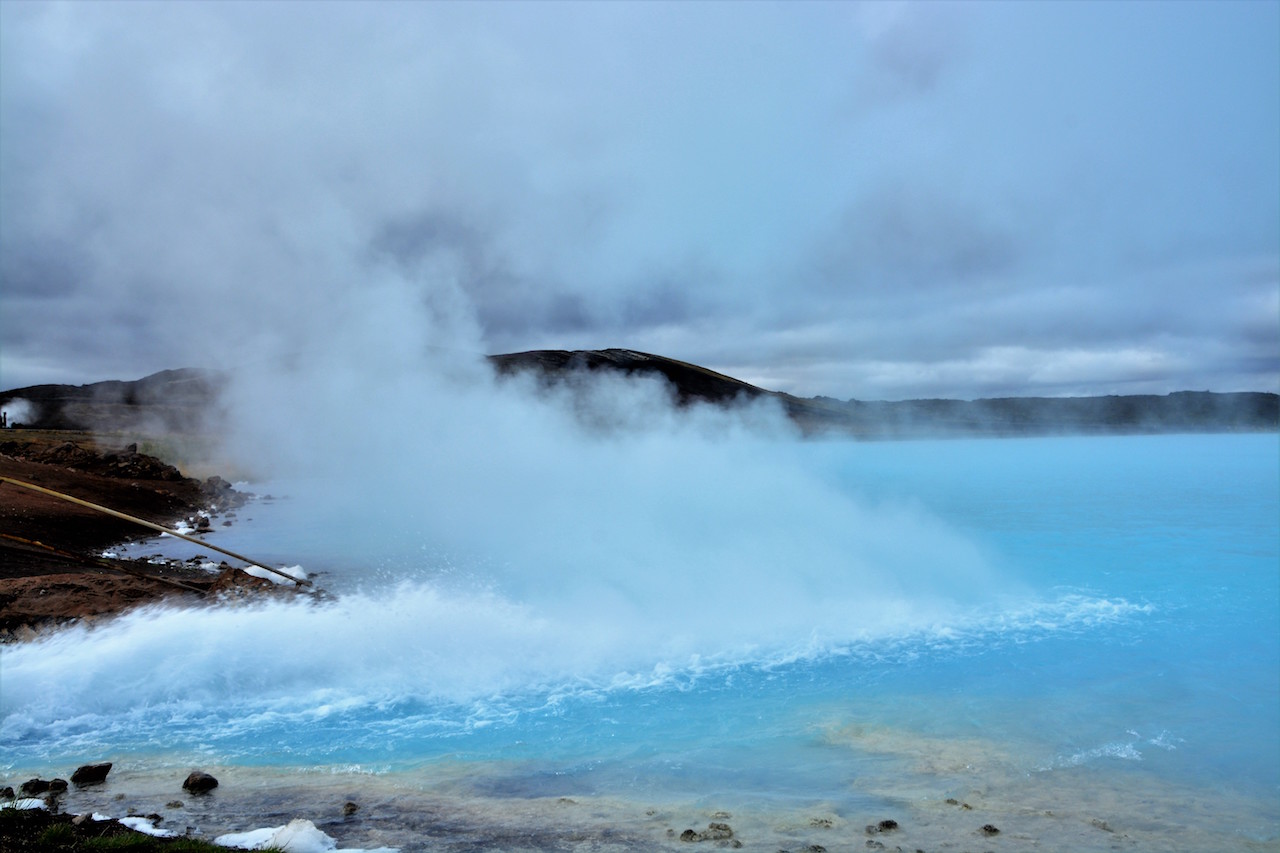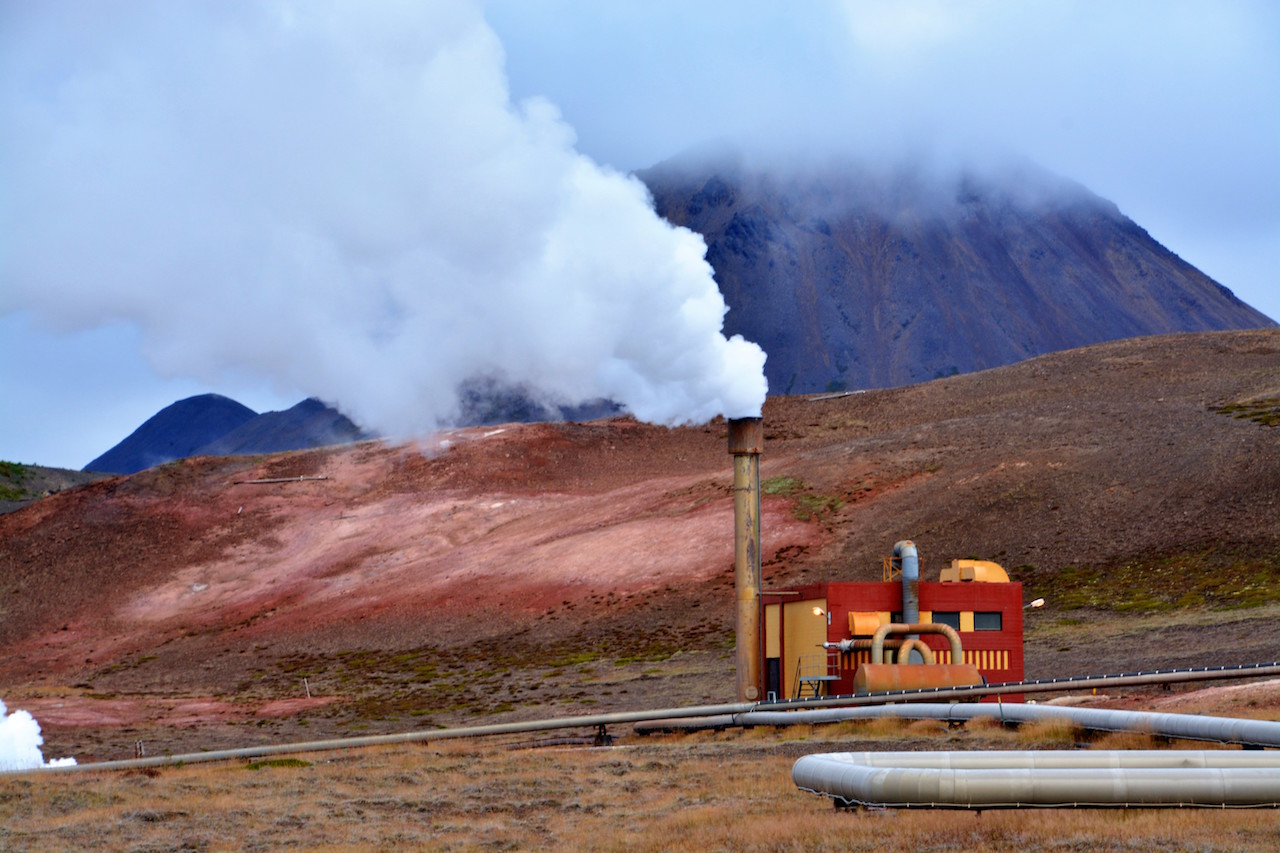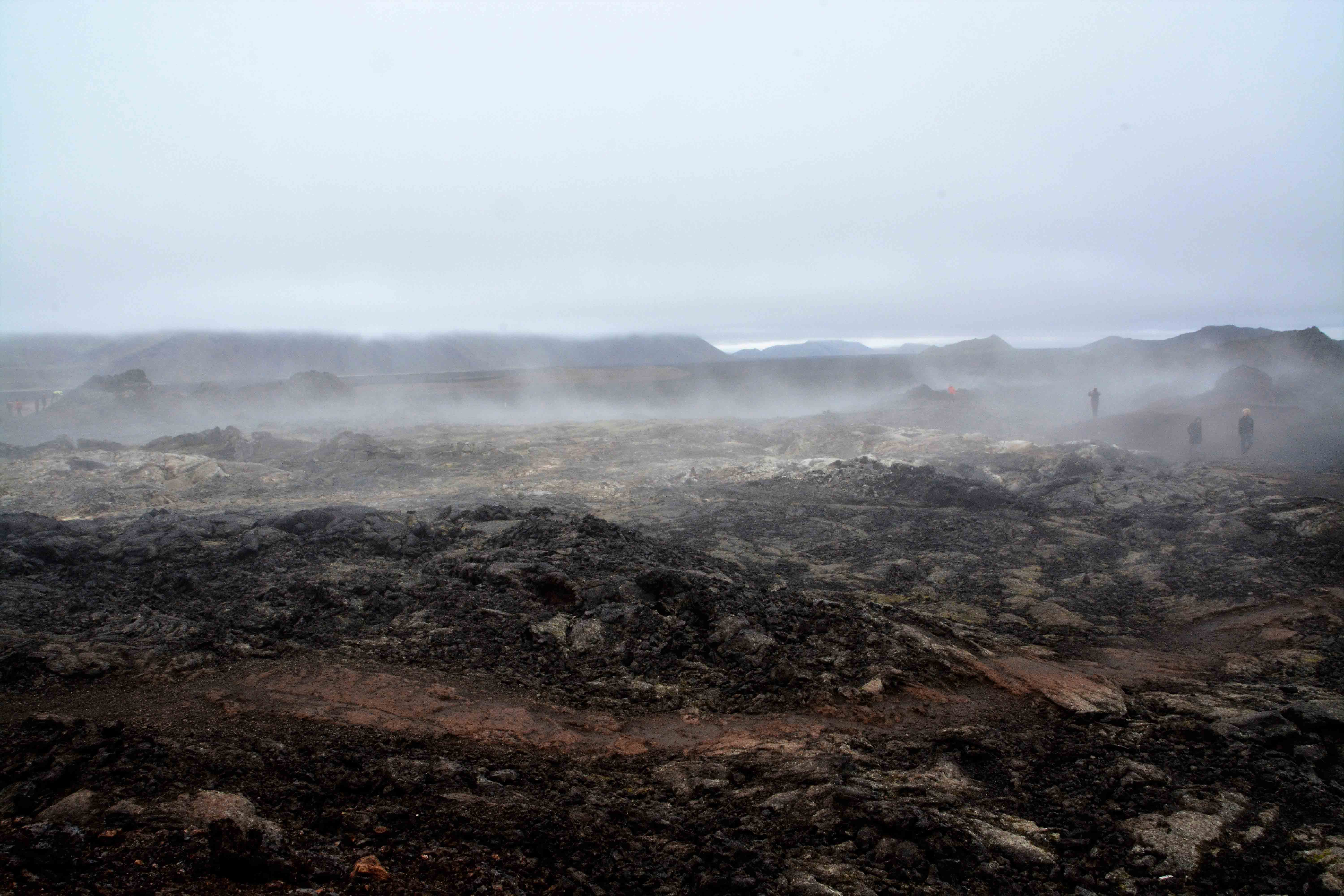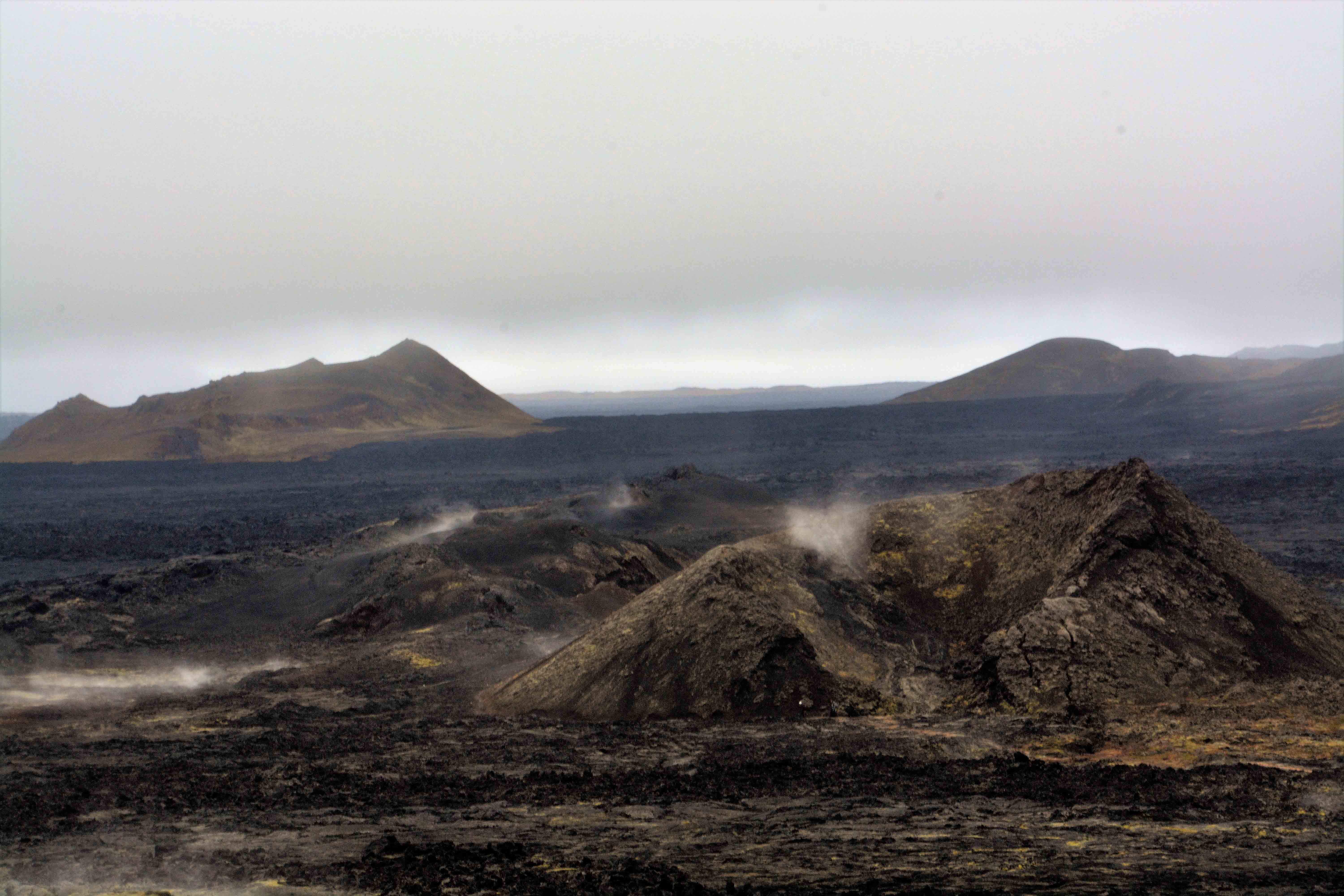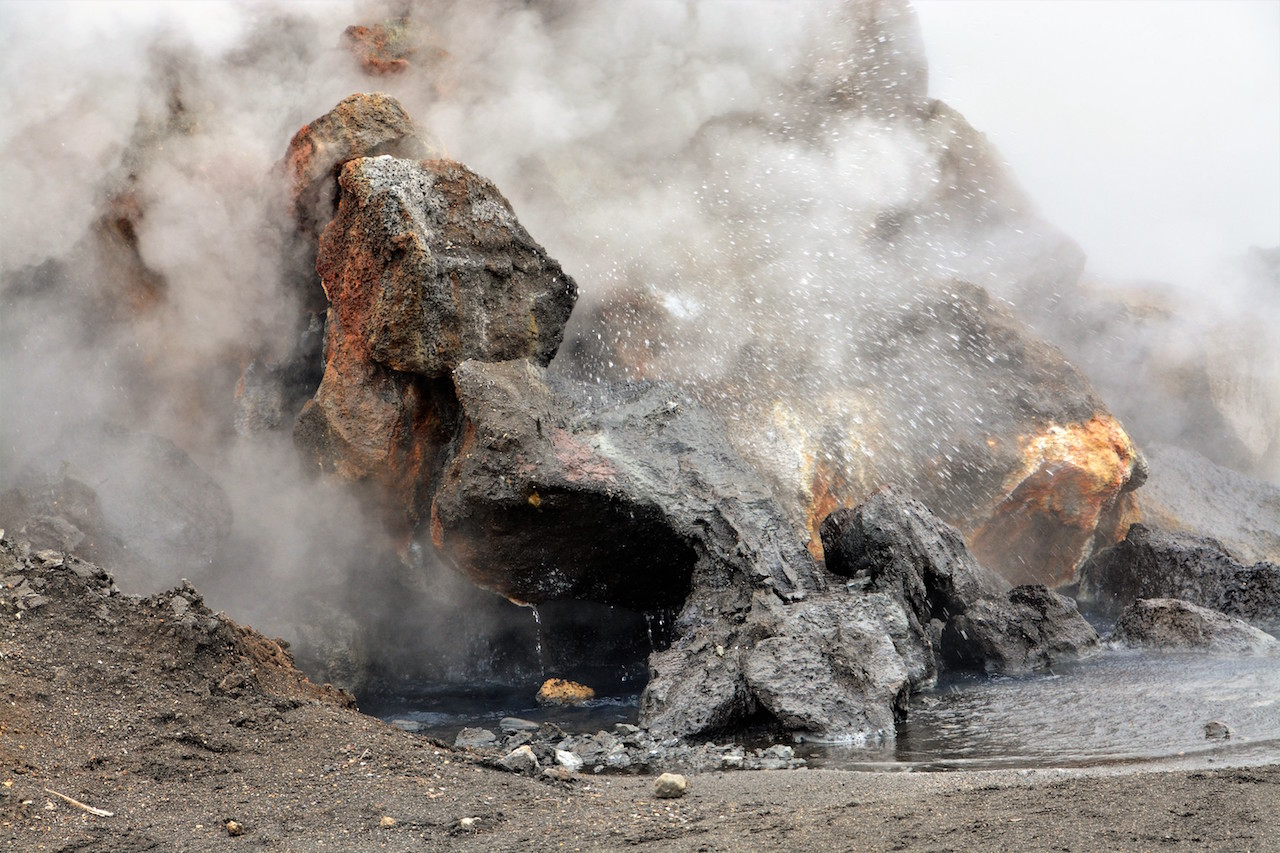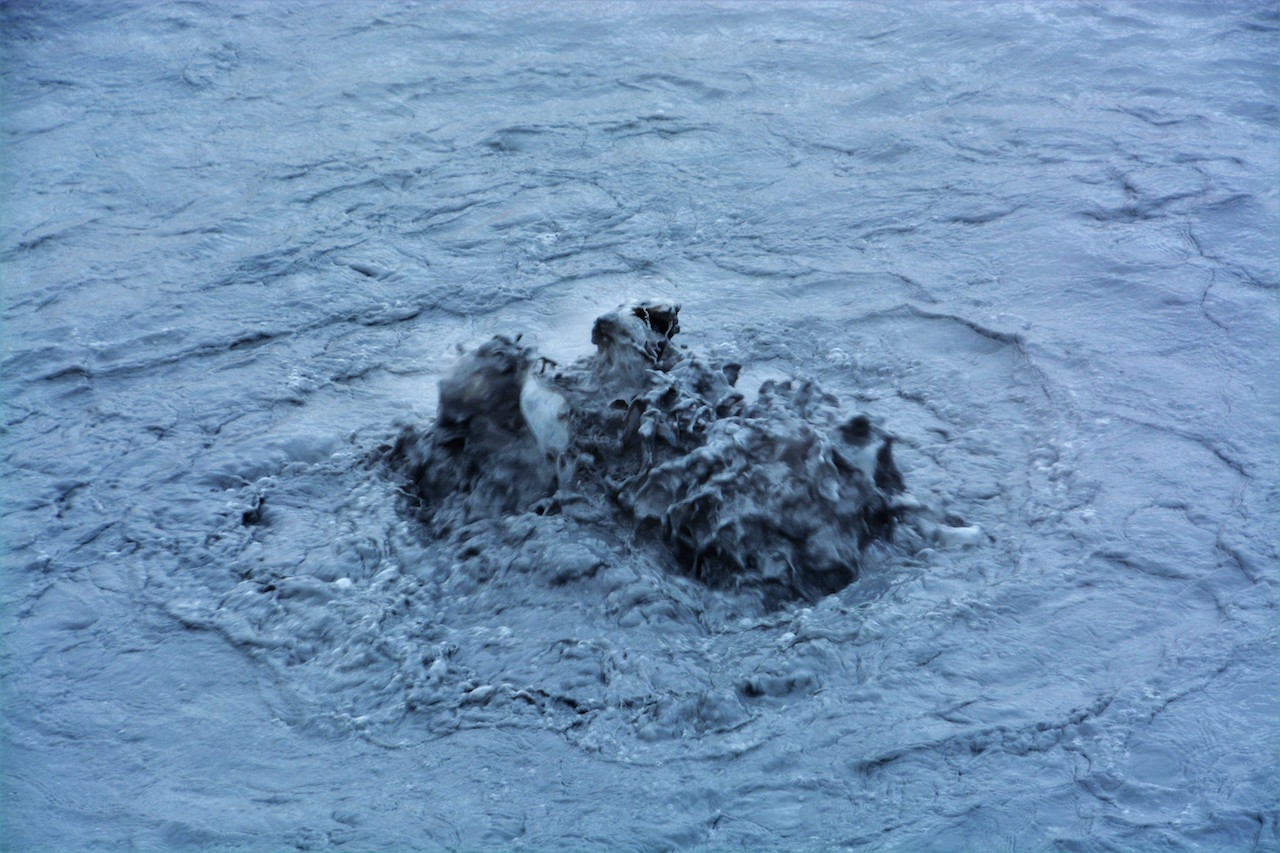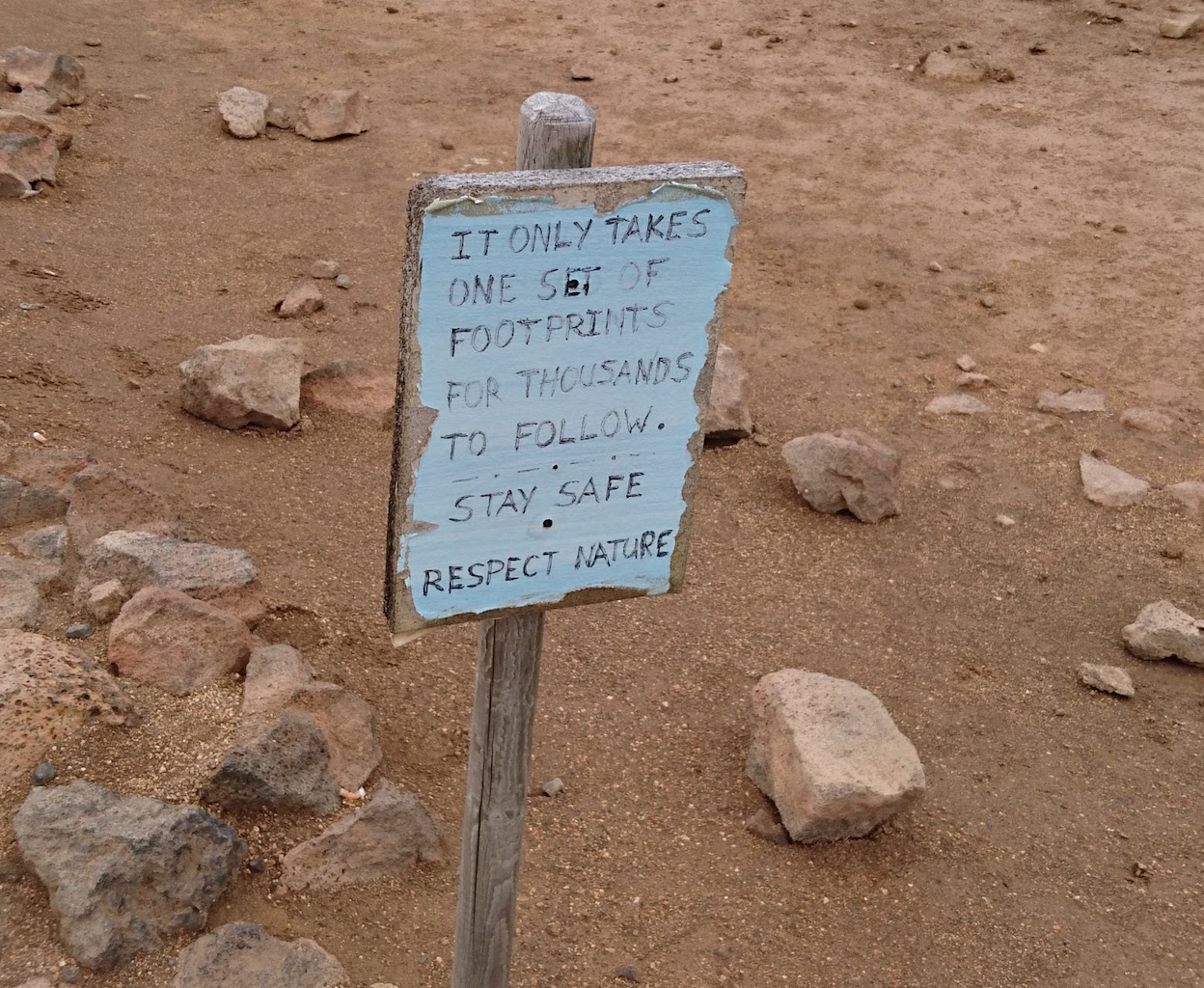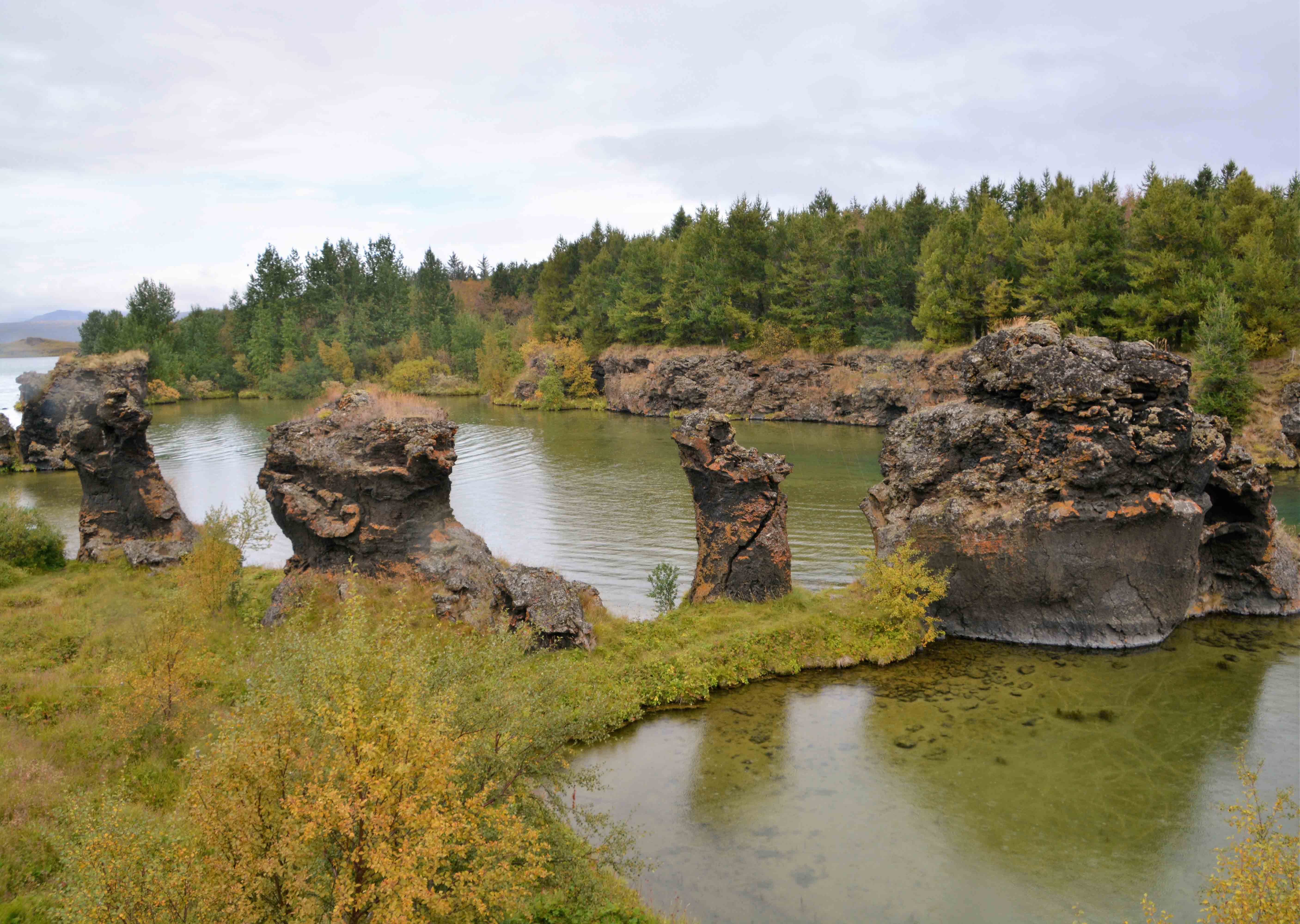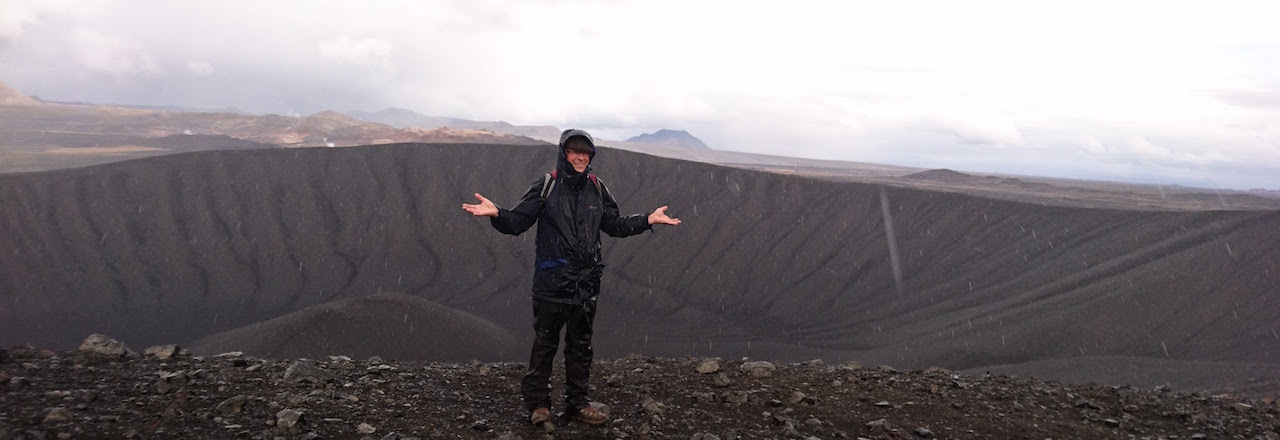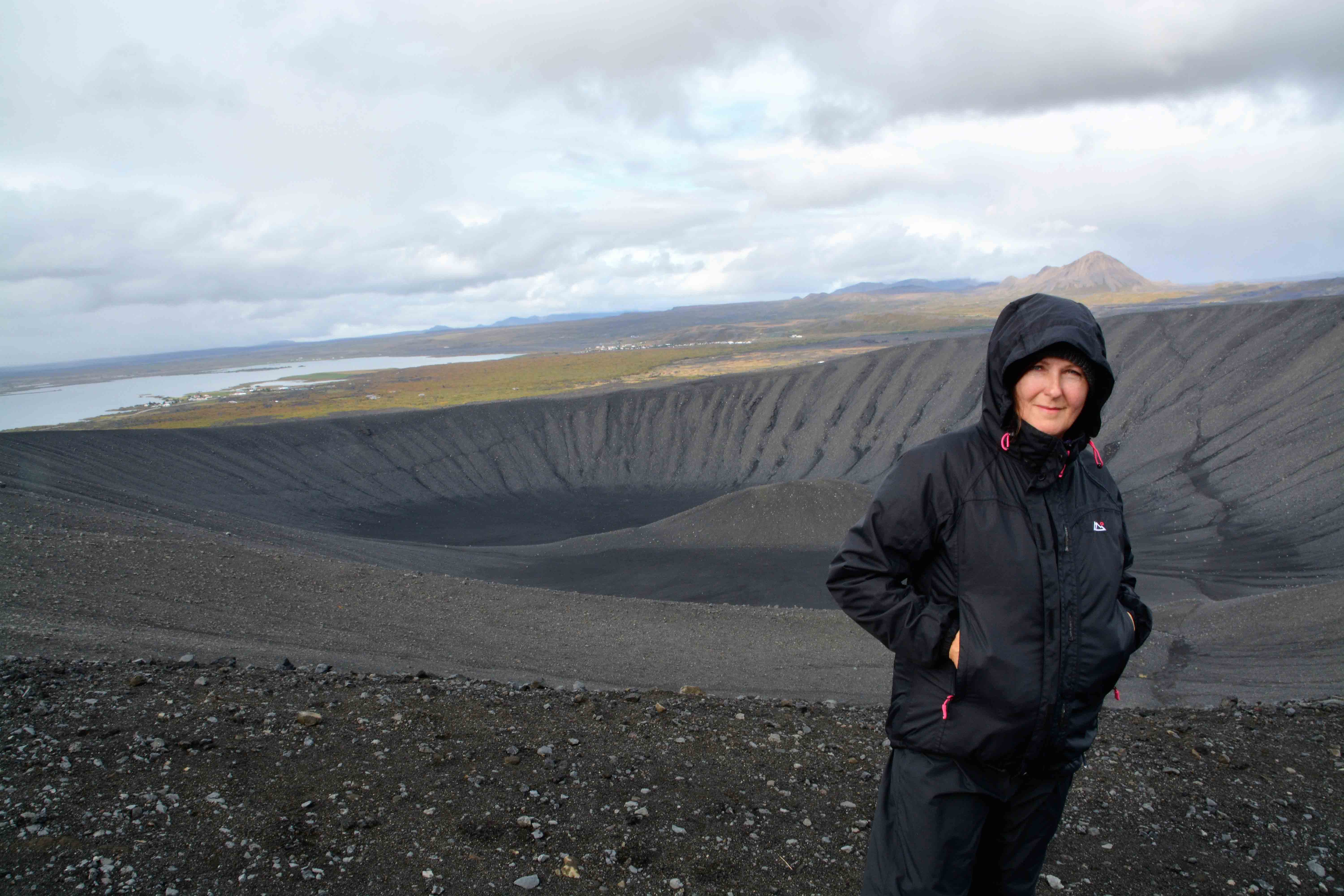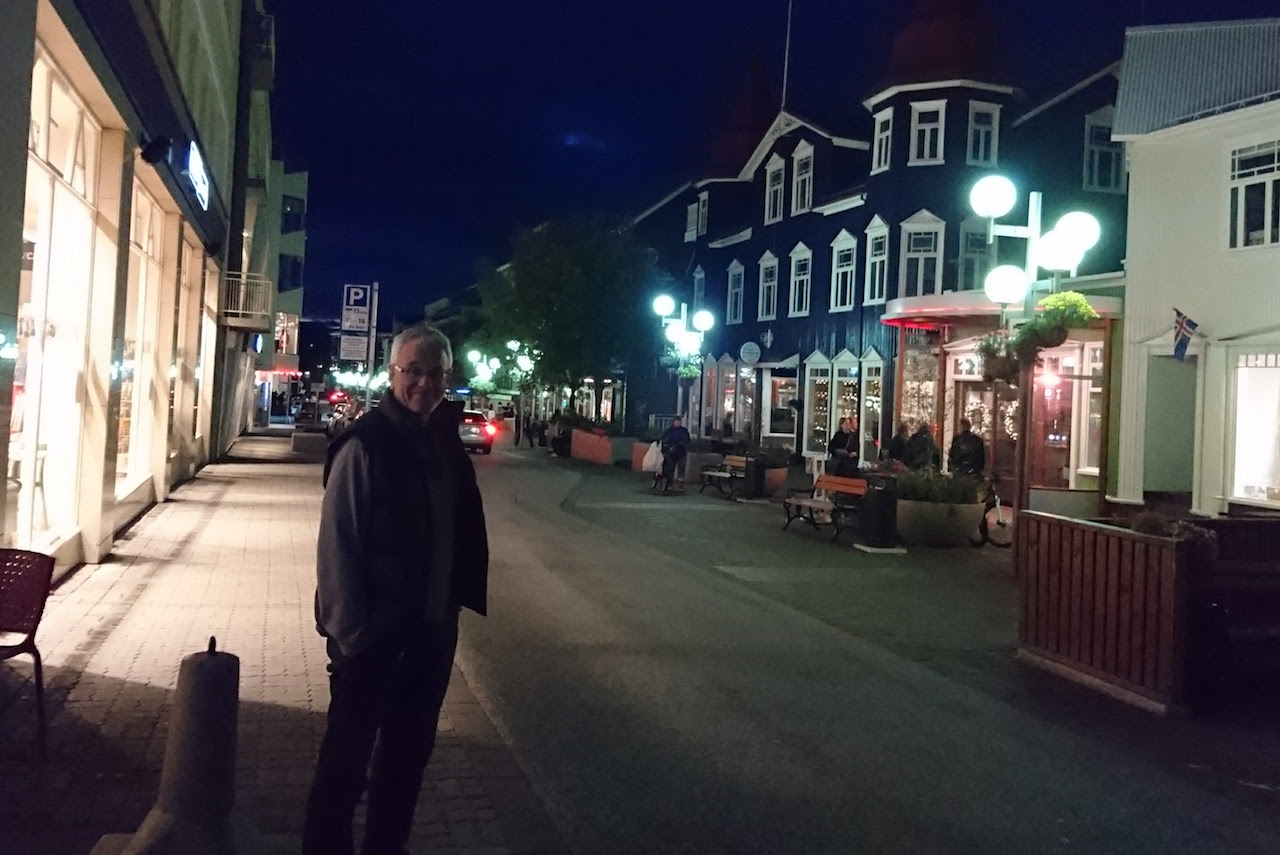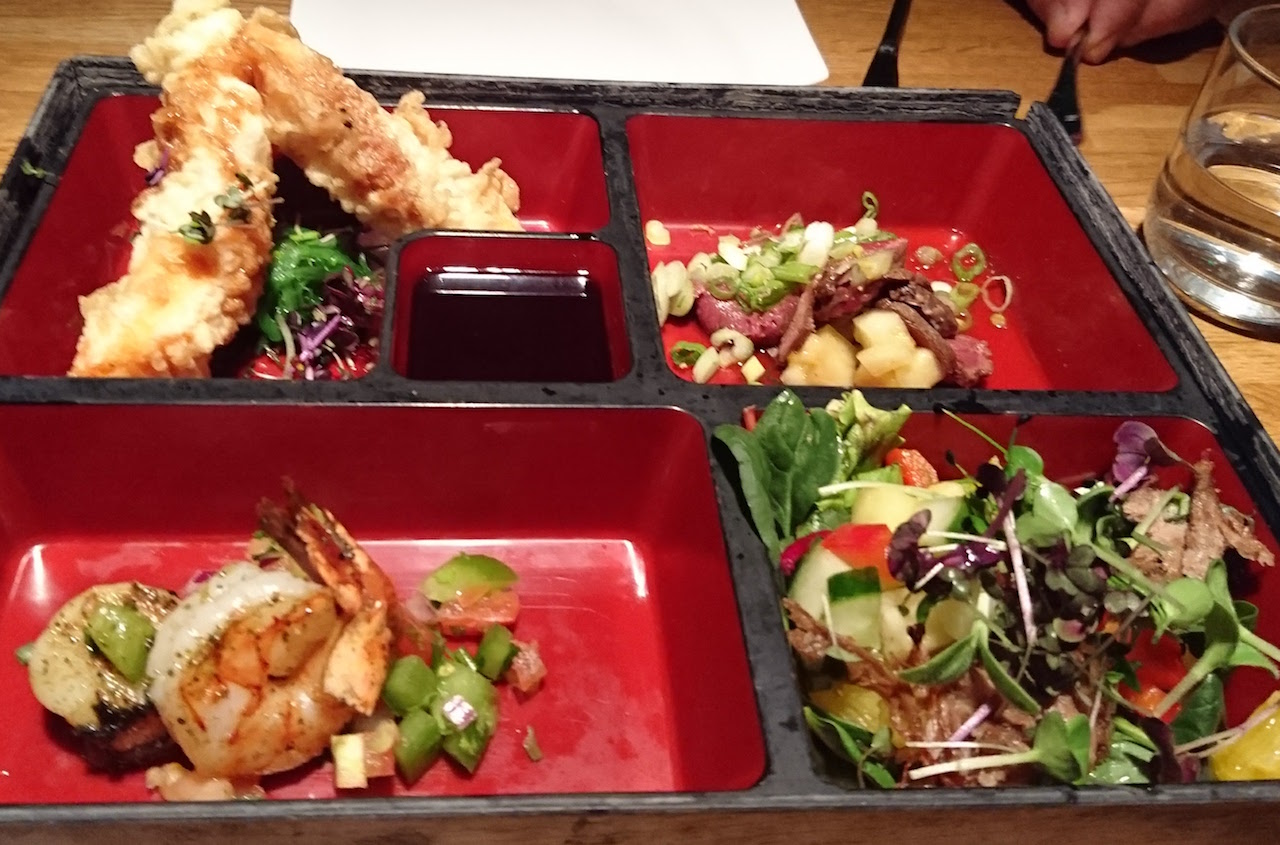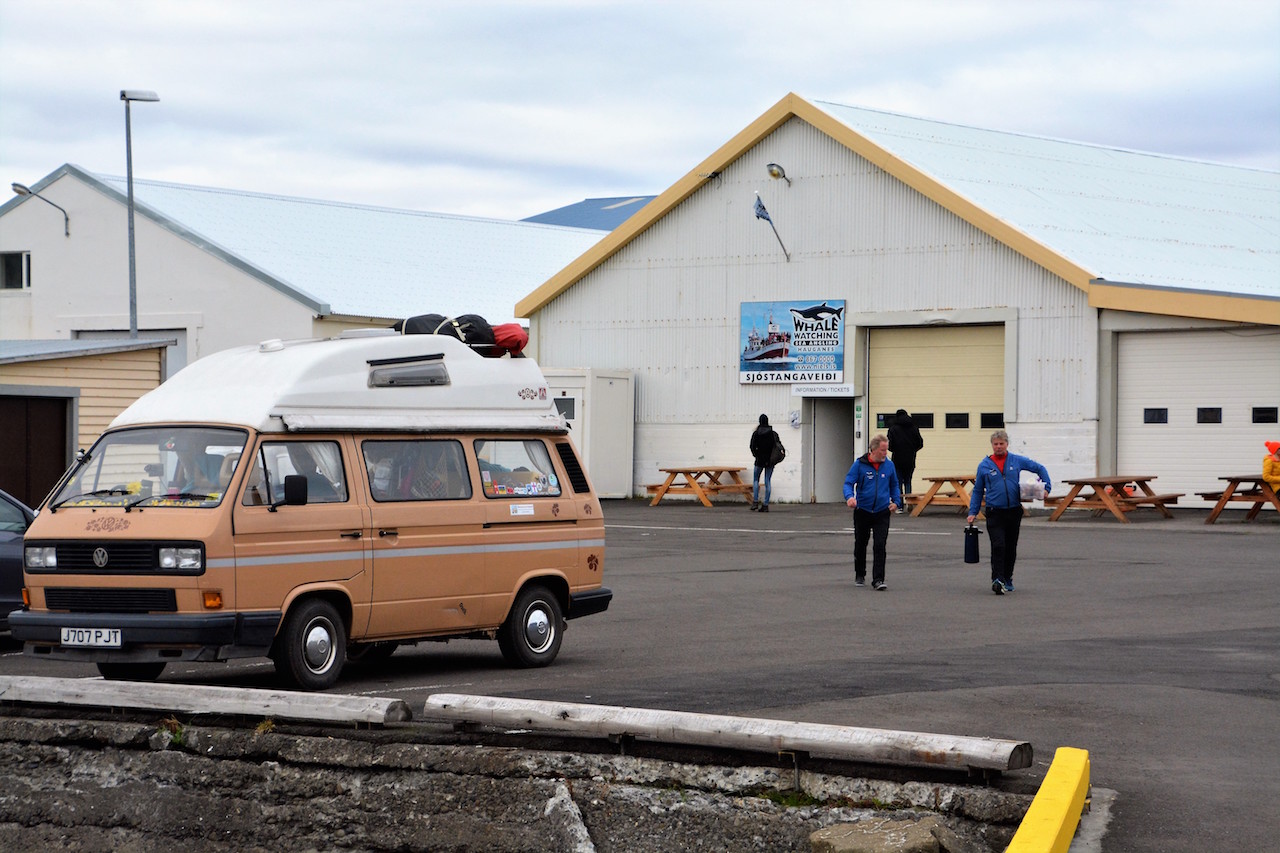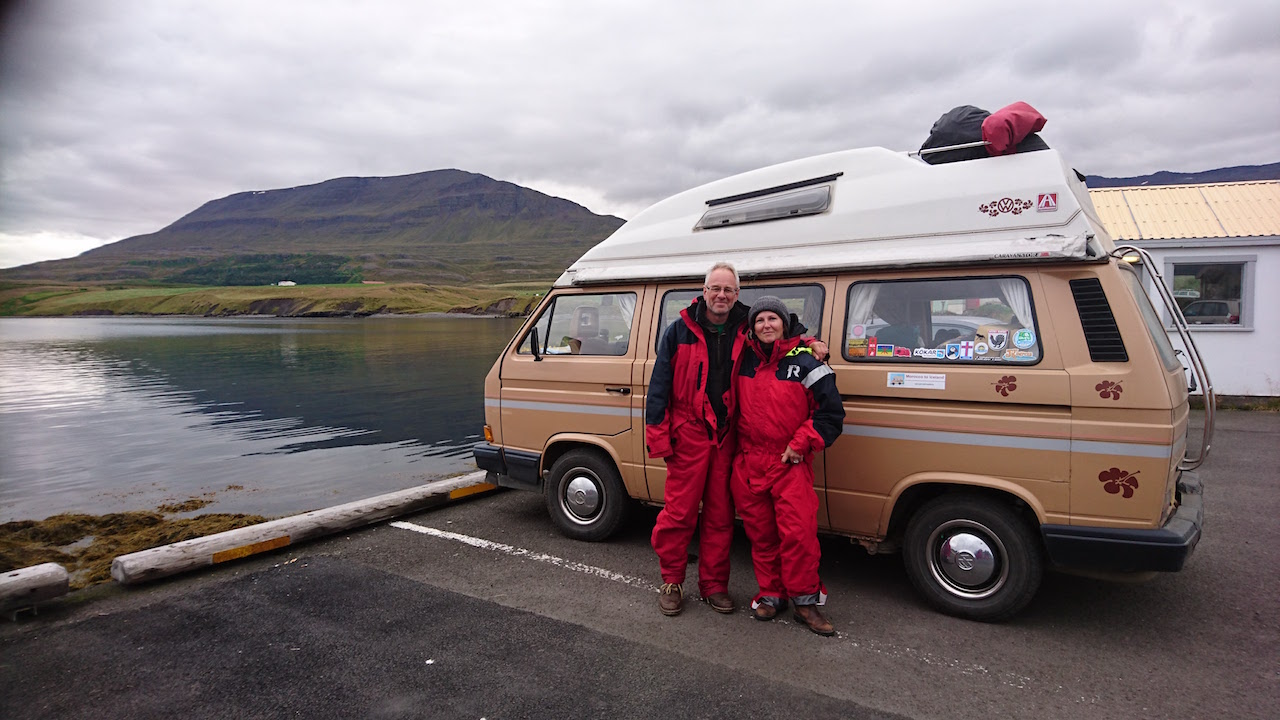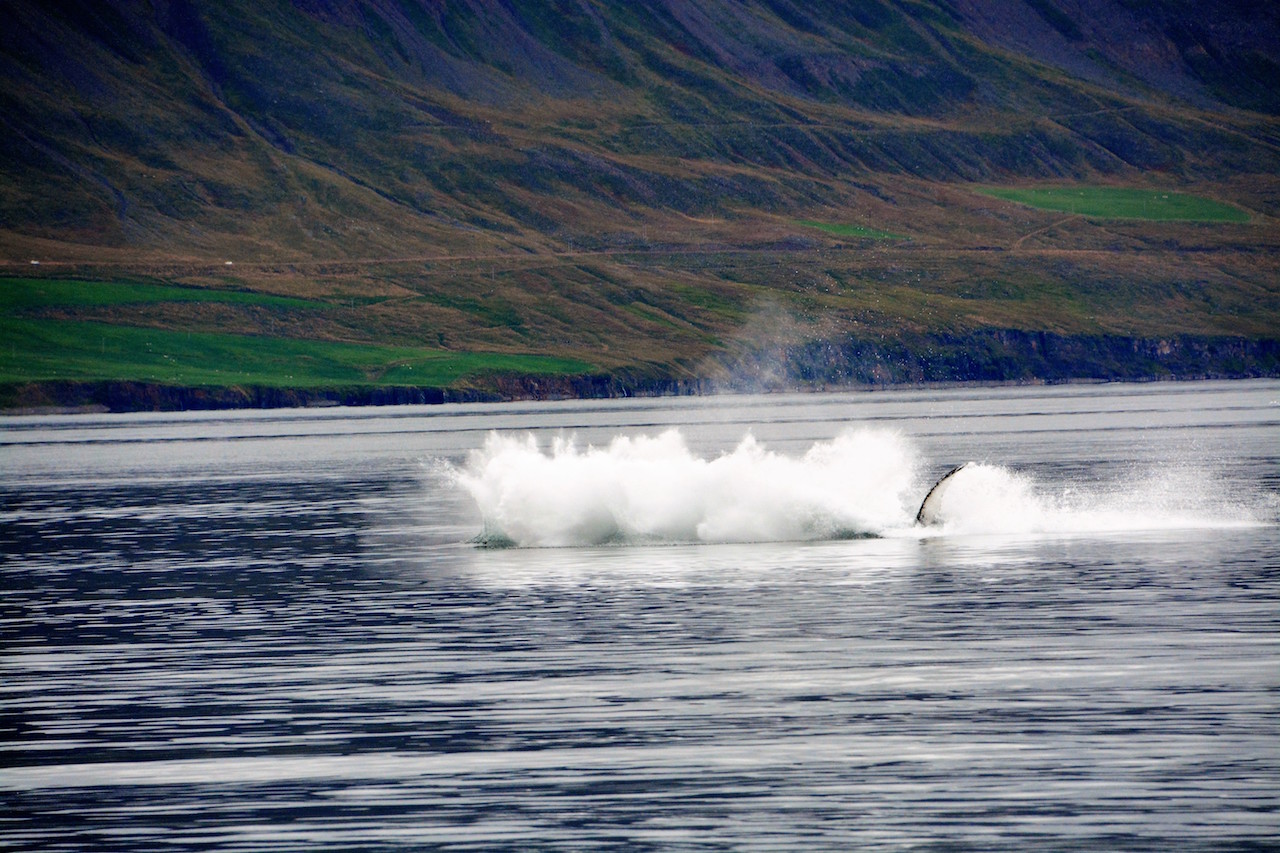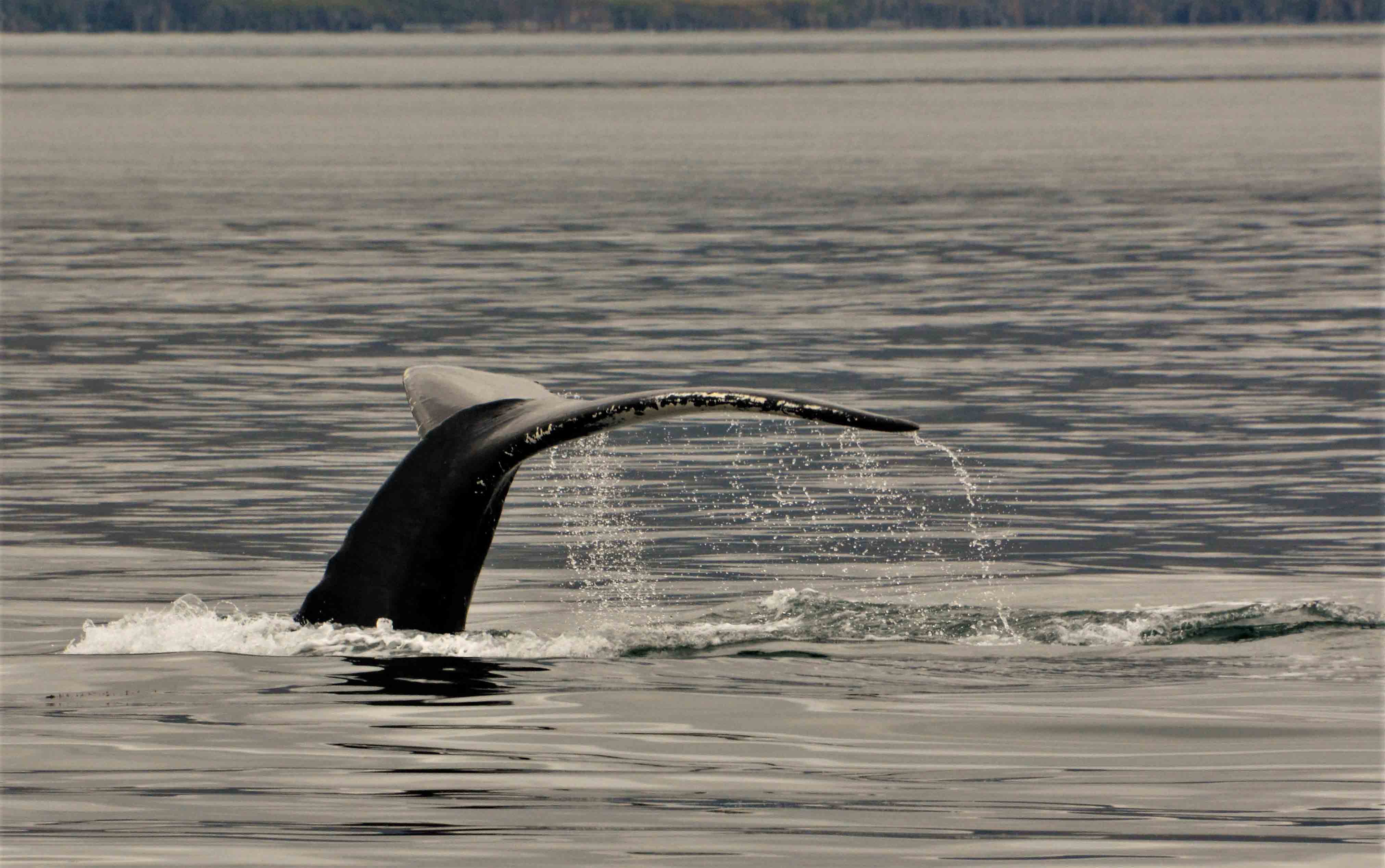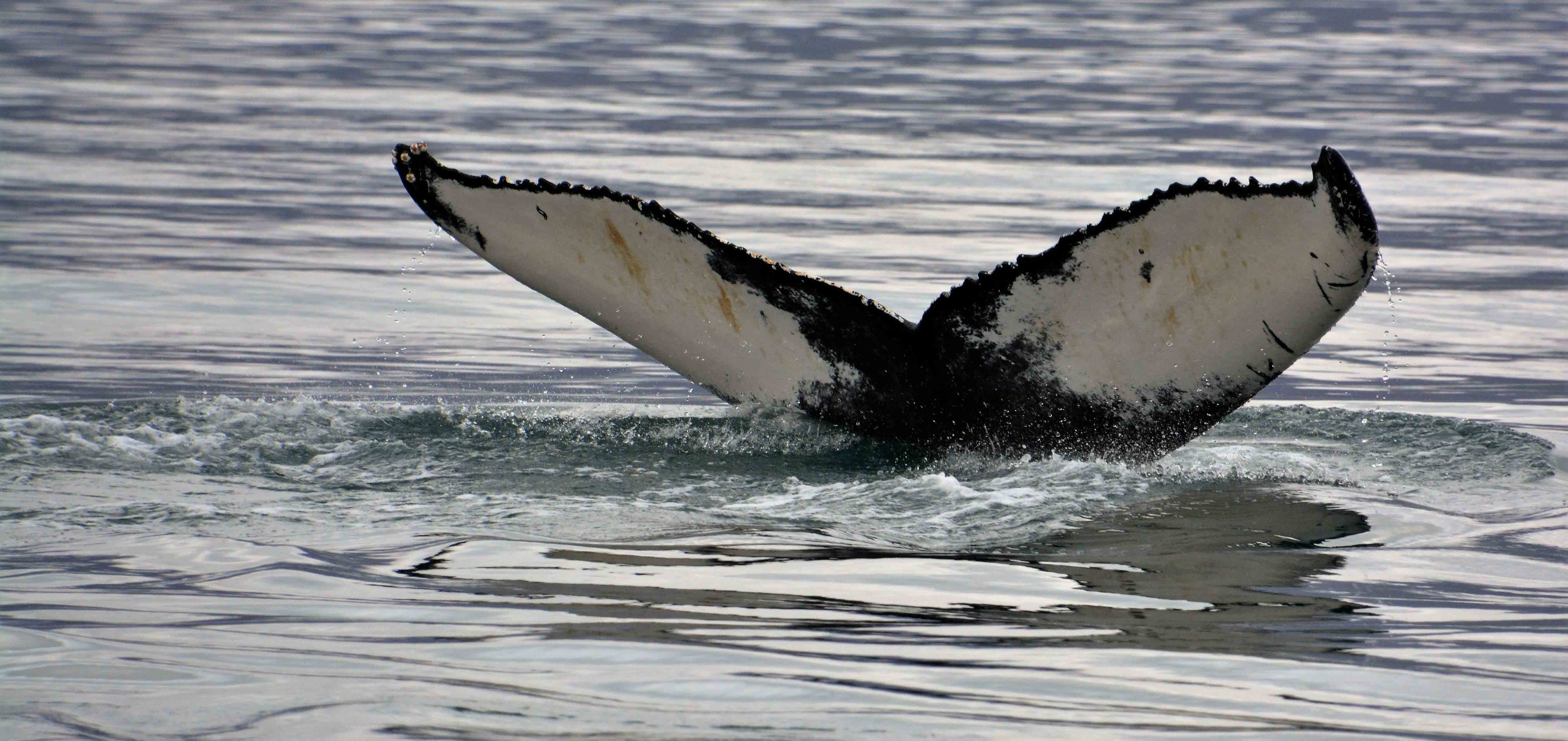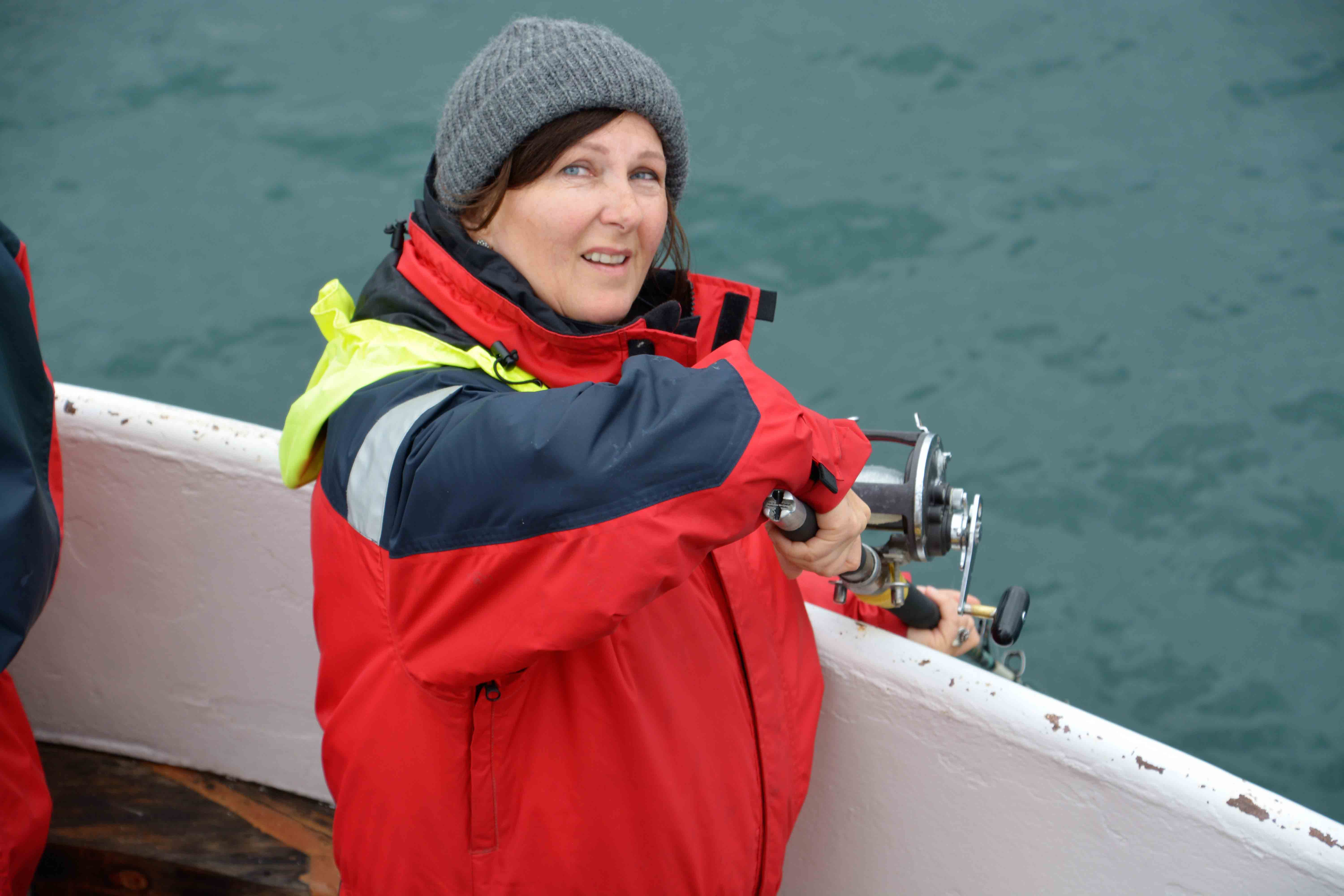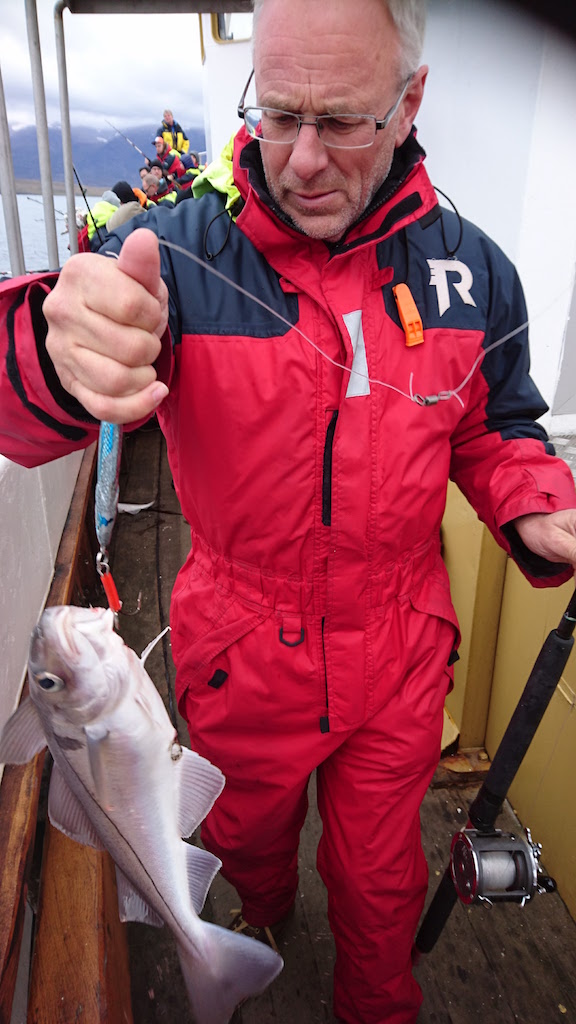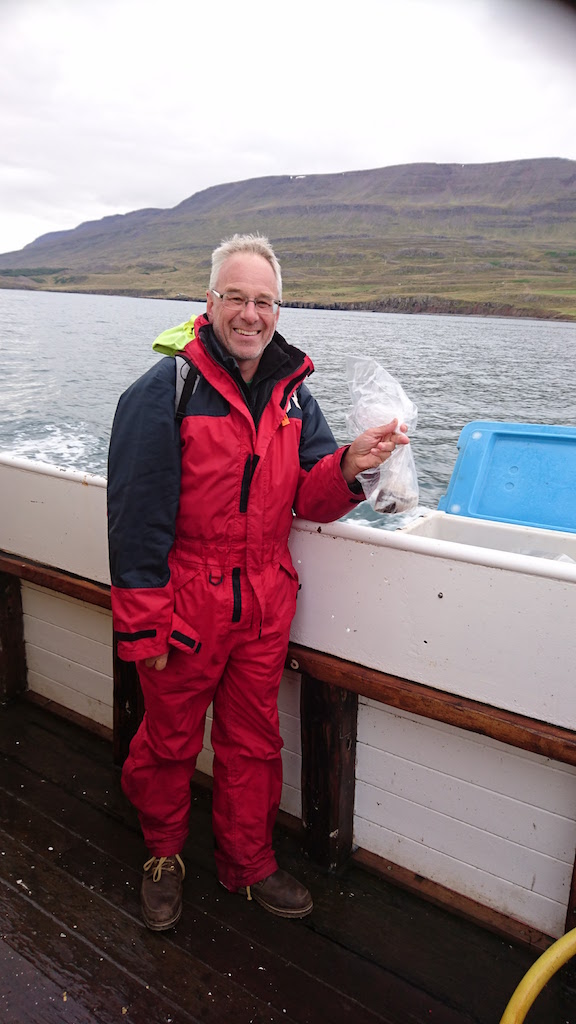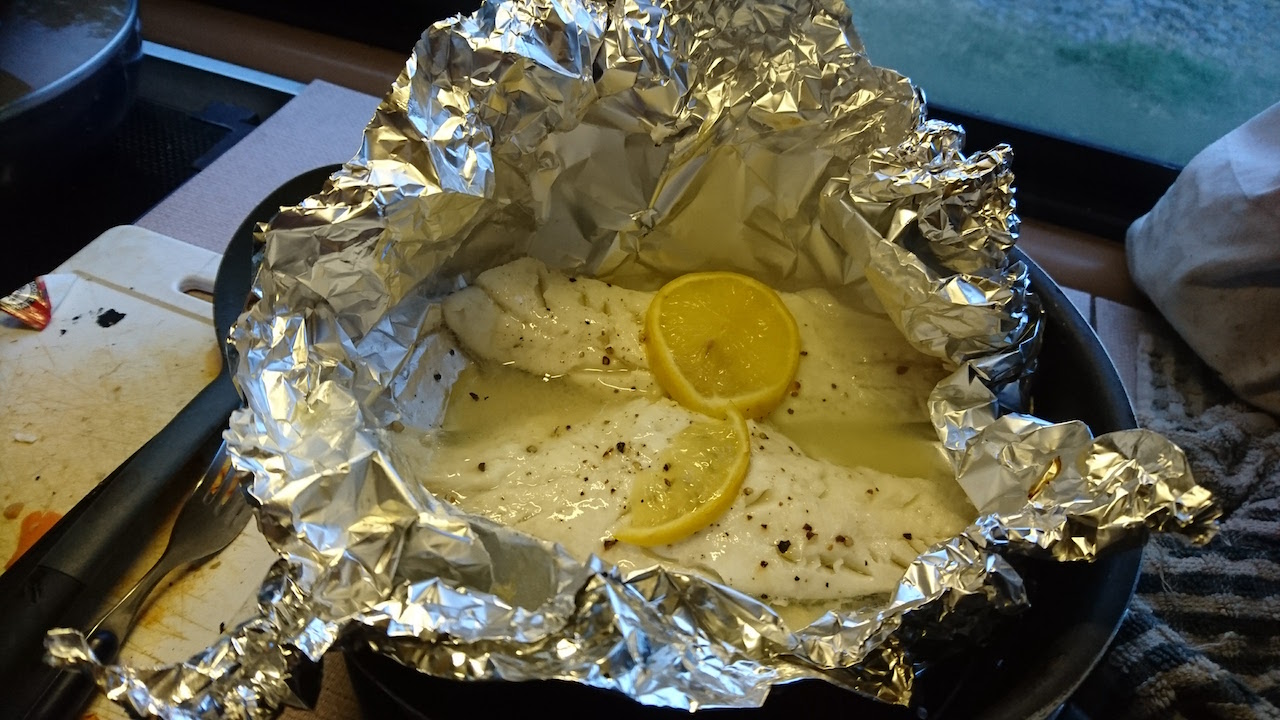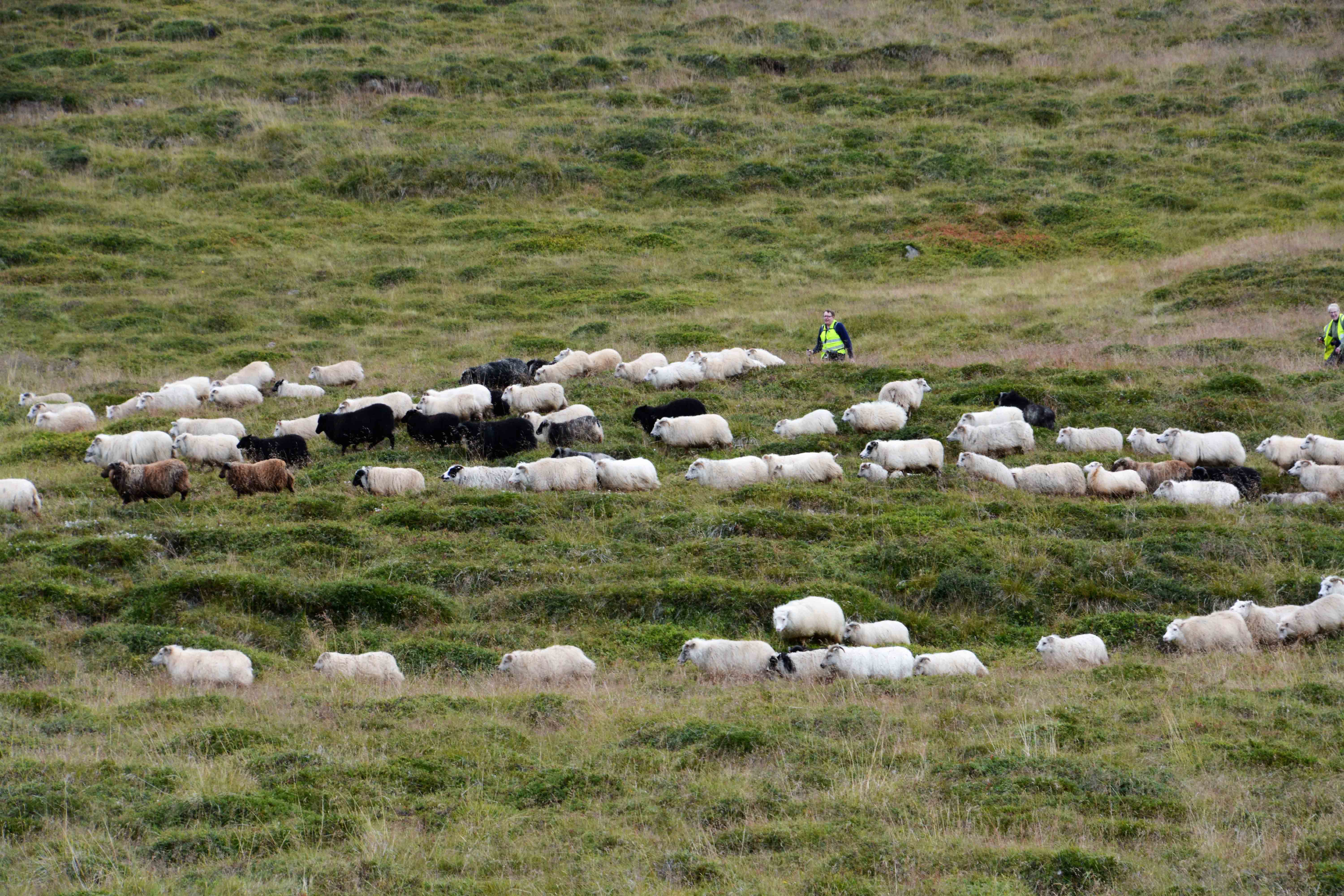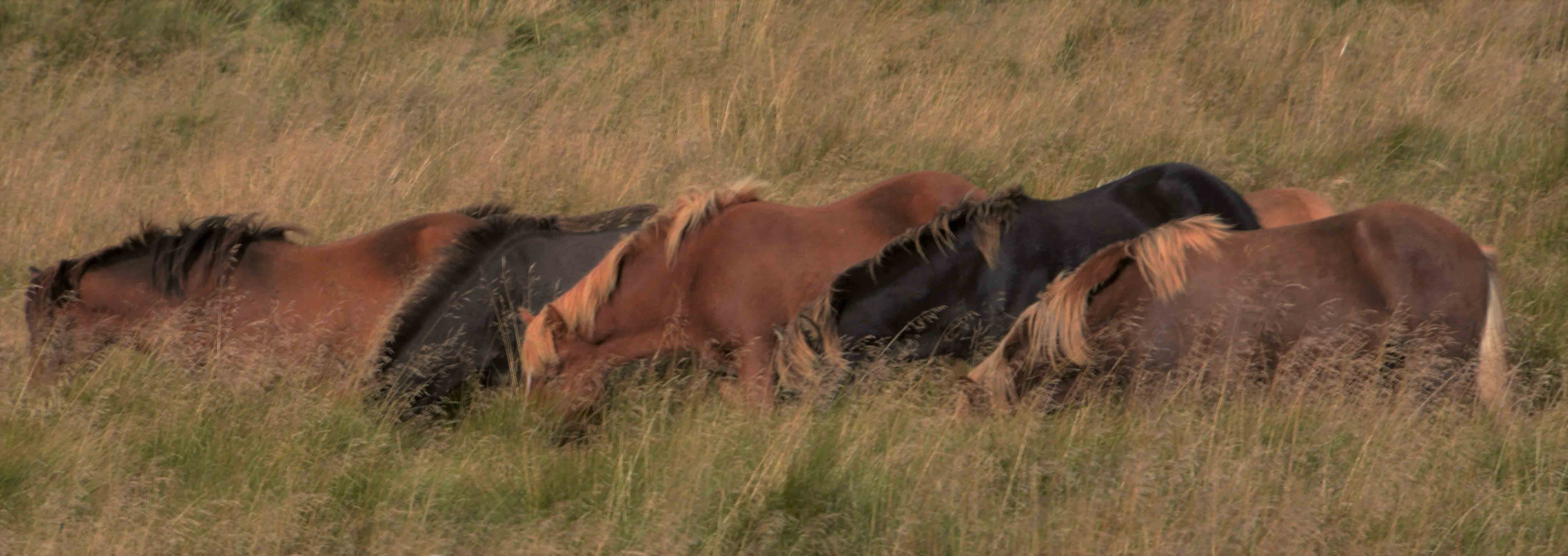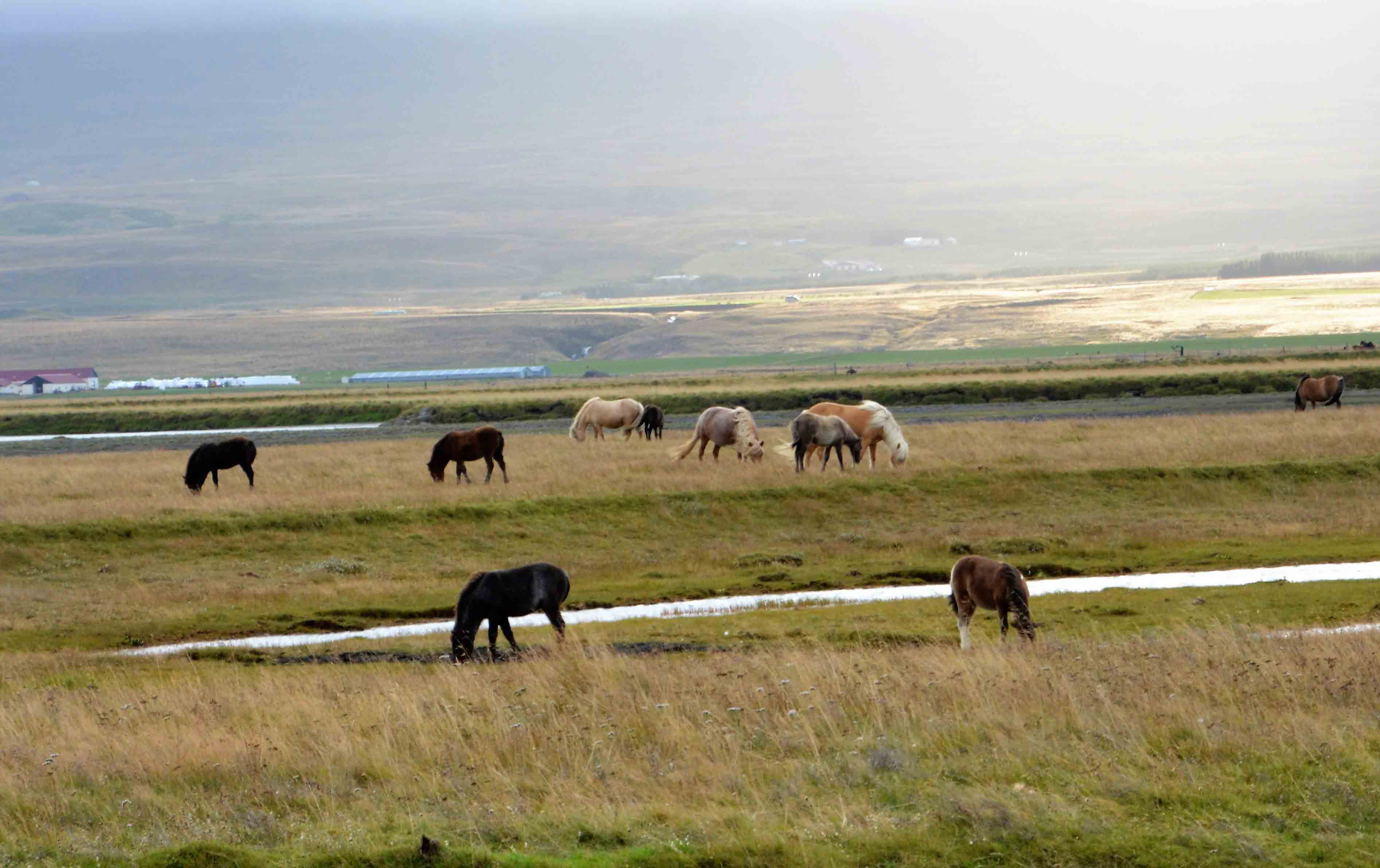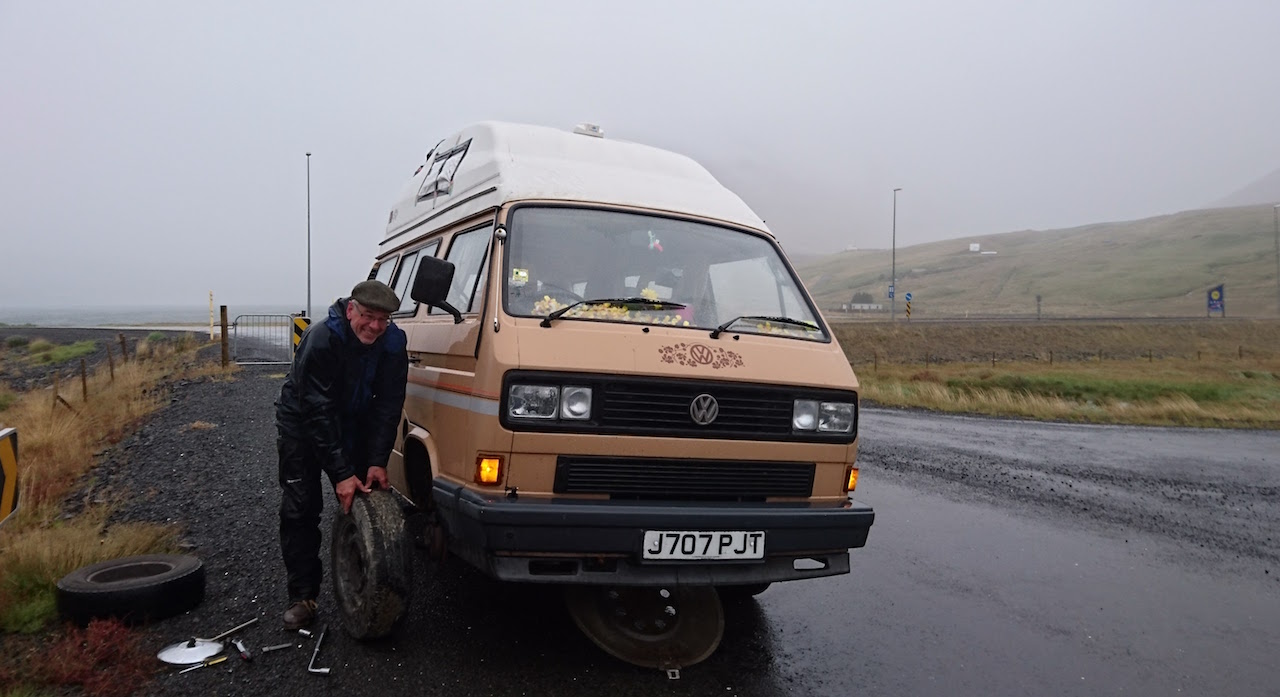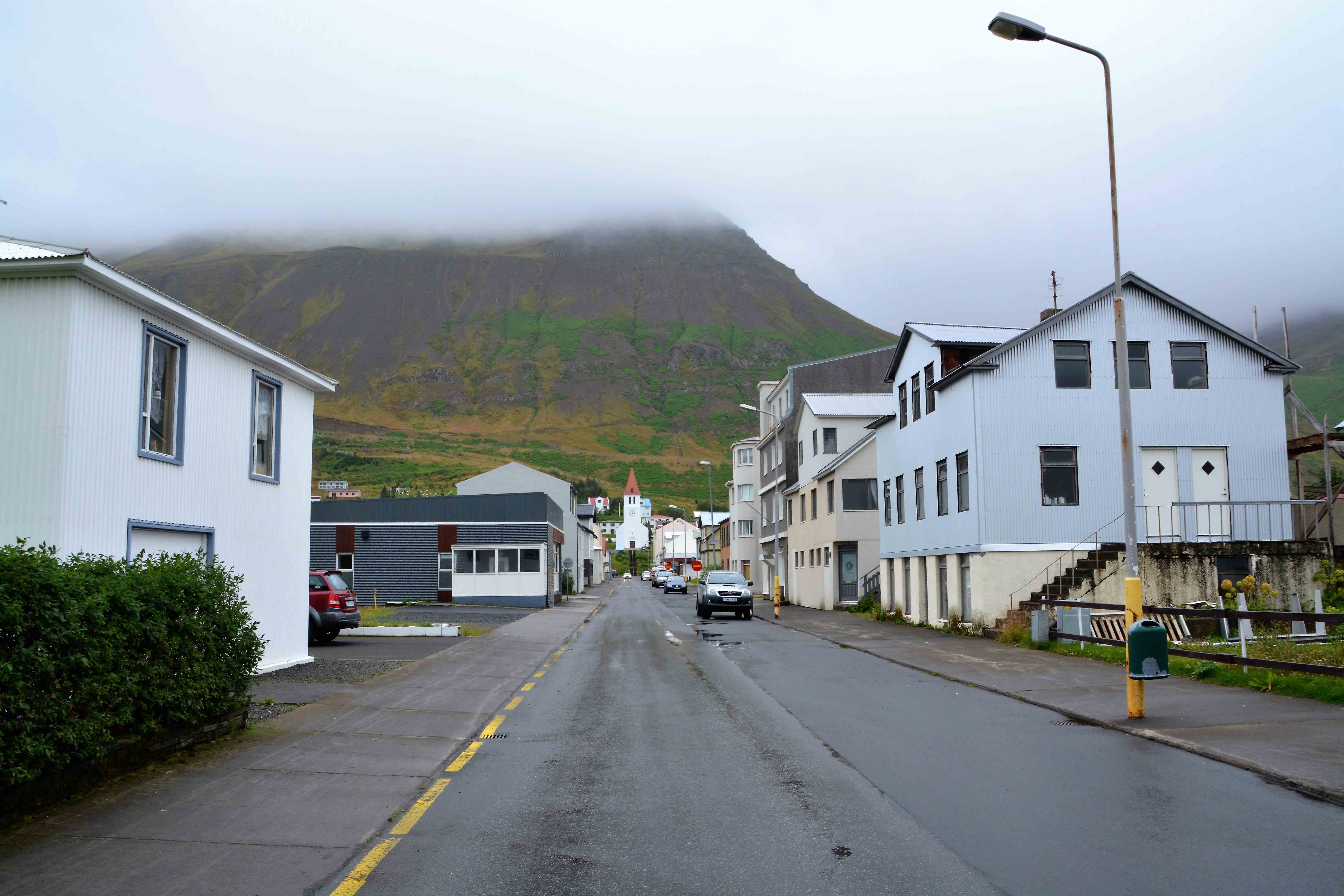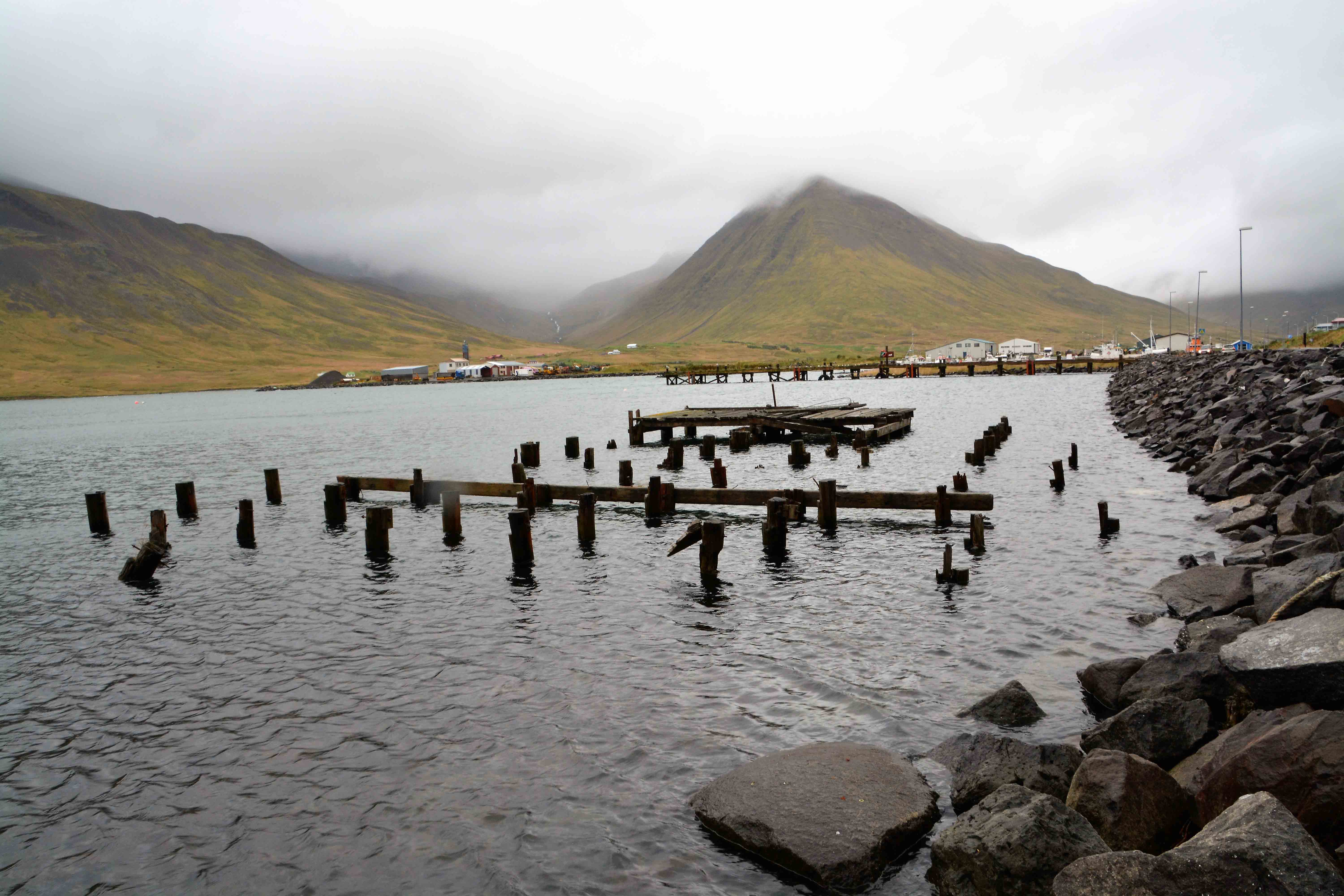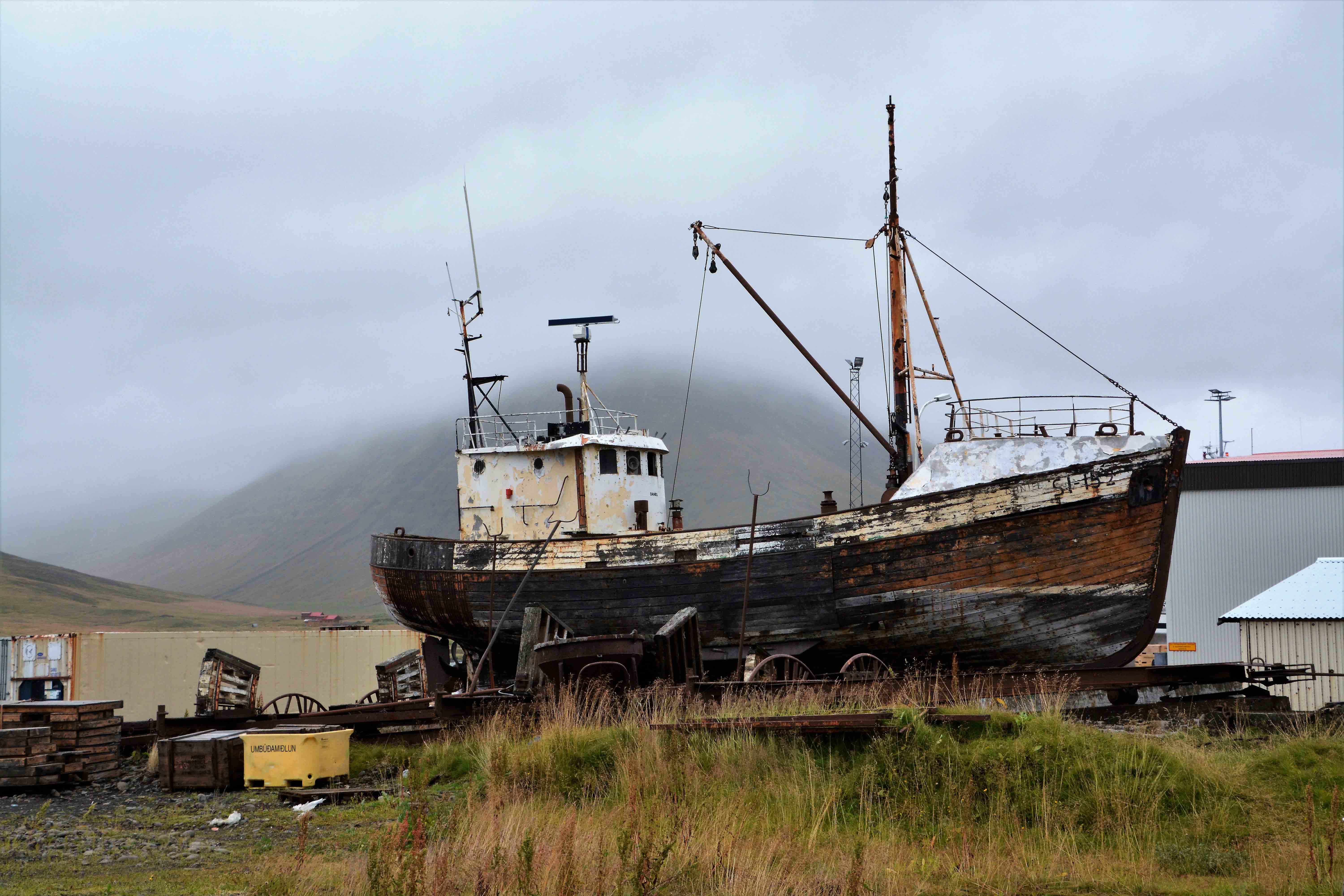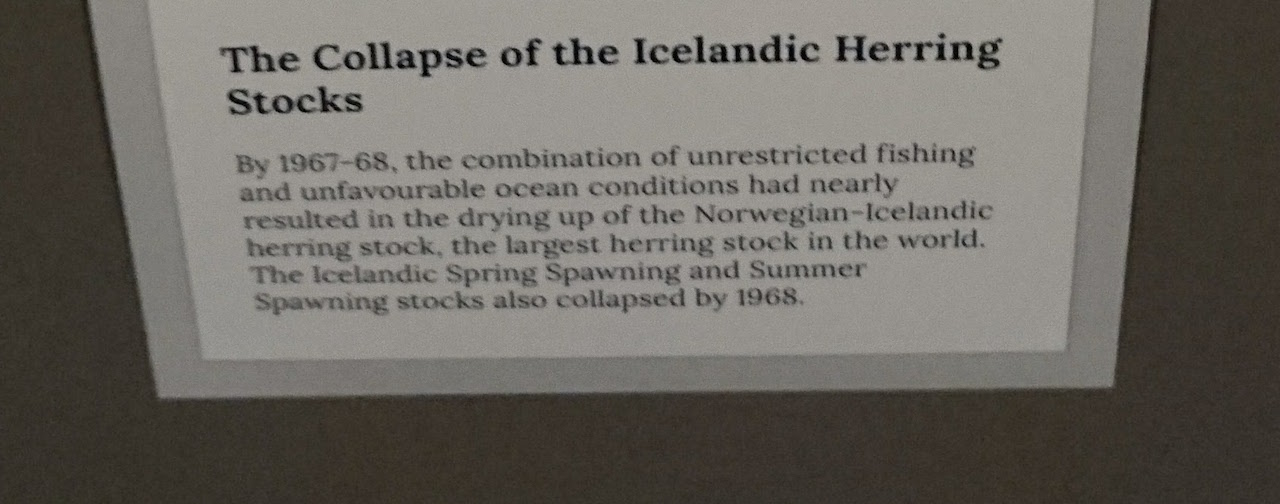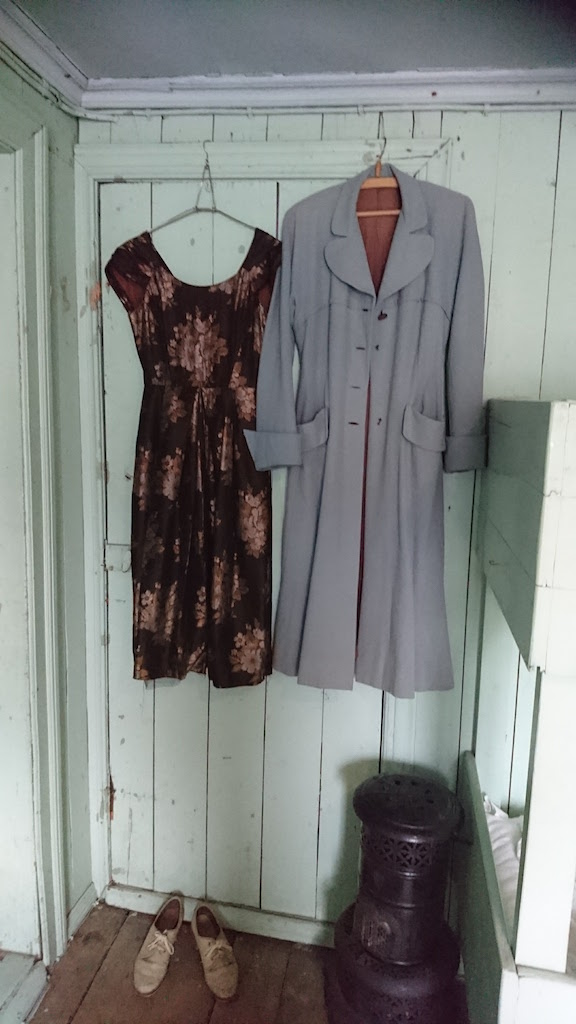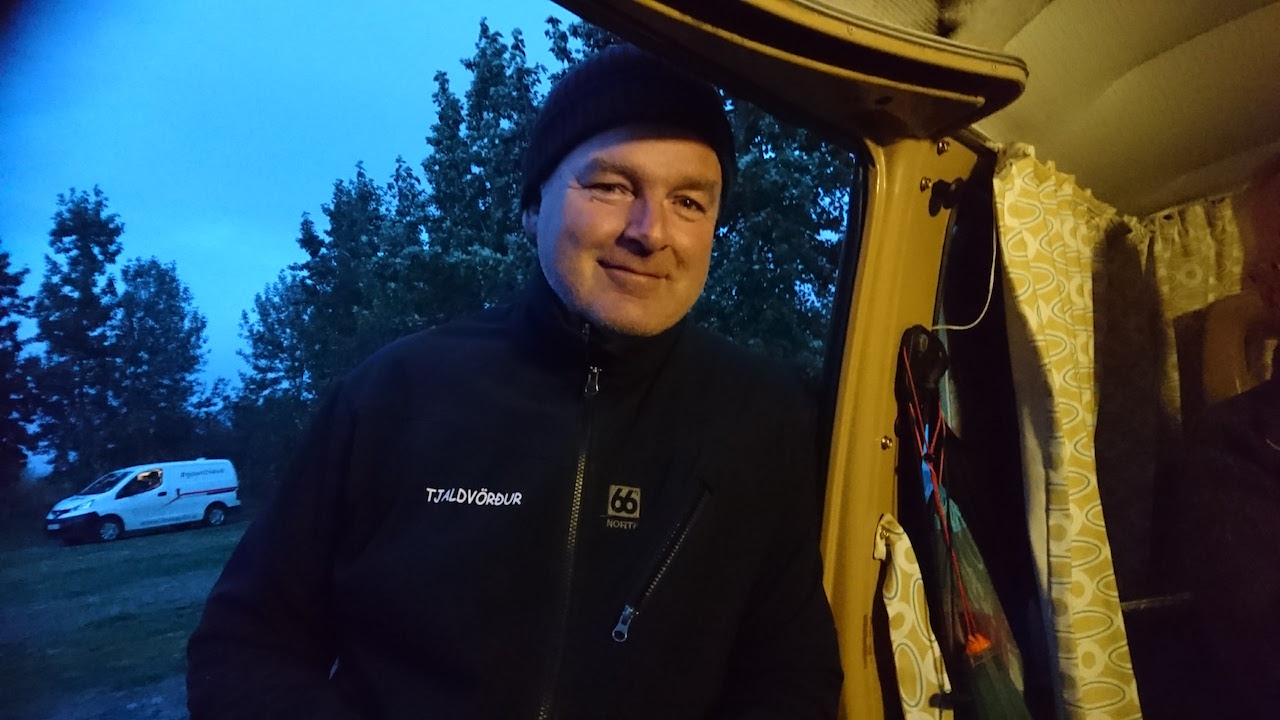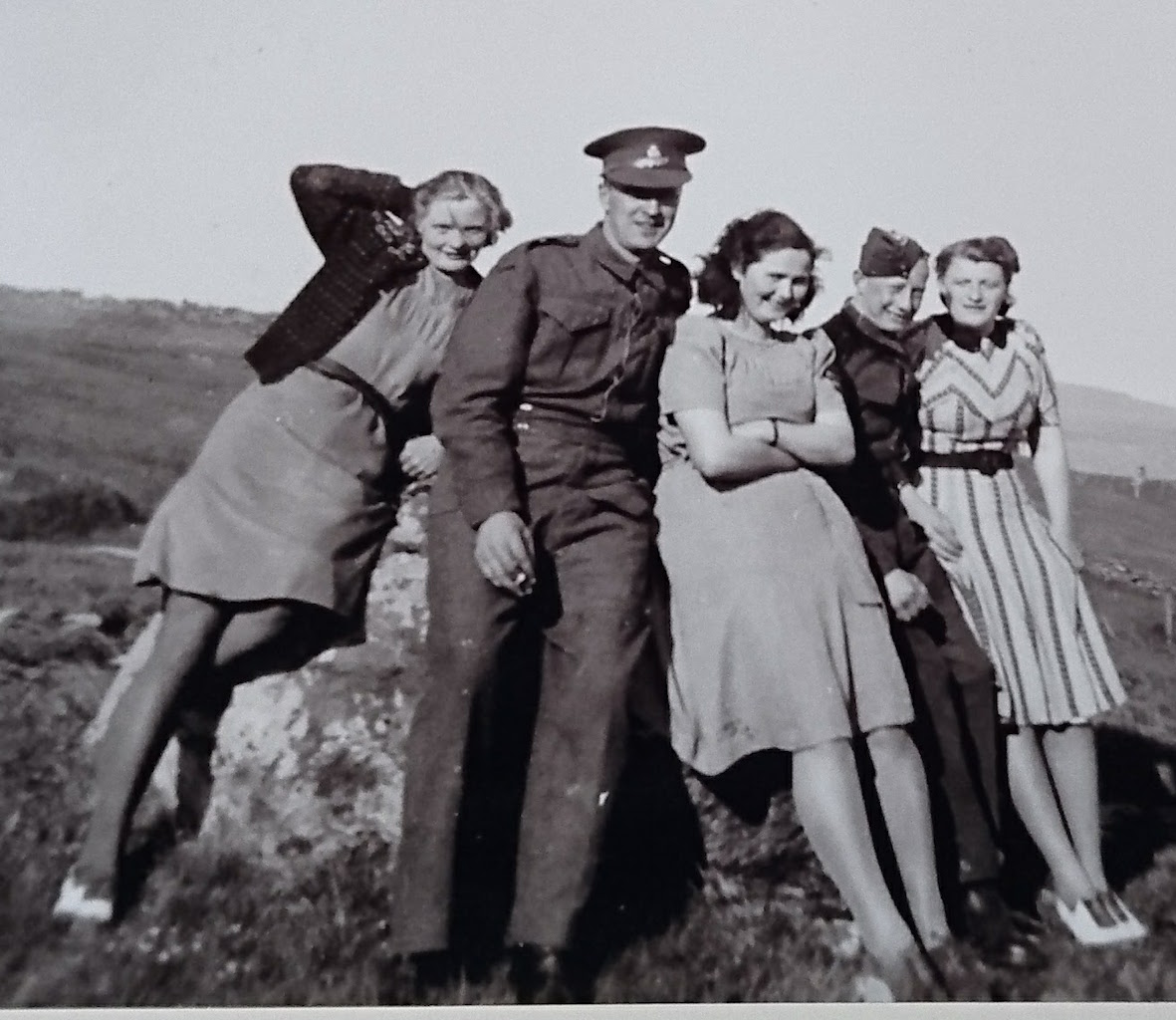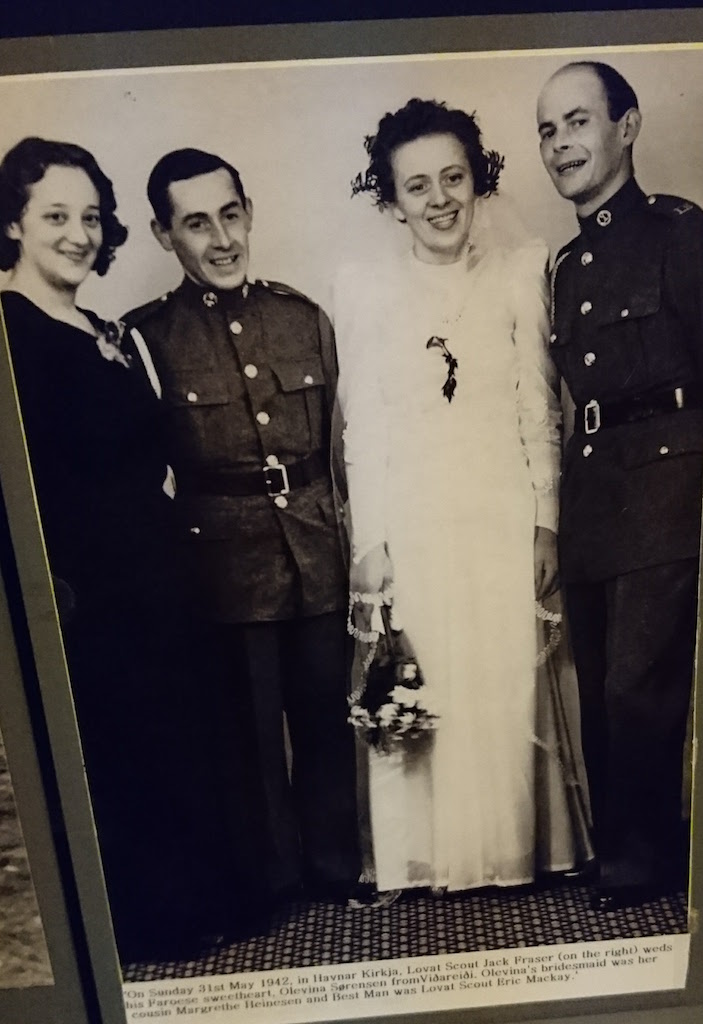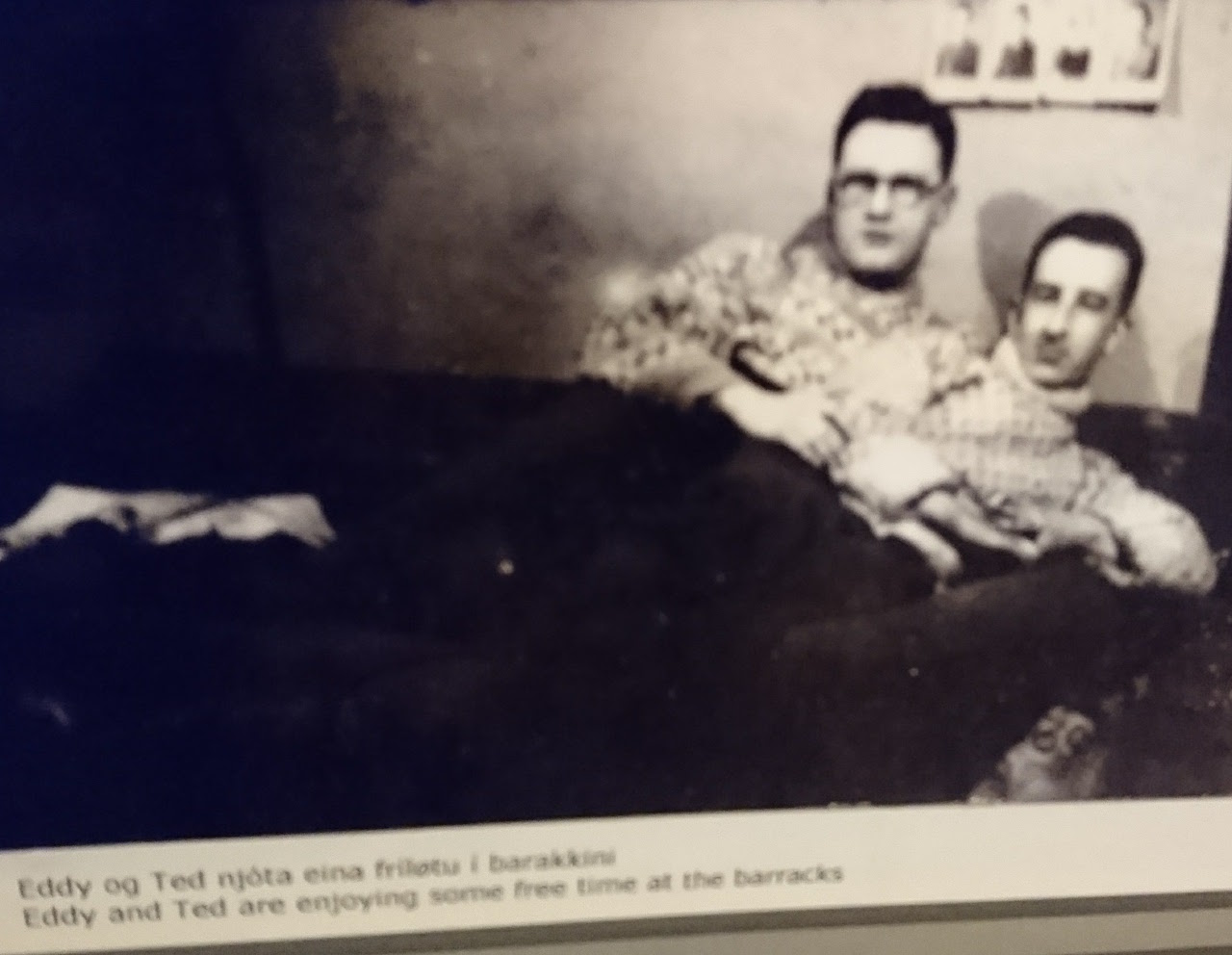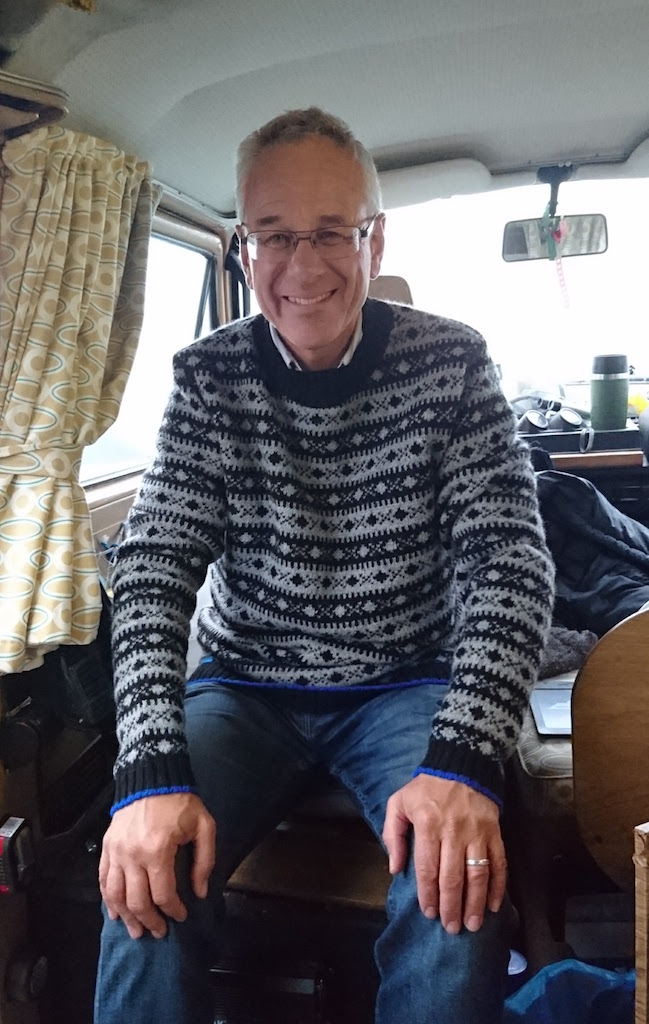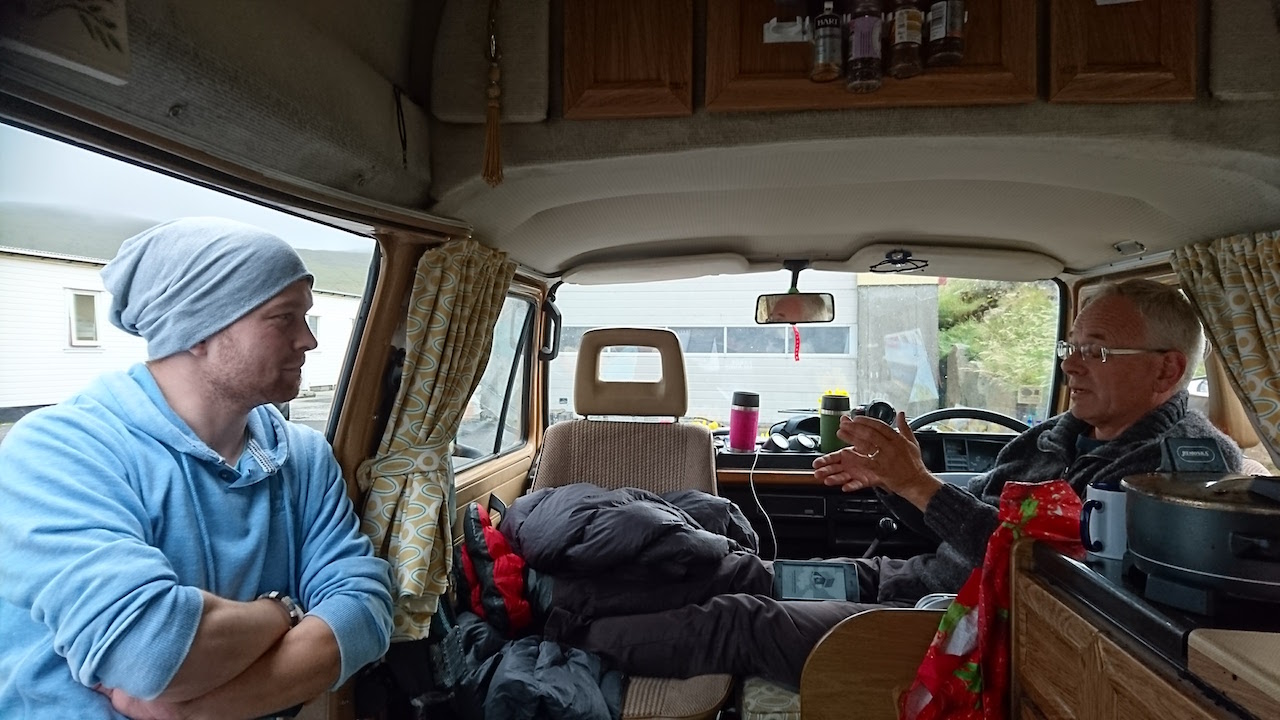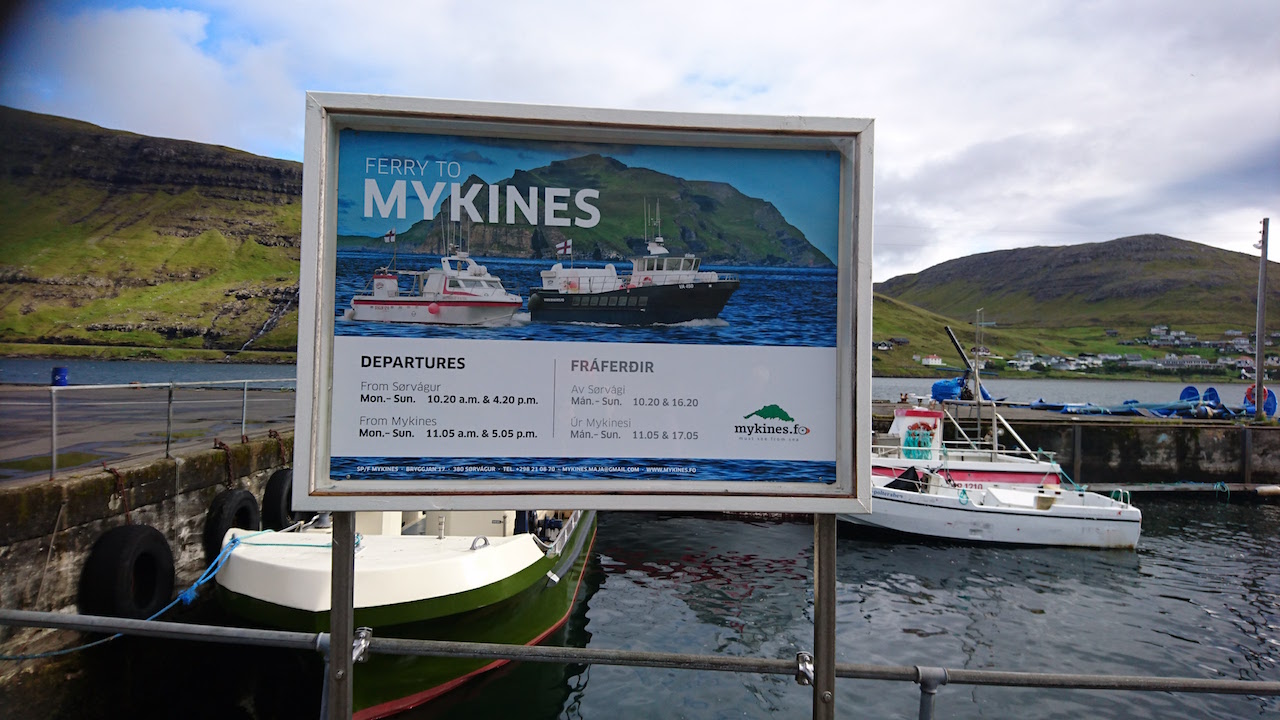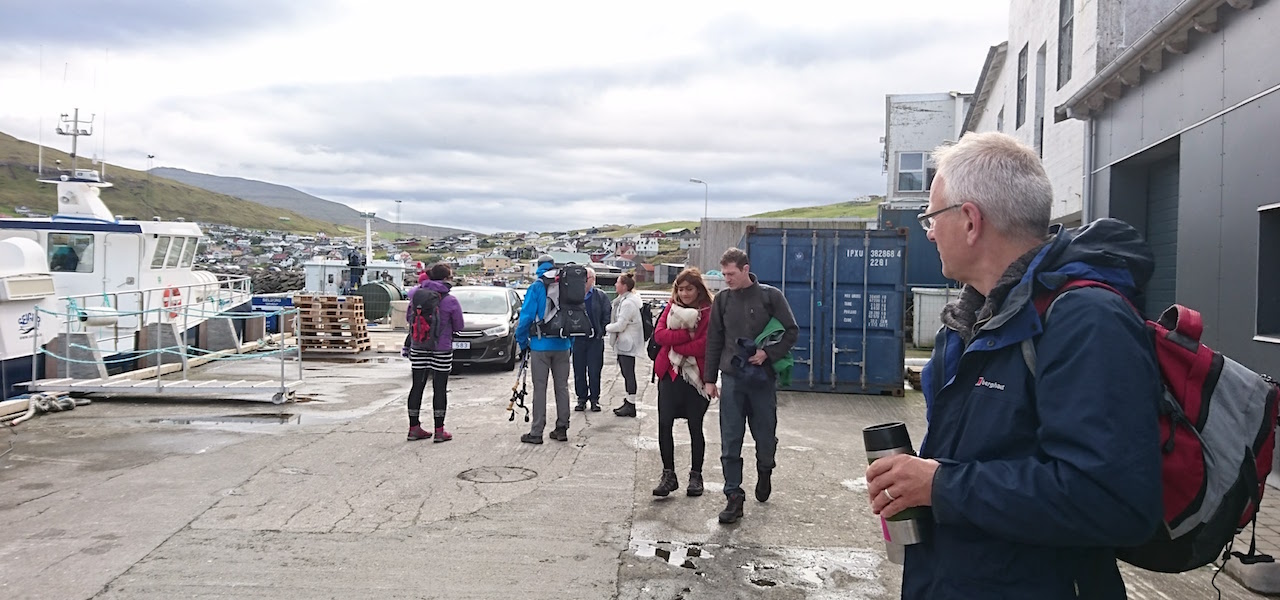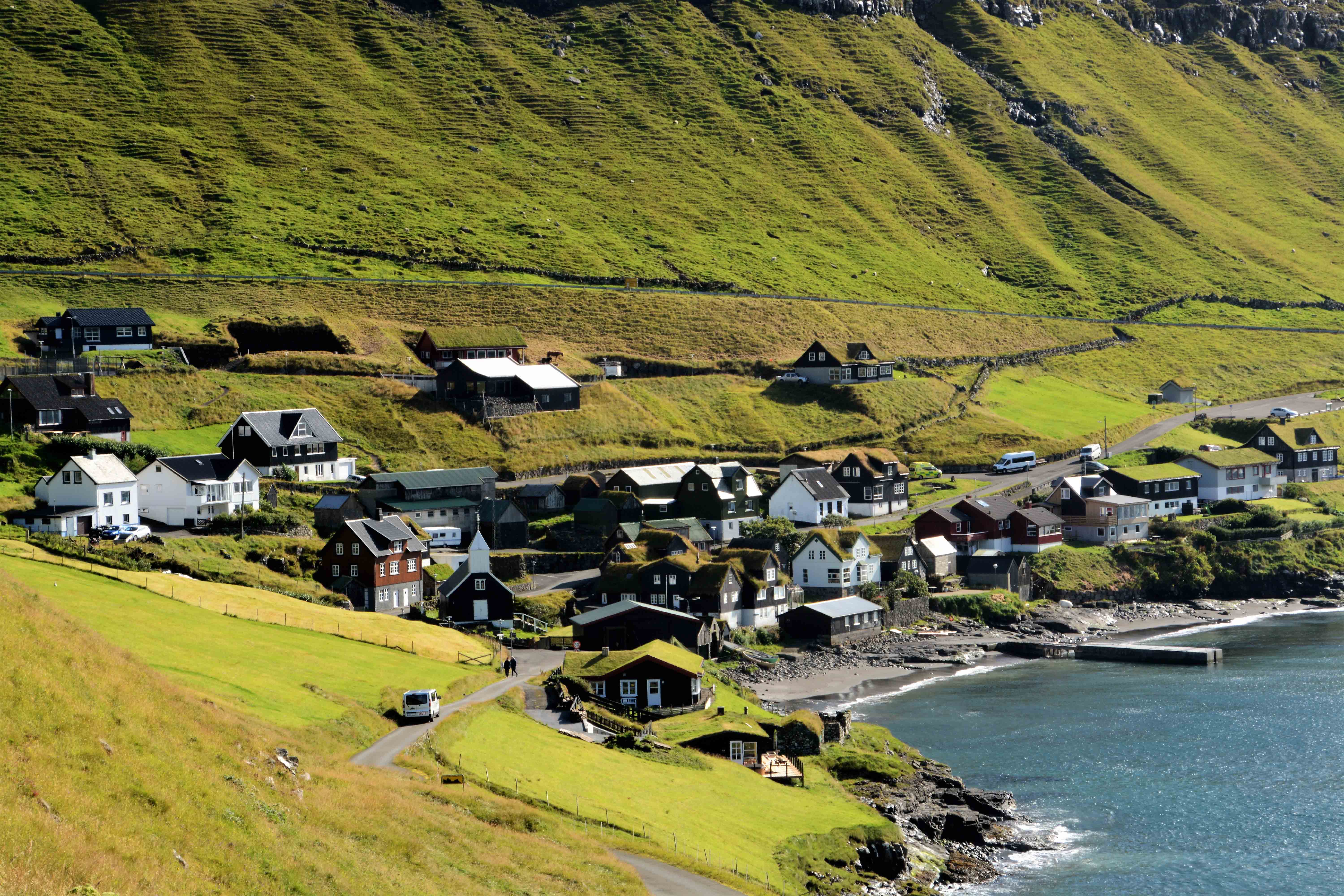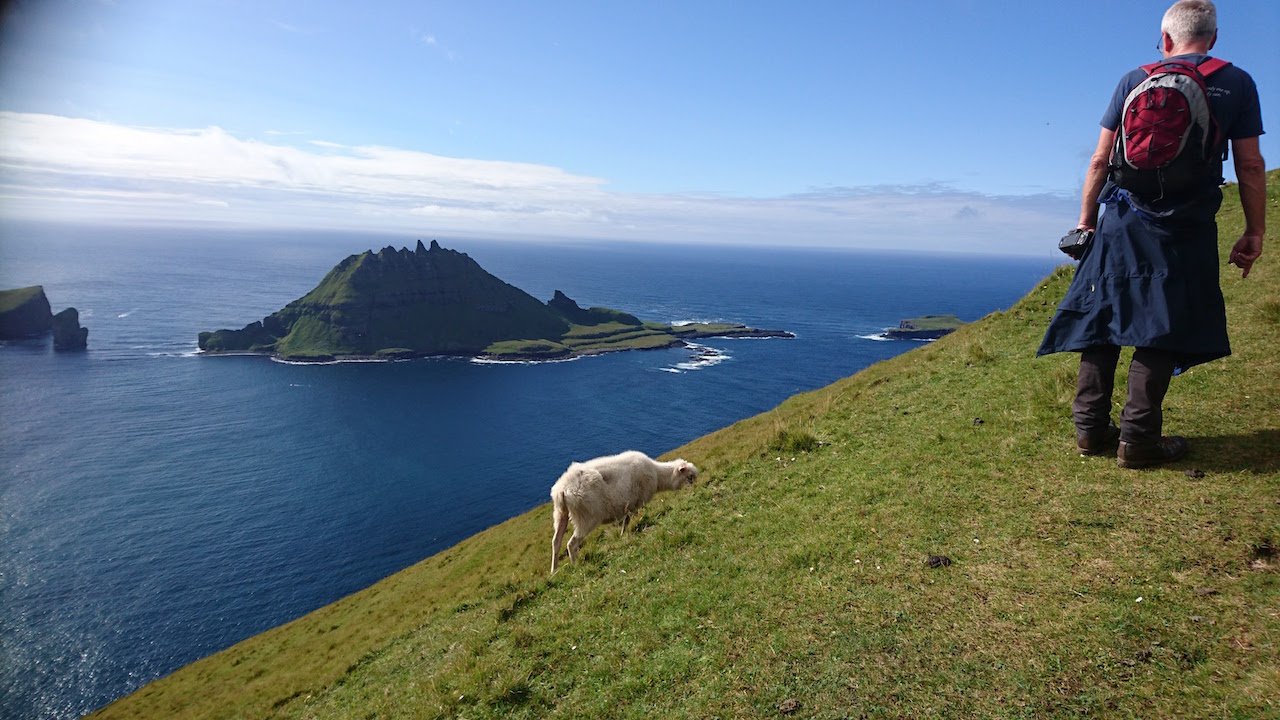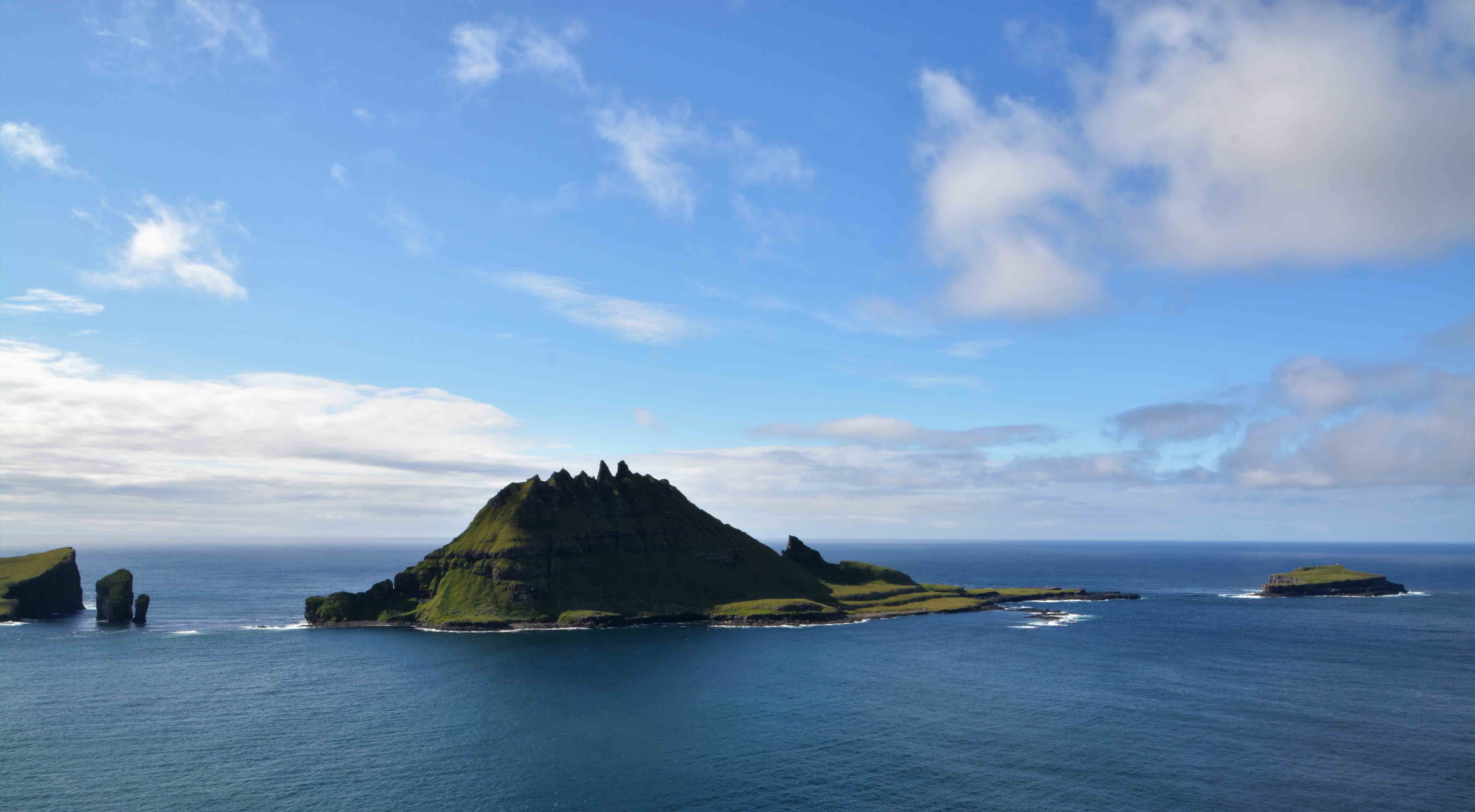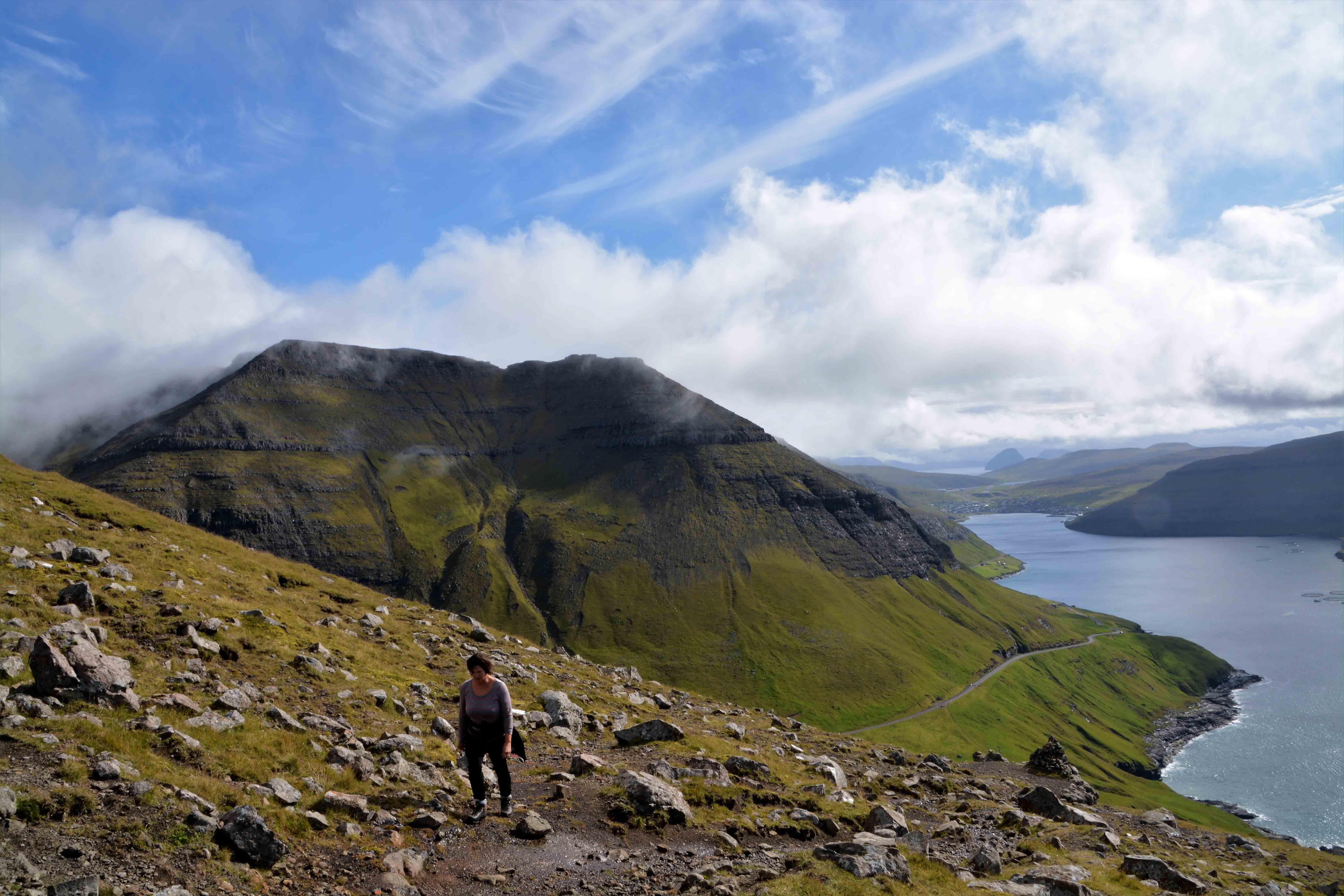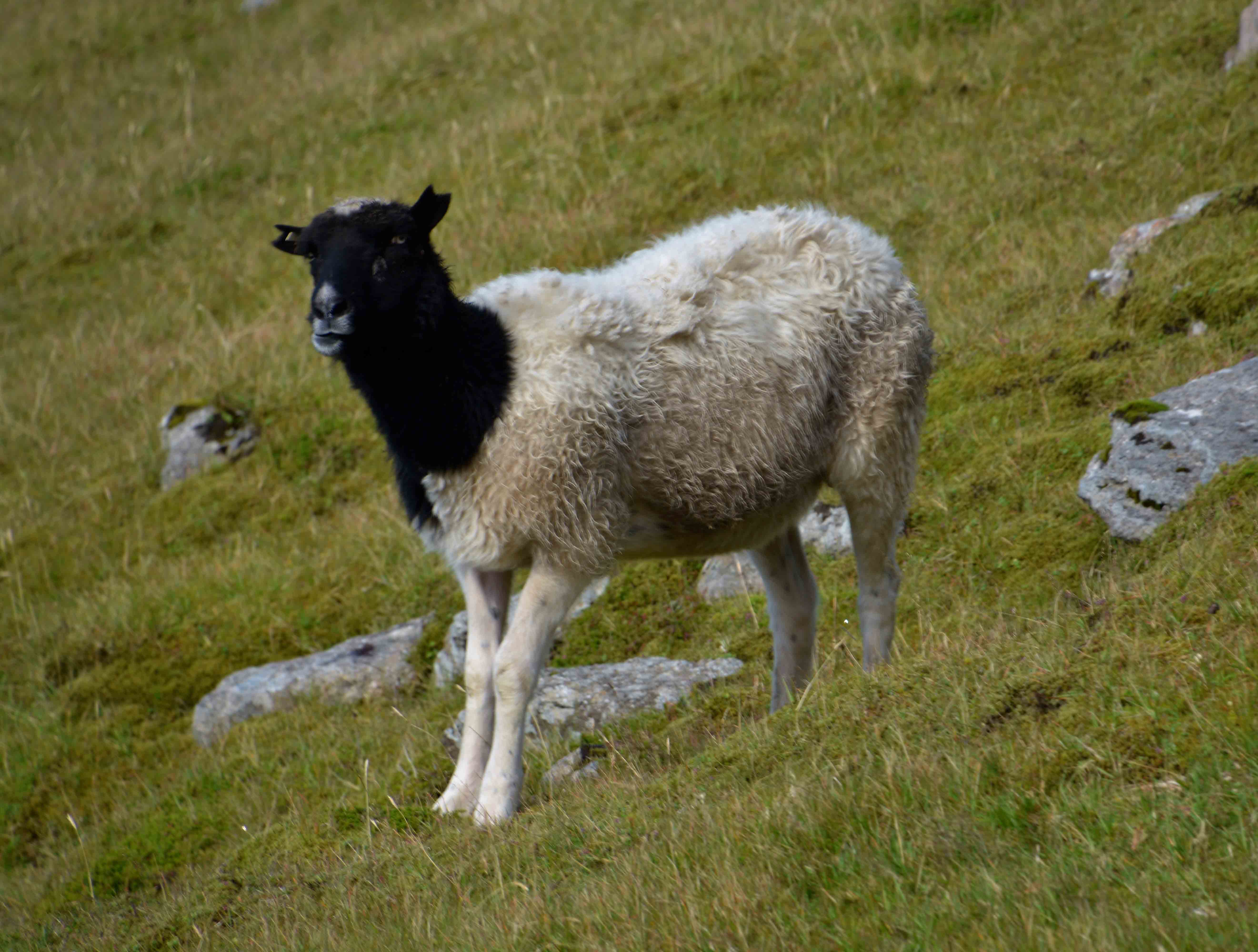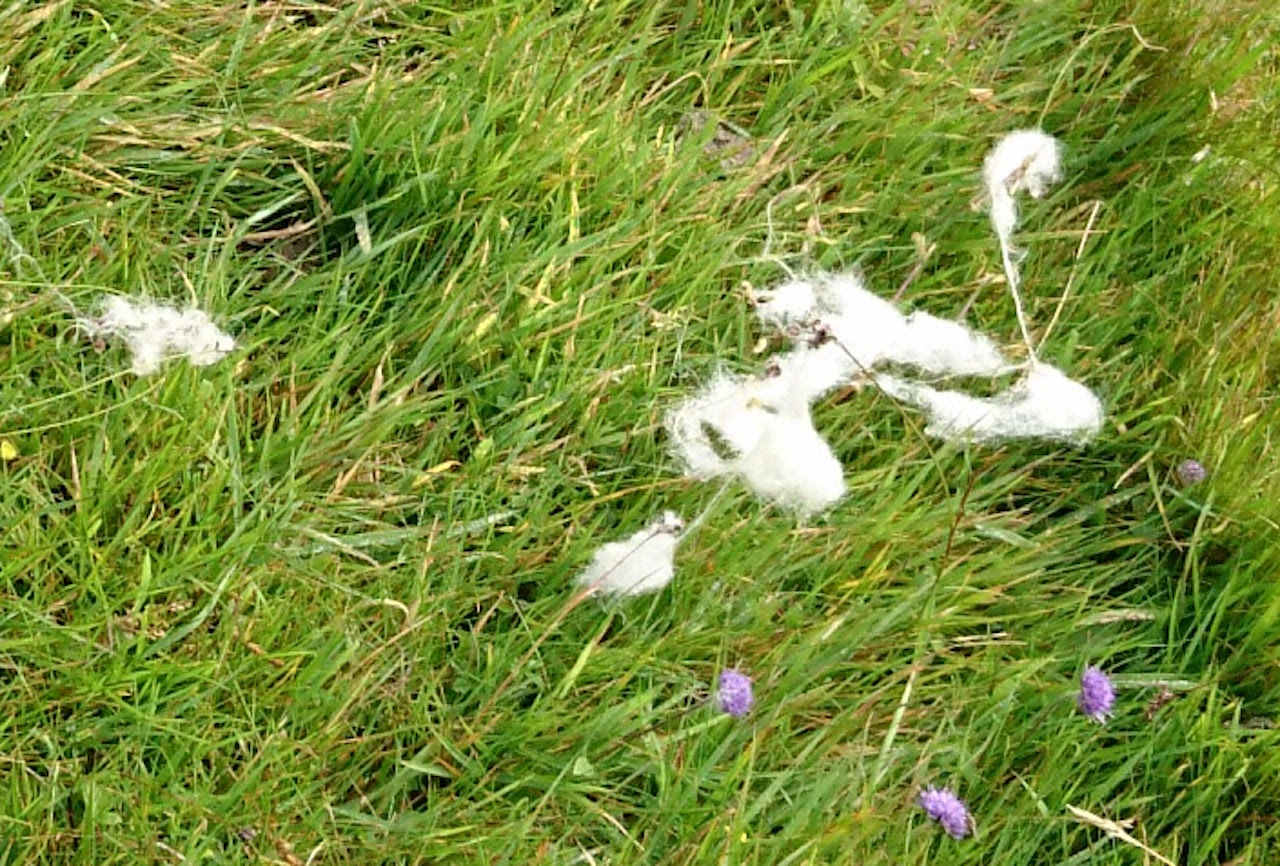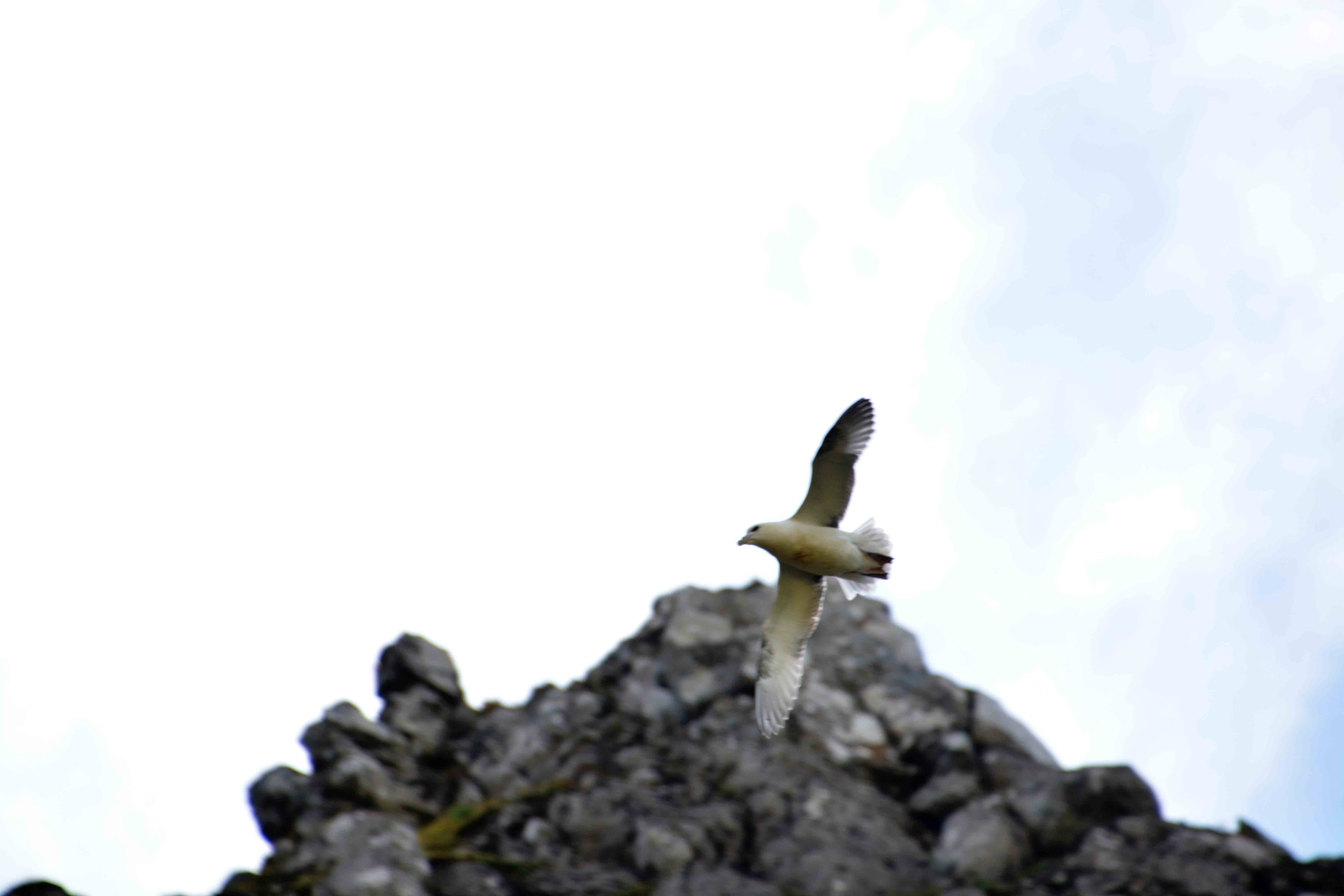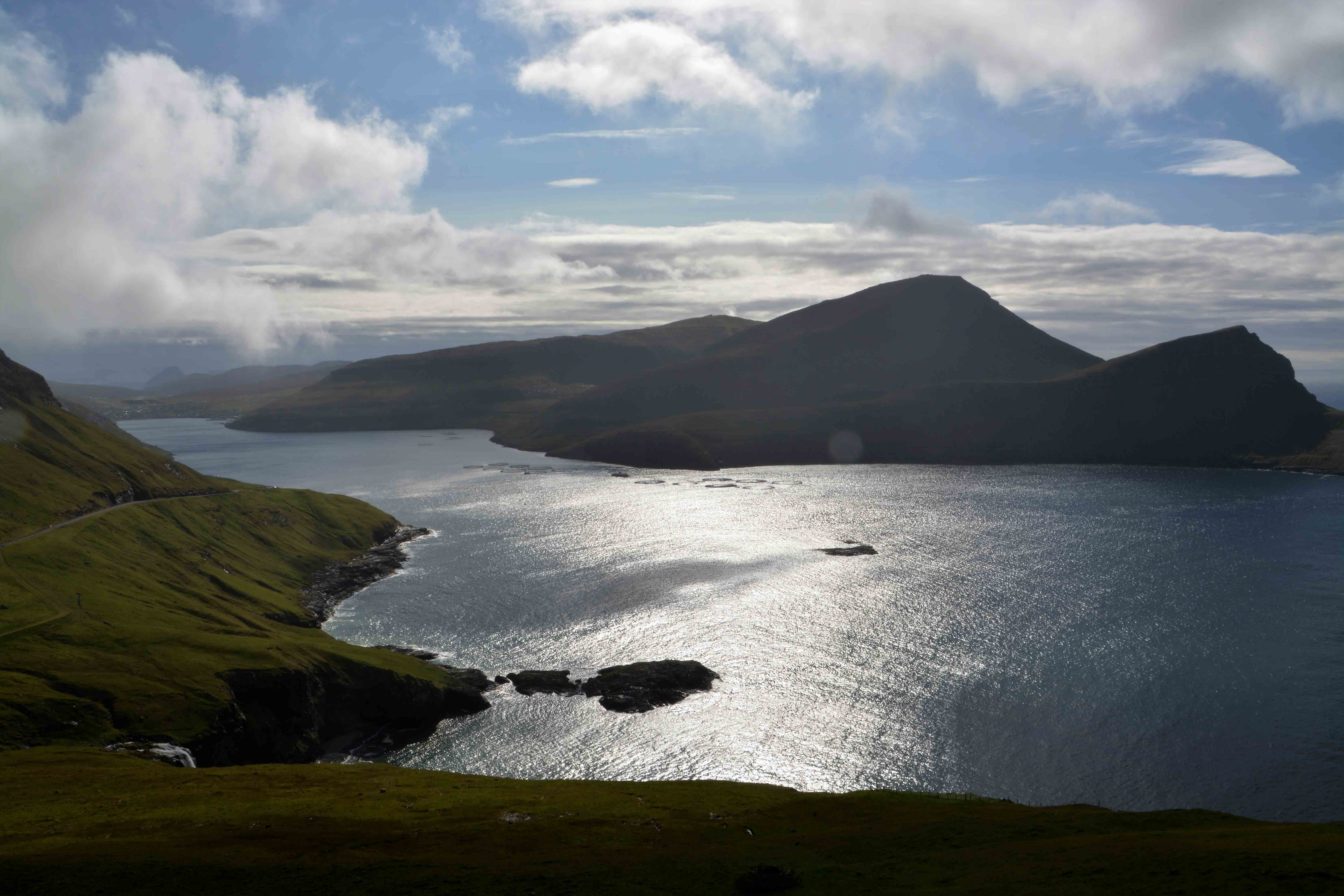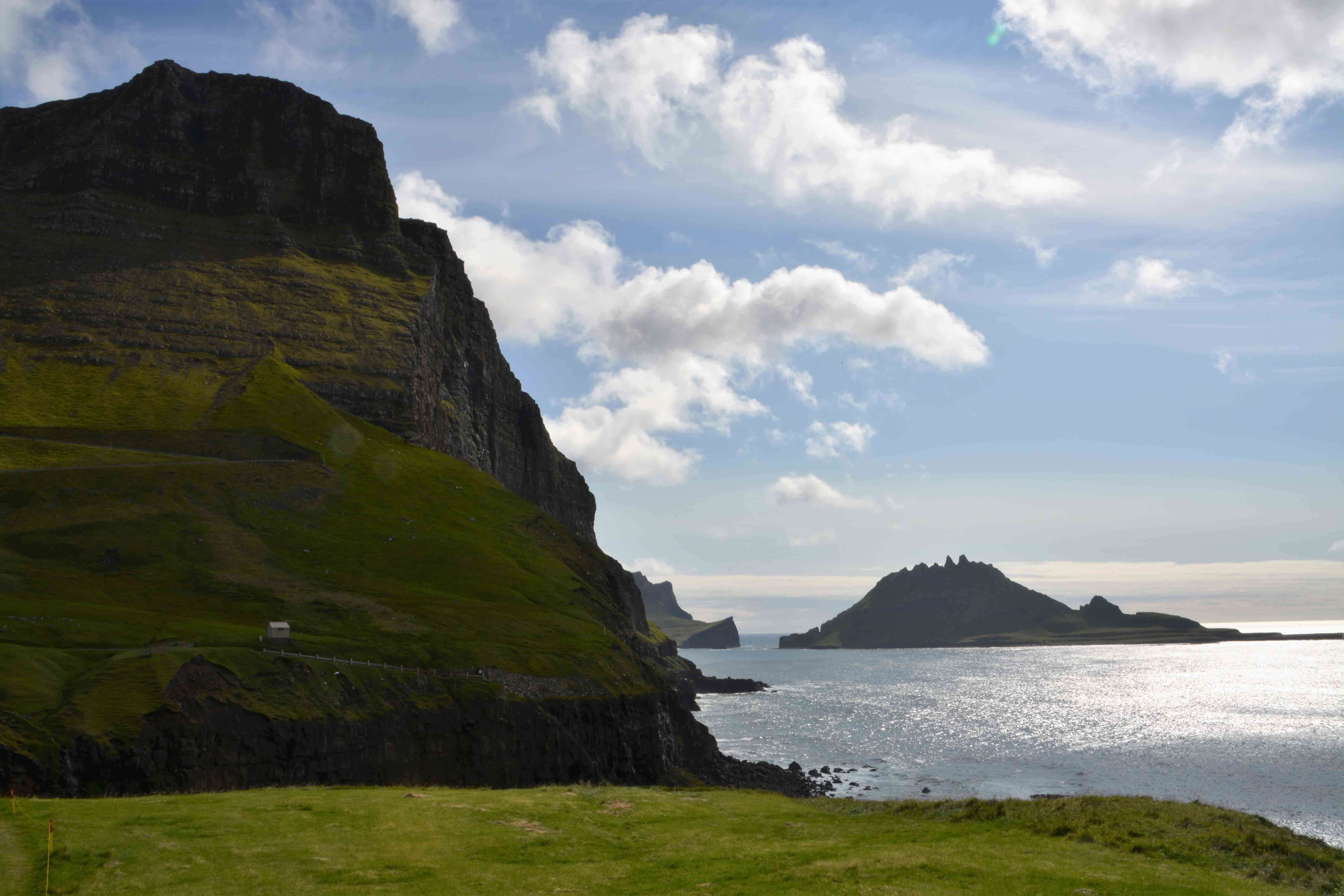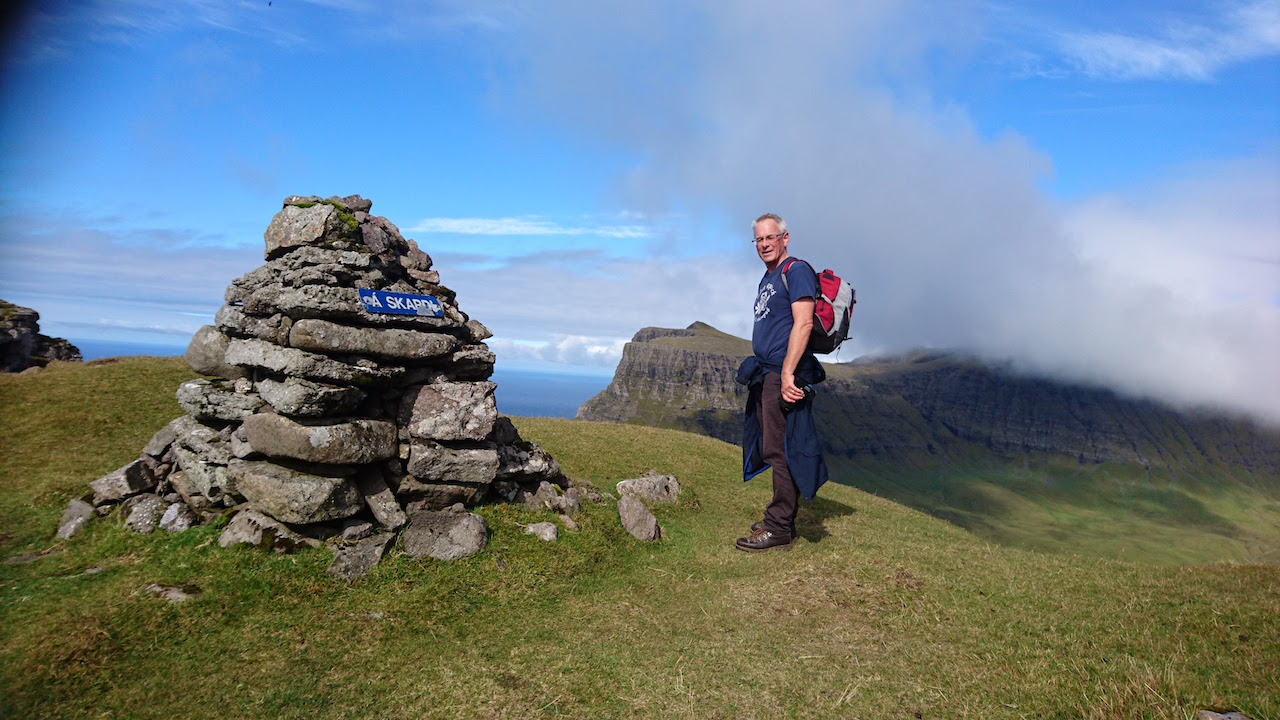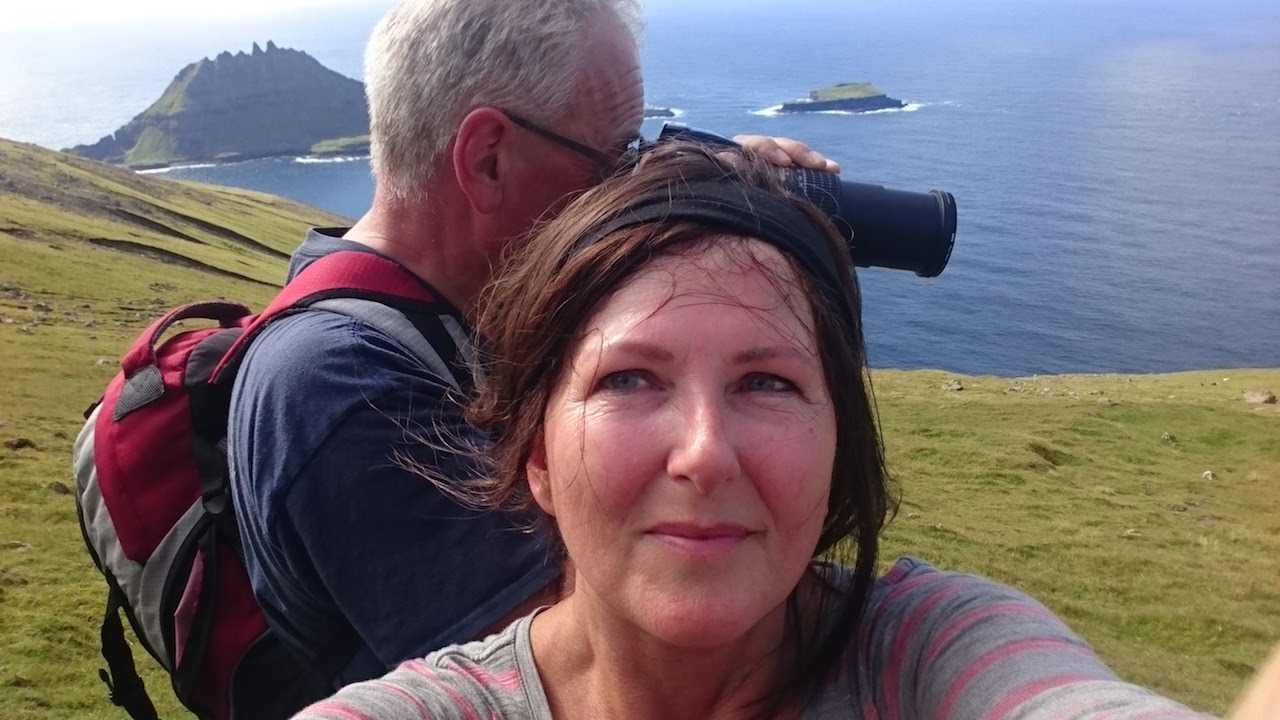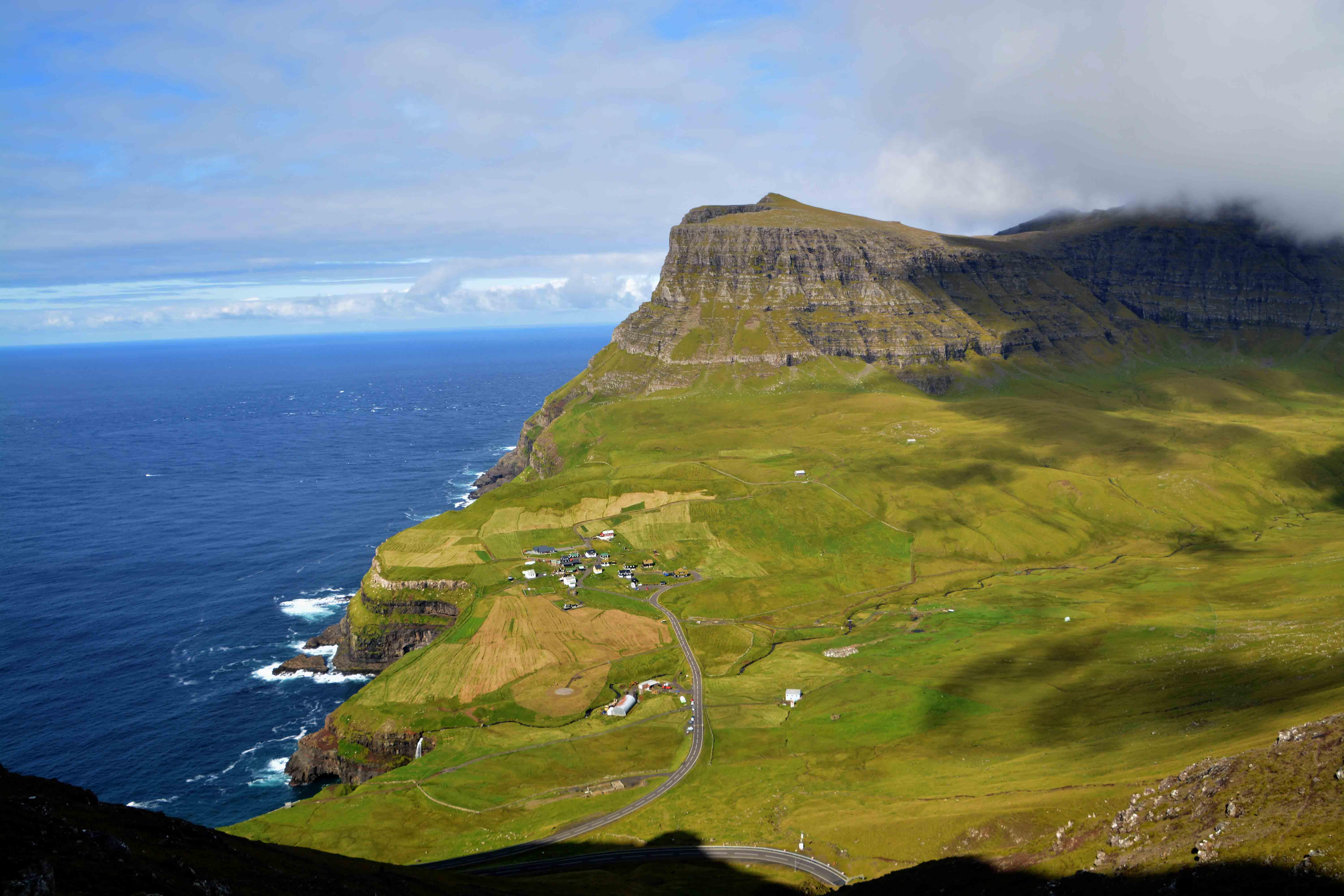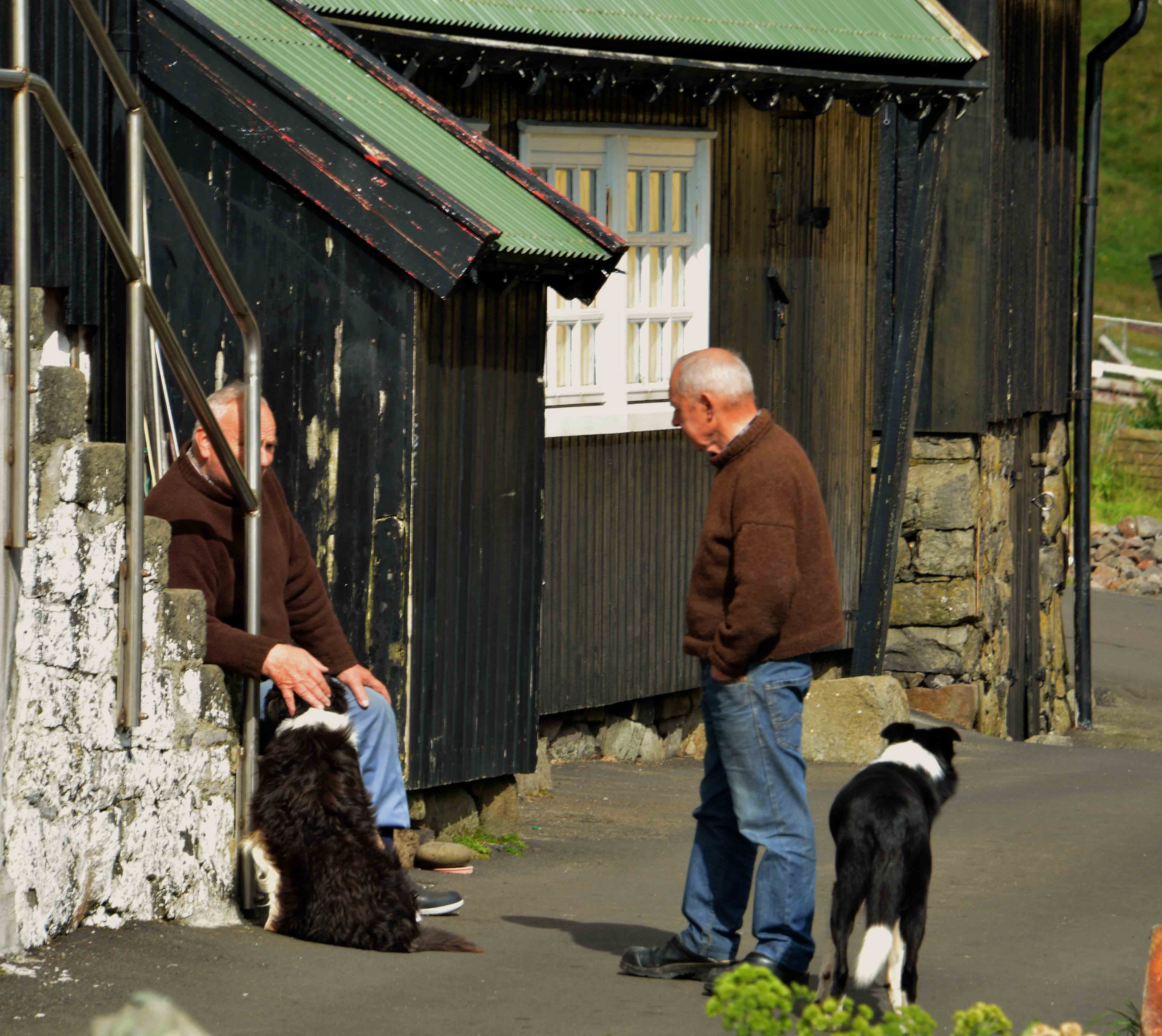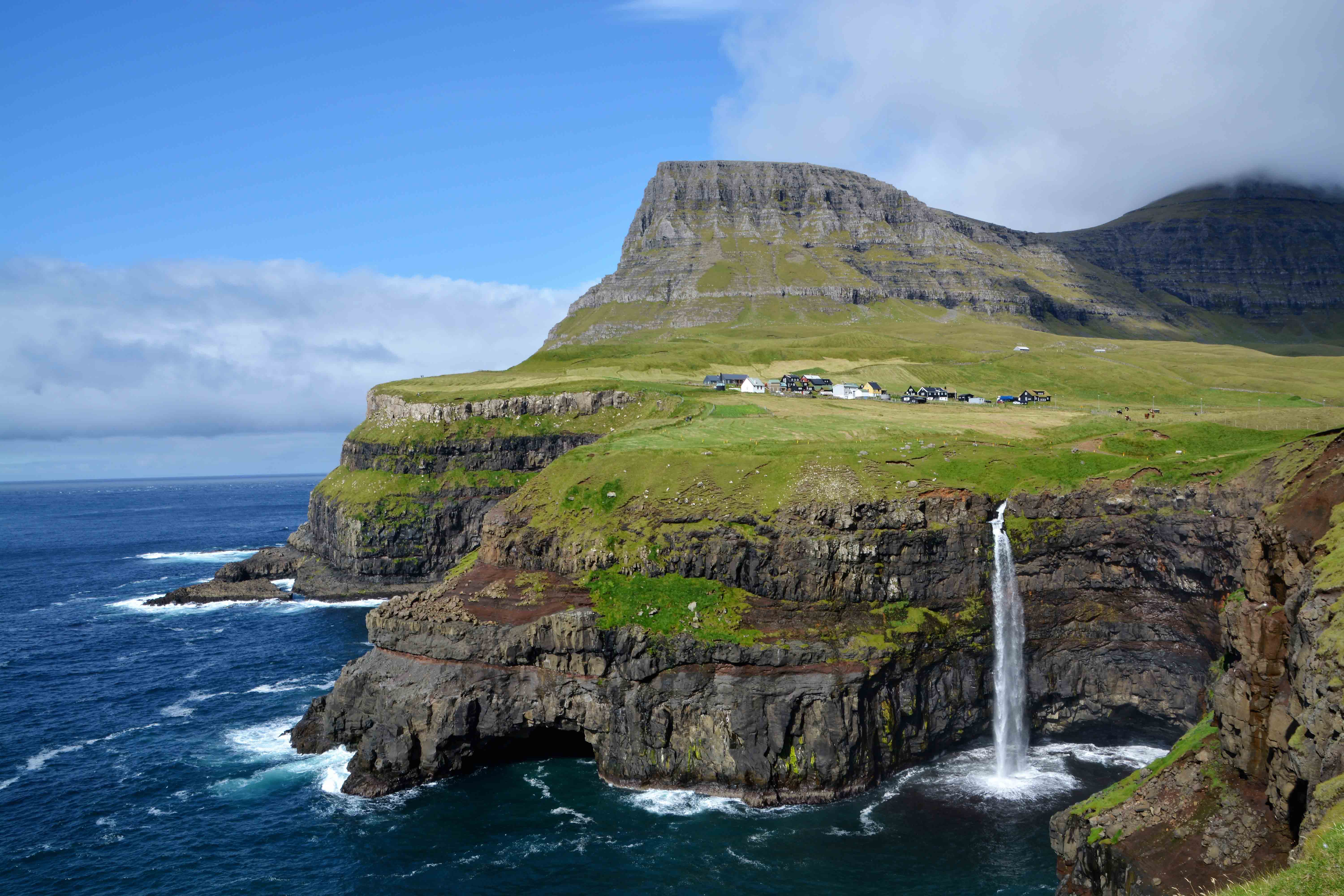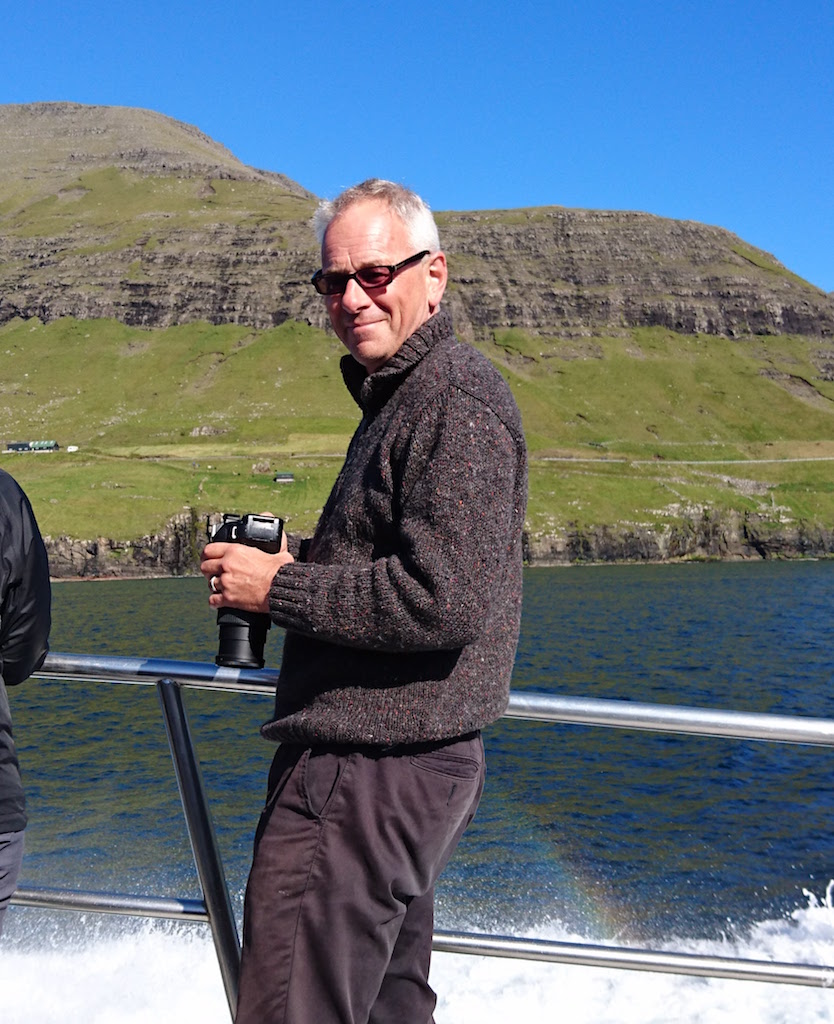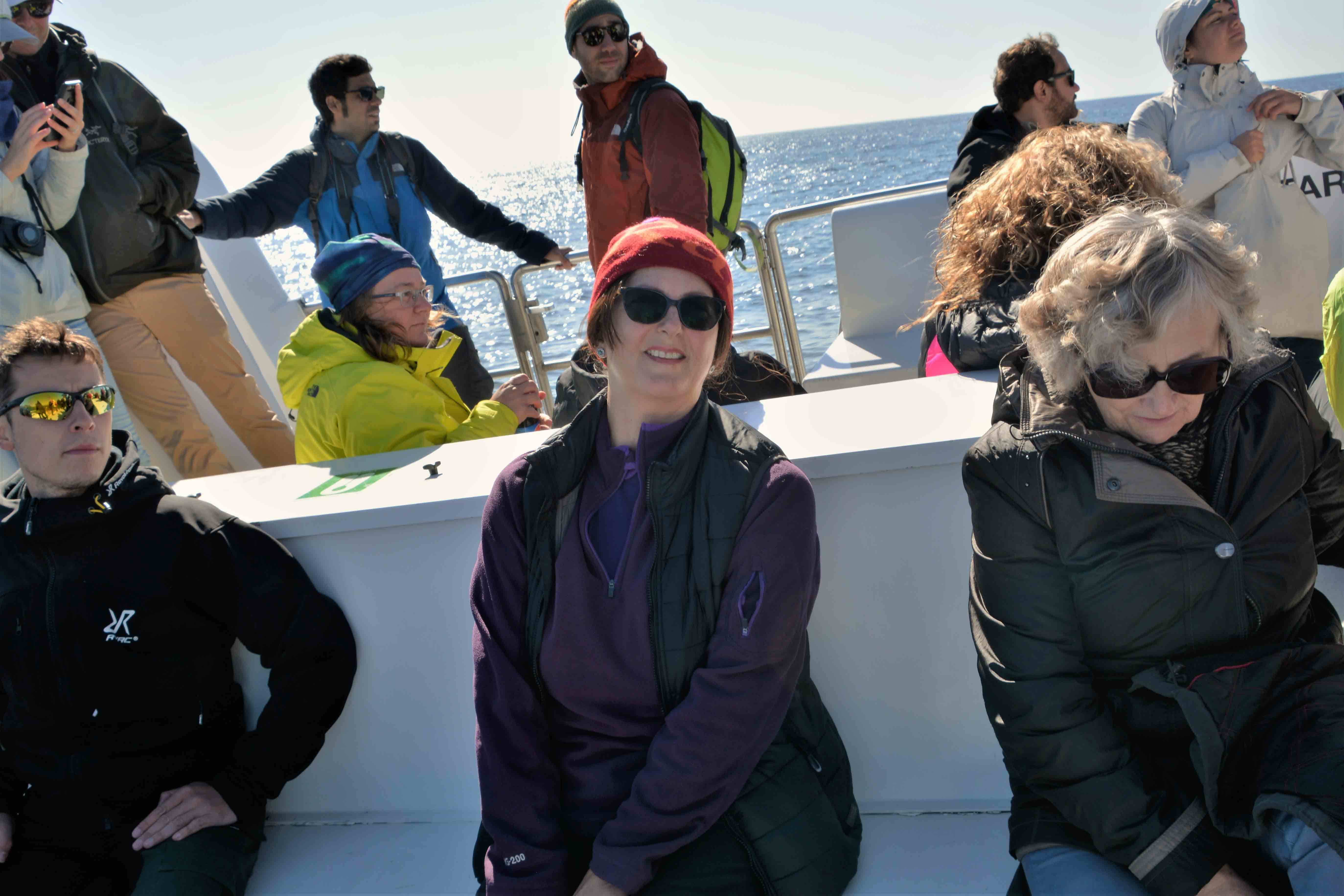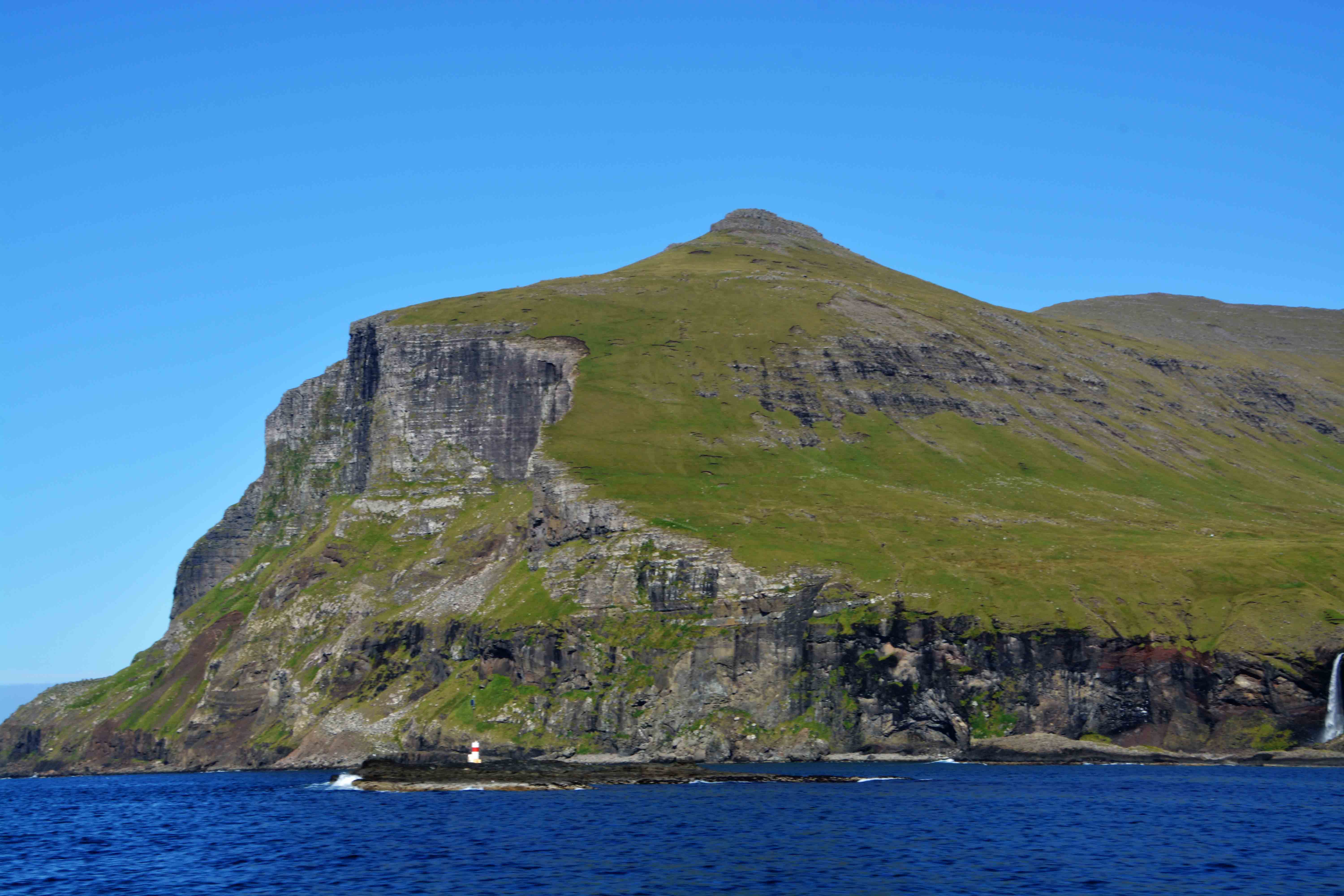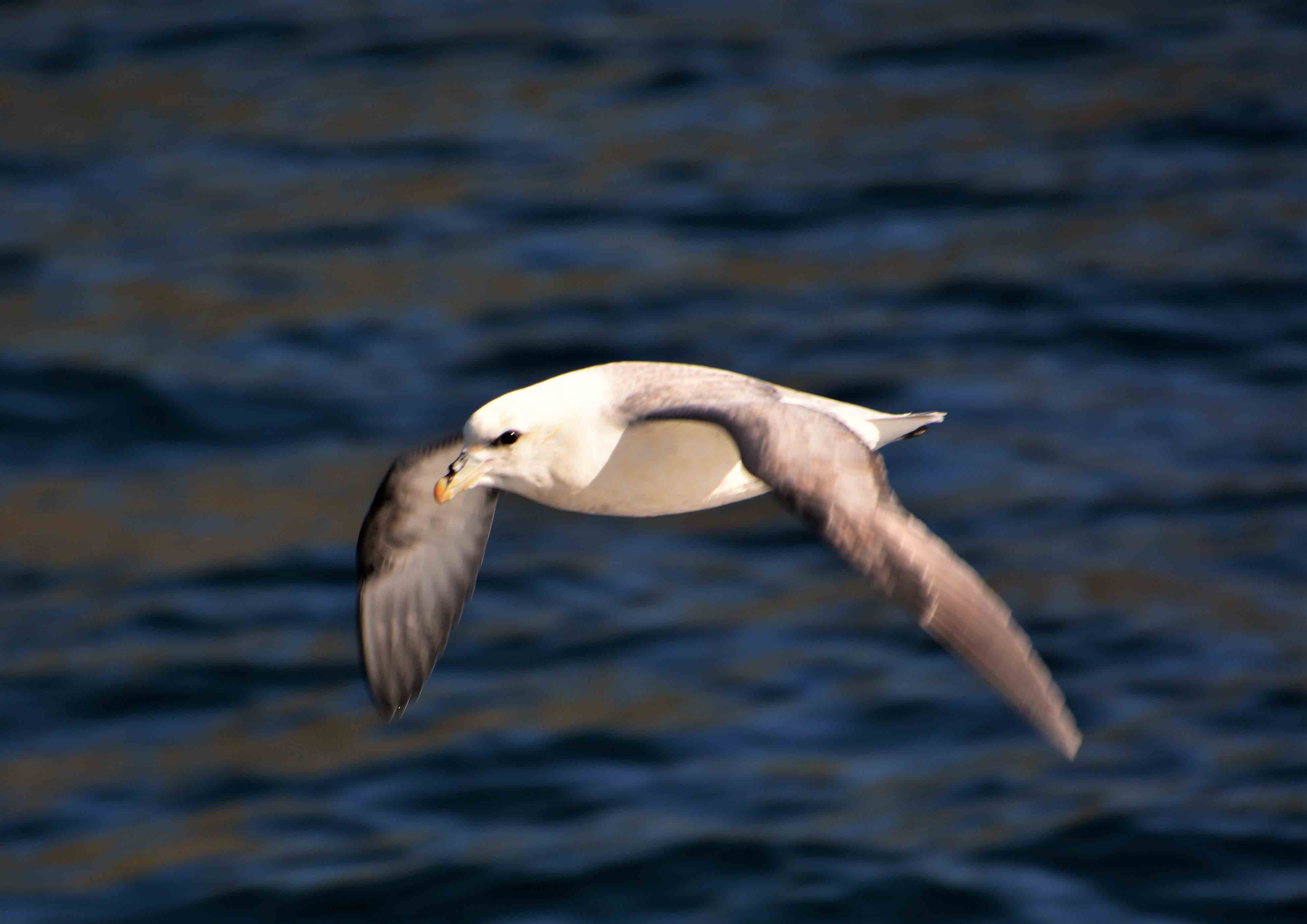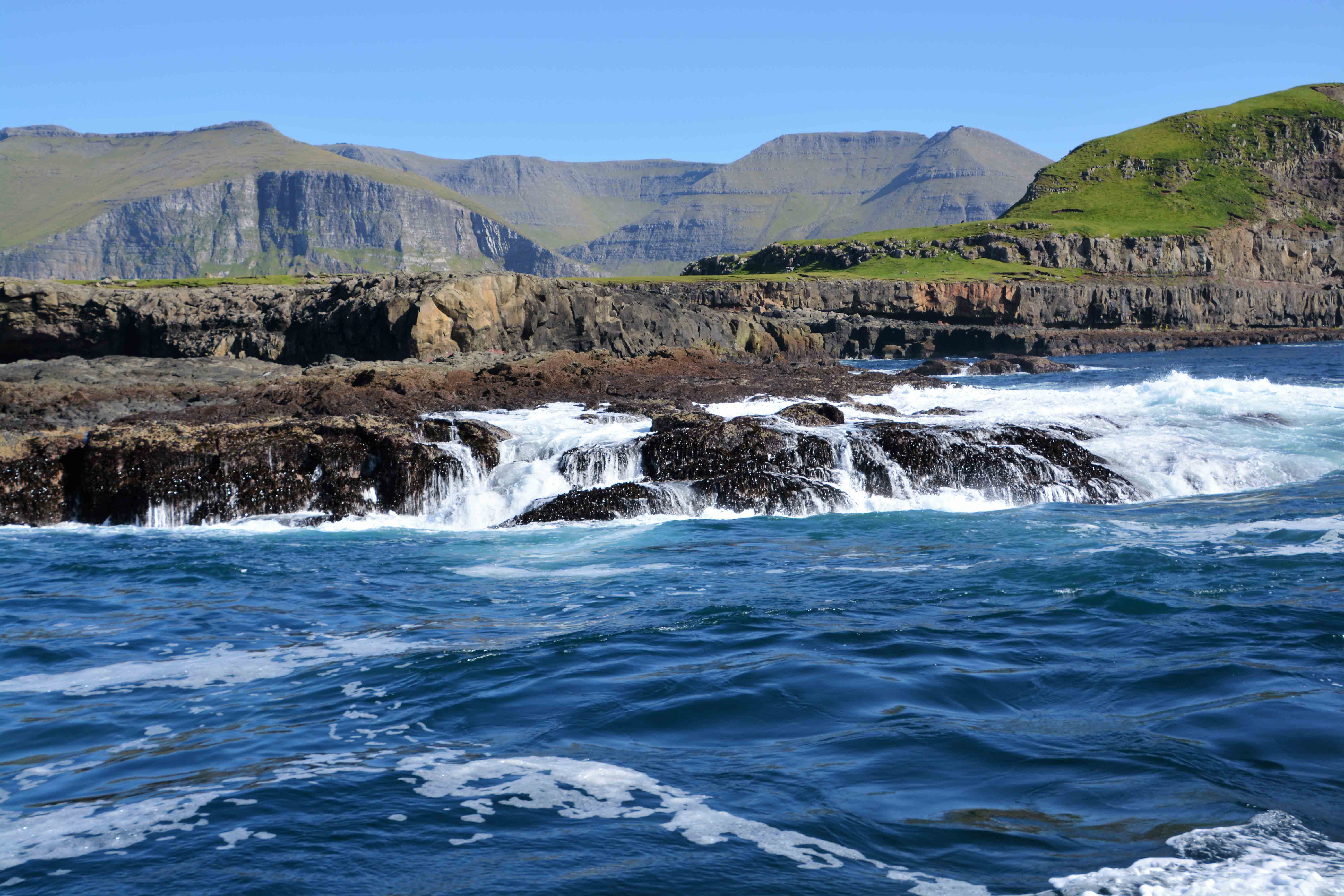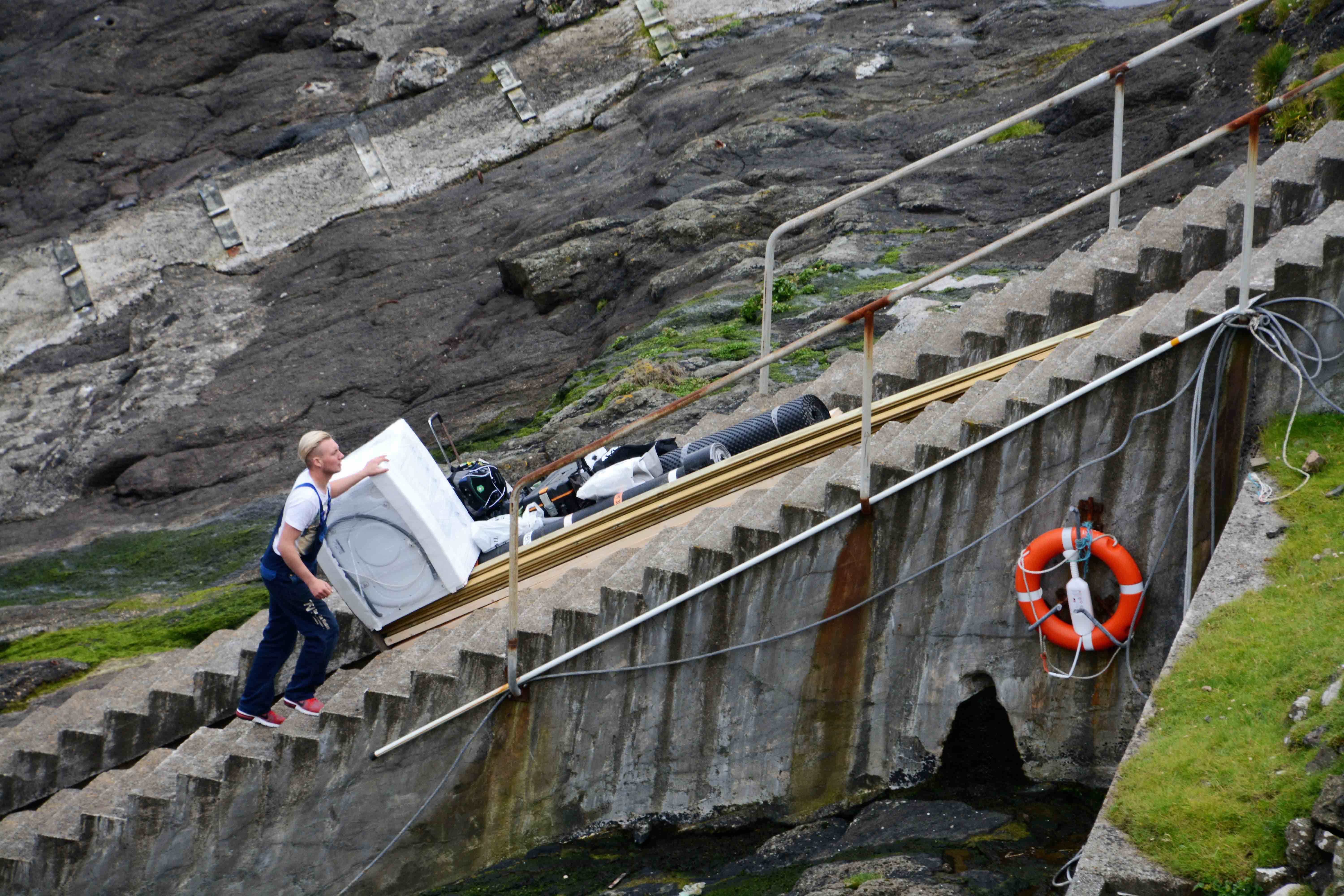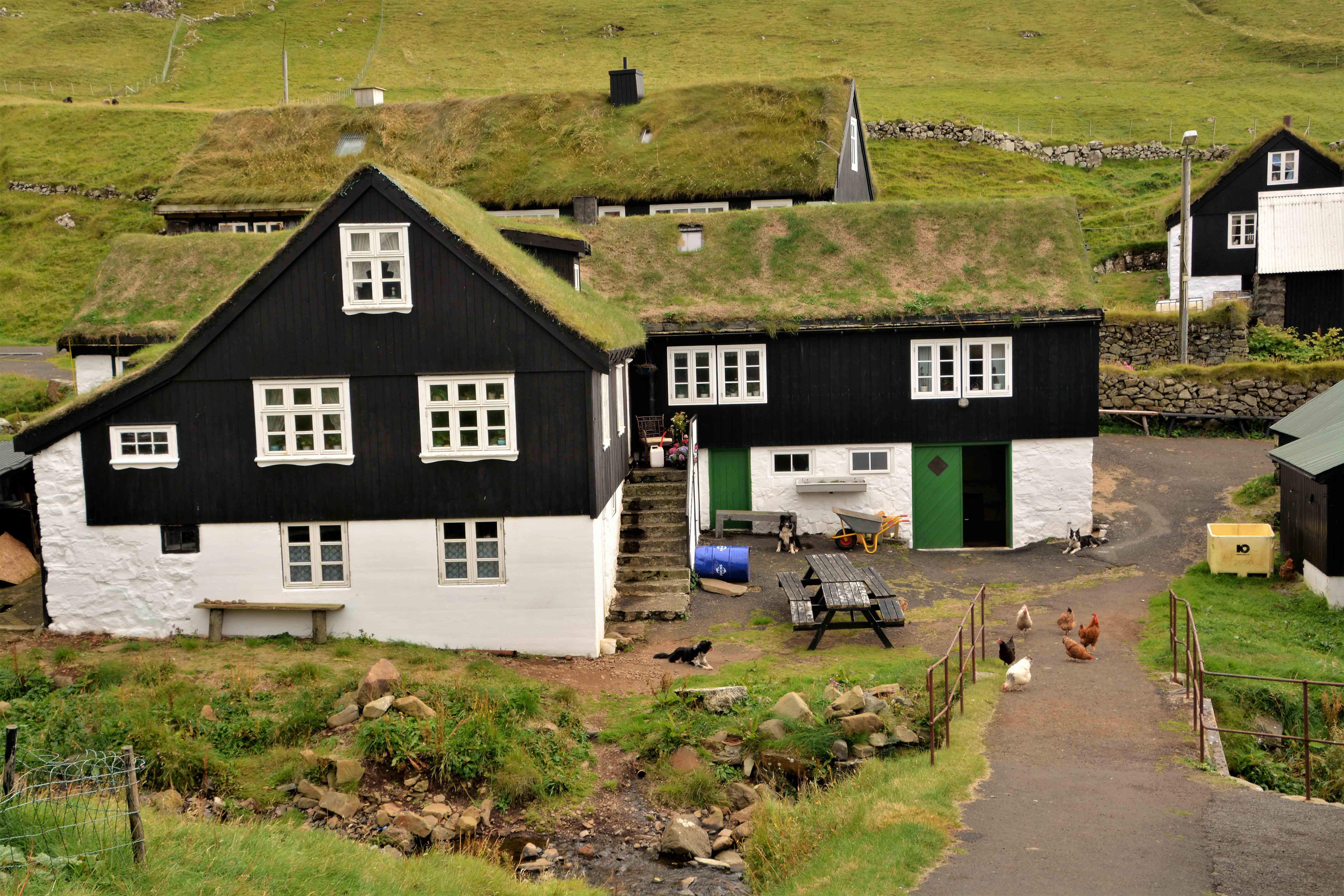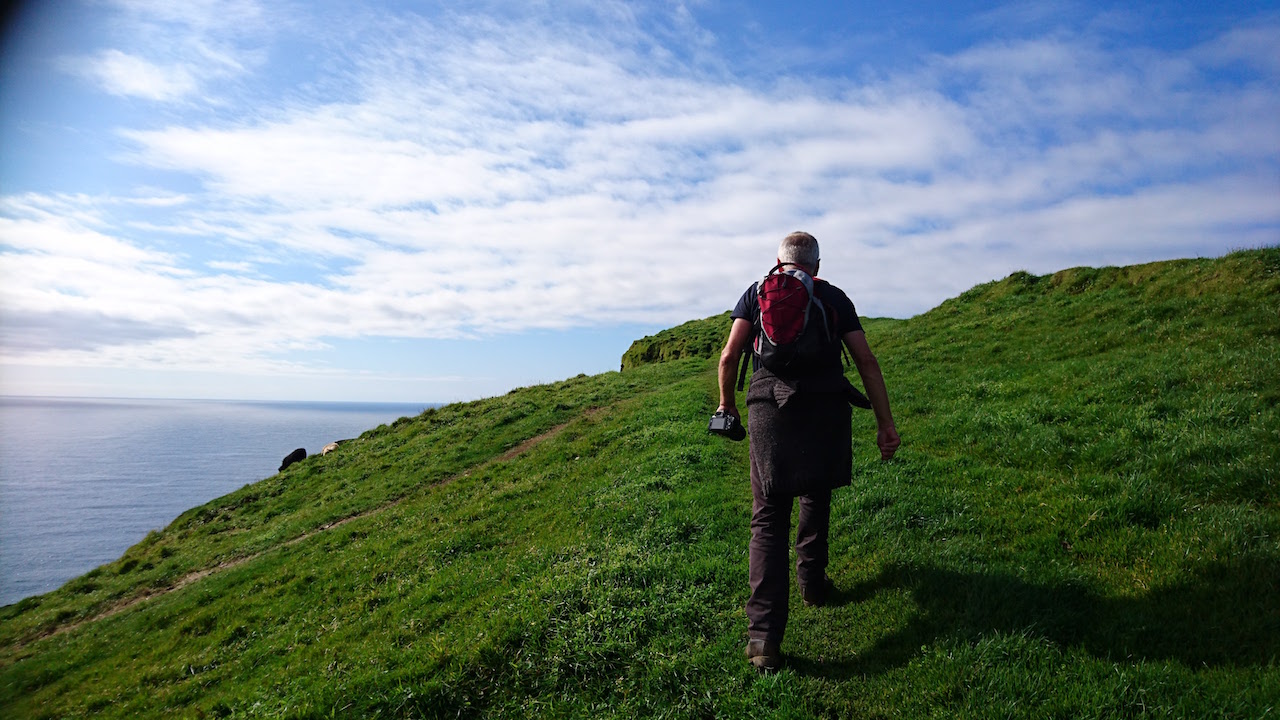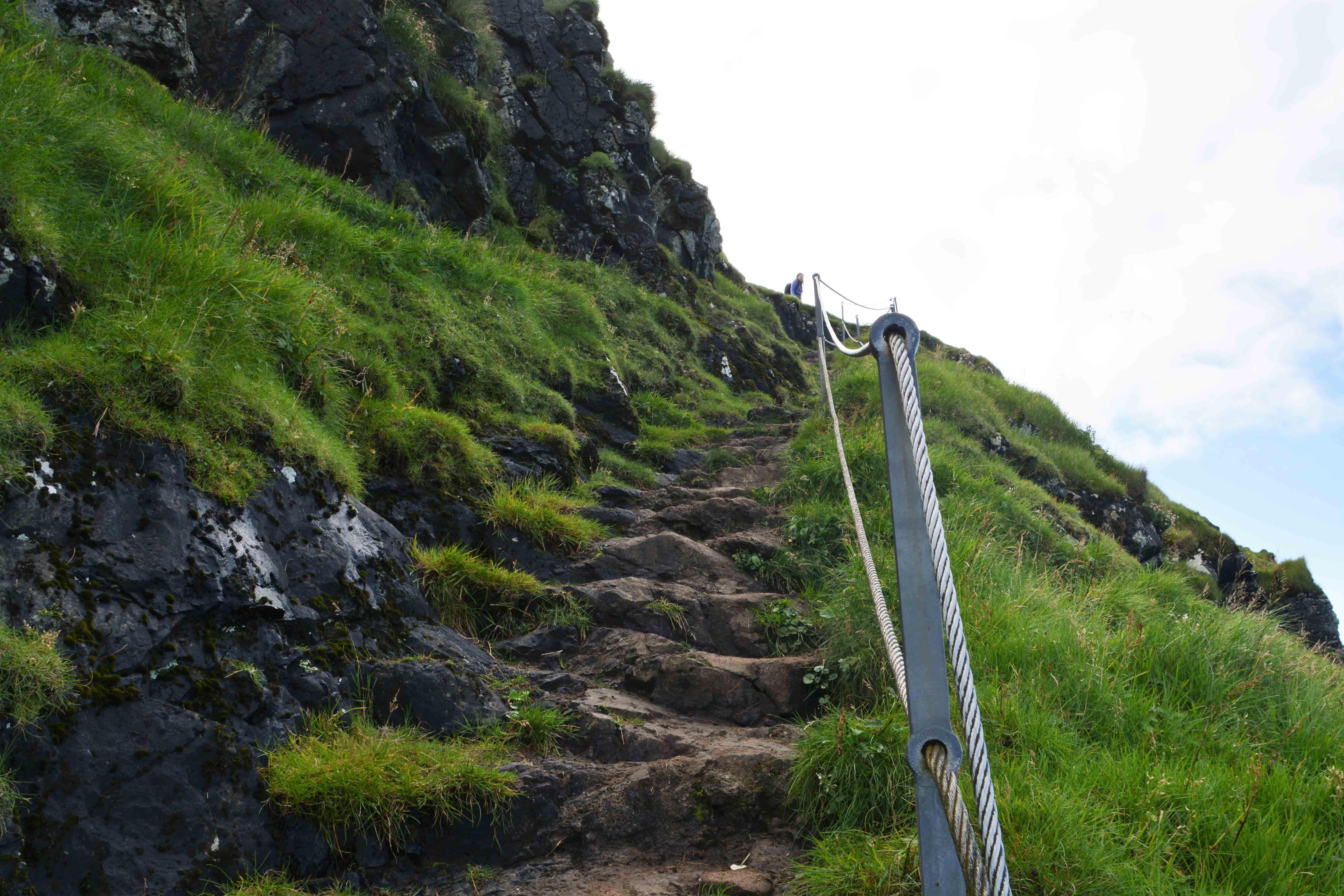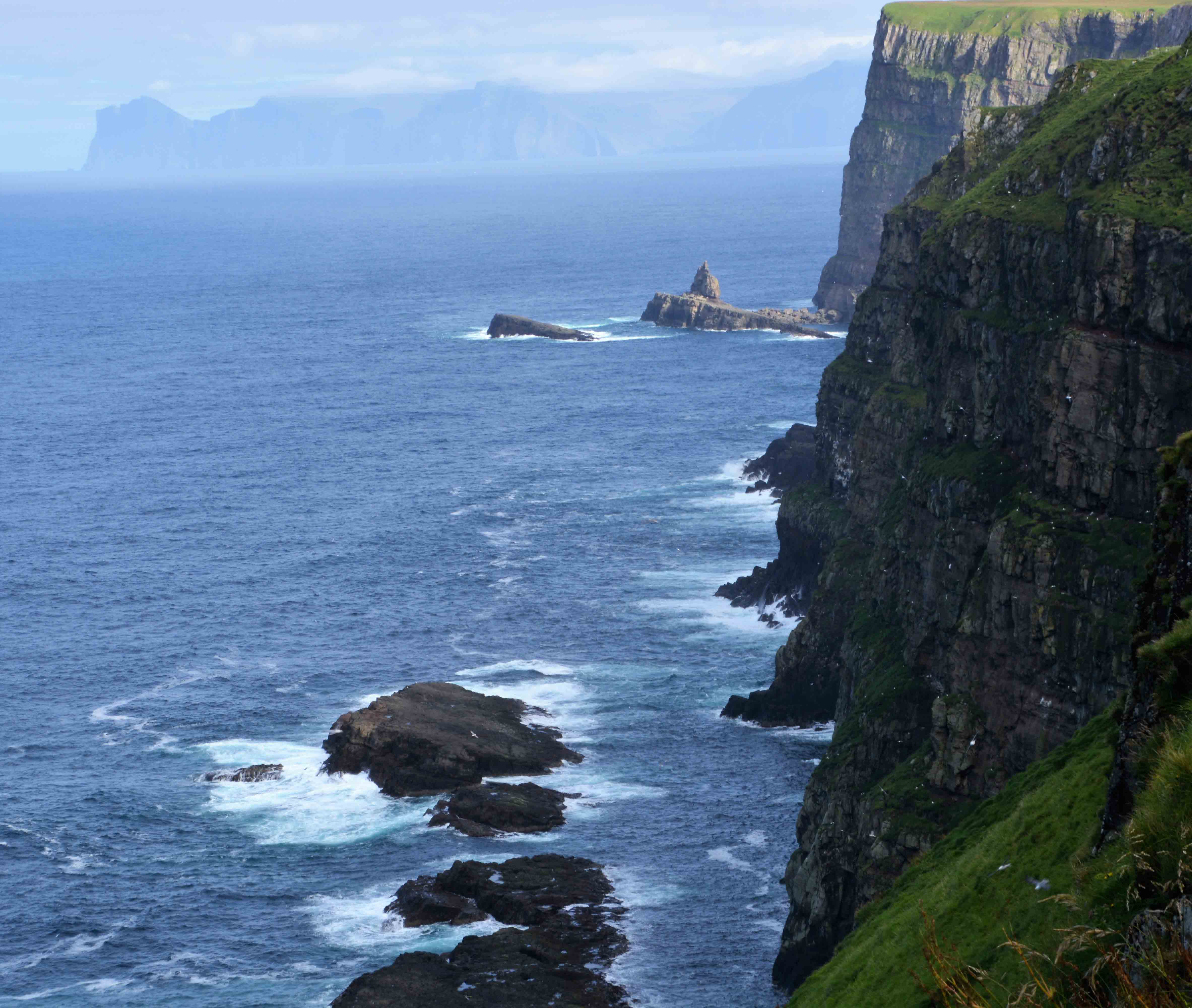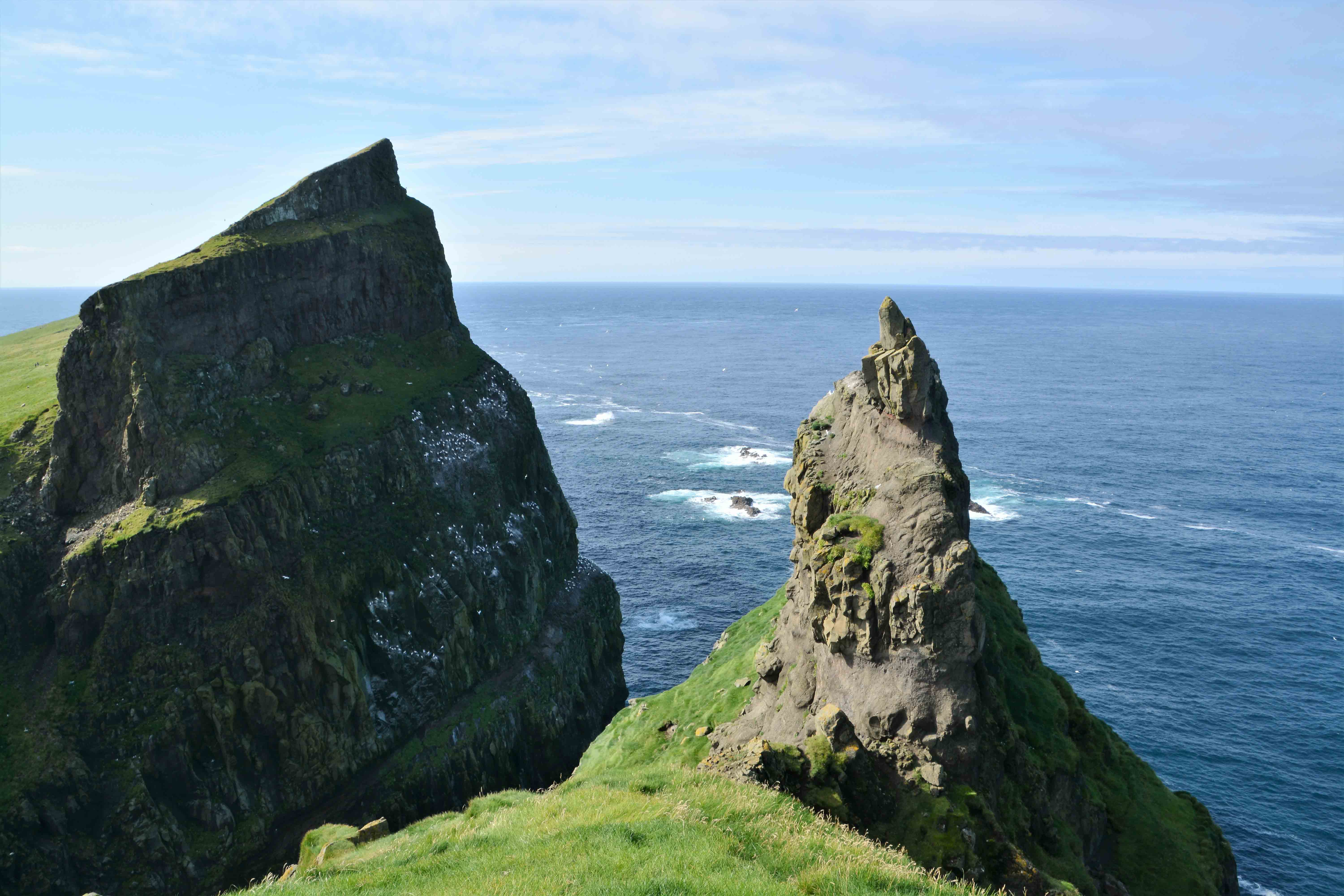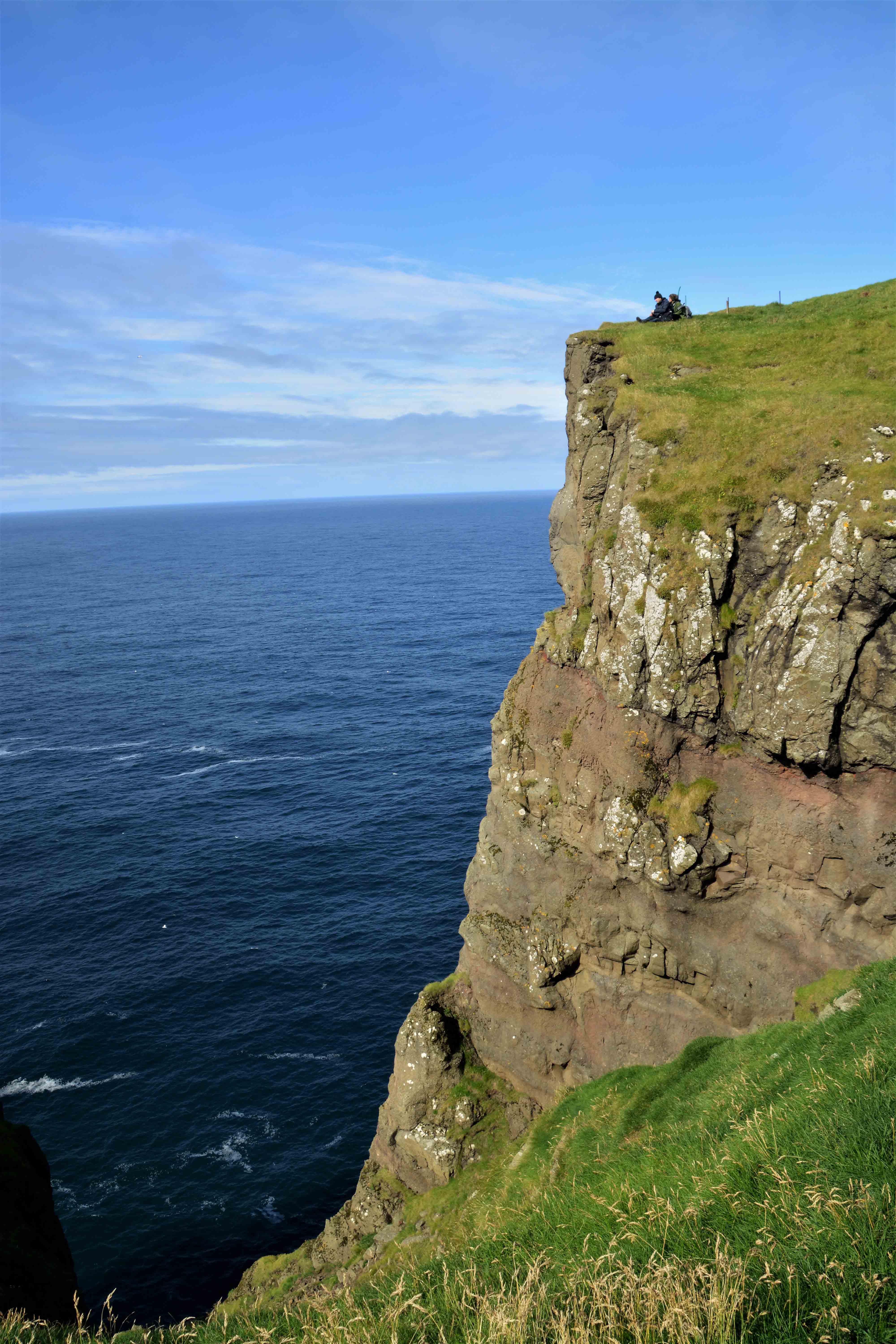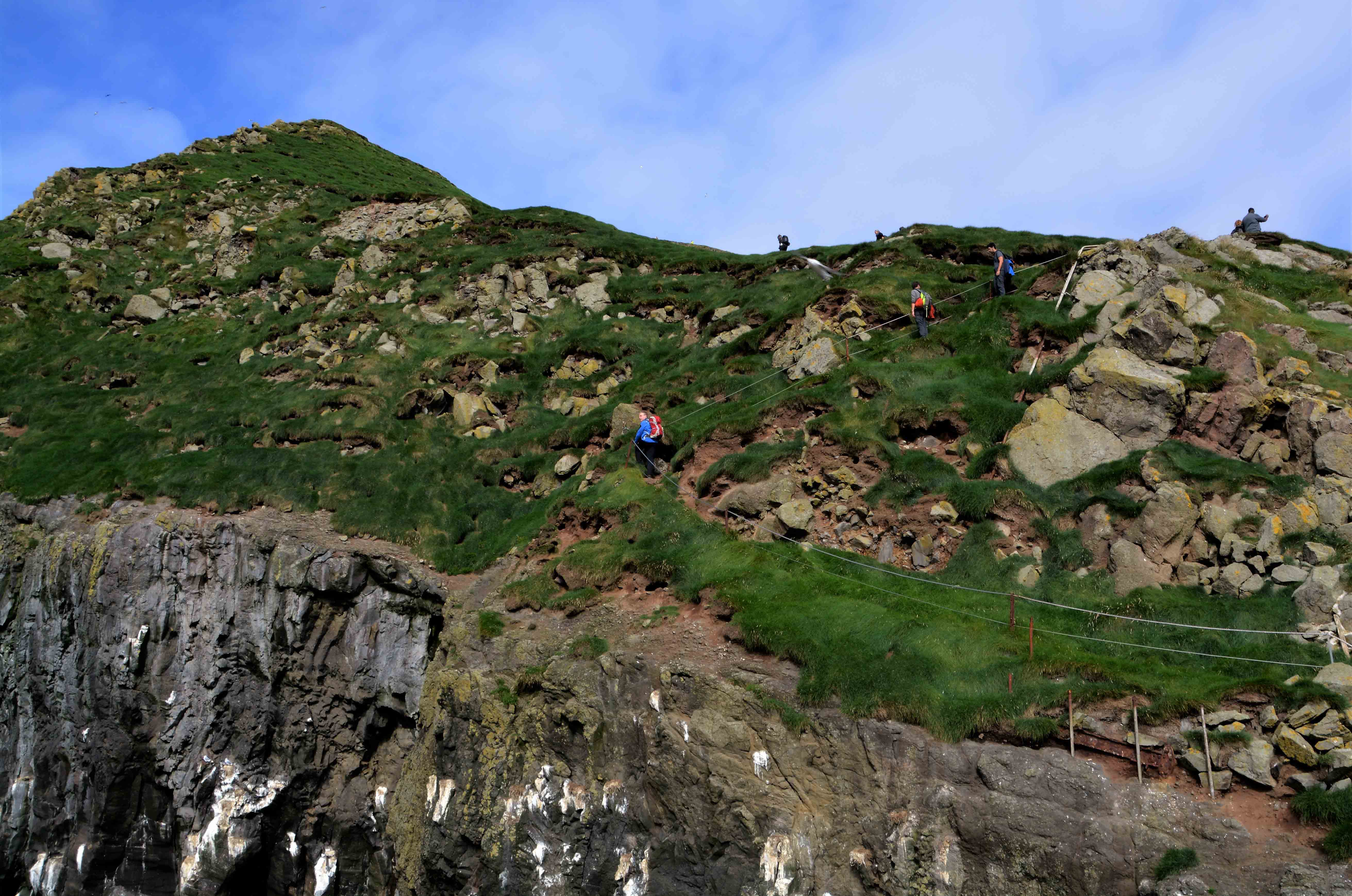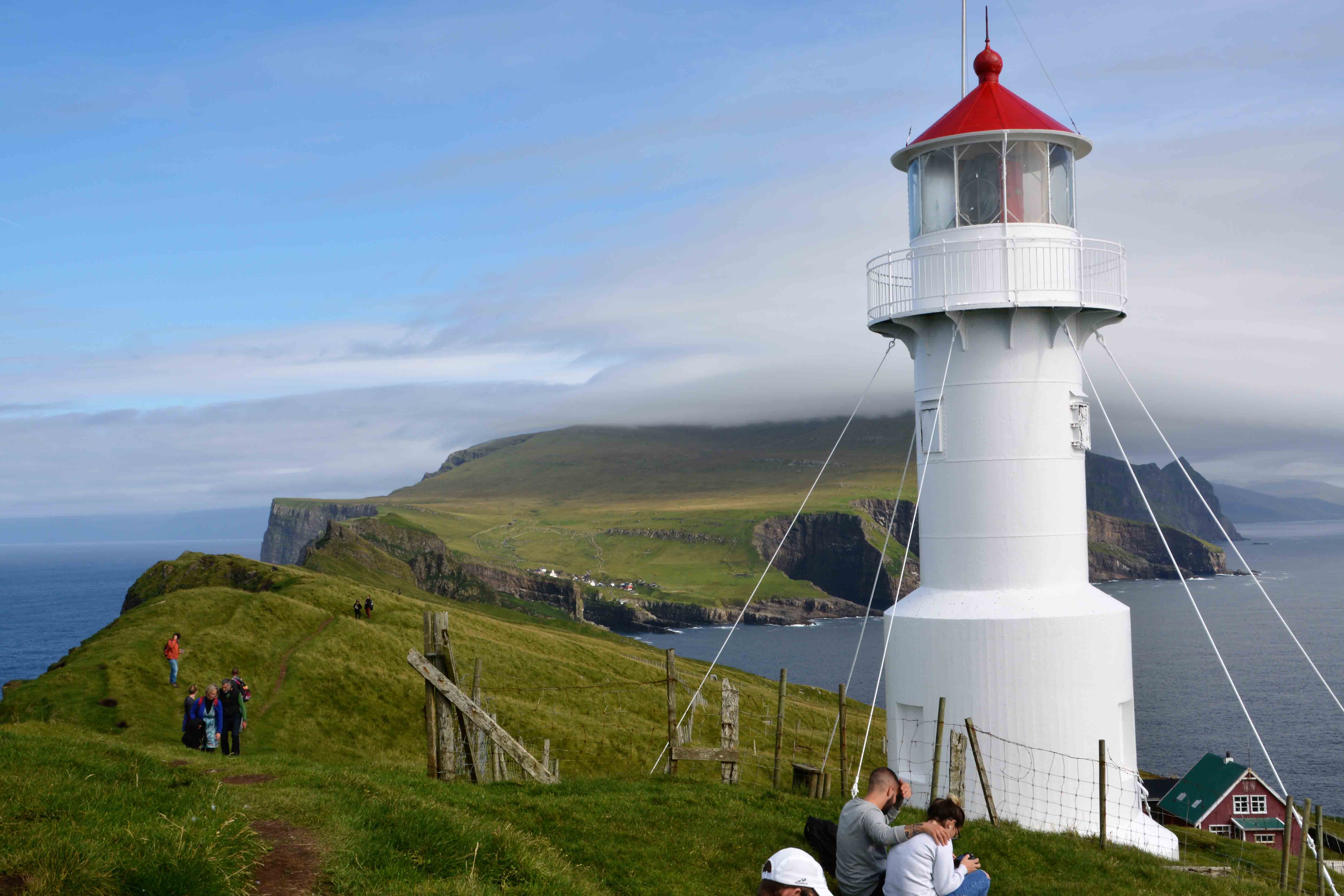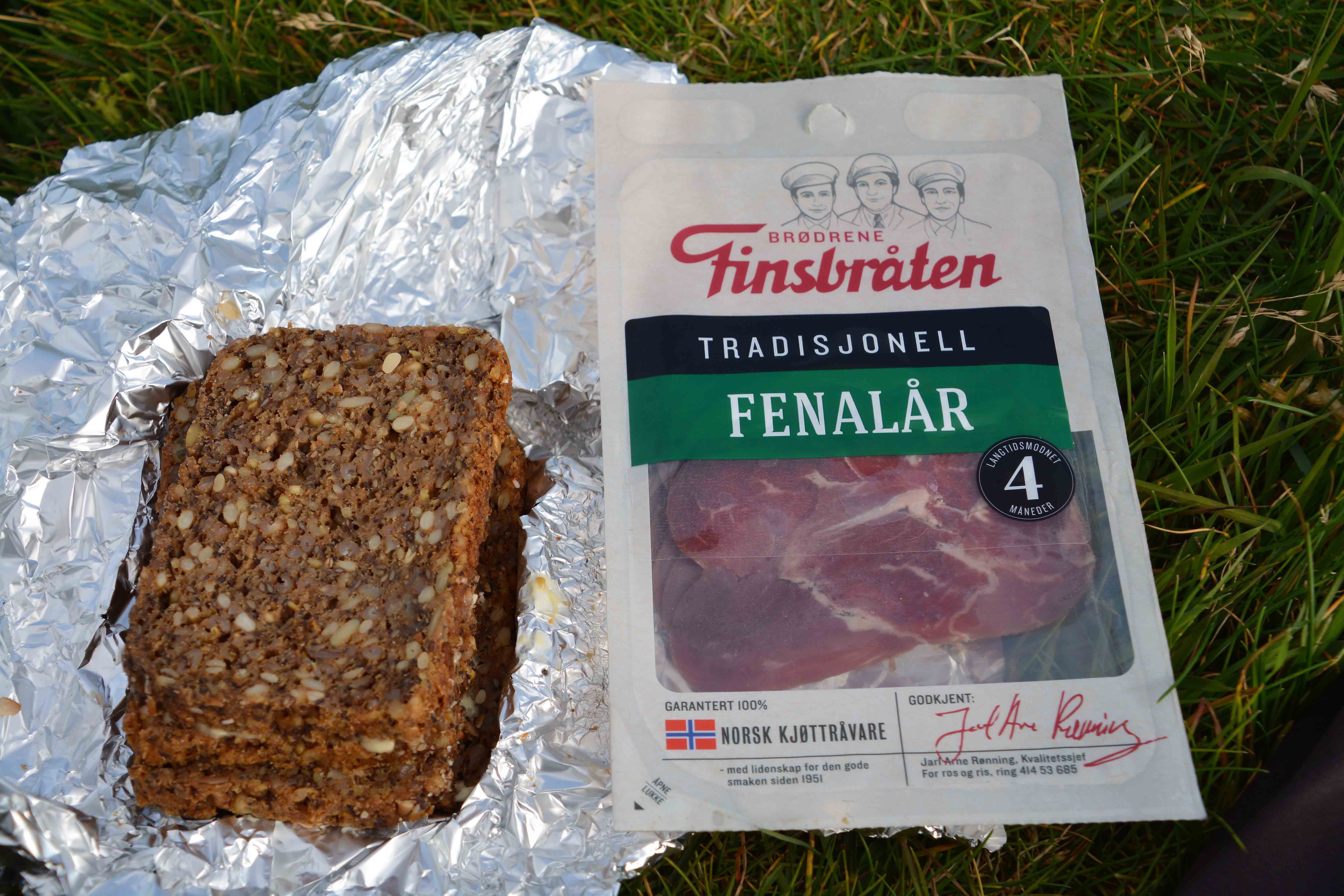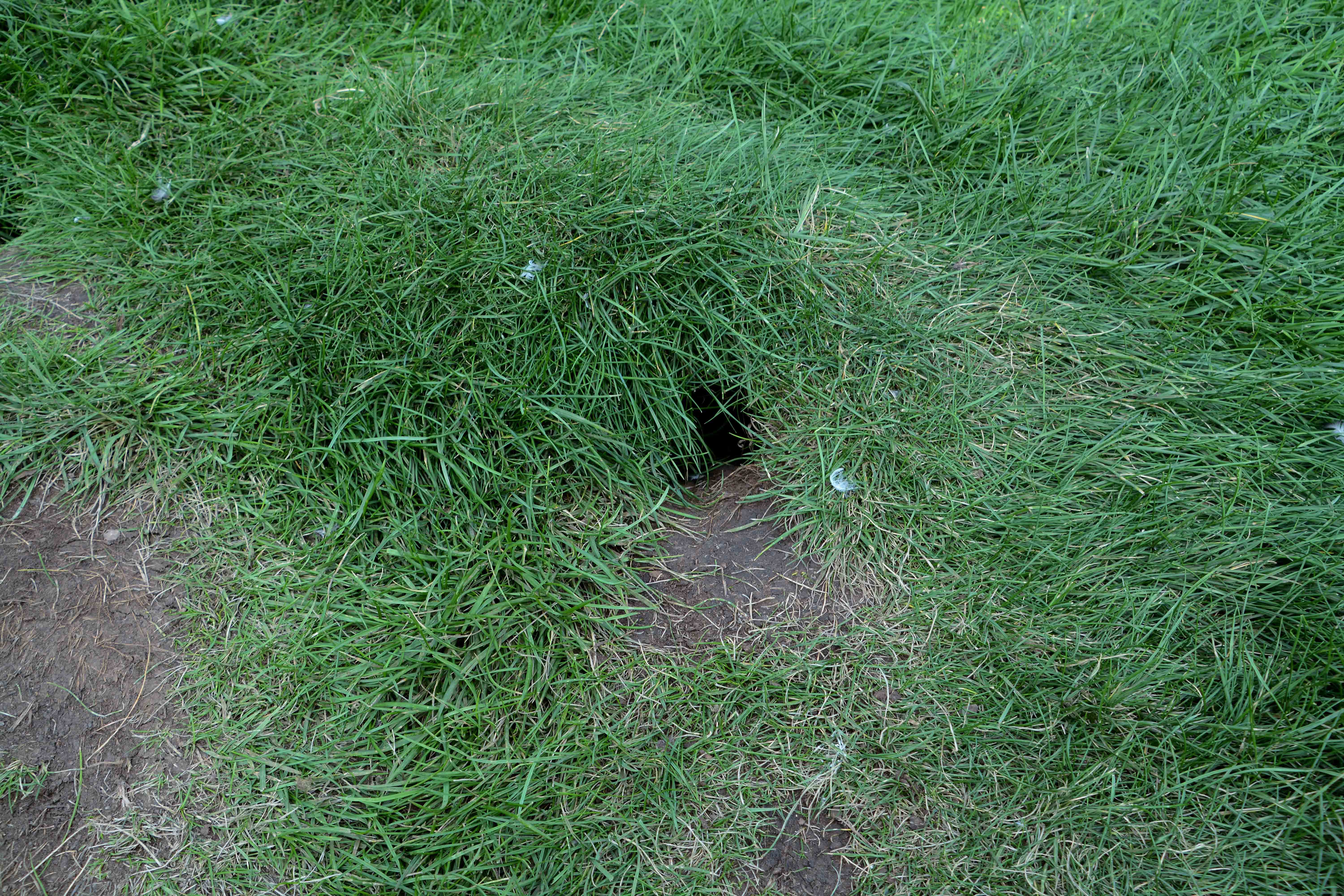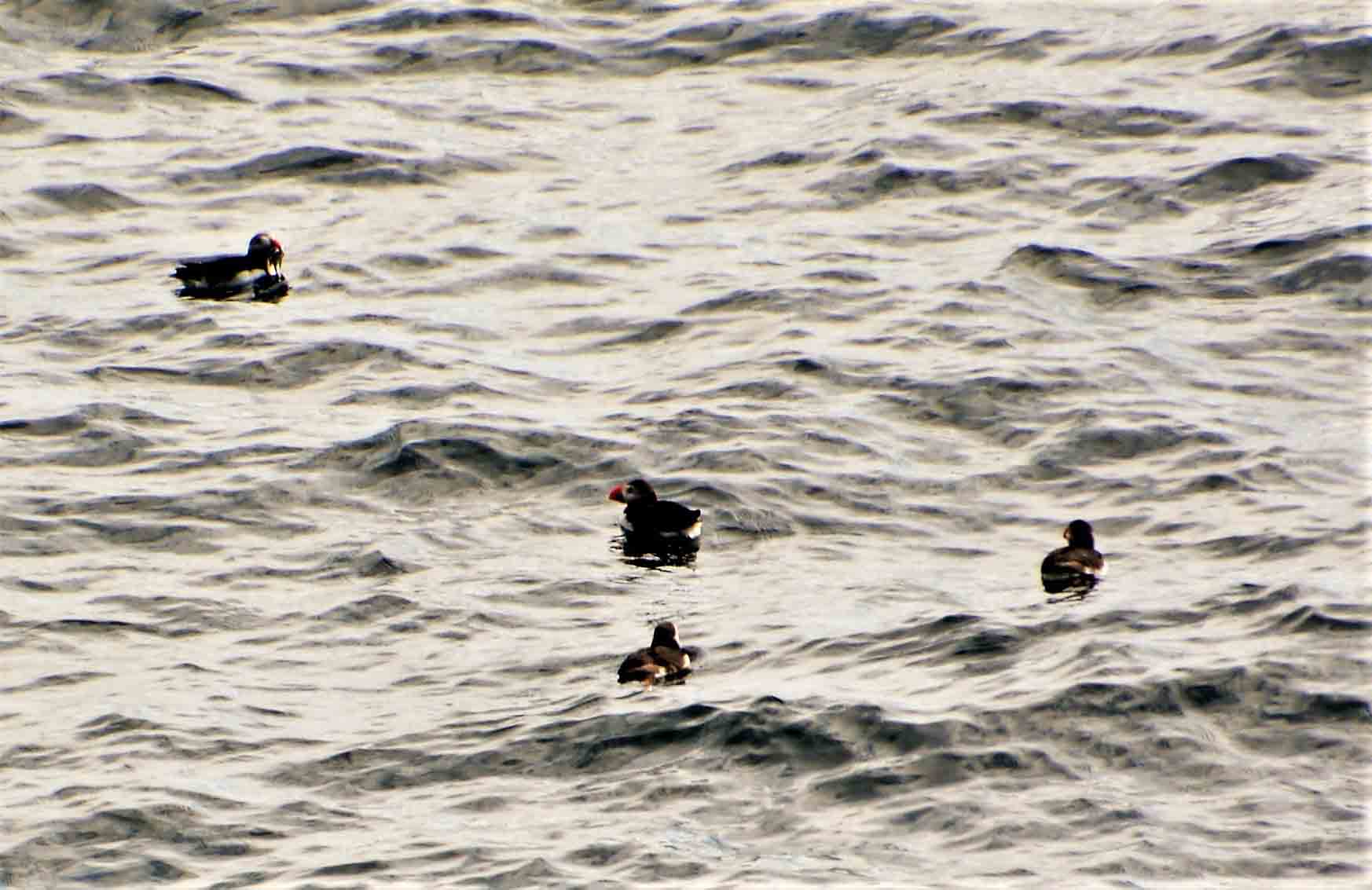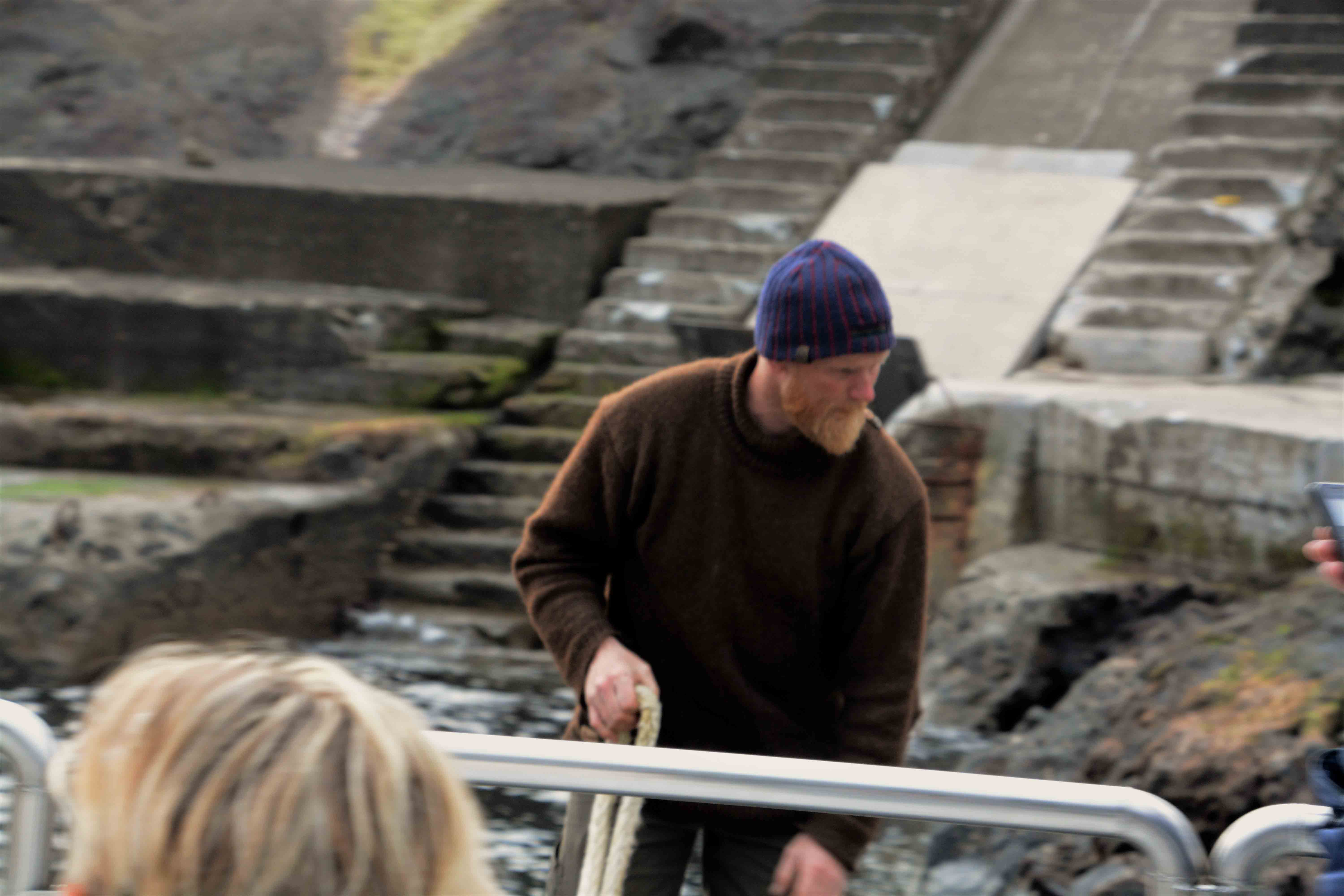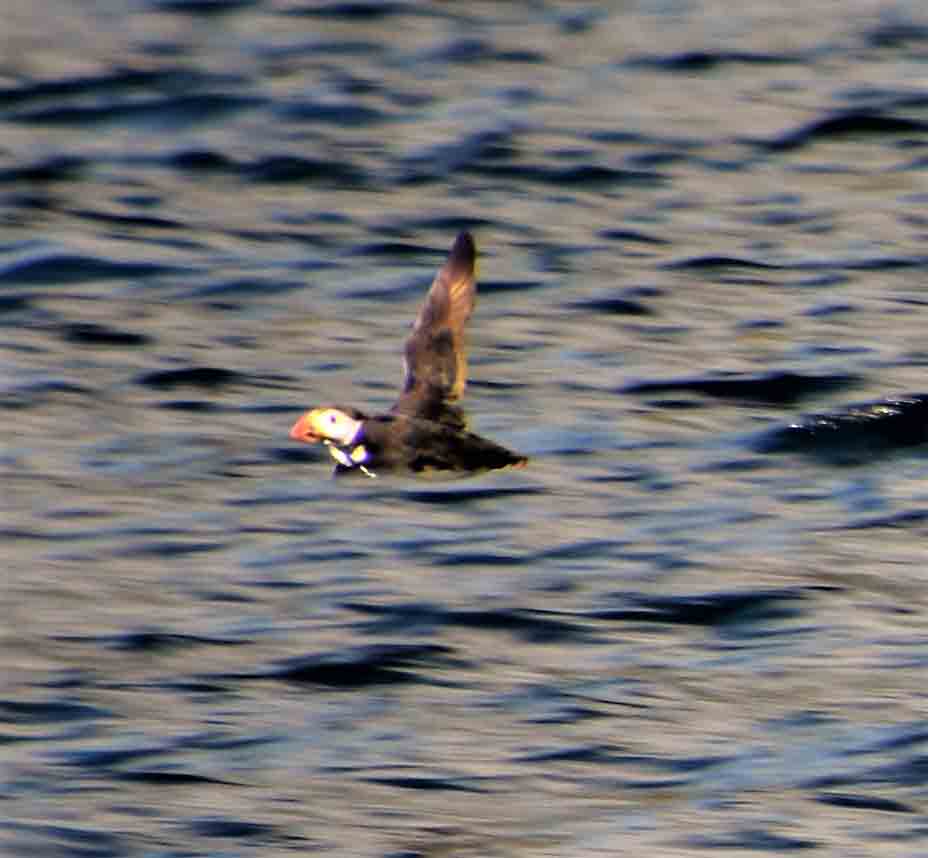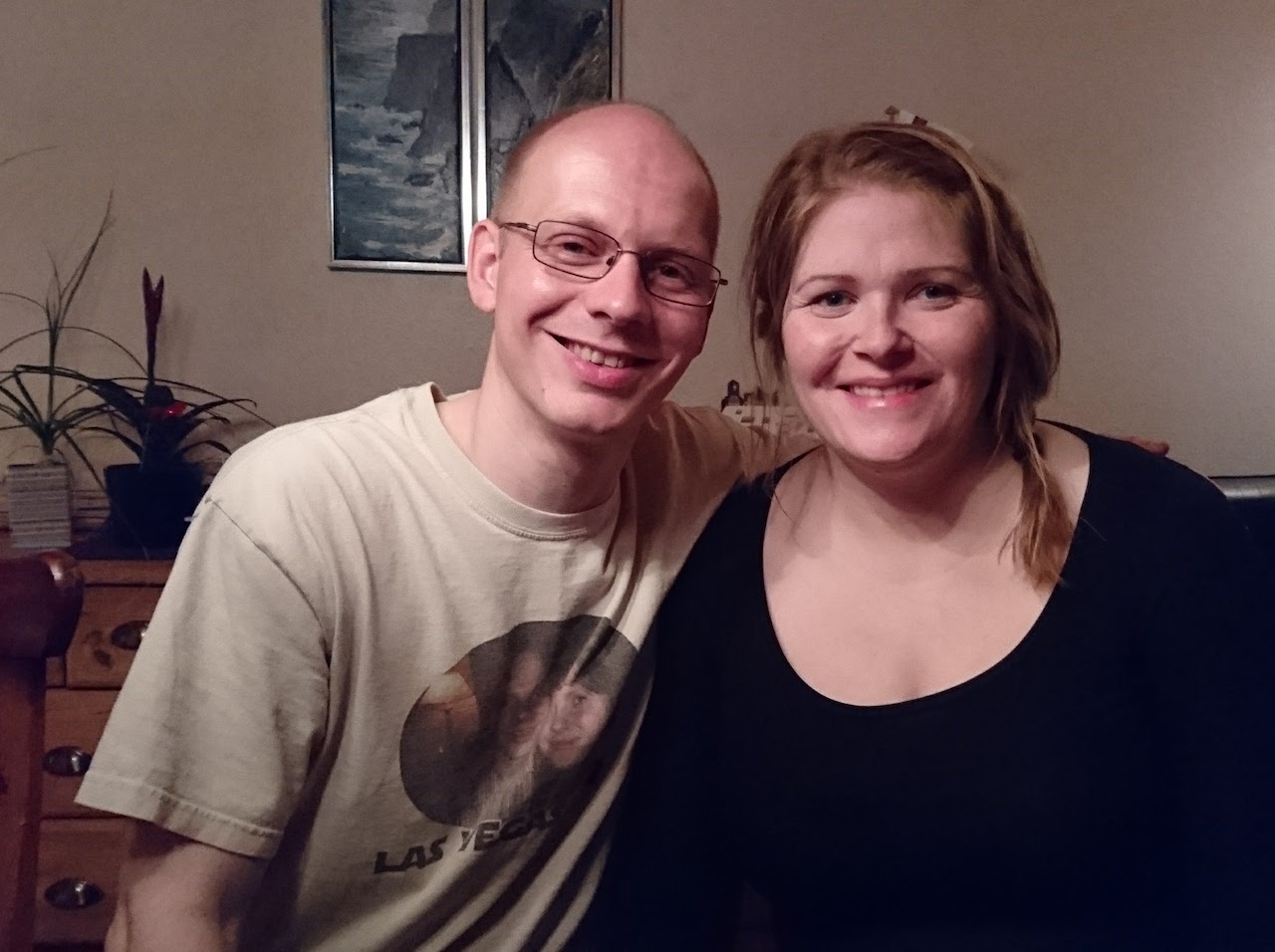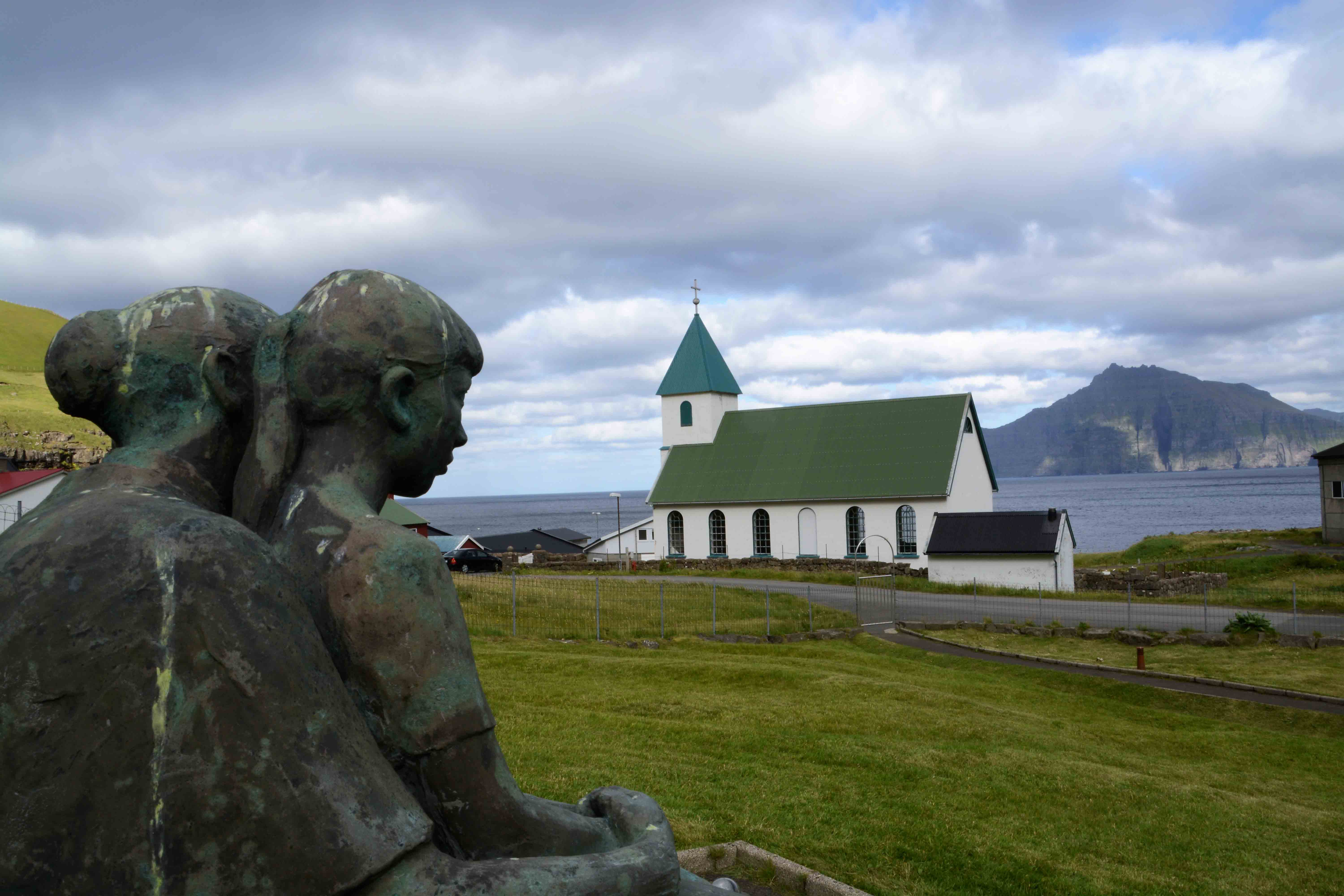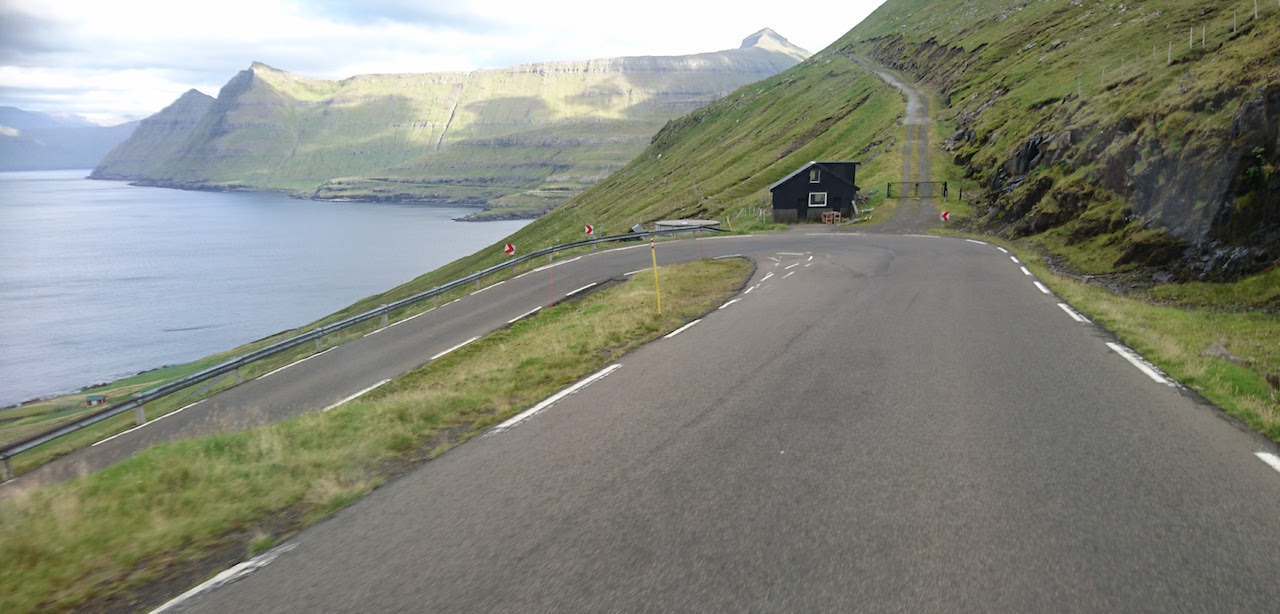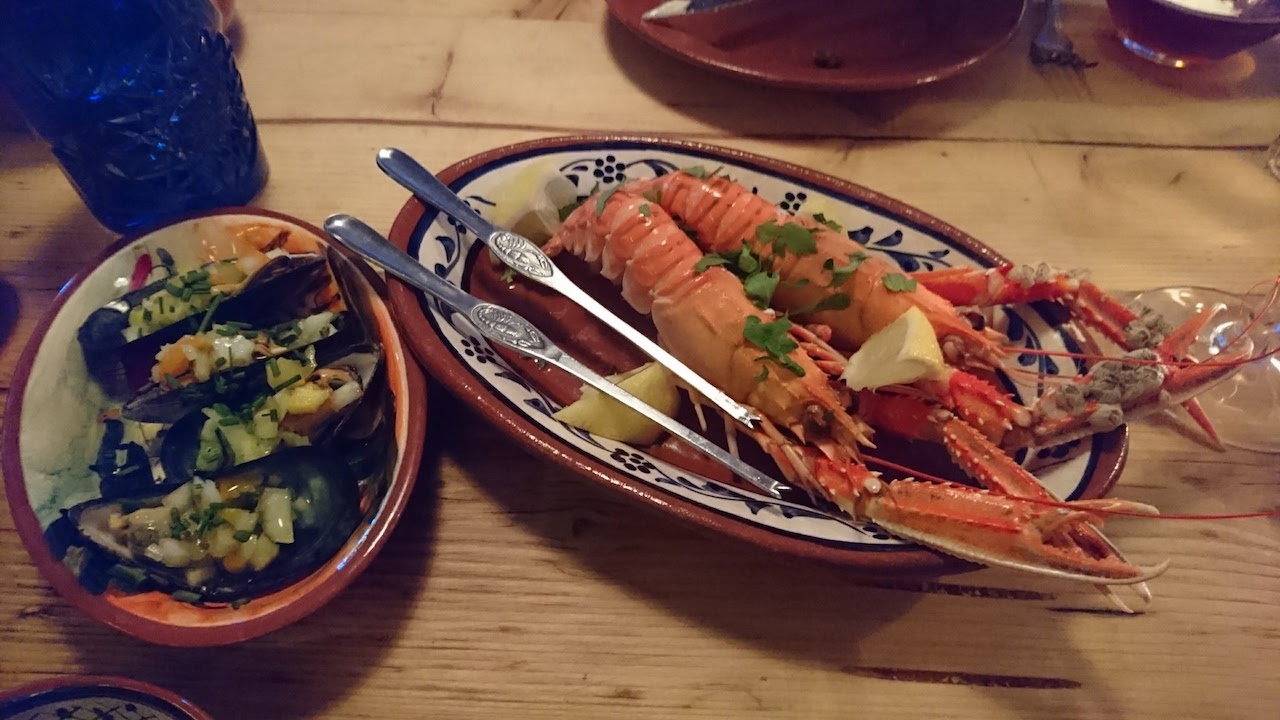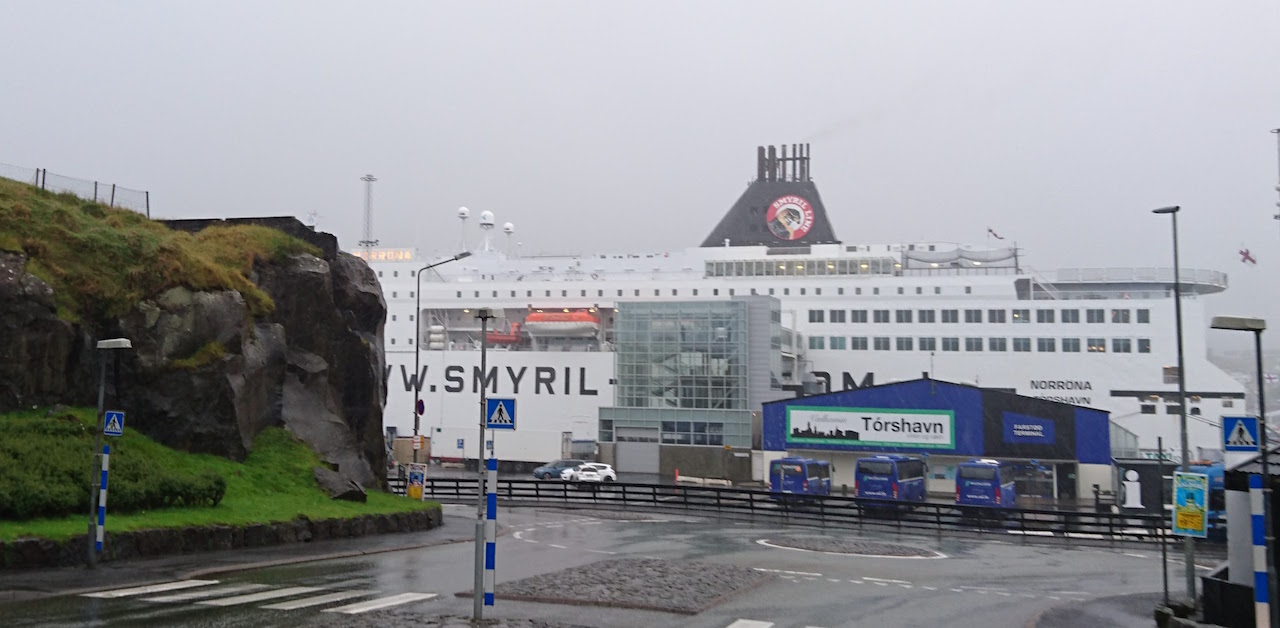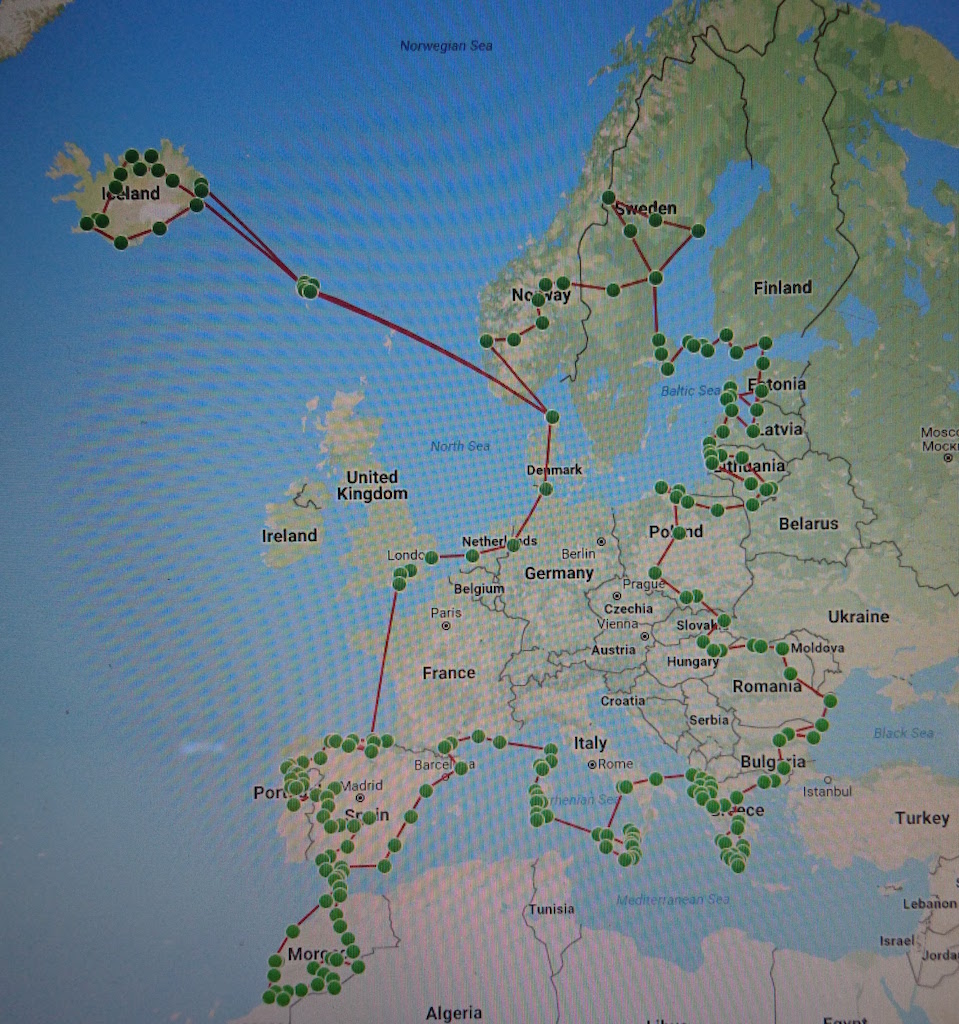
We are home. Well almost. We have just arrived off the ferry from Hook of Holland and are now parked up in Harwich about to find a greasy spoon cafe serving a full English Breakfast with a big mug of builder’s tea. So we will say our ‘goodbyes’ now as this is the final post in our blog.
We spent this week travelling from Iceland, a 1,700 mile journey including an afternoon stopover in Torshavn in the Faroes.
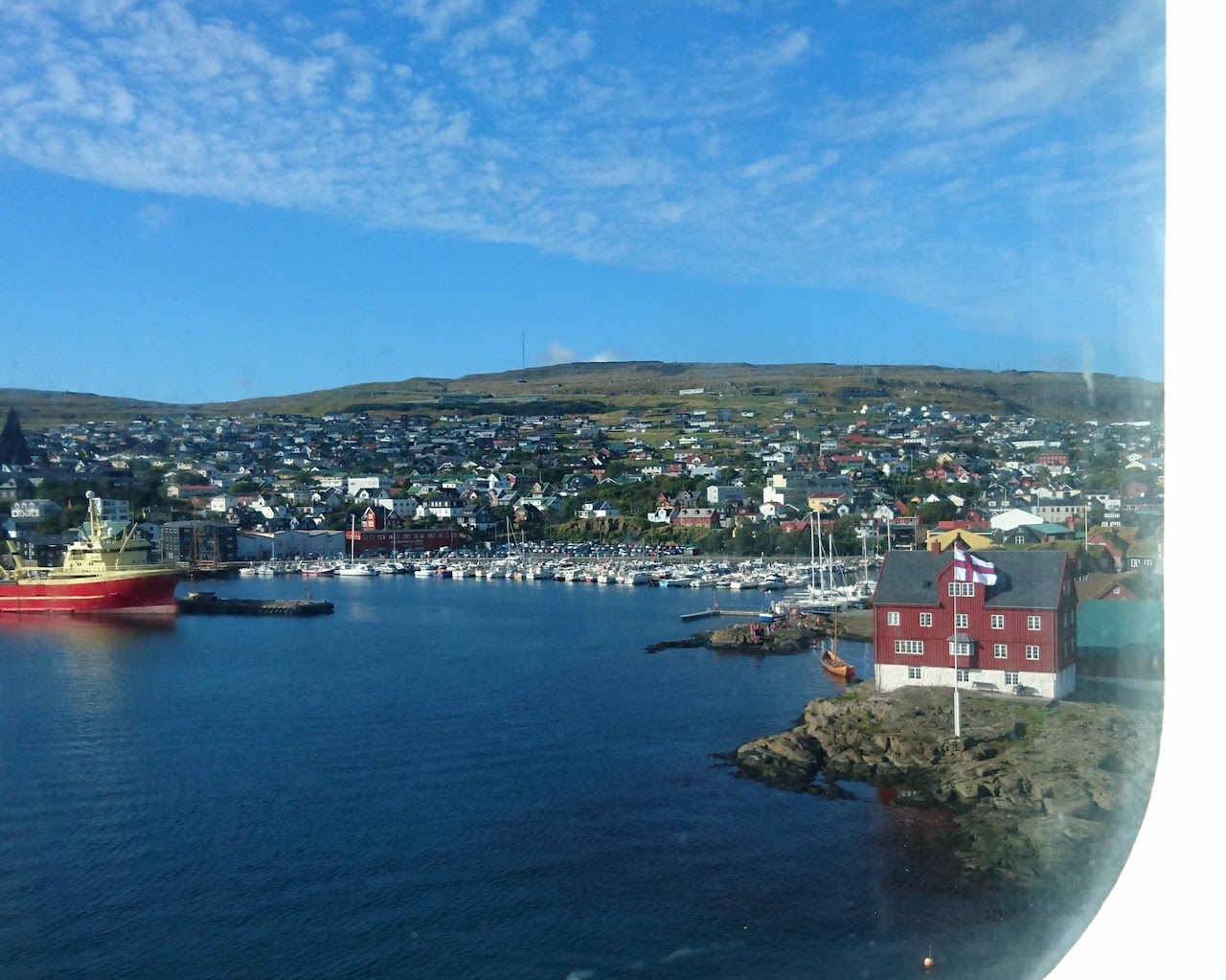
Driving the hundreds of motorway miles through Denmark and Germany has given us plenty of time to reminisce on the year’s best bits.
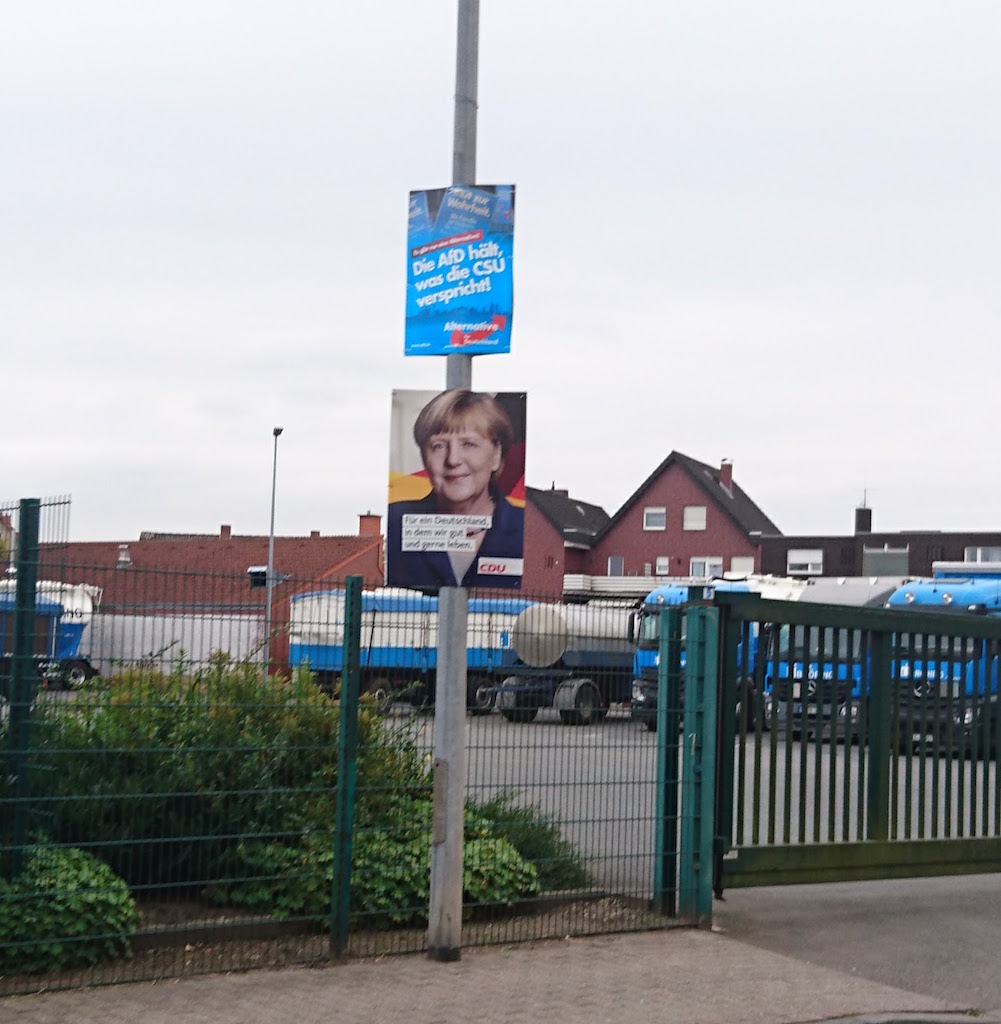
In total, we travelled more than 21,000 miles through 23 countries. Our route was always pretty flexible – go south to the Sahara and then north to Iceland. Along the way, we added some island hopping and included Corsica, Sardinia and Sicily in our journey. A good decision as it turned out.
Van troubles
Molly did very well despite her advanced years so our thanks to Karl and everybody at M& D Motors in New Malden for doing a great job getting her ready for the trip.
We did have a few issues though. We cured an early overheating problem by replacing the pressure cap on the coolant tank from our box of spare parts. The faulty thermostatic fan switch was replaced with a new one courtesy of a courier delivery from Just Kampers in Hampshire to the campsite we were staying at in Porto. Thank you Andy Evans at Just Kampers for the fantastic service and for being so helpful.
One of the side windows blew off on the road from Delphi in Greece but a Lidl bag-for-life secured with duct tape has served as a perfectly adequate replacement till we get home.
And the duct tape came in use again…
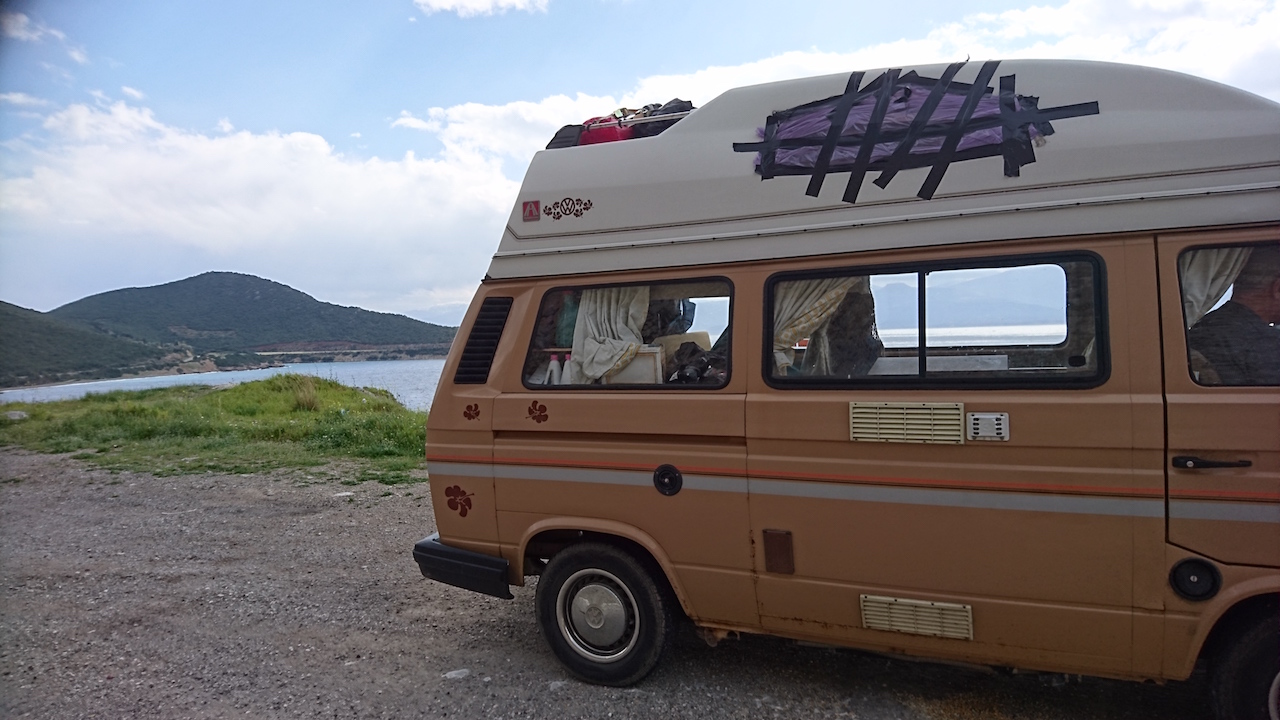
… to hold the bumper together after it split on impact with a tree in Penedes Geres National Park in Portugal.
Vasil, the mechanic we found in Durres on the first day we arrived in Albania from Italy, plugged the hole in the coolant pipe which was probably caused by the bumpy crossing from Bari. And the scary brake failure on the road to Varna which followed a van service in Bulgaria was mercifully fixed quite quickly on a return visit to the garage.
Inside the van, we’ve managed to live without toast since the gas grill packed up a few months in to the trip though we did miss having a working gas heater especially when staying on the campsites without electric hook up in Iceland.
Thanks for the memories….
Thinking back over what we’ve seen and done in the last 12 months, some images come to mind straightaway, like surfing the Saharan sand dunes at Erg Chebbi in a 4 x 4 when we were in Morocco, kayaking through Riga’s canals at midnight or standing on a Helsinki street with nothing but a towel and a beer can cooling down mid-sauna at the Koltijarnan.
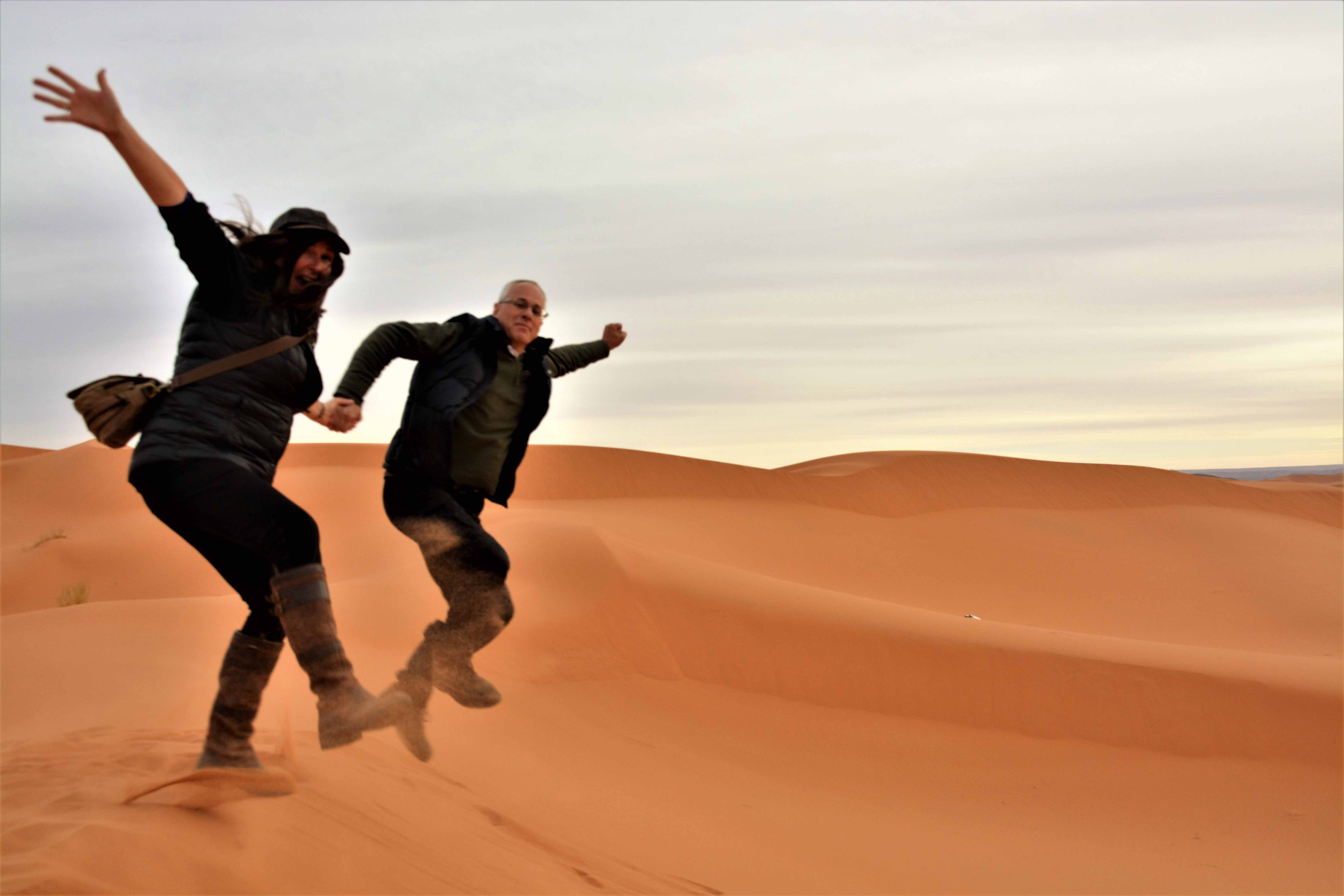
There’s the evening we spent up at the sheep station near Breb in Romania’s Maramures..
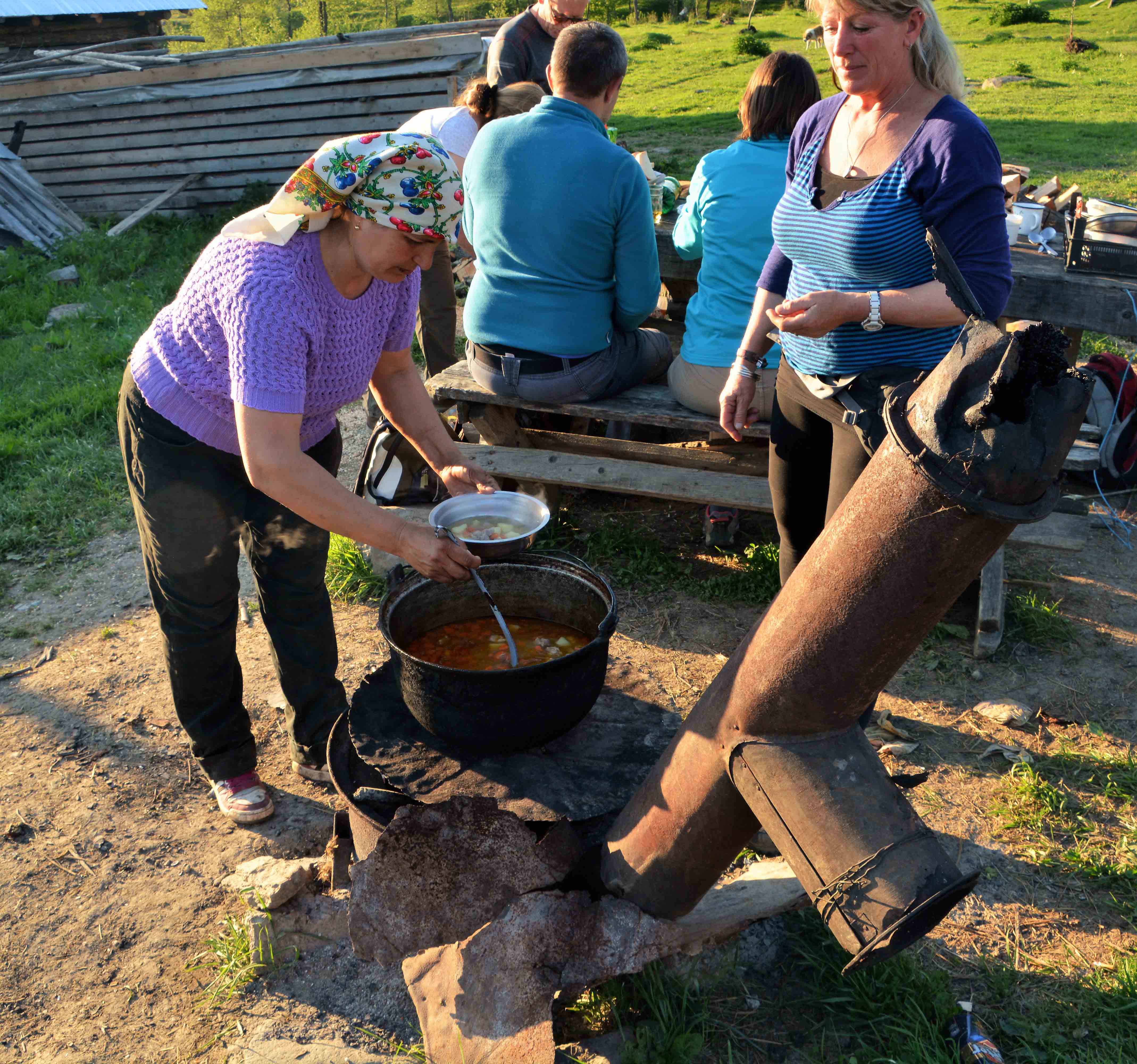
..or the astonishing piles of driftwood we picked our way through on Alexia beach in Corsica.
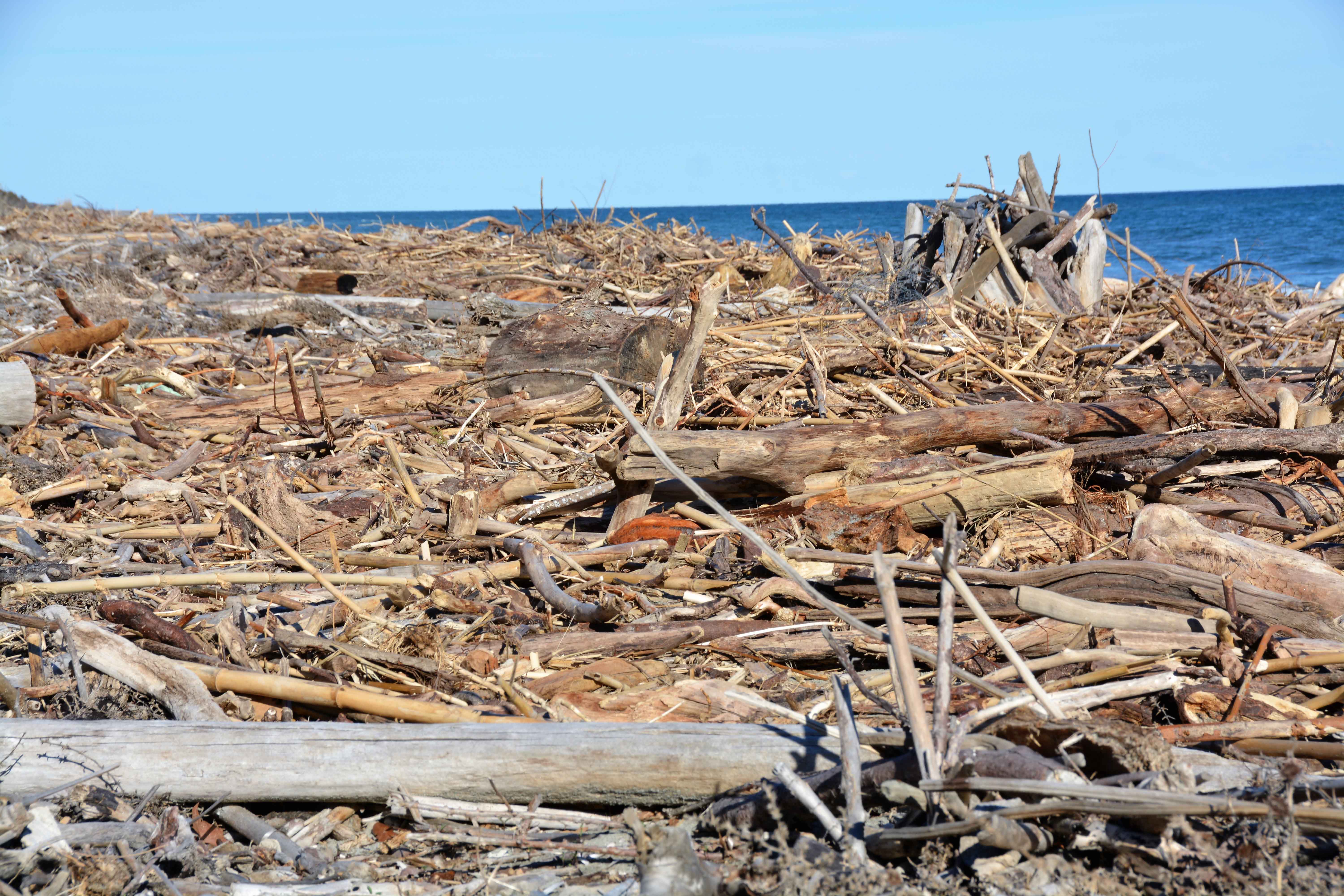
We were childishly thrilled to leave Sweden following a herd of reindeer…
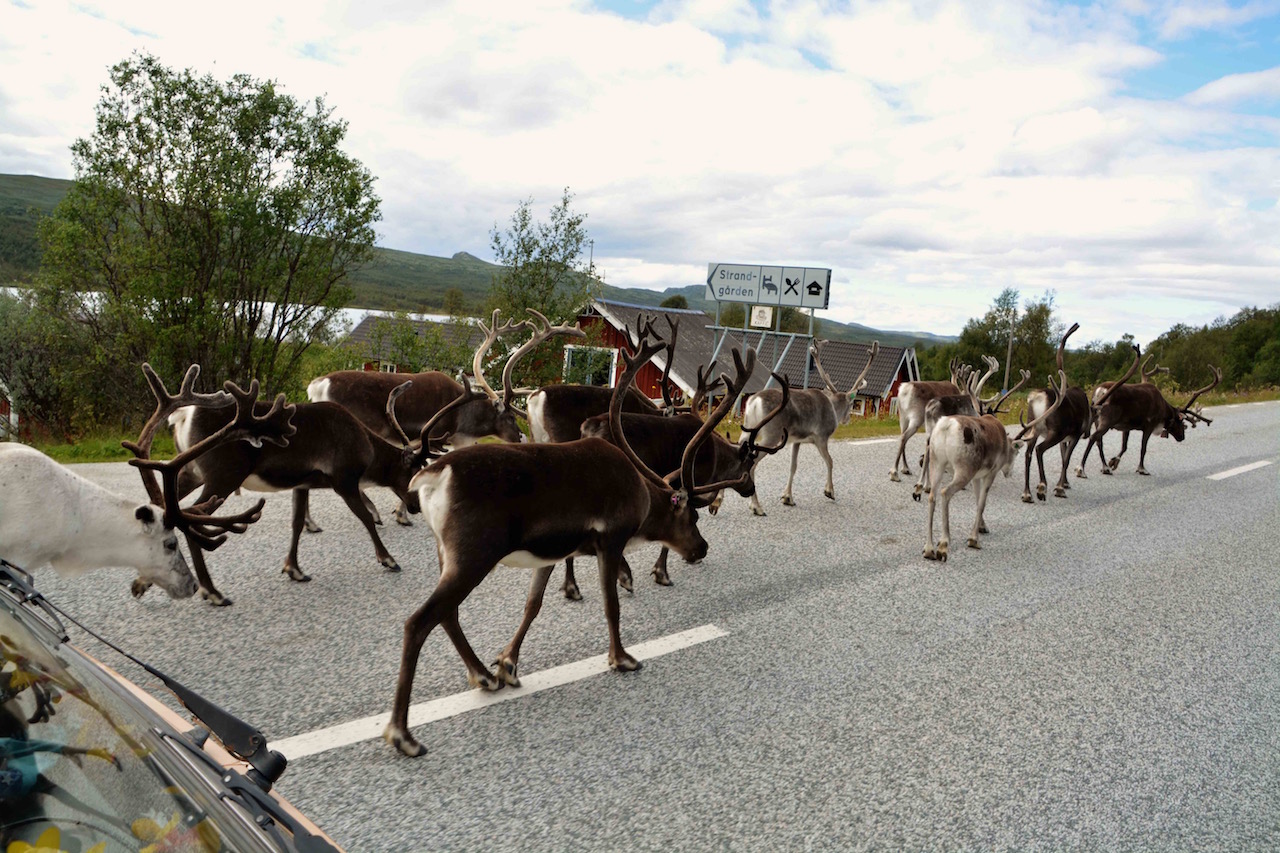
..and genuinely startled at the scenes around us when we came across a Roma shanty town when driving through Slovakia on our way to Poland. Then there was the incongruous situation of being among other motorhomers overnighting by the hot springs river in Thermopylae in Greece, just a few feet from a bankrupt hotel now providing a temporary home to refugees from Syria.
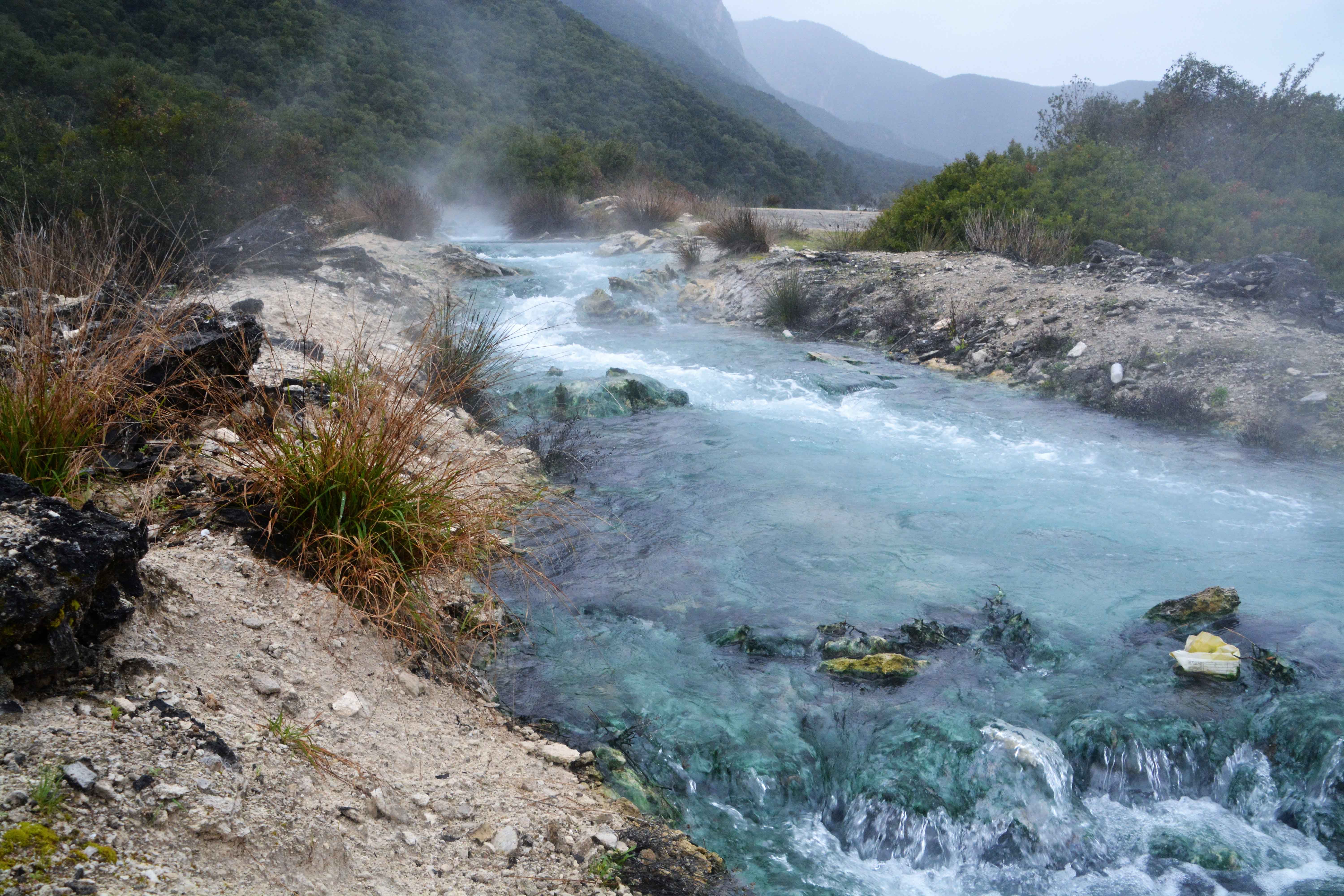
We remember how nervous we were the first night we ‘wild camped’, starting at every noise outside the van. We became more confident about it and maybe could have had more nights like that one in Bjortijan National Park. It is one of Sweden’s fabulous national parks where they generously leave out a woodpile for passing travellers to build a fire.
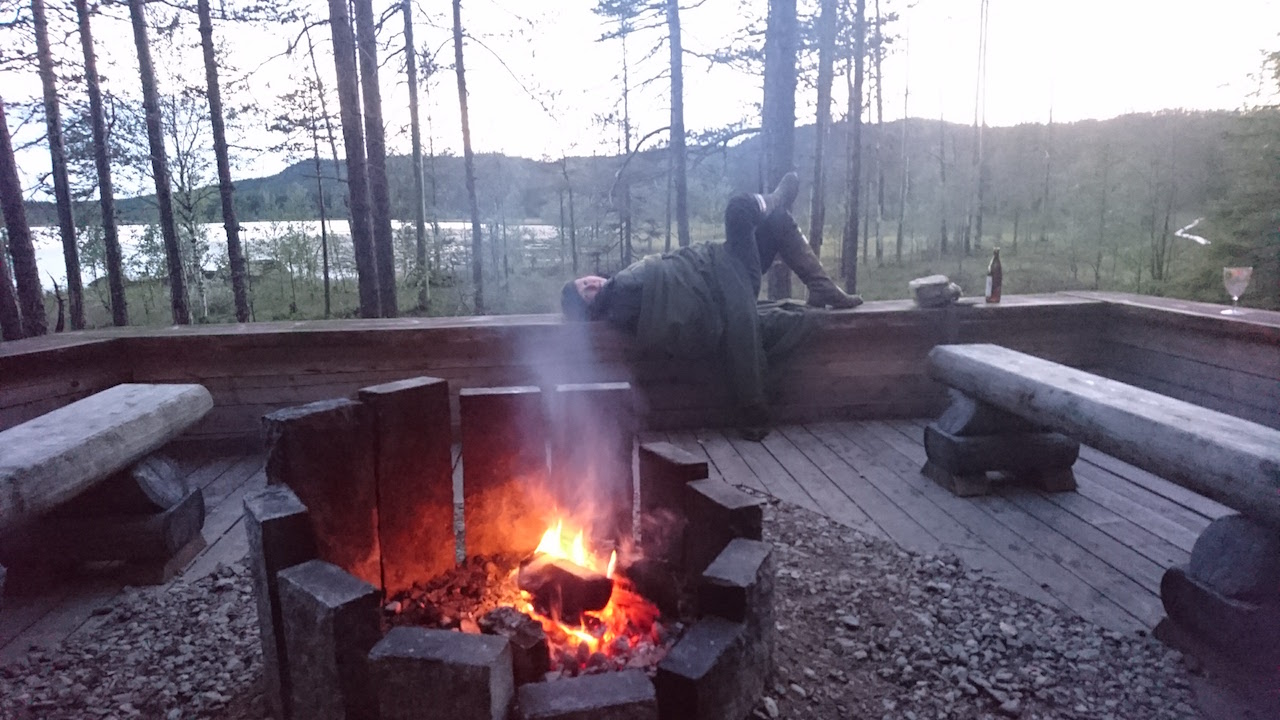
And we’ve got personal moments that stand out. For me, it’s the Bulgarian folk singing course I signed up for at ‘Wild Thyme Farm’ in Palamarsta in Bulgaria. I may have forgotten the words to the songs we learned already but not the final evening when our small class (Nicky, Steph and myself) performed for the ladies of the village choir and they, in turn, performed for us. That was pretty special.

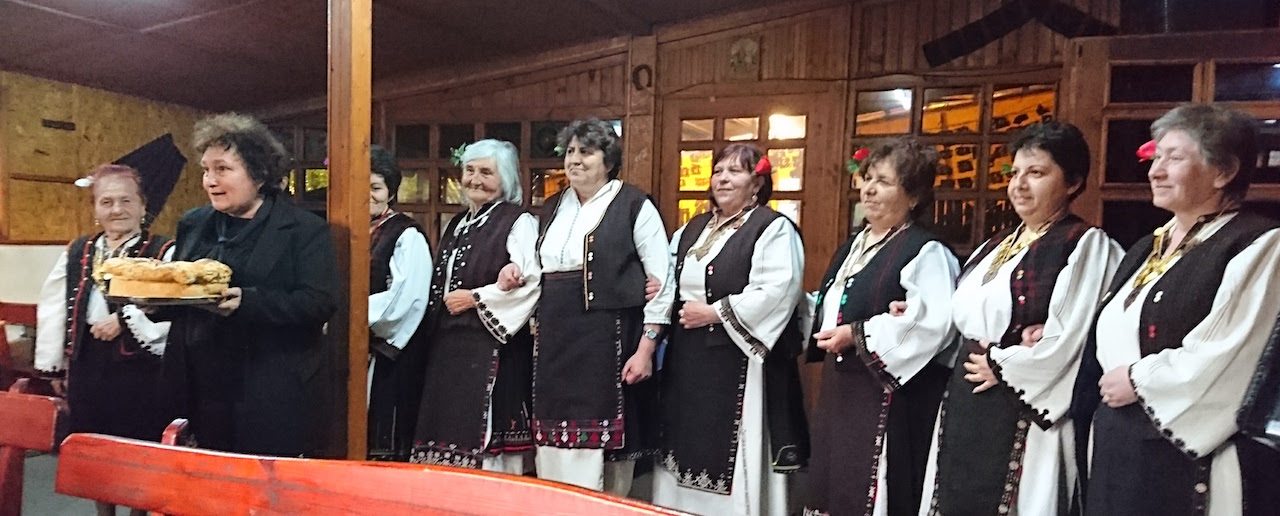
And while I was busy with that, Stuart has happy memories of his day out foraging with Stefan in the forests around Palamartsa.
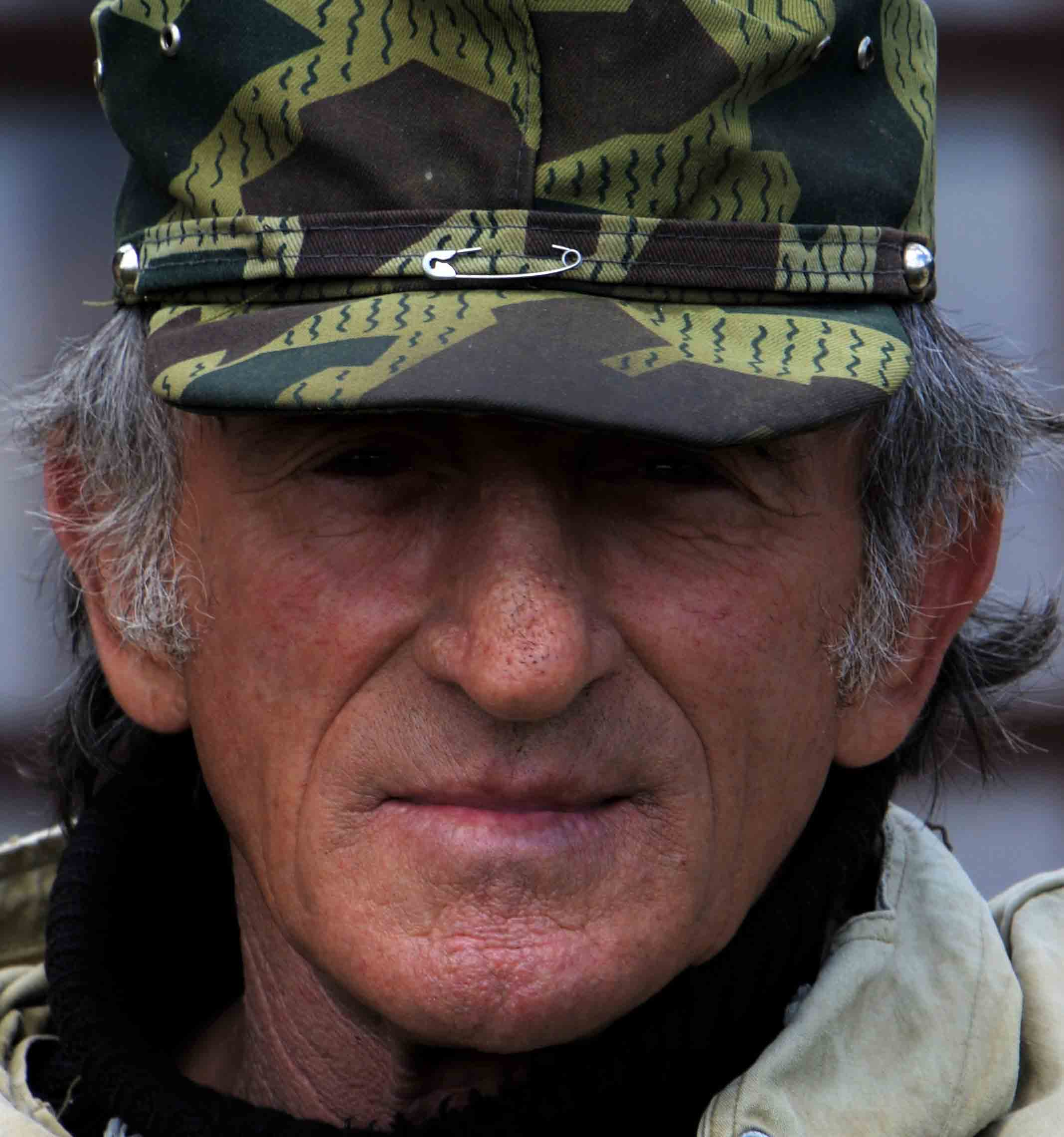
No fishing today.
Stuart’s plan to fish in every country didn’t work out. The admin in arranging a licence was too complicated. Or it was the wrong season or it was just because we didn’t have the luxury of time to spend sitting for hours on a riverbank. But he did manage to catch some pike when trying out bellyboat fishing in Extremadura…
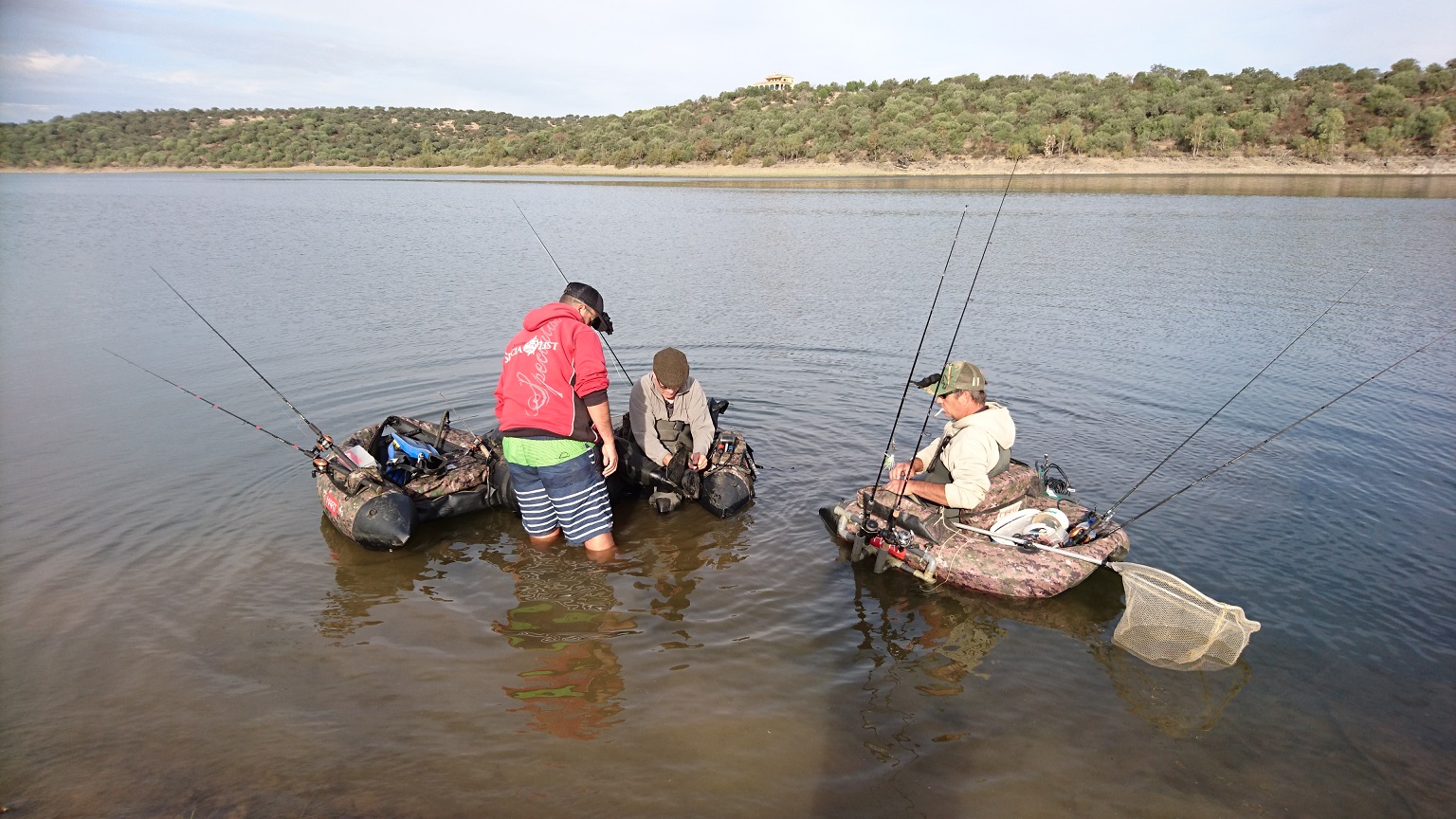
…and he caught a grayling in Norway and a haddock in Hauganes off the side of an Icelandic whale watching boat.
Special Countries
And of all those visited, the countries that will stand out as special are Morocco, Albania, the Faroes and Iceland. The six weeks we spent in Morocco were so full on. We revelled in the vibrancy and colour of it all …..
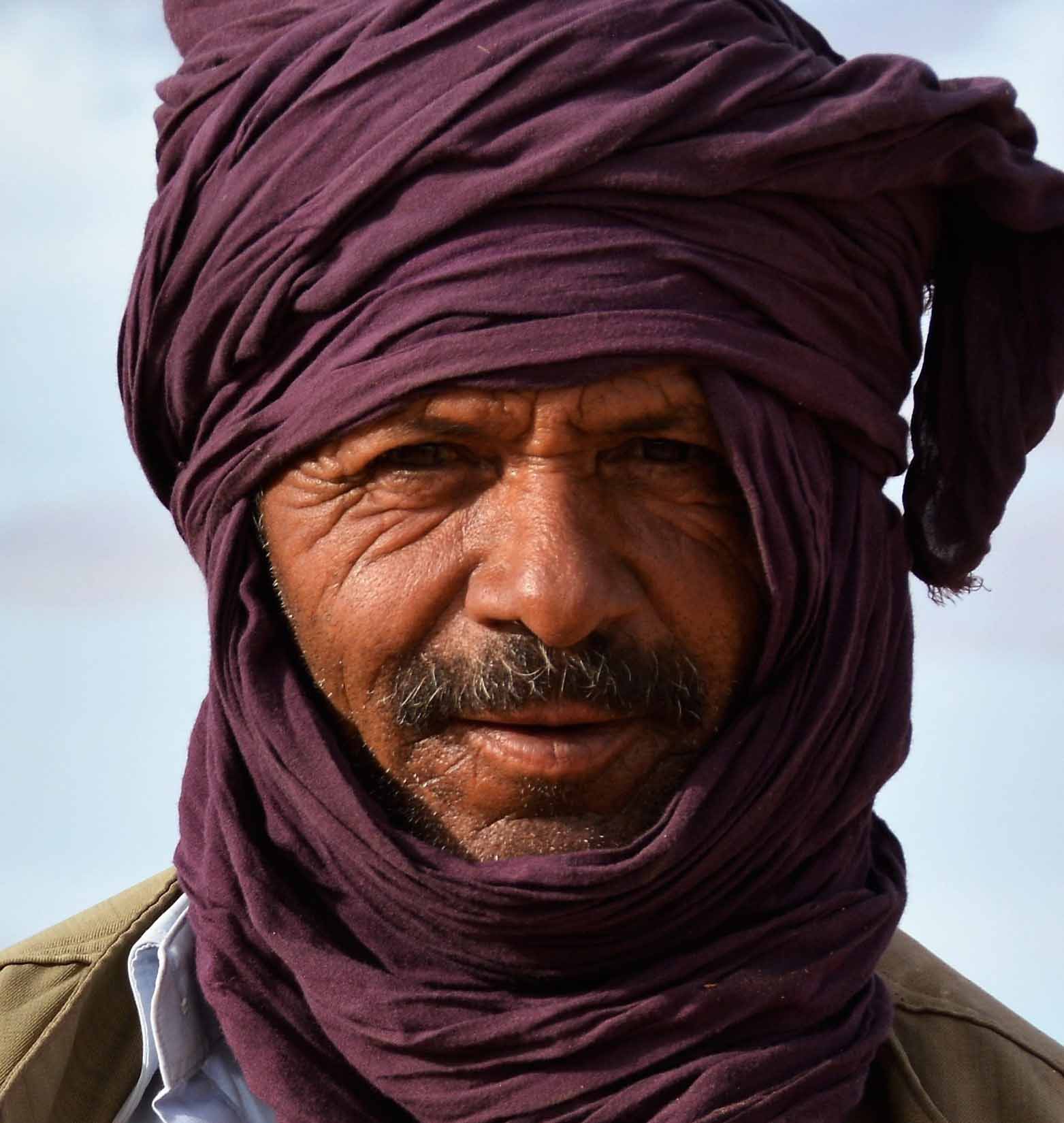
…and found the people to be warm and friendly.
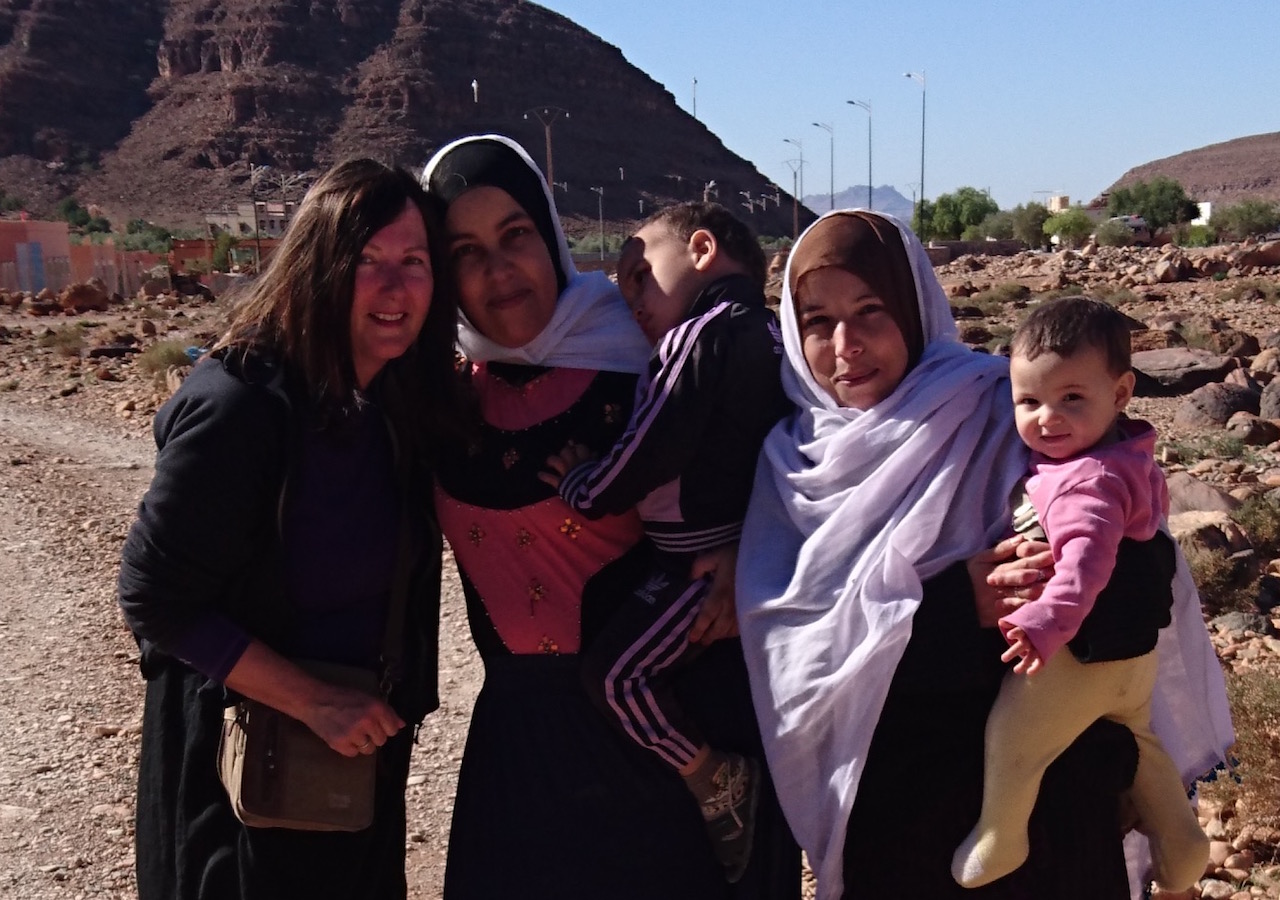
A special shout out to Hicham here. He gave Stuart the chance to say he’s fly fished in the Sahara. He was our guide around Marrakesh and he treated us to a delicious home cooked cous cous.

In Albania, Danny (who we know from London) was a star. He put us in touch with Ani in Durres and Dorina in Tirana. And Dorina in turn introduced us to Miri and Elma in Korce. They were all too young to remember how brutal life was under Enver Hoxha but meeting them and hearing about life in Albania today made our trip to their country extra special.
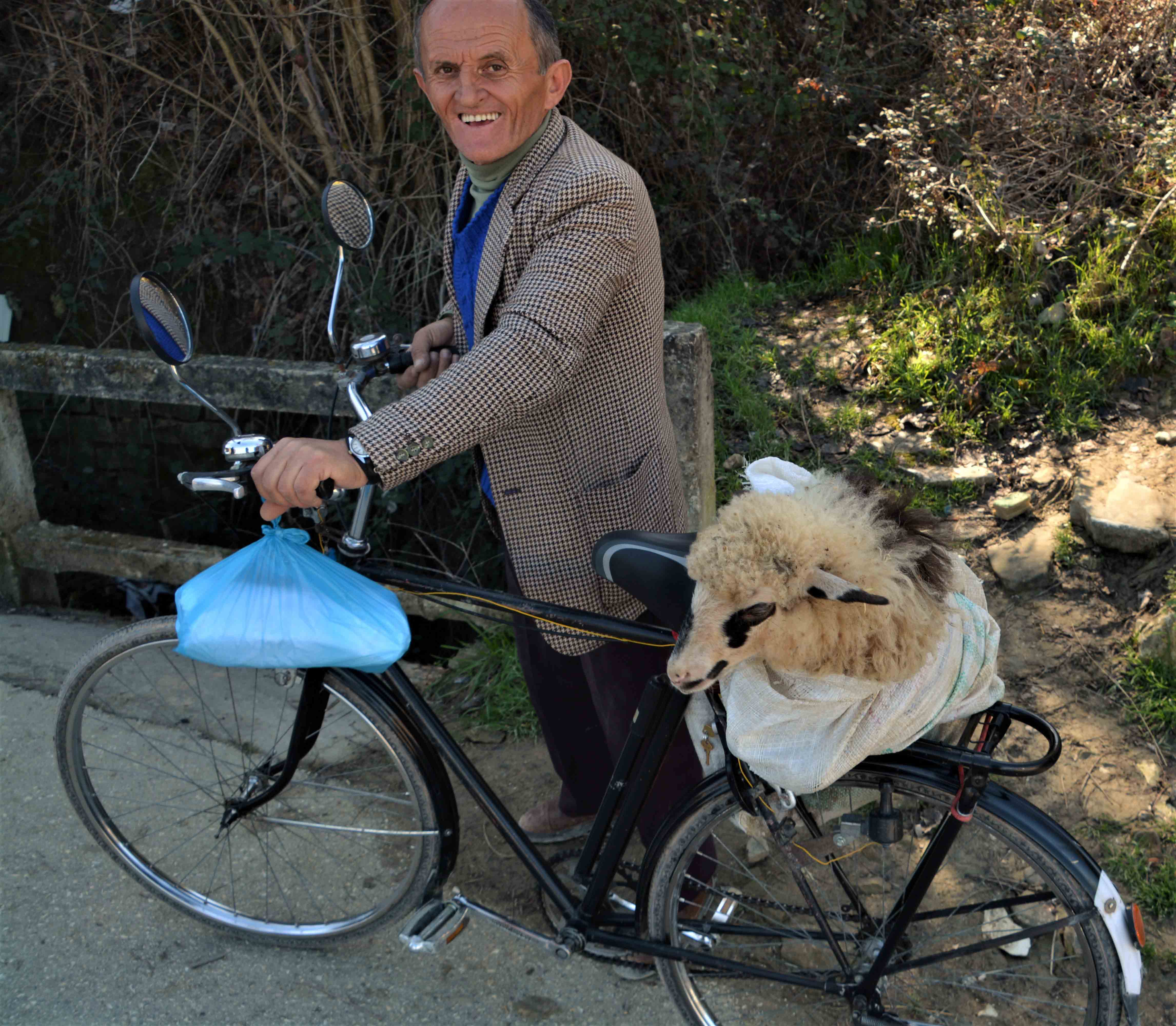
As for the Faroes, those tiny dots in the middle of the North Atlantic just seemed so, so remote it was a kick just to actually be there. Everything else like the spectacular scenery was a bonus.
And finally there’s Iceland. No matter that we’d seen the photos of geysers, lava fields, steaming mud pools…, it was incredible to see such wild nature up close.
We thought some cities and towns were really special…..
…like Riga with its streets of lavish art nouveau architecture …

..and the atmospheric feel of Naples.

Narrowing down our choice of splendid Spanish cities is a challenge. Let’s go for Seville and Salamanca at the top of a list which will also include San Sebastian and Cadiz. Then there is Krakow and Wroclaw in Poland and the baroque towns of Ragusa, Modica and Nota in Sicily or the strangely fascinating Fascist New Towns in Sardinia.
We saw so many wonderful buildings like Gaudi’s El Caprichio in Comillas…
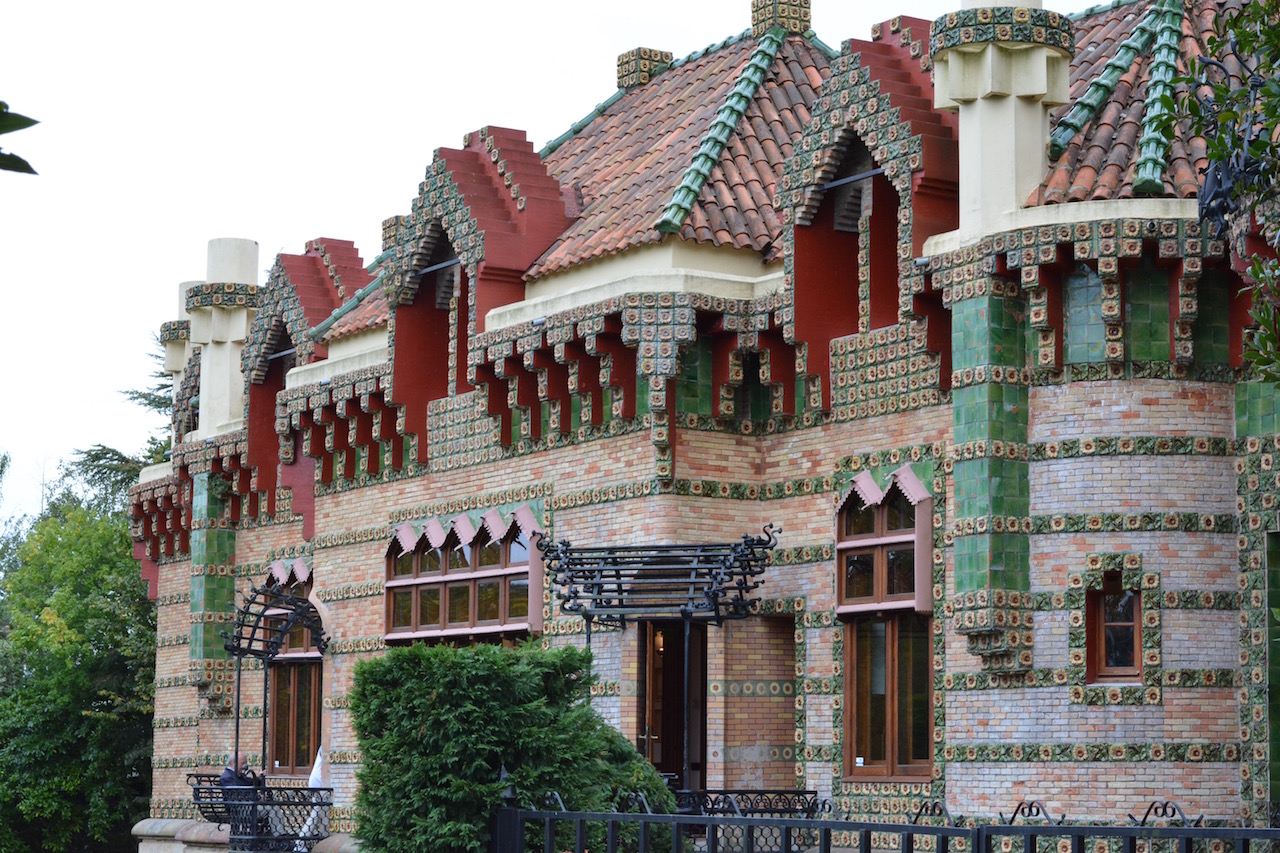
…and the Mesquita in Cordoba to name just two.
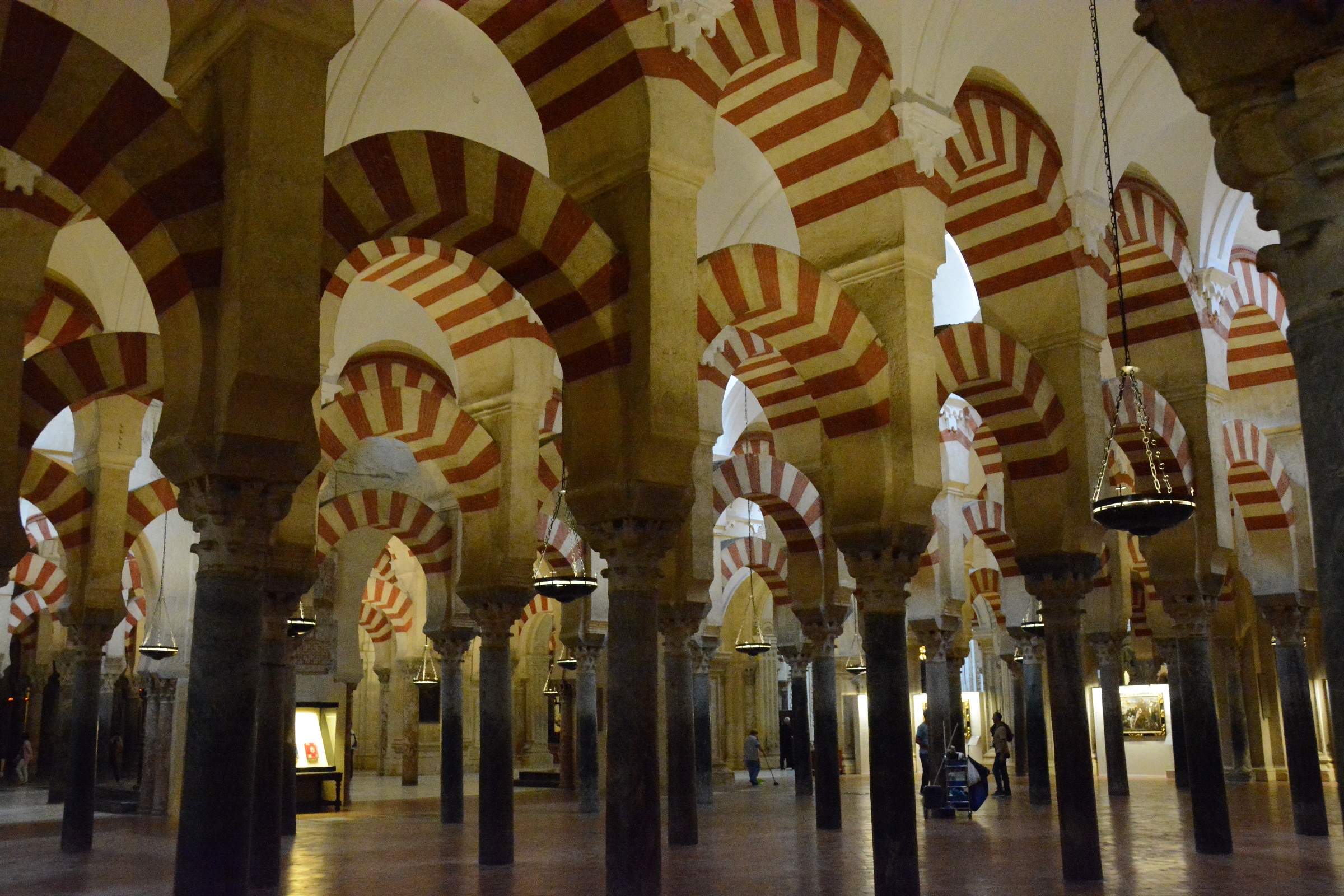
We listened to some live music….
..at the Positivus Music Festival on a sunny weekend in Latvia and at the great First Aid Kit concert in Sundsvall in Sweden. It was a surprise to turn up in the Spanish town of Caceres and find we were just in time for three days of an Irish fleadh.
…visted some art exhibitions….
…including the Guggenheim in Bilbao, the Capodimonte in Naples and, while waiting around Palermo for our ferry to Salerno, caught the fantastic Steve McCurry photographic exhibition.
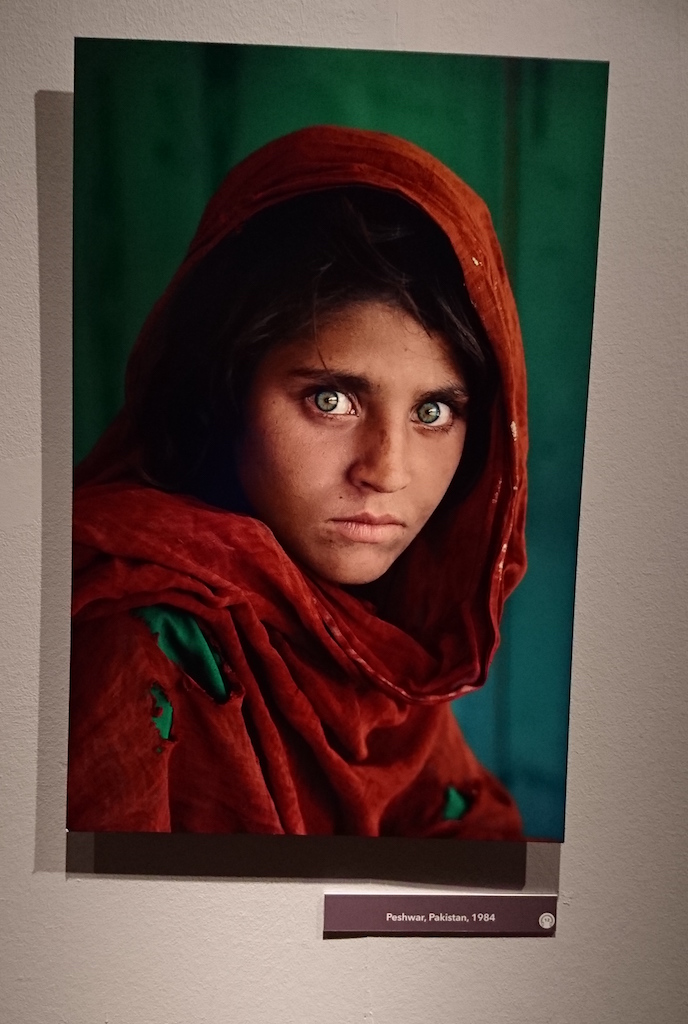
….and saw museums, loads of ‘em….
…so it might be quite a while before we can face another ethnographic museum. There were a fair number we passed through in a glassy-eyed daze trying to summon up enthusiasm for another 400 year old chipped pot but there were some that really grabbed our interest. Who knew that herrings could be so interesting? That’s the Herring Era museum in Siglufjörður in the north of Iceland. In Gdansk, the Solidarity Museum was inspiring and we enjoyed learning about the entrepreneurial Brits behind the port business in Porto.
We had some great guides….
…who helped give us a better understanding of a country or city, like George’s Socialist Realist tour of Tirana.
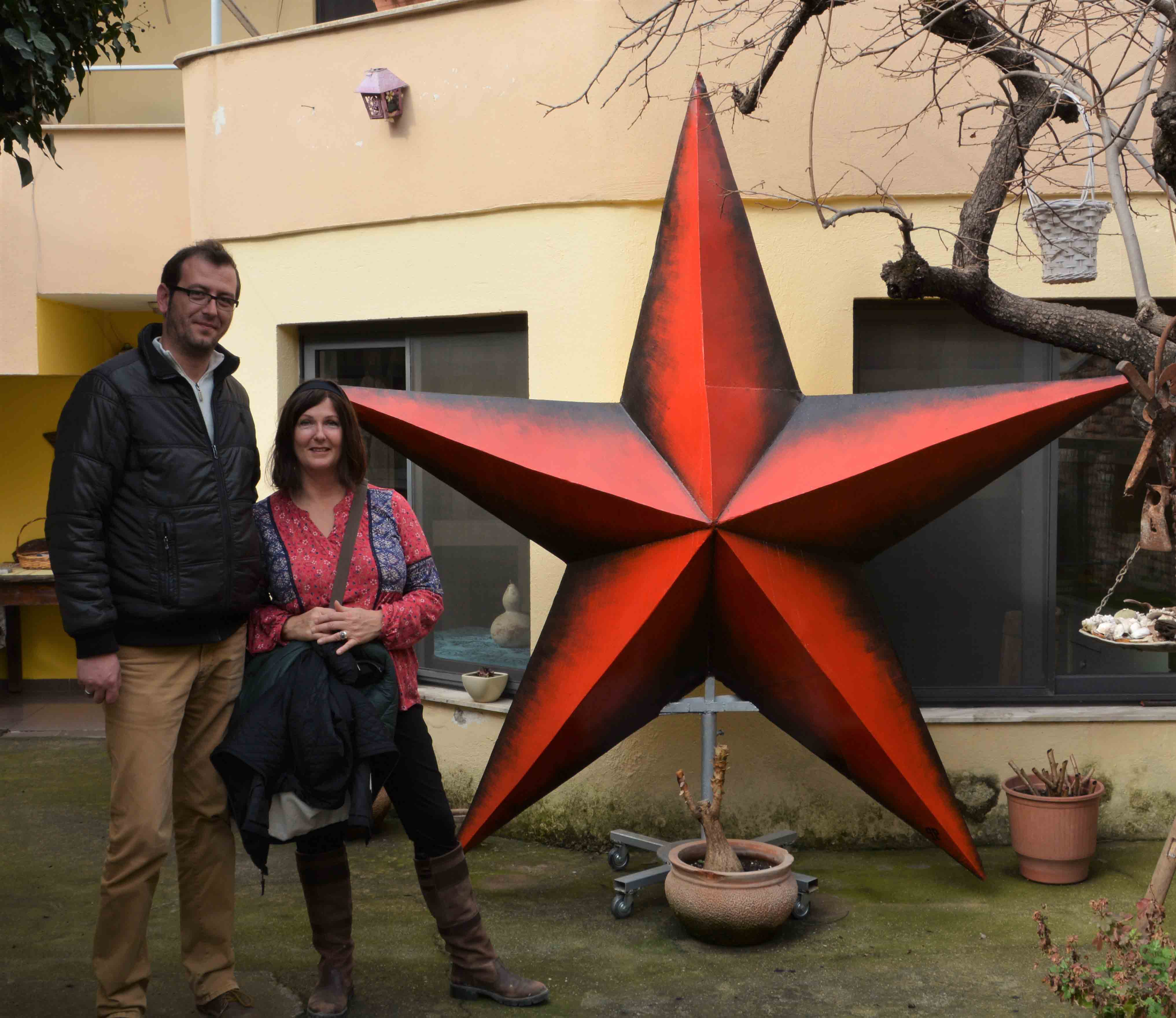
It was great fun being driven around Krakow’s proletarian paradise of Nowa Huta in a Brabant and quite magical to follow Abdullah up a steep mountain track to the agadir in Amtoudi in Morocco.
In Romania, Sorin brought the frescoes on the Painted Monasteries of Bocovina to life for us.
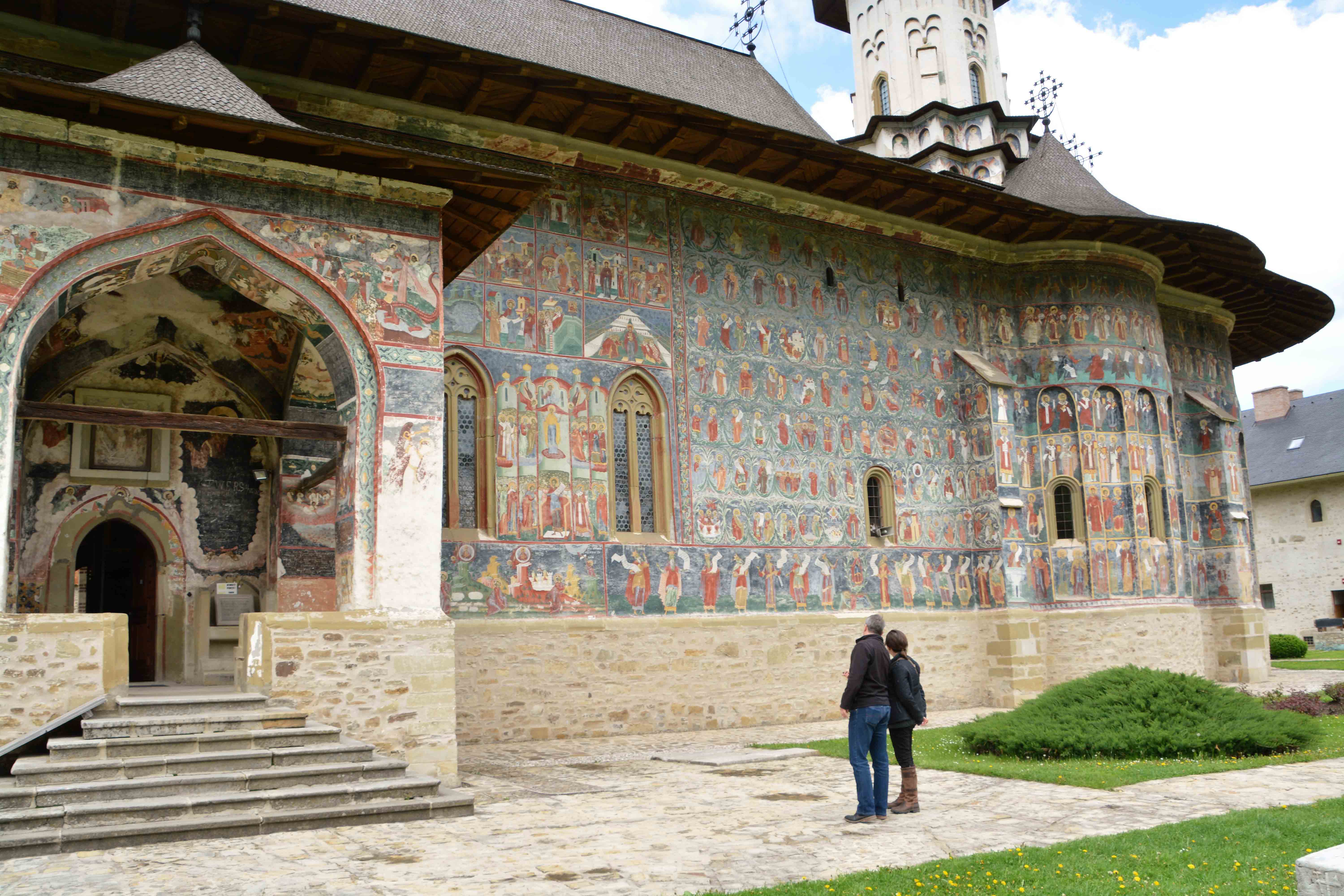
There were unexpected sights…
…like the Salt Valley of Añana in Northern Spain.

The inhalitarium in Poland crowned it though. We’d never seen anything like that before.
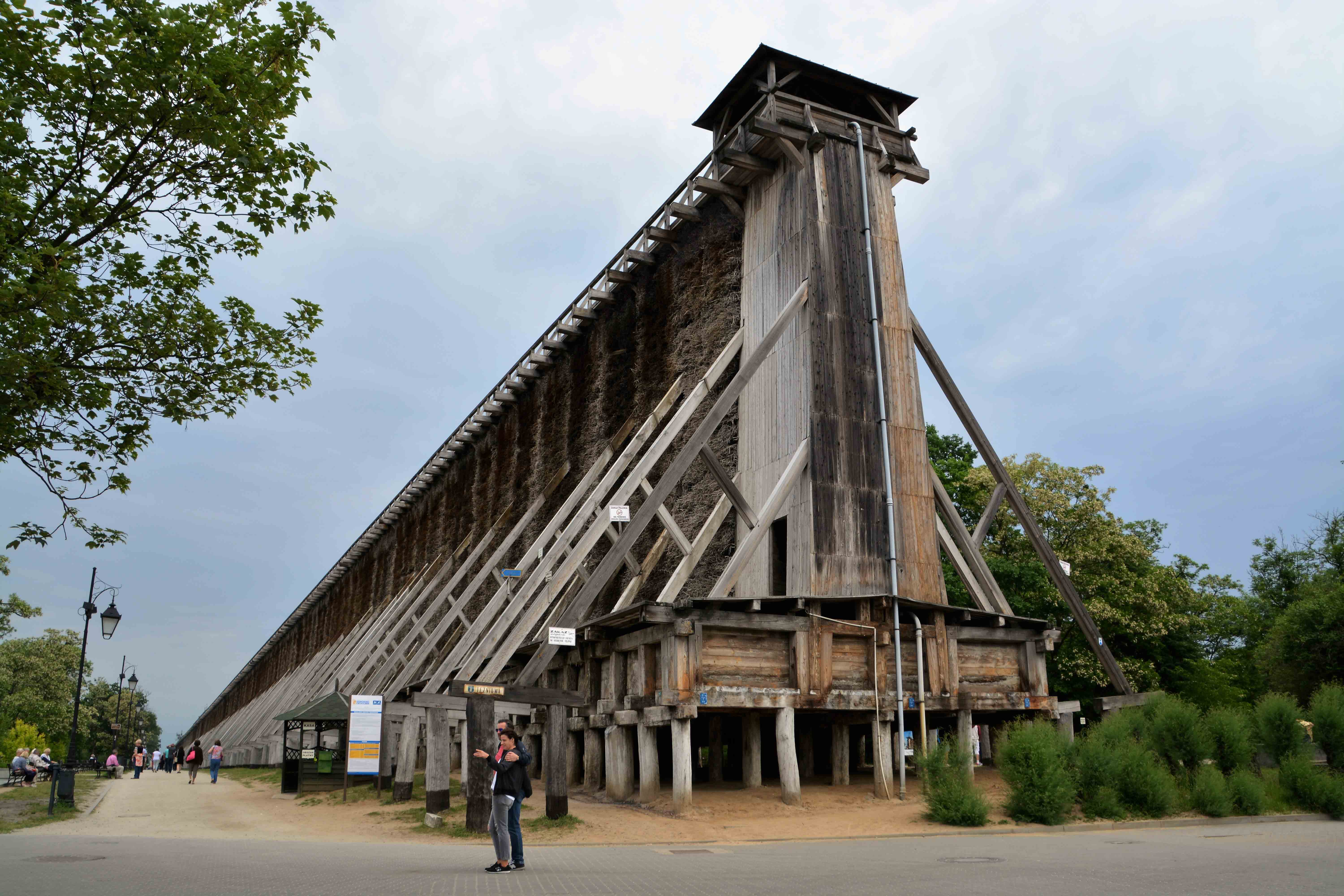
….and we had cheesey fun…
Ye haw for the cowboys of Fort Bravo in Almeria’s spaghetti western country and ‘Mamma Mia’, how good was it singing at the ABBA museum?! (Not that good – Stuart).

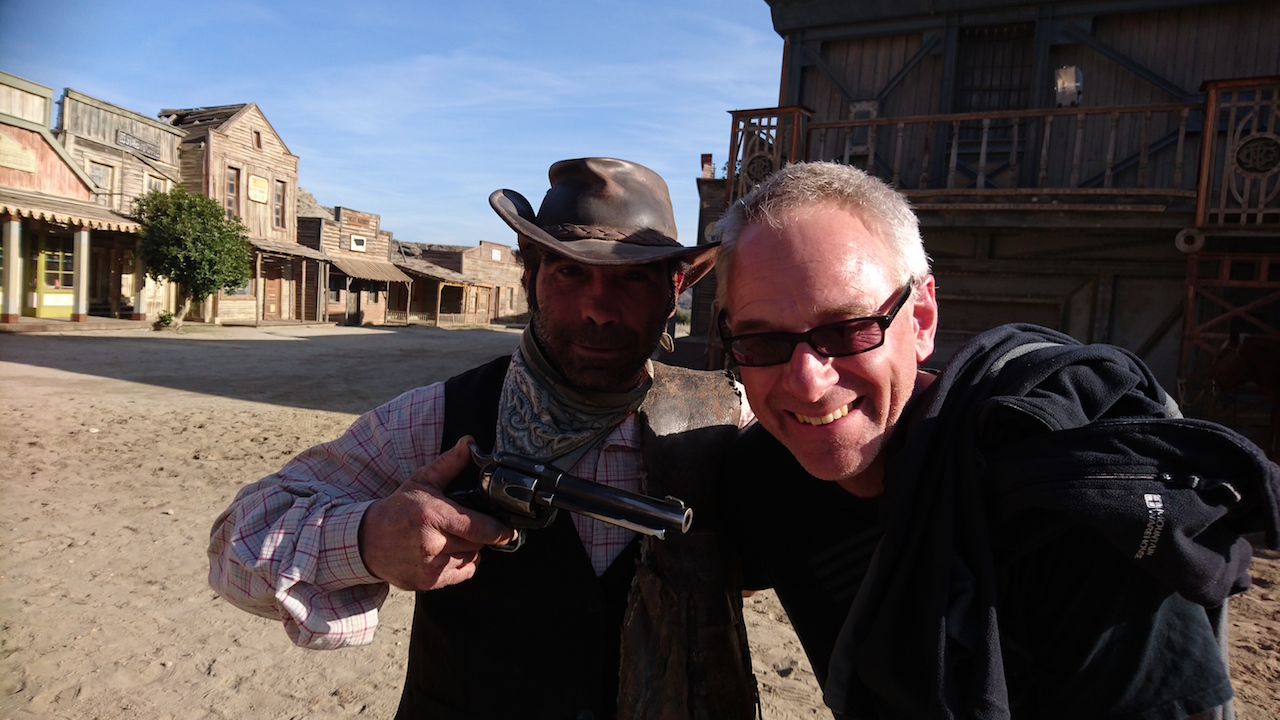
..and sometimes became worryingly stalkerish.
…like my delight at stalking wedding parties out for a photo session. We saw them everywhere but especially in Spain where my favourite bride (because of her fabulous red shoes) comes from.
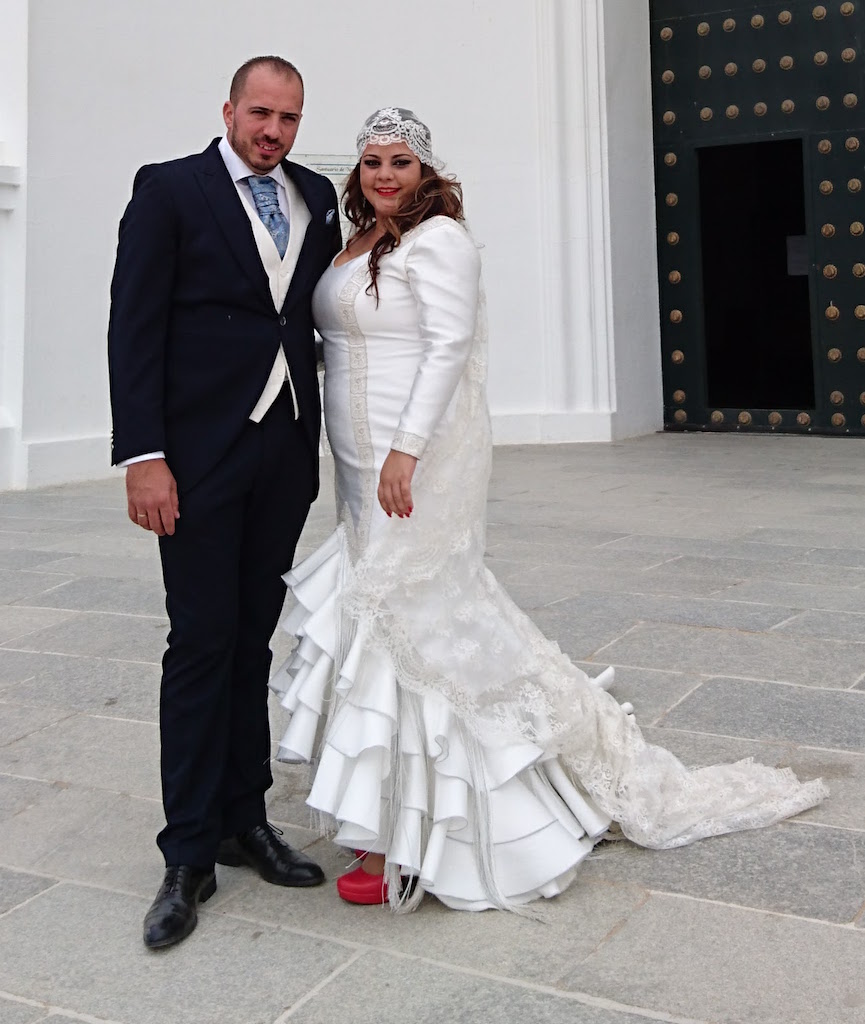
Back to nature….
We’ve watched many birds…
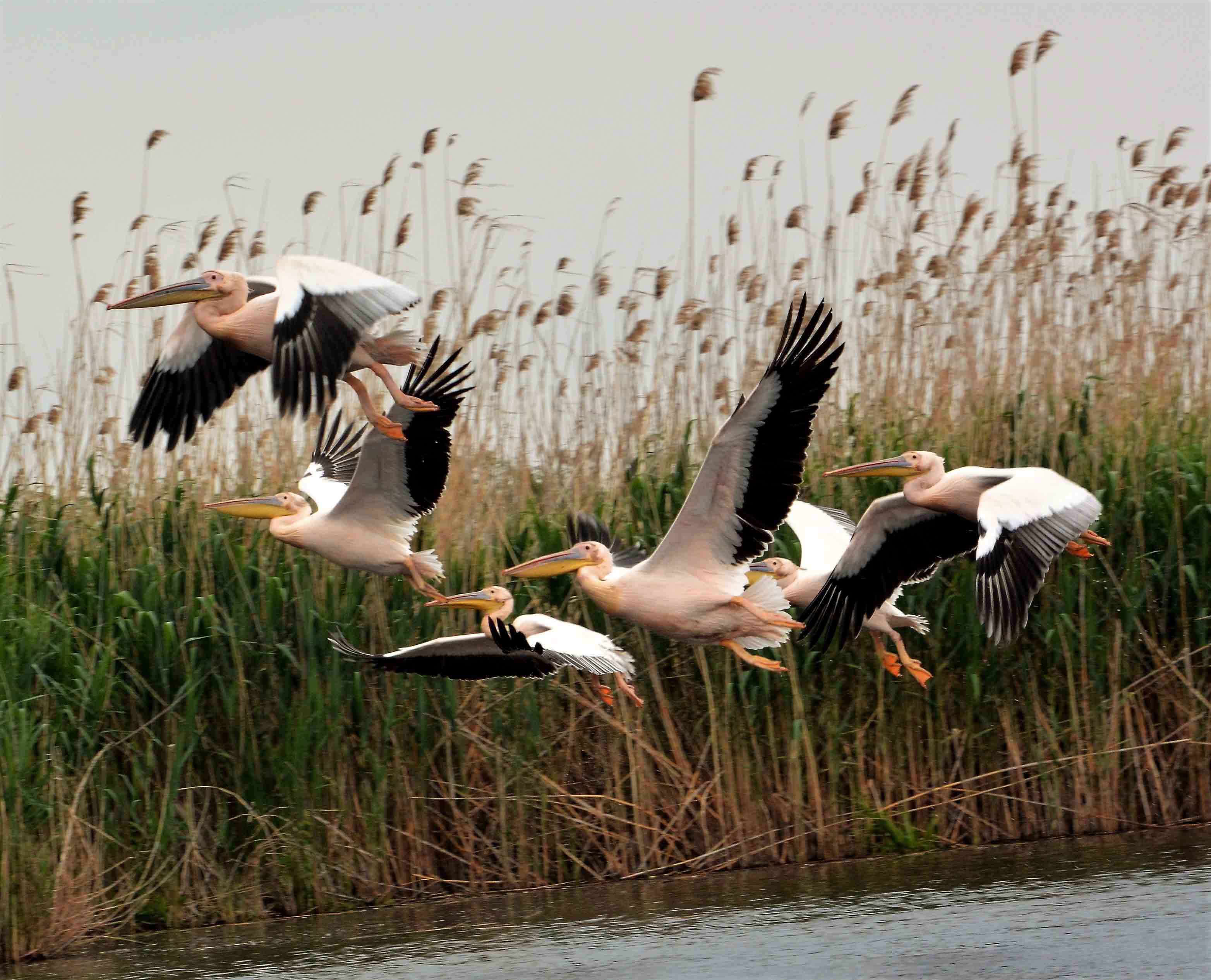
…and seen many beasts….
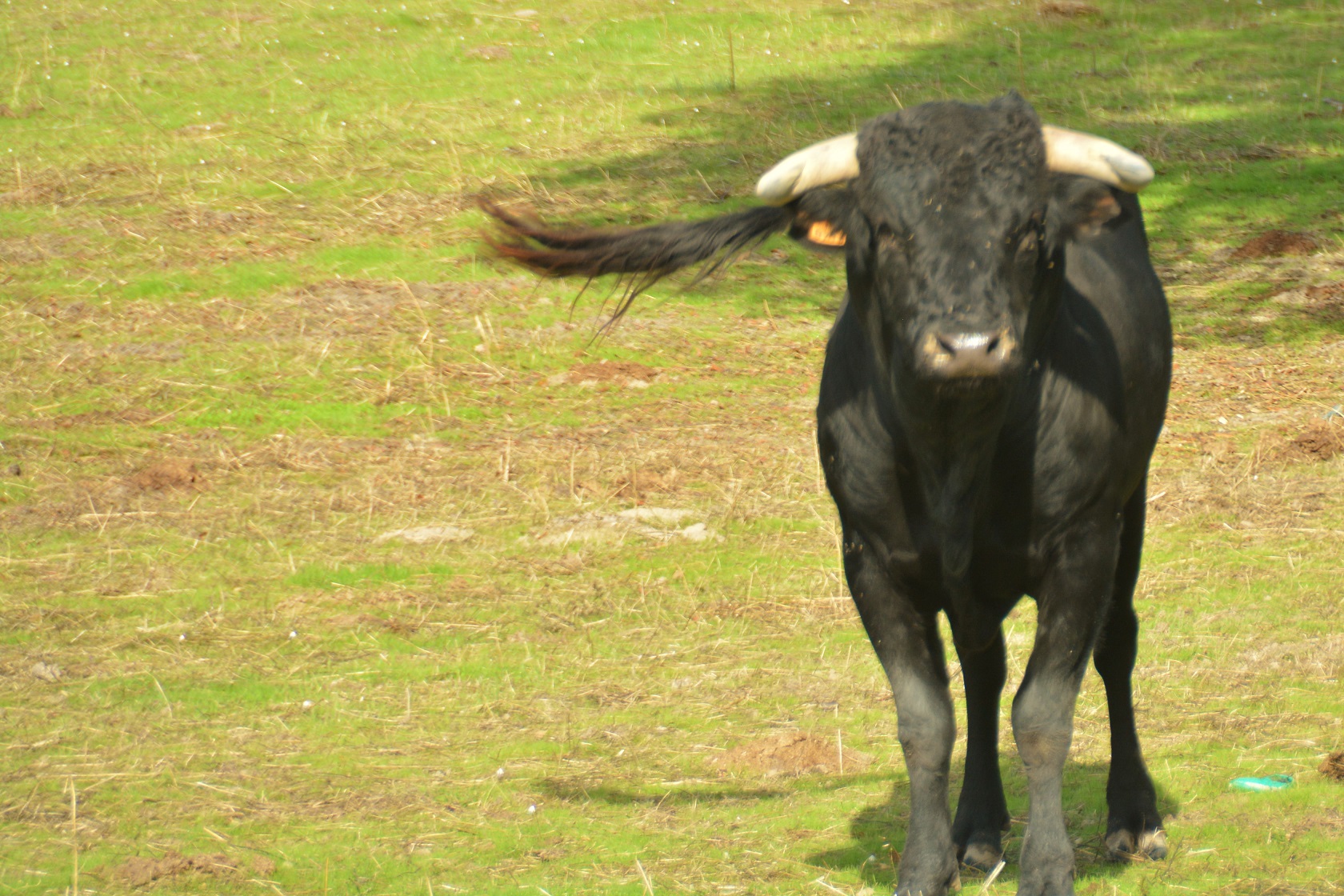
..and some wonderful – and weird – scenery.

…like the rice fields of the Ebro delta in Catalonia, the shifting Leba sand dunes on Poland’s Baltic coast and as for Iceland, well, the list there is too long.
We went hiking, probably not as often as we’d hoped but there were some memorable ones like the trail up the mountains near San Vito lo Capo in Sicily or the one down to the church along the Mani Peninsula or over the mountains in the Faroes.
We went swimming in the Gialova lagoon on the Messian Peninsula of the Peloponnese. (Thanks Nadja and Gunter for telling us we should go there!)

..and what turned out to be a surprisingly tepid Baltic Sea off the coast of the Estonian island of Saaremaa.
And wherever we could find them, we bathed in hot springs like the ones in Ourense in Spain, Eger in Hungary, the Sardinian village of Fordongianus and in Iceland as often as we could.
Some of the roads we travelled felt pretty epic, like the one across the desert from Zagora to Amtoudi in Morocco where we were within 30 miles of the Algerian border in some places. And also in Morocco, we drove through the Atlas Mountains just before the snow gates shut and were chuffed to get a speeding ticket in our old van.
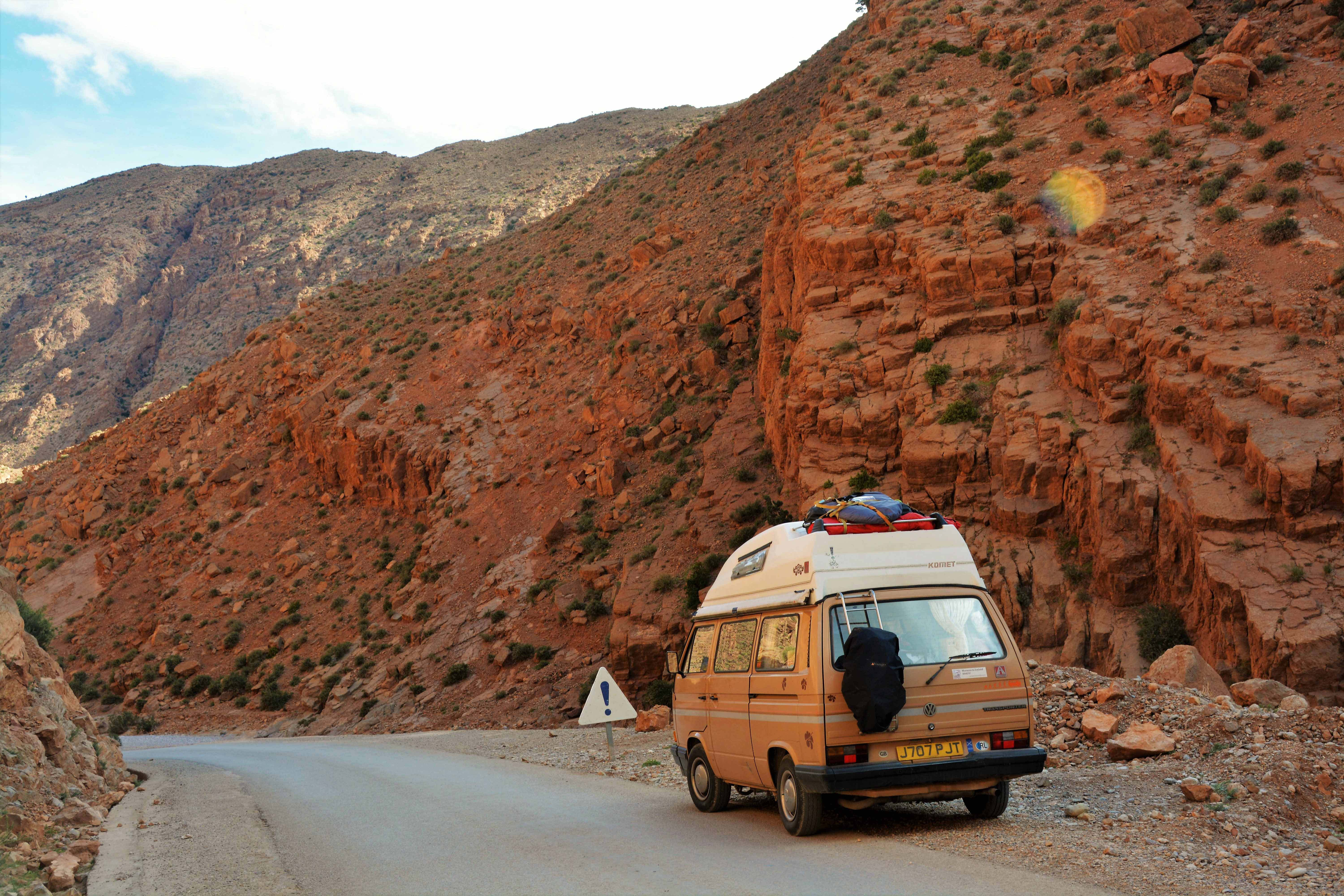
The winding road down into the Douro Valley to Porto felt epic too, especially in the heavy mist and rain and, after straining up Spanish mountains, we liked being able to drive on the long flat roads across the mesete as we travelled to see Don Quixote’s windmills in La Mancha.
There was no route quite so desolate though as the road we followed through Iceland’s interior.
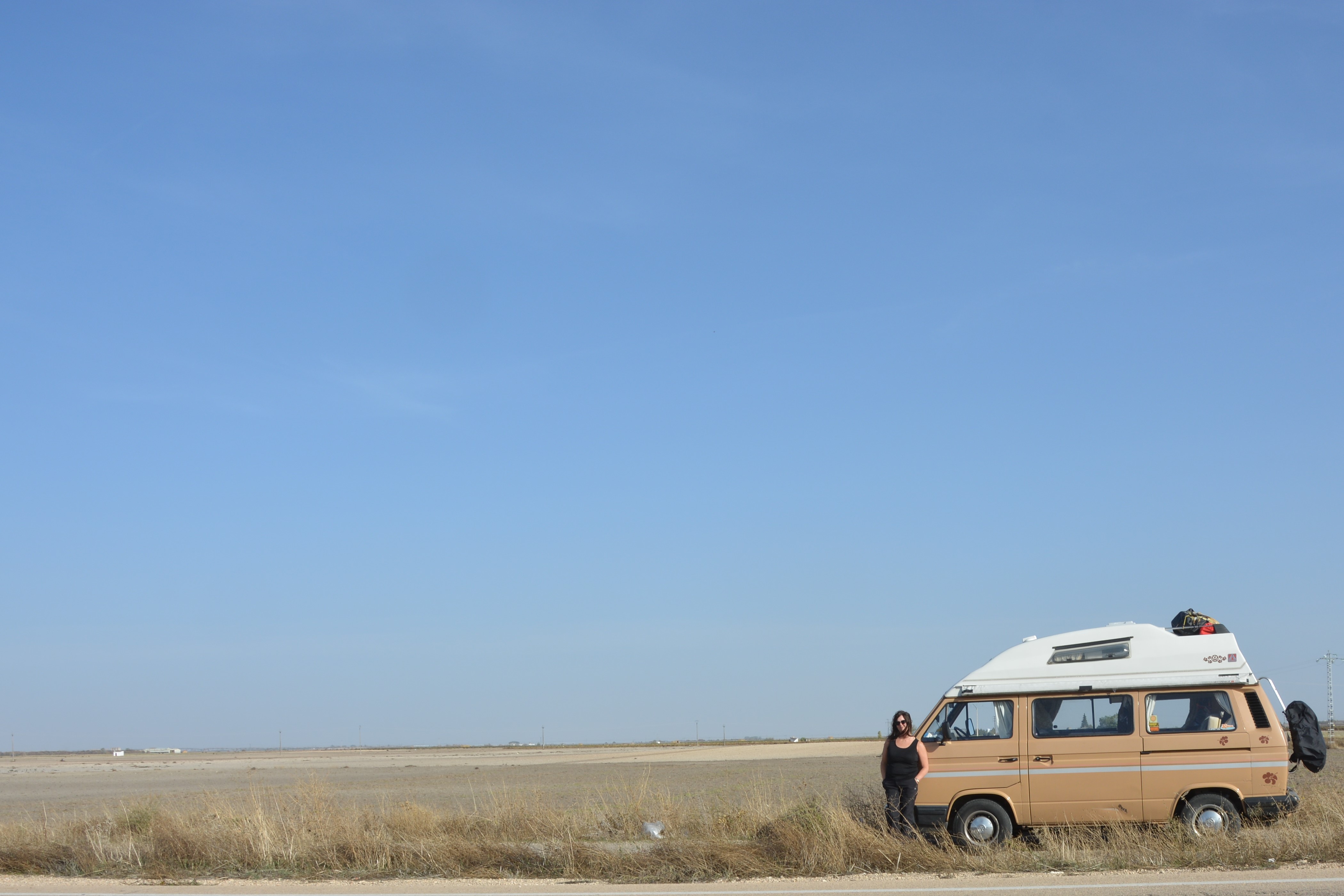
For the best views, it’s hard to beat the Albanian journey to Tepelene where we had the snowcapped Gramos mountains alongside us for long stretches. Of course, neither can some Albanian roads be topped for sheer awfulness.
So here’s one of the roads in the east of Albania which has no tarmac…
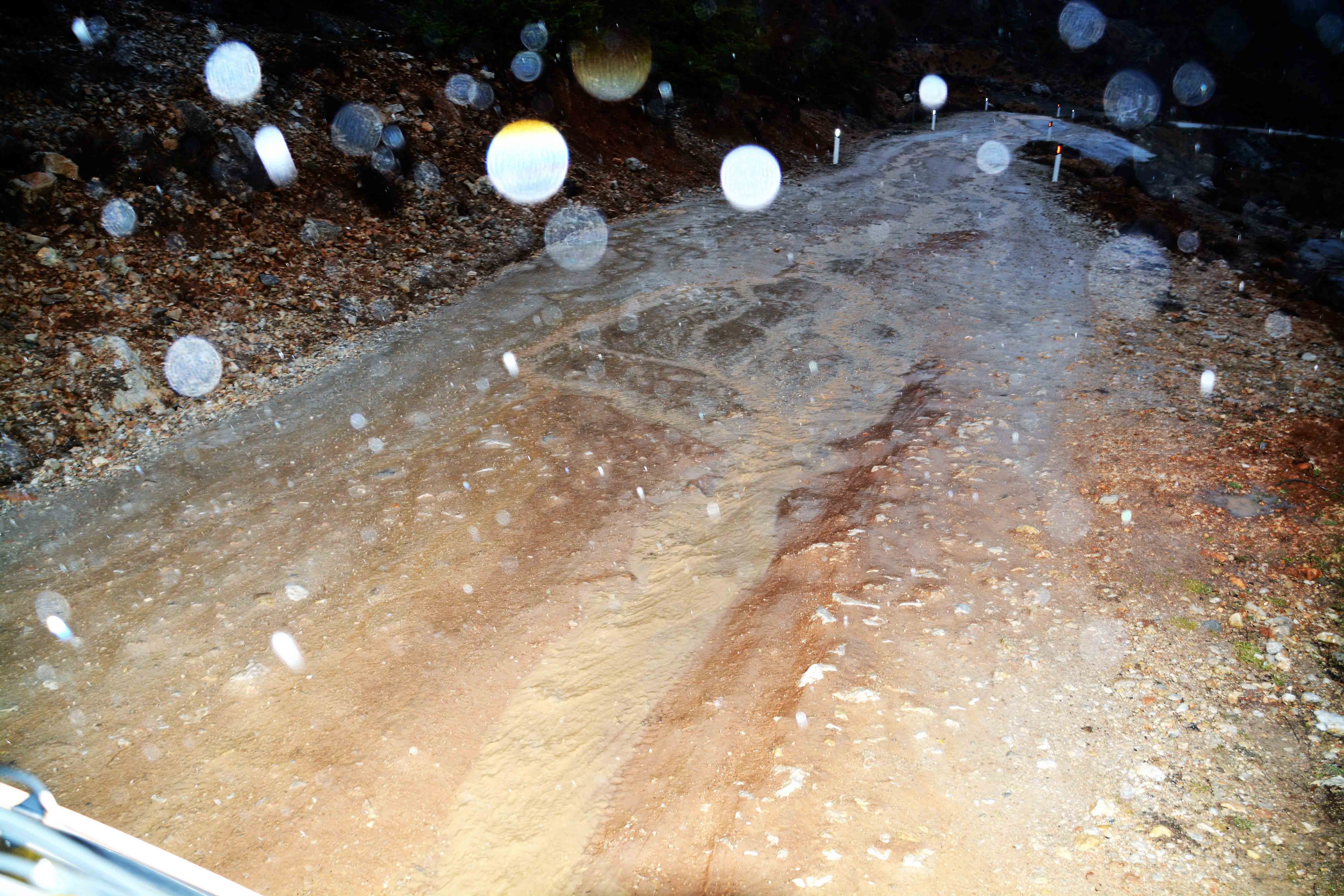
…because it has all slipped 15 metres sideways.
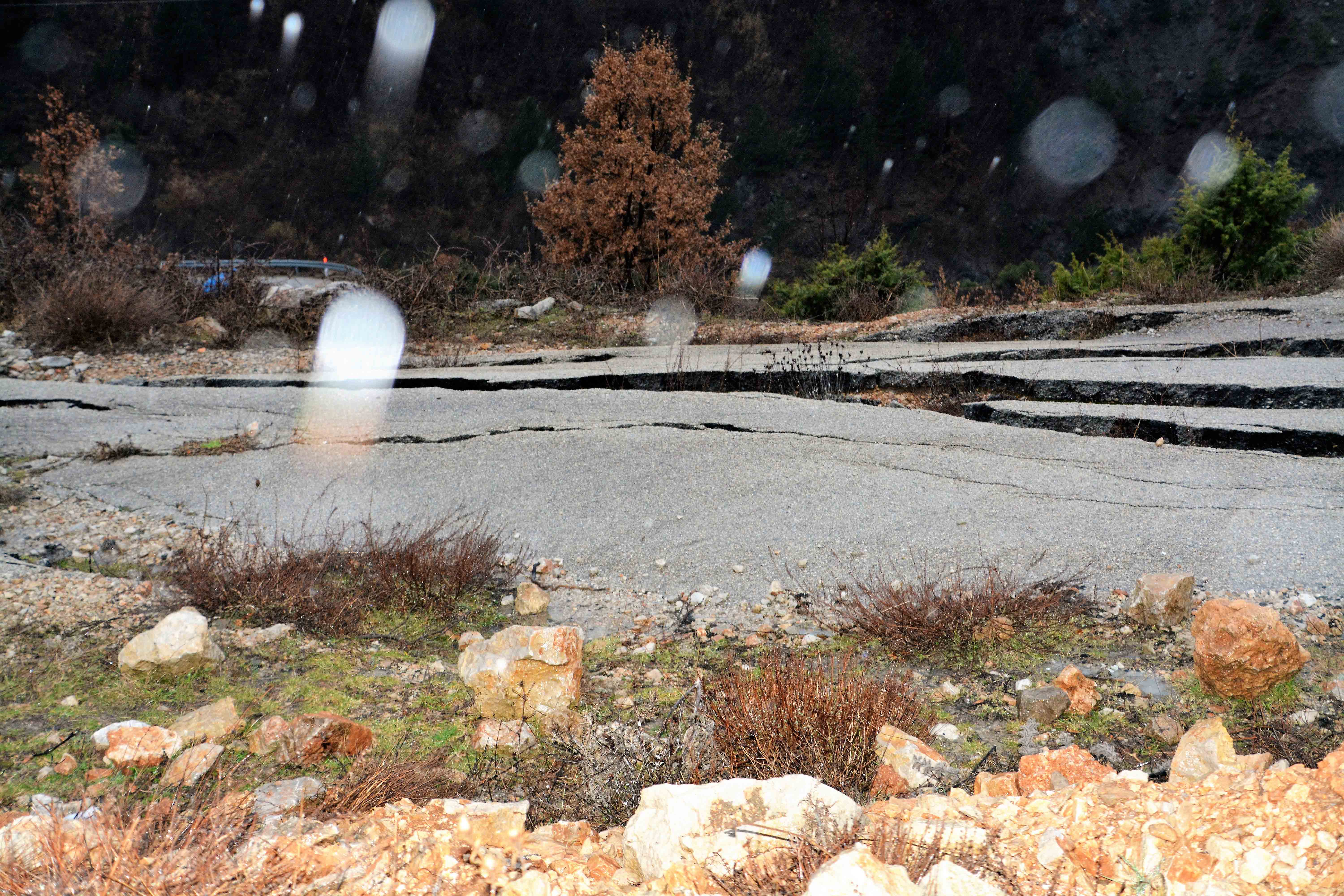
And so this is Christmas….
…which we celebrated on a rooftop overlooking Essaouira. Two chickens served as our substitute turkey and we watched as they were picked out of the small flock huddled in a pen in the butcher’s shop, slaughtered and plucked in front of us.

We celebrated Easter in Bulgaria. After attending an Orthodox Good Friday service, we cracked painted eggs with our fellow guests at Wild Farm in Gorno Pole. And we stayed up as late as we could to bring in midsummer in Lithuania but couldn’t manage the all-nighter like the locals

We drank a little bit….
Stuart’s well stocked beer blog is testament to his commitment to tasting the local brew in every country. Korce Black still ranks as his number one beer though on reflection he’s not sure if that’s because it came after a long dryish spell in Morocco and – to his CAMRA taste – nothing but euro fizz lager in Spain and Portugal. (The week we spent in Puivert with Julia and Steve was an oasis in the middle and thanks so much for your wonderful hospitality!)

In addition to beers, we enjoyed the vinho verde in Portugal, the ritual of drinking Spanish cider in Asturias, rediscovering Mateus Rose on the foggy night we broke down on a Portuguese mountainside, joining the locals in Naples with a pre-dinner ‘spritz’ of prosecco and Aperol and the Sardinian wine dispensed by petrol pump that kept us going for a while.

…and ate a lot.
In Naples, what else in the city which invented Pizza Margherita. Dessert was flaky sfogliatelle pastries.
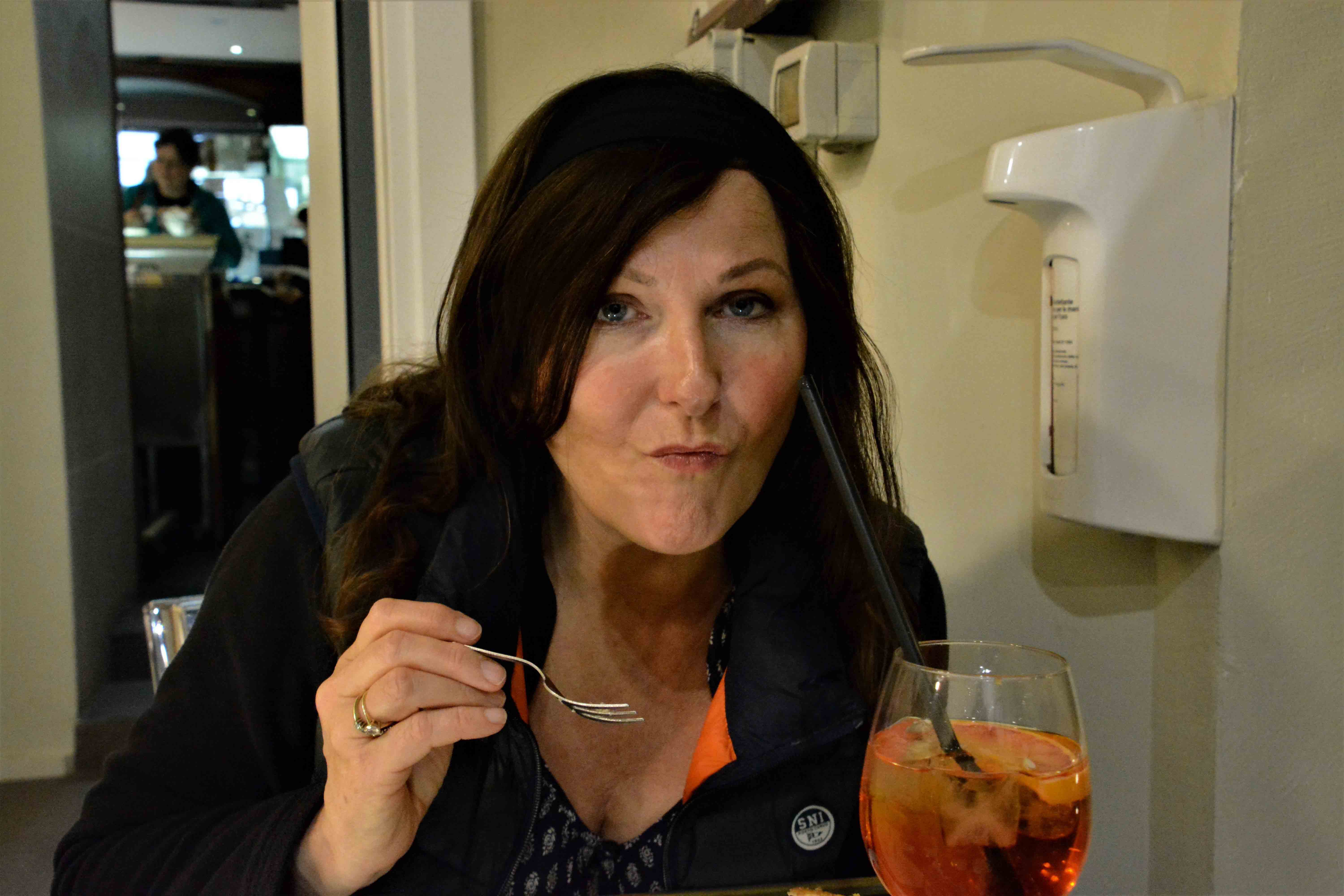
In Spain where our trip started with nights of pintxos sampling along the streets of Bilbao and San Sebastian, we tried three or four different versions of the breadcrumb dish migas. The best was served by a small restaurant in Puerto de Santa Maria, a catamaran ride away from Cadiz.
In Oviedo, we filled up on hearty fabado…
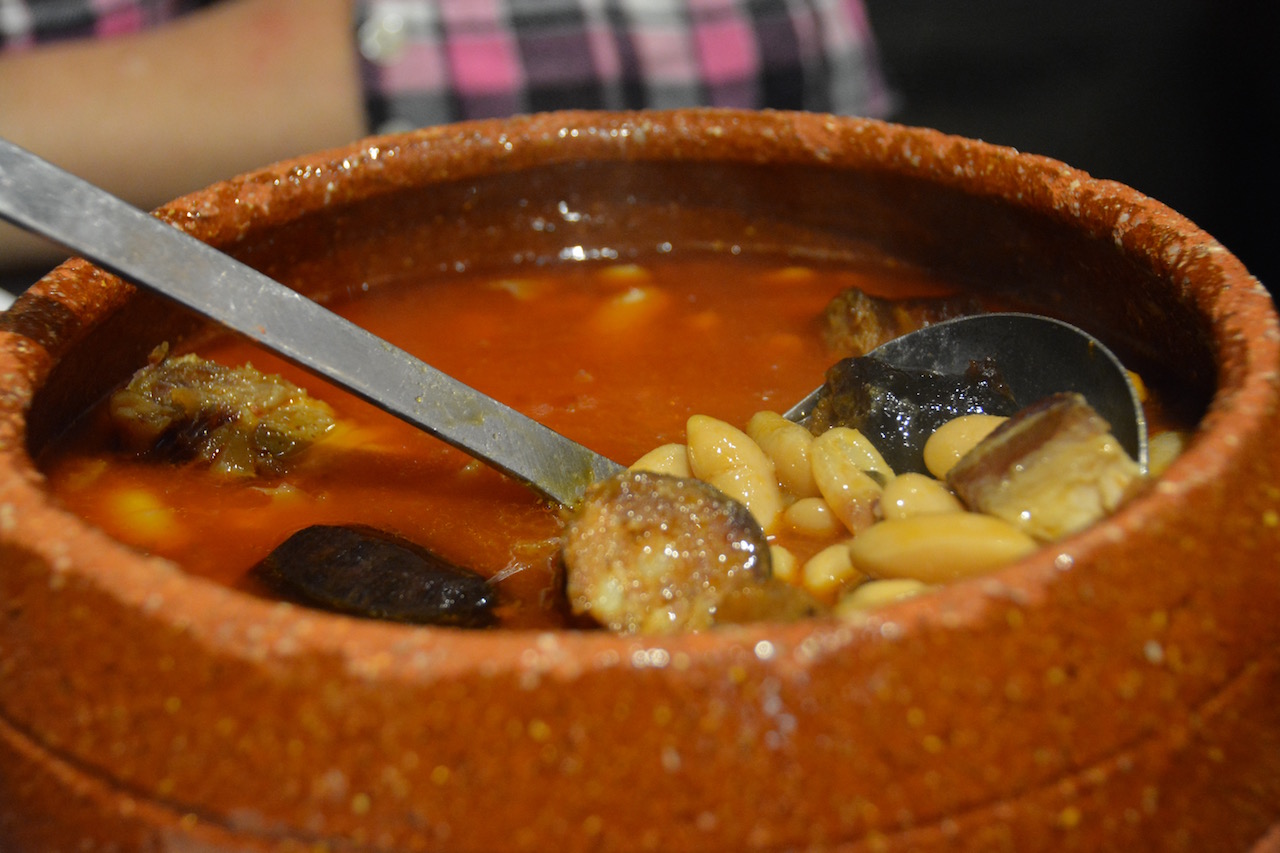
…and sat out a rain shower in Vigo with a plate of oysters, pimentos padron and whitebait.
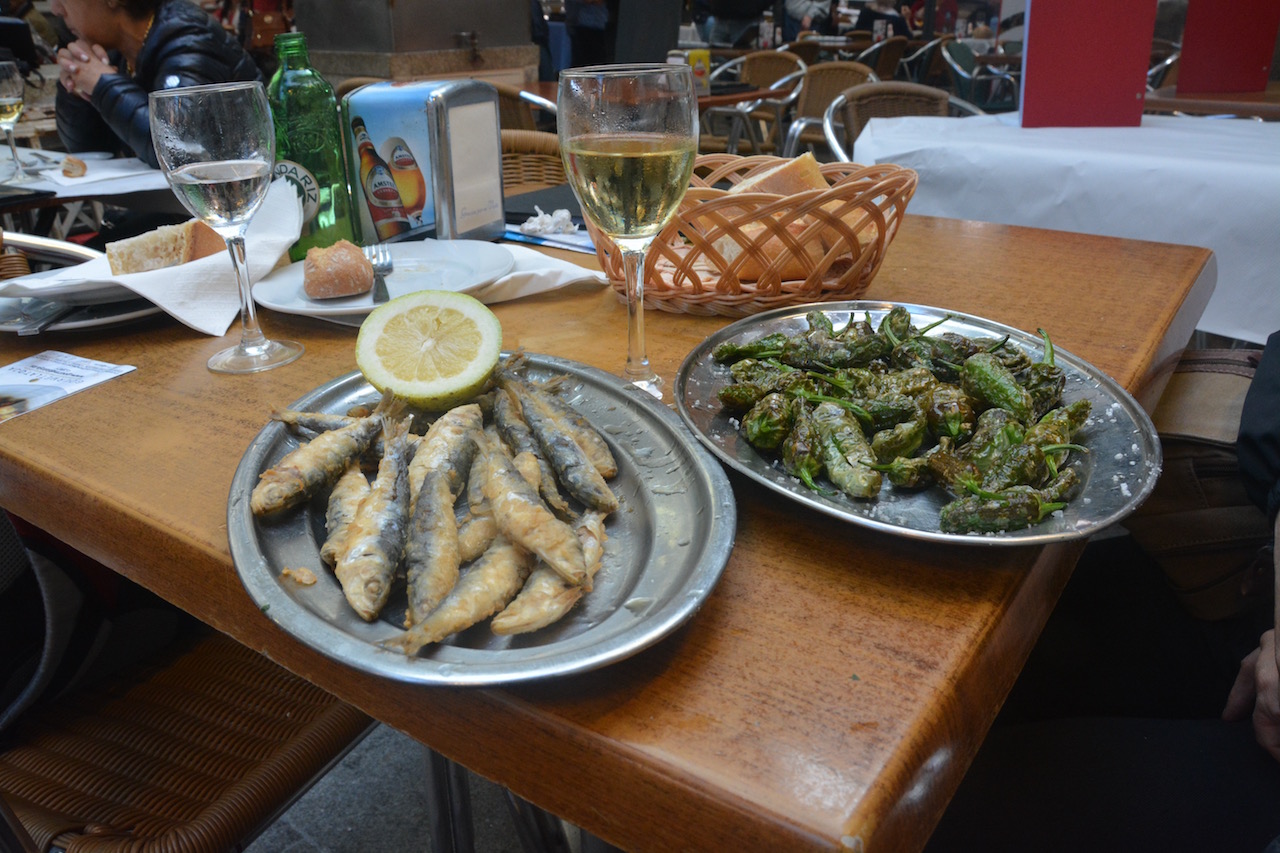
In Morocco where the menu choice was pretty much limited to tagine or cous cous, the lamb tagine with prunes in Midelt stands out as does Hicham’s home cooked cous cous for us in Zagora.
Stuart ploughed a lone furrow though in tucking into a plateful of Polish blood sausage, kazanka black pudding and sauerkraut in Krakow. I stuck to the pierogi which was made all the tastier slathered with onions.
After six weeks in Greece, we never got tired of Greek salad and Greece also had the best on the hoof lunch snack. That’s gyros which comes with chips. A close second though must be the arancini we bought in Sicily’s Ragusa. Those fried balls of rice stuffed with ragu sauce or spinach were ideal picnic dishes.
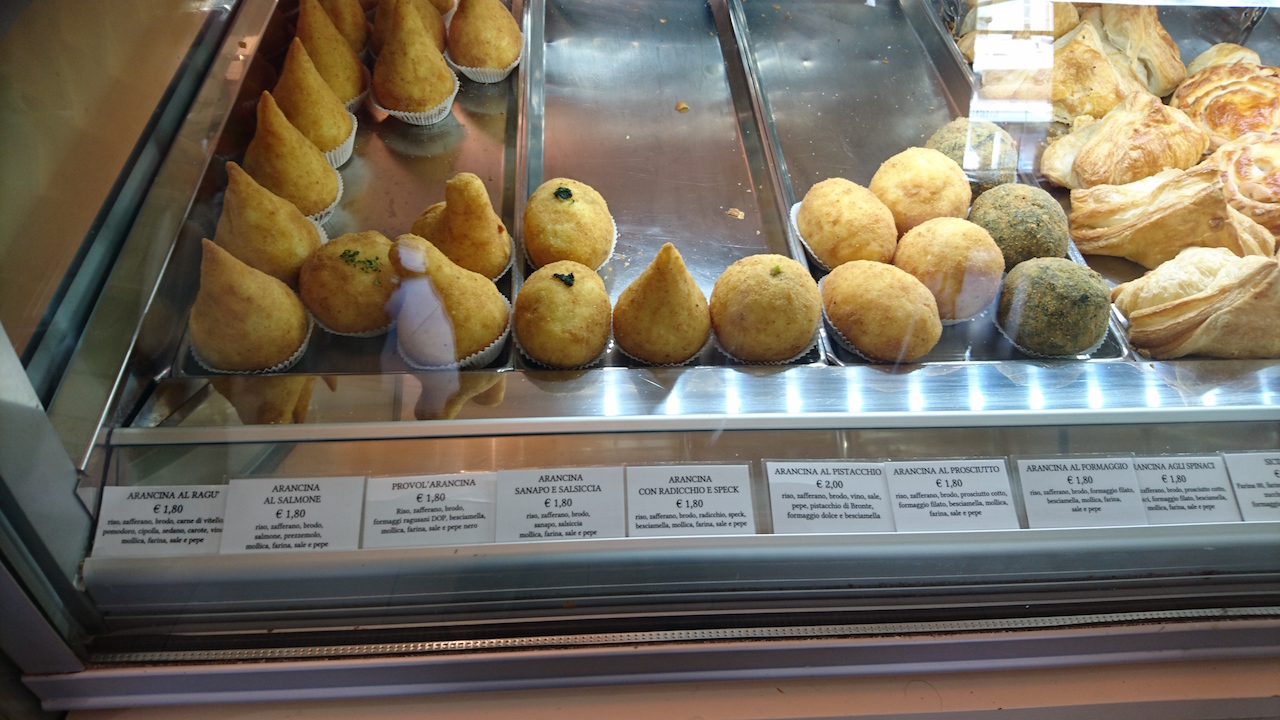
Food for home….
From Bulgaria, we’ve acquired a taste for mixing tahini and honey as a spread and we will also be trying to find a supplier for Albanian mountain tea.
And speaking of souvenirs…
…we picked up a biggie. That will be the house we ended up buying in Bulgaria. Thanks Chris and Claire in Wild Thyme Farm in Palamartsa for all your help with that one!
Any questions? We think there will be three…
Question 1 – Based on what we’ve been asked already, we think the first will be ‘were you ever scared?’.
Well we certainly felt scared that afternoon we went walking in the Rhodopes mountains in Bulgaria and had a close encounter with the fierce sheep dogs trained to protect the flock against wolves and bears. We had a similar experience in Breb in Romania.
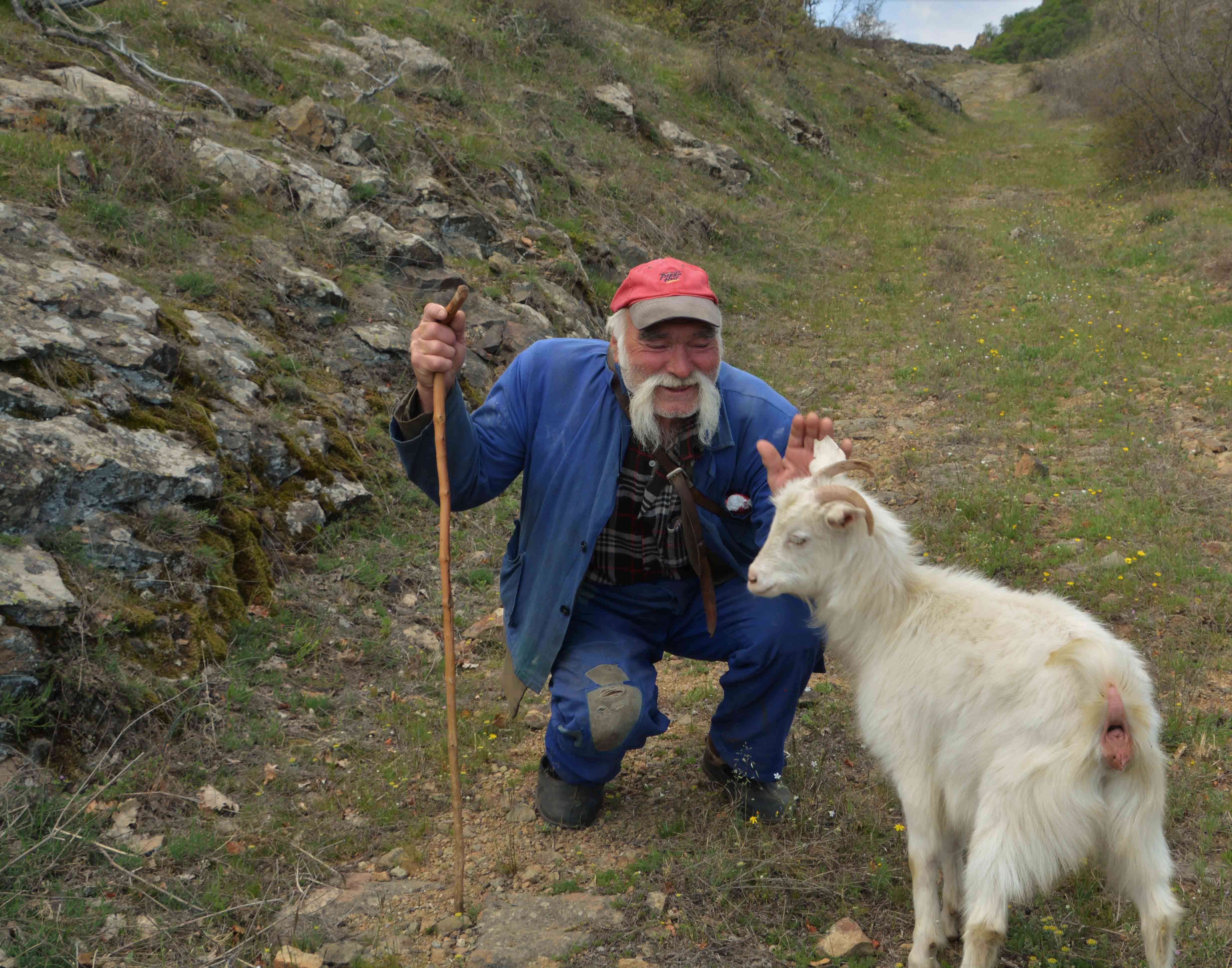
Other than that, there was our first night in Morocco and already feeling slightly on edge from the newness of everything around us, it was unnerving to hear from the local who popped by our van bemoan the fact that ‘everyone around here joins ISIS’ and that we should move further south. But other than that incident, we never had any other concerns about our safety in Morocco, aside from the roads, of course.
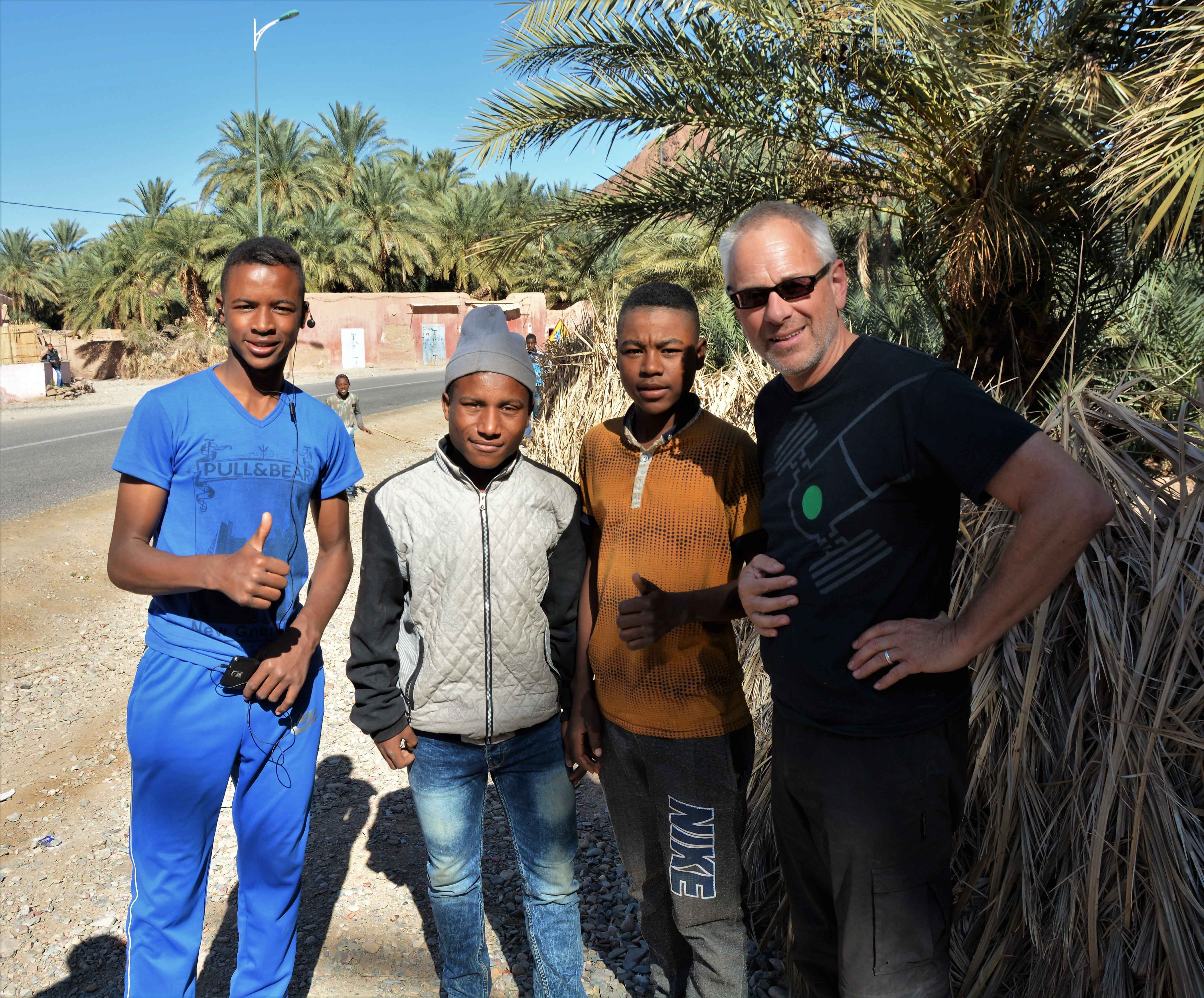
Stuart did all the driving on the trip – the blue/pink task division held up for the duration – and his adrenalin levels soared on many occasions when navigating Moroccan roads. But we also had a very near miss in Slovakia thanks to non-existent road markings at a T junction. In this instance, it wasn’t a case of he who hesitates is lost. The dithering saved us from a nasty smash.
Question 2 – Did you fight? Yes sirree. We sure did but not much. With so much time spent together, cabin pressure does build up so we probably had about three humdingers . The air was cleared by various means like throwing something heavy out of the van (Greece), going for solitary long walk leaving other to sweat (Sardinia), prolonged sulky silence (Sweden). Of all the methods, the last is definitely the worst so best avoided.
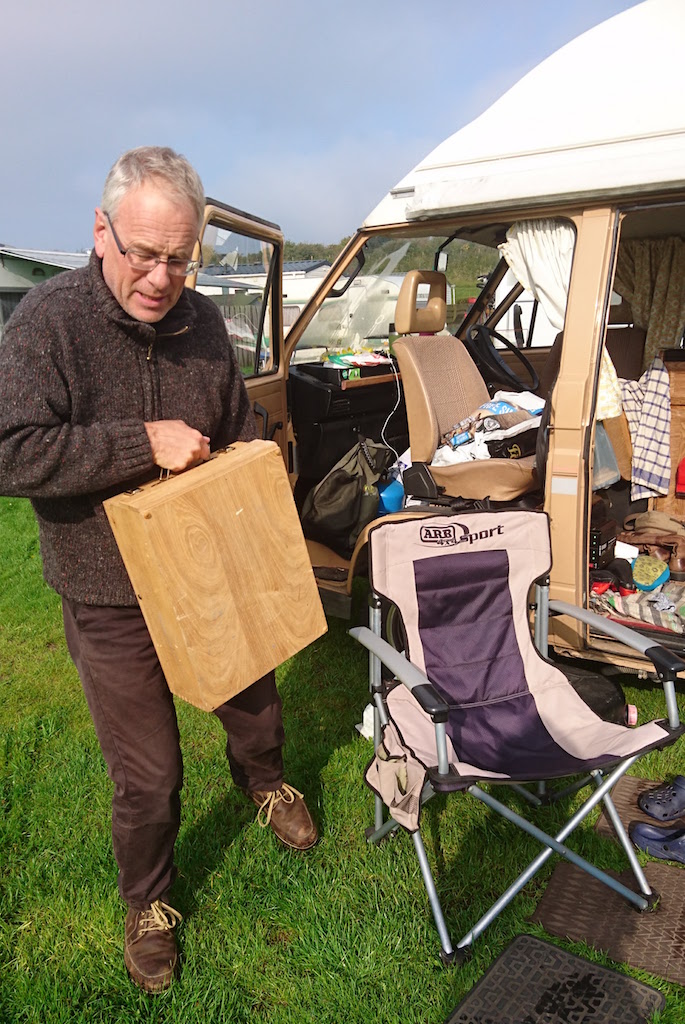
Question 3 – Would you do it again? So imagine a genie had met us off the ferry in Harwich this morning and handed us a new MOT certificate plus a pot of gold doubloons (or whatever currency genies trade in). Would we turn Molly around and set off again? The answer from both of us is ‘no’. We’ve loved the variety of it all, little things like how anyone joining you at a Spanish bus stop always says ‘hola’, the distinctly clipped way the Scandinavians say ‘Hi’, the different food and nature and cities (see everything above).
It was great too that my three children Ciara, Conor and Regan and Stuart’s two Callum and Mary were able to share parts of the trip with us and that friends Dave and Carol were able to join us for a weekend in Varna.
We’ve loved it all but we also liked the fact that our trip had a beginning, middle and an end. Getting from Morocco to Iceland was the plan and it’s been a fantastic journey and great adventure . We met some lovely people along the way who we hope will remain friends.
And it has been really special to have all of your comments and support along the way so thank you so much for joining in.
So now it’s back to family, friends and work and the tube journeys and trips on the M25 (and thank you so much to Declan, Delphine and Lee for keeping our car alive while we were away).
All the best to everyone and safe travels,
Helen & Stuart xx
PS. If anyone does happen to stumble on this blog in the future, we are always happy to try to answer any questions. Our email addresses are: helen@campervanmatters.com and stuart@campervanmatters.com.
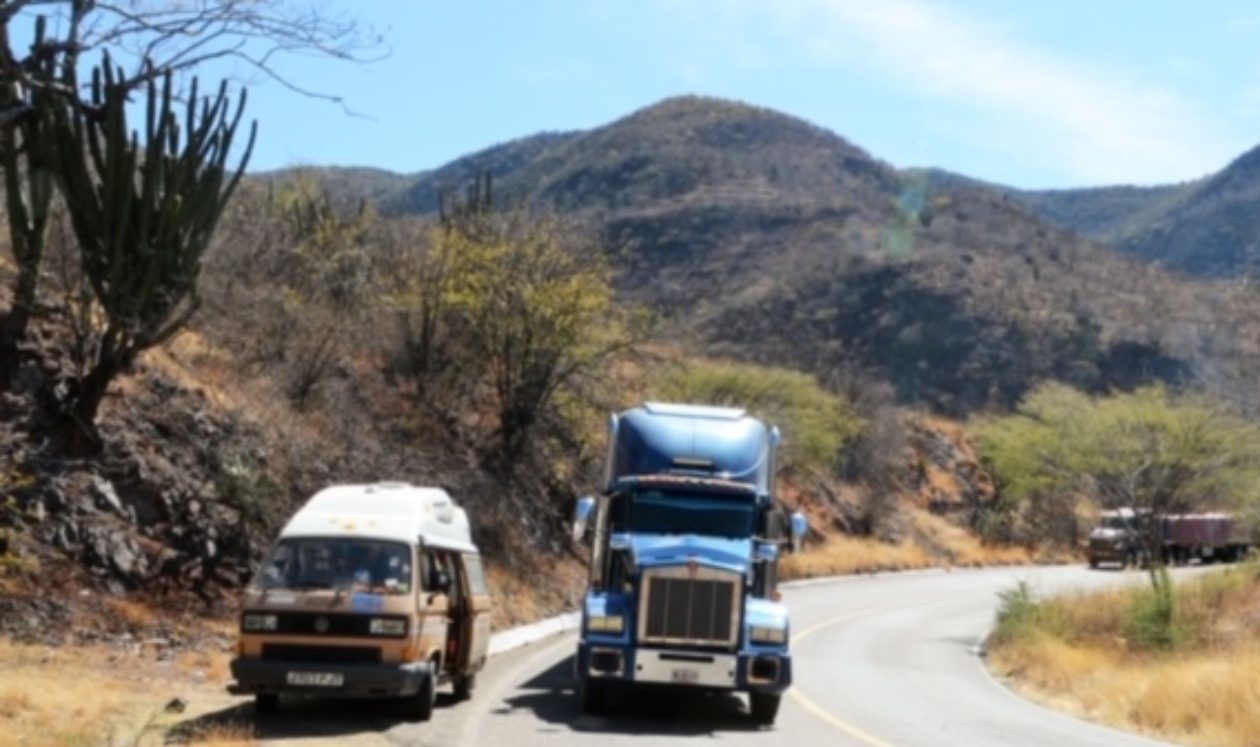
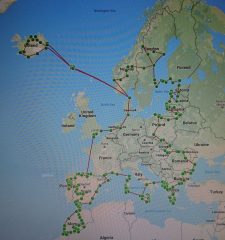
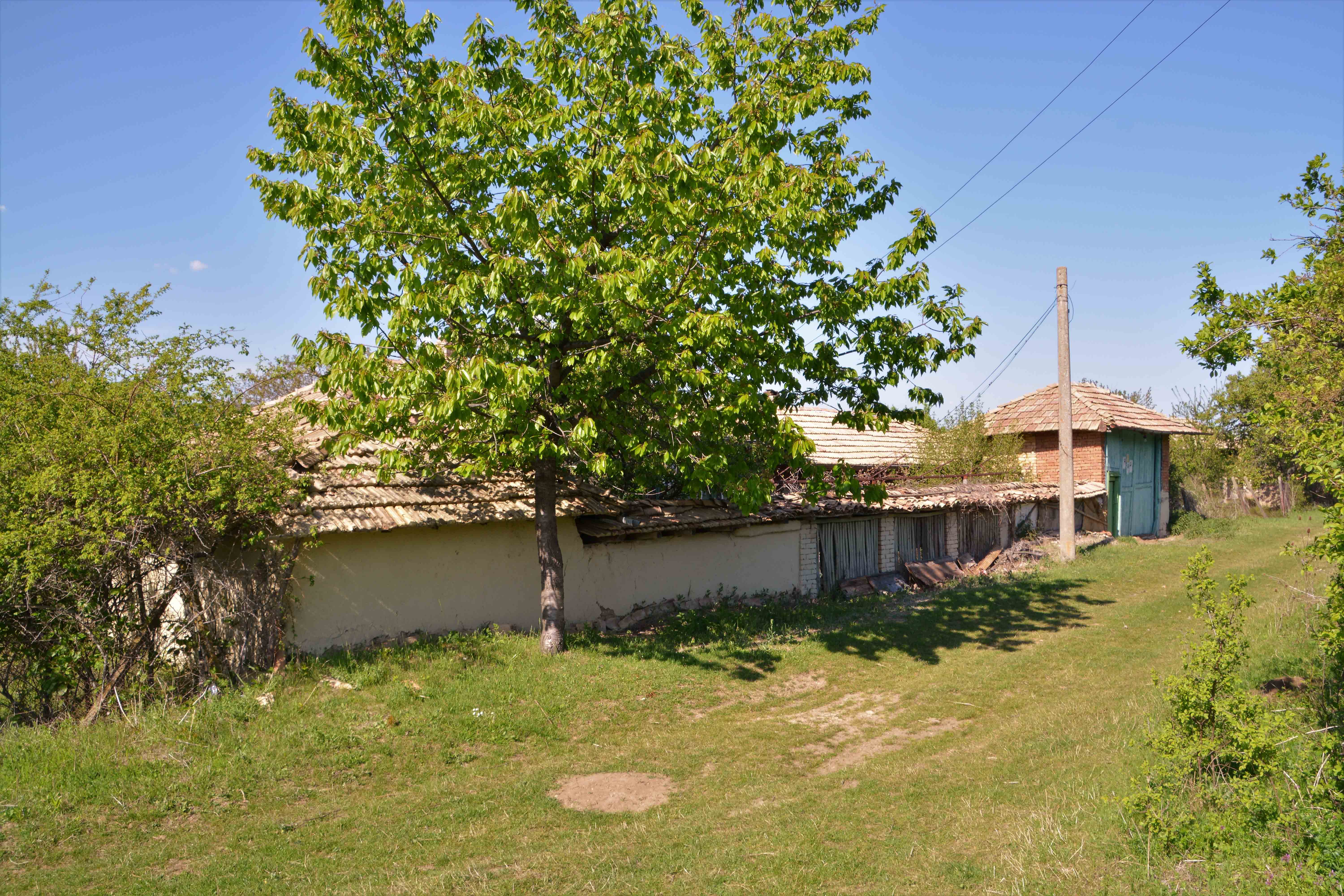

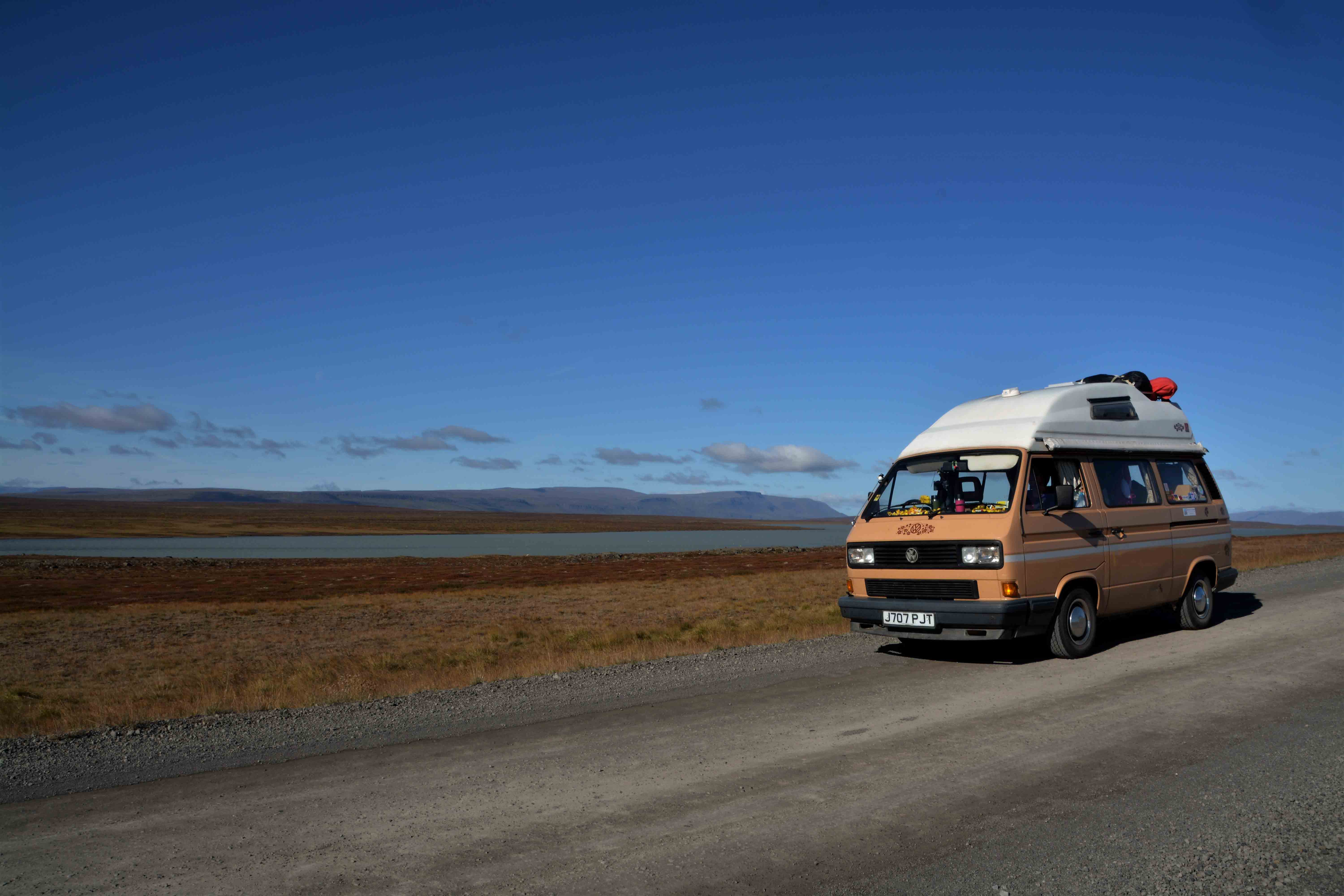
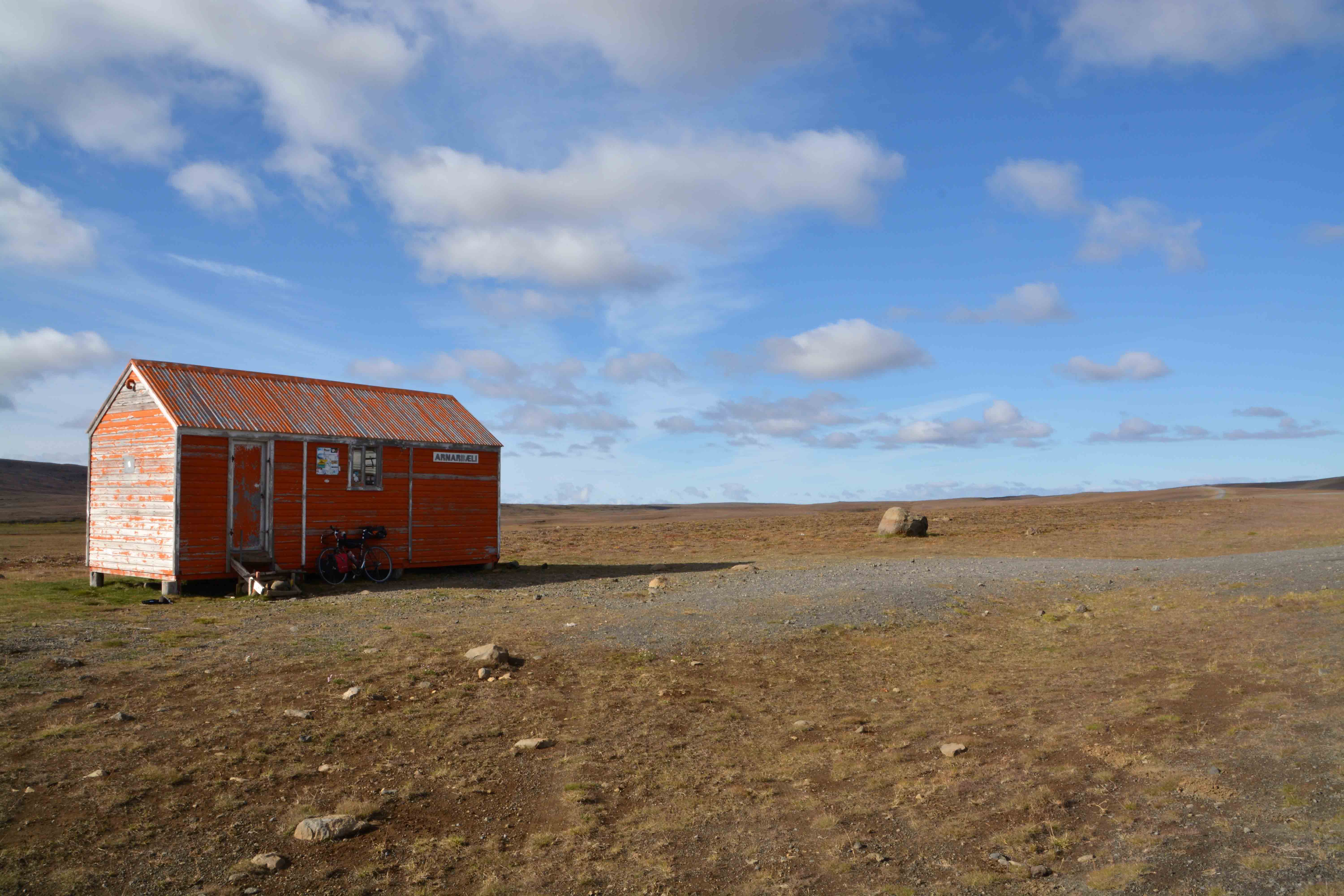
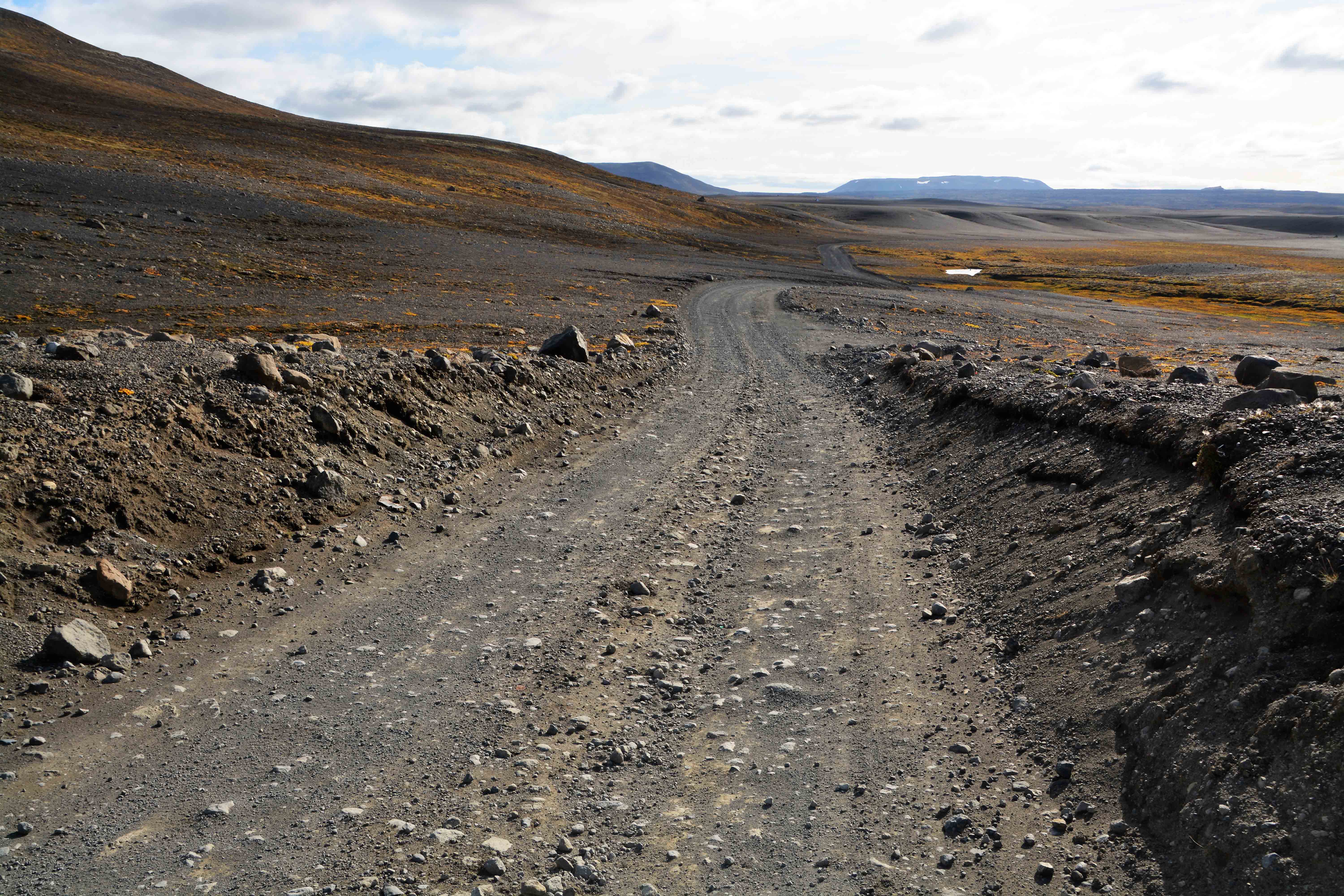

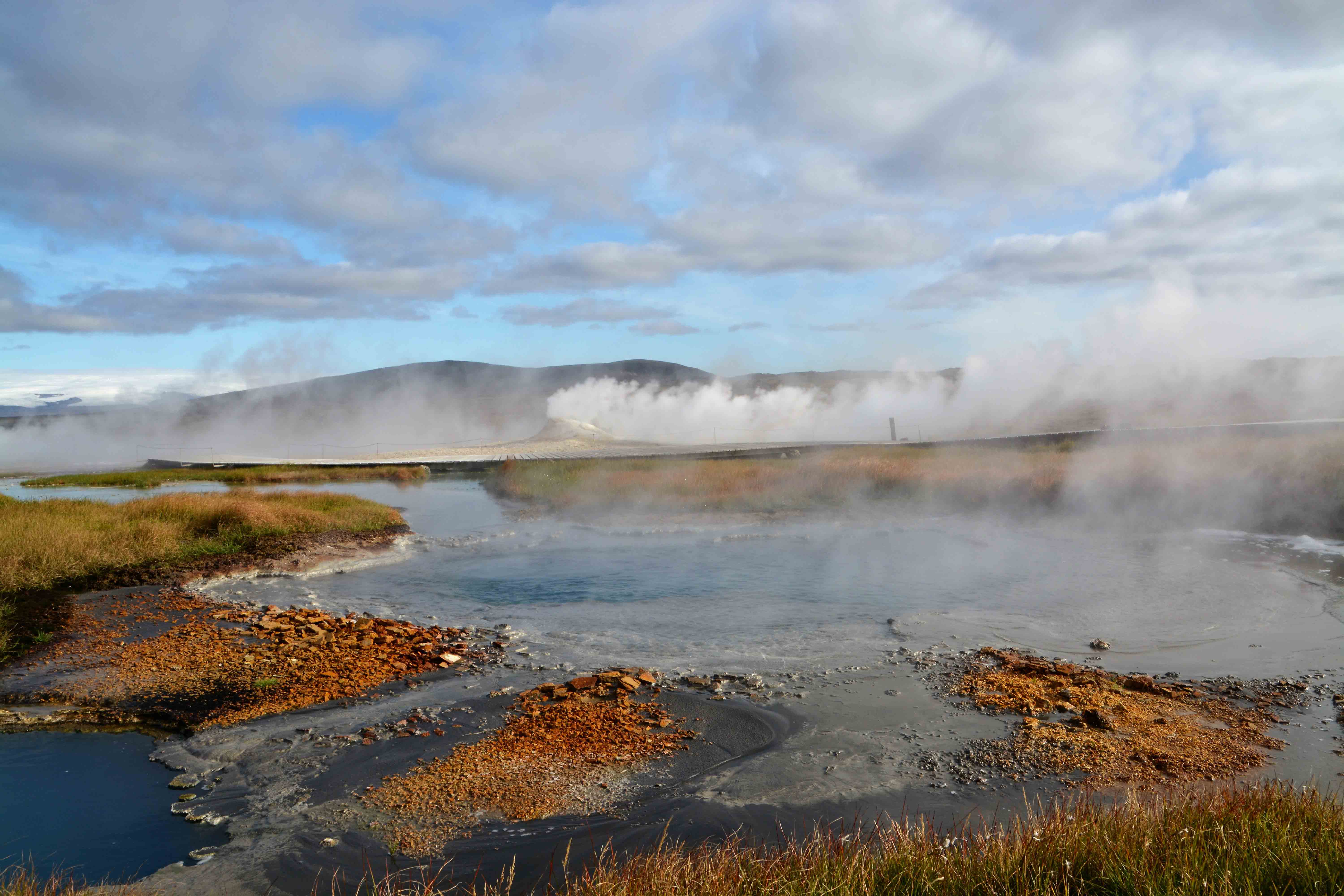
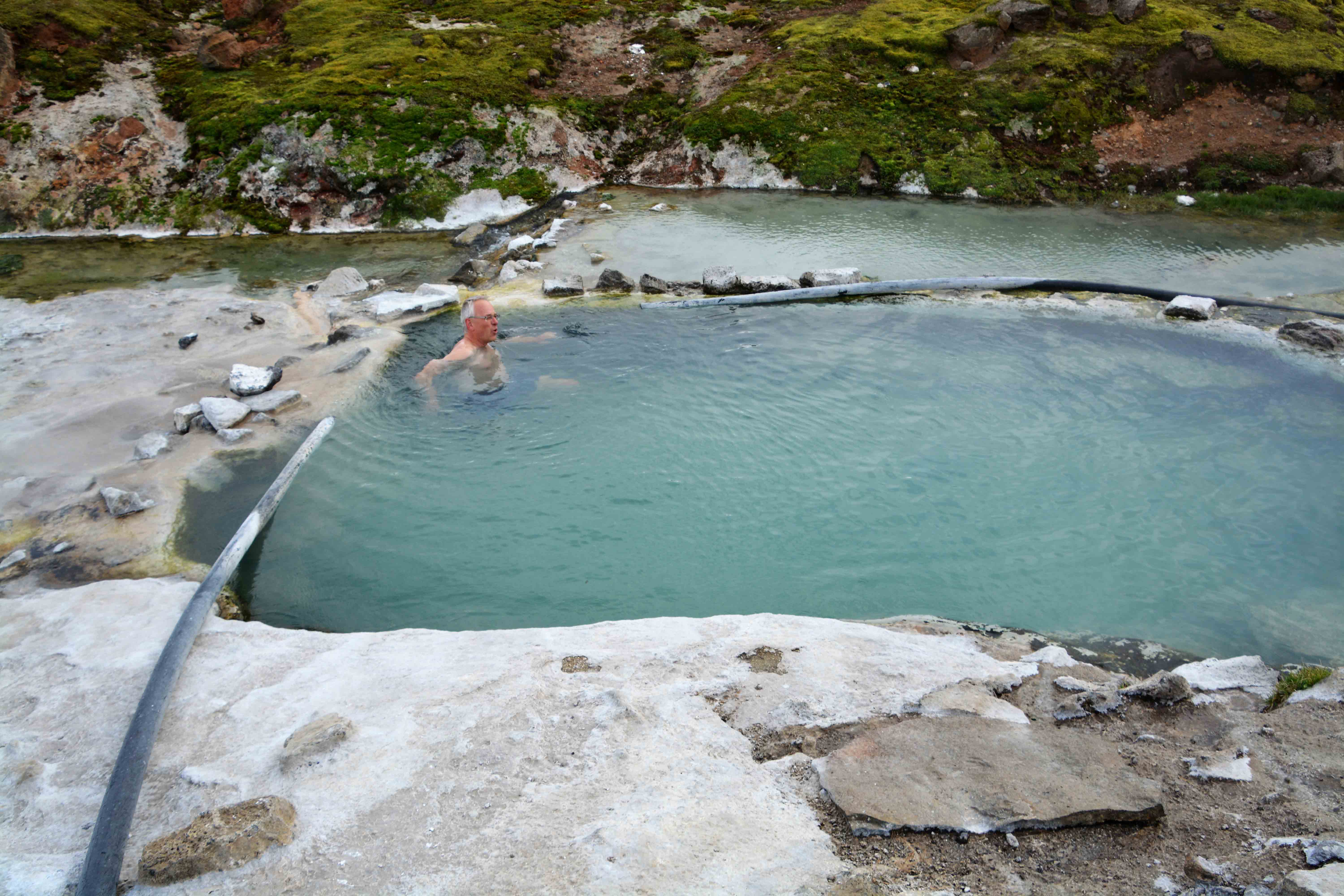
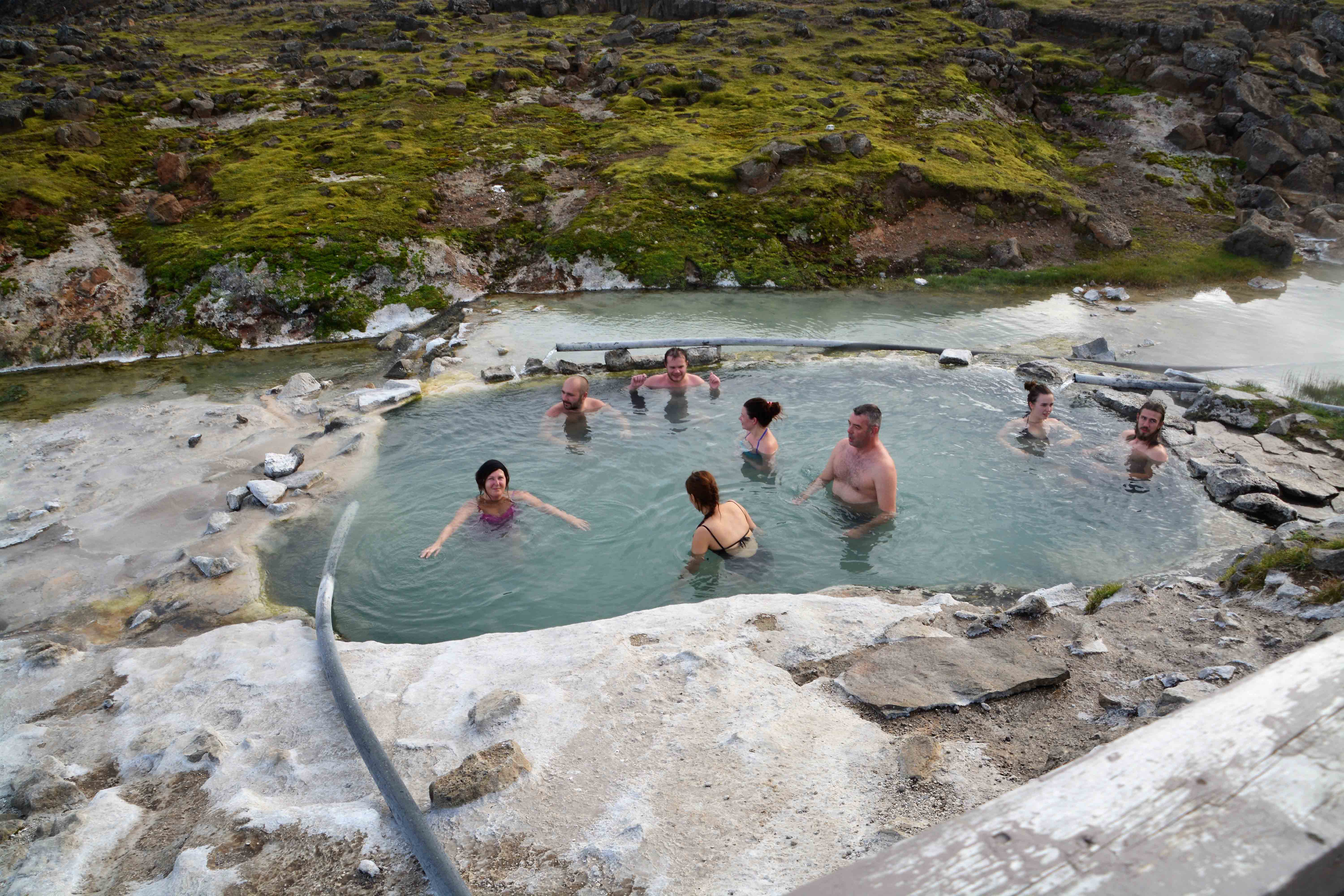
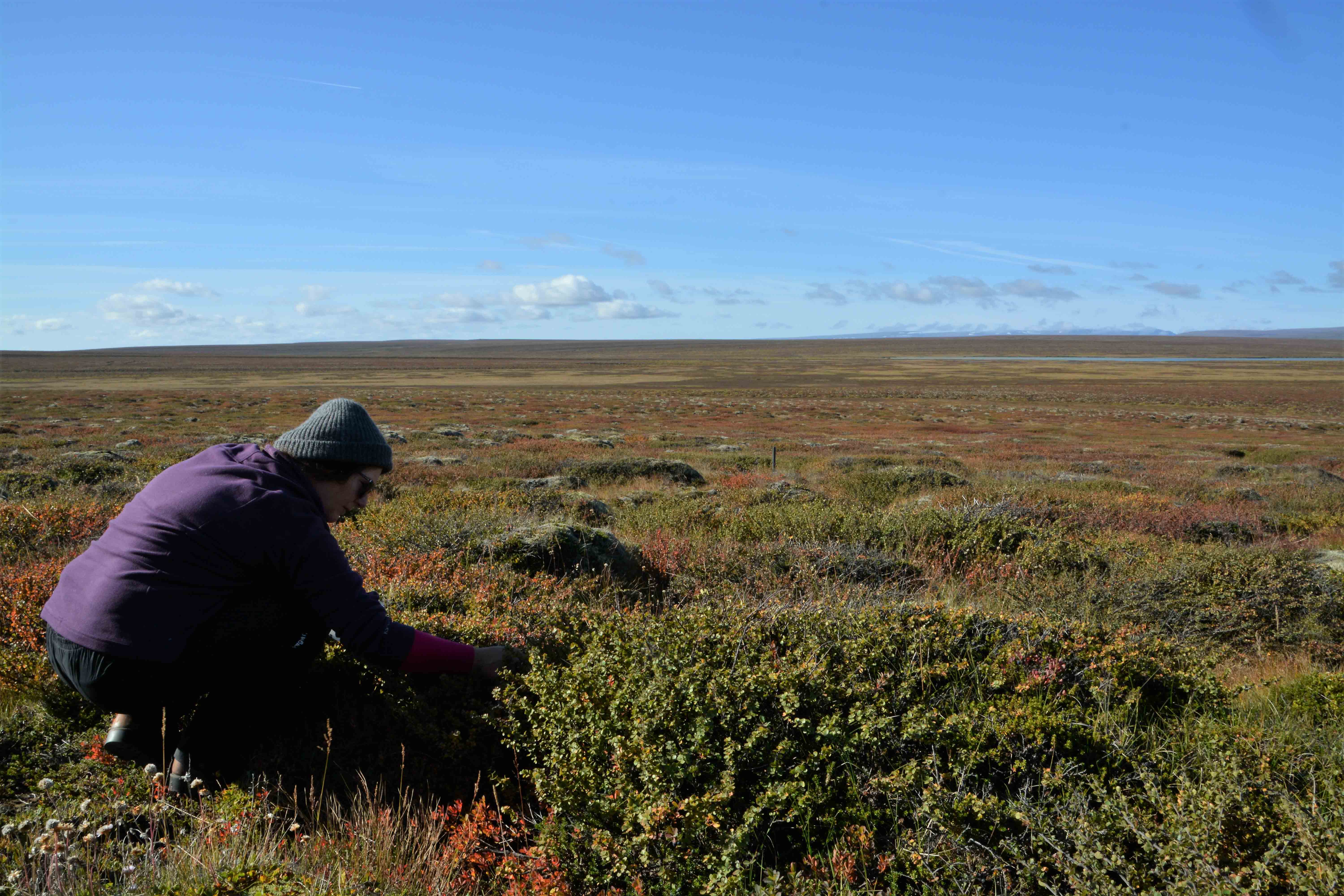
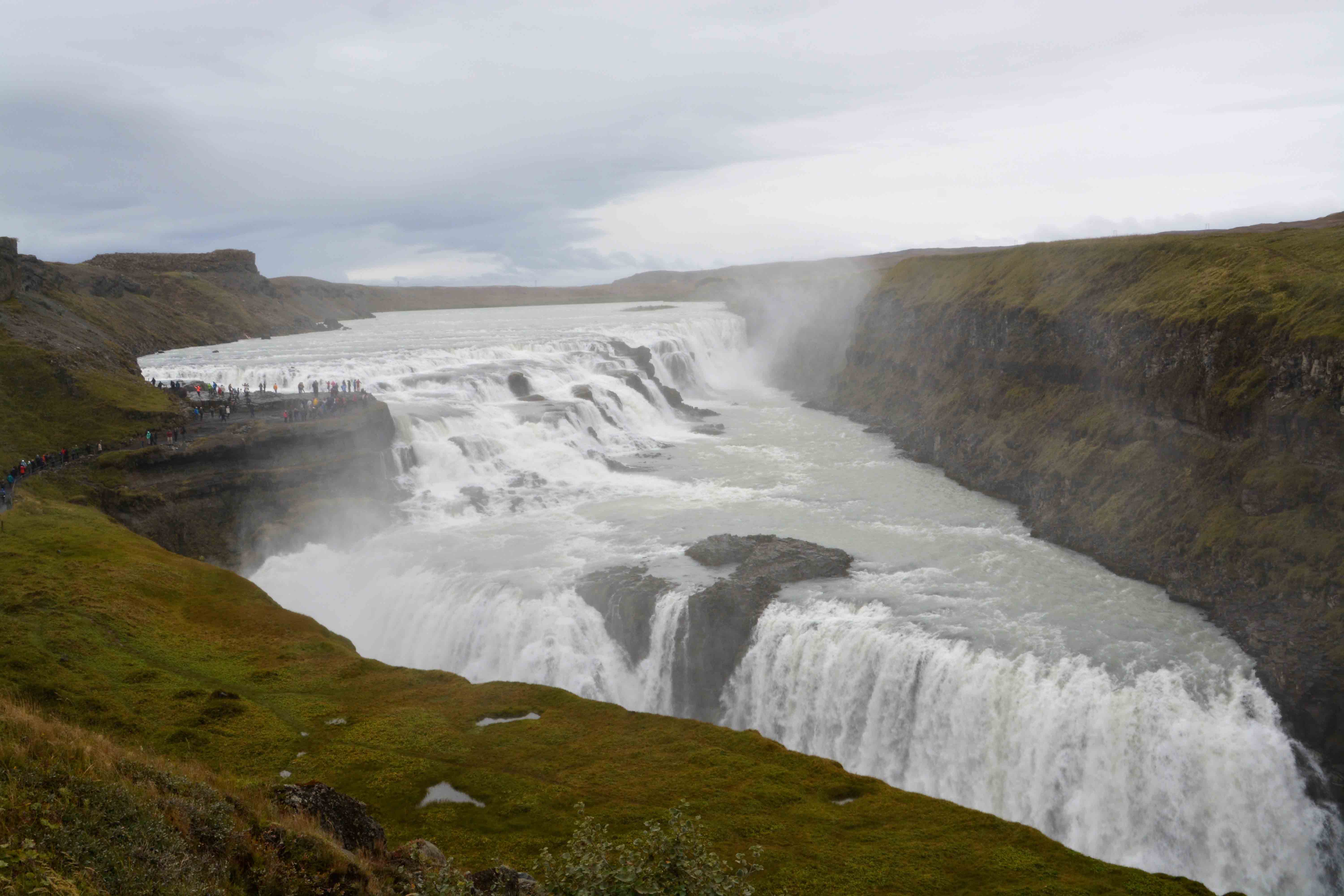
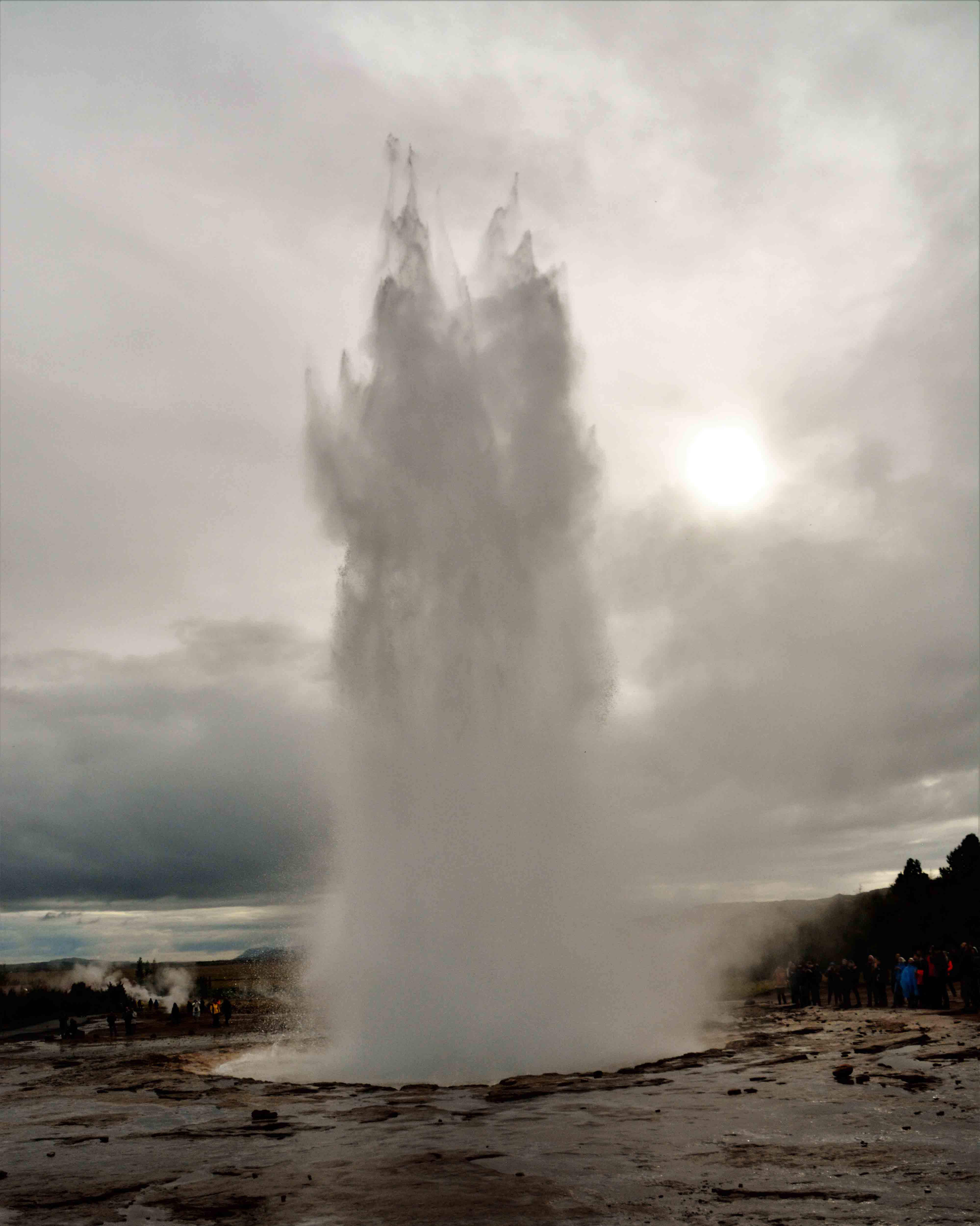
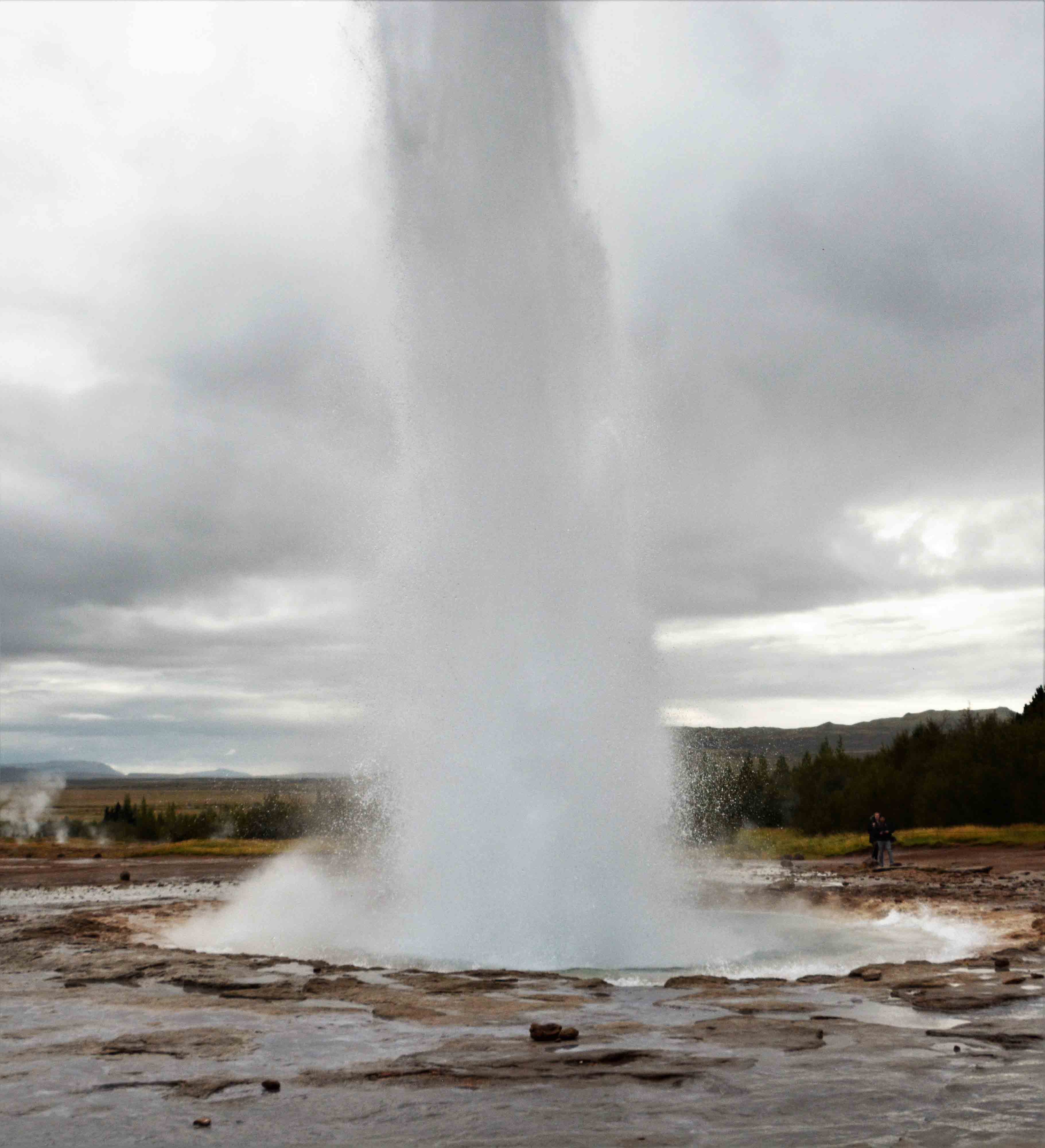

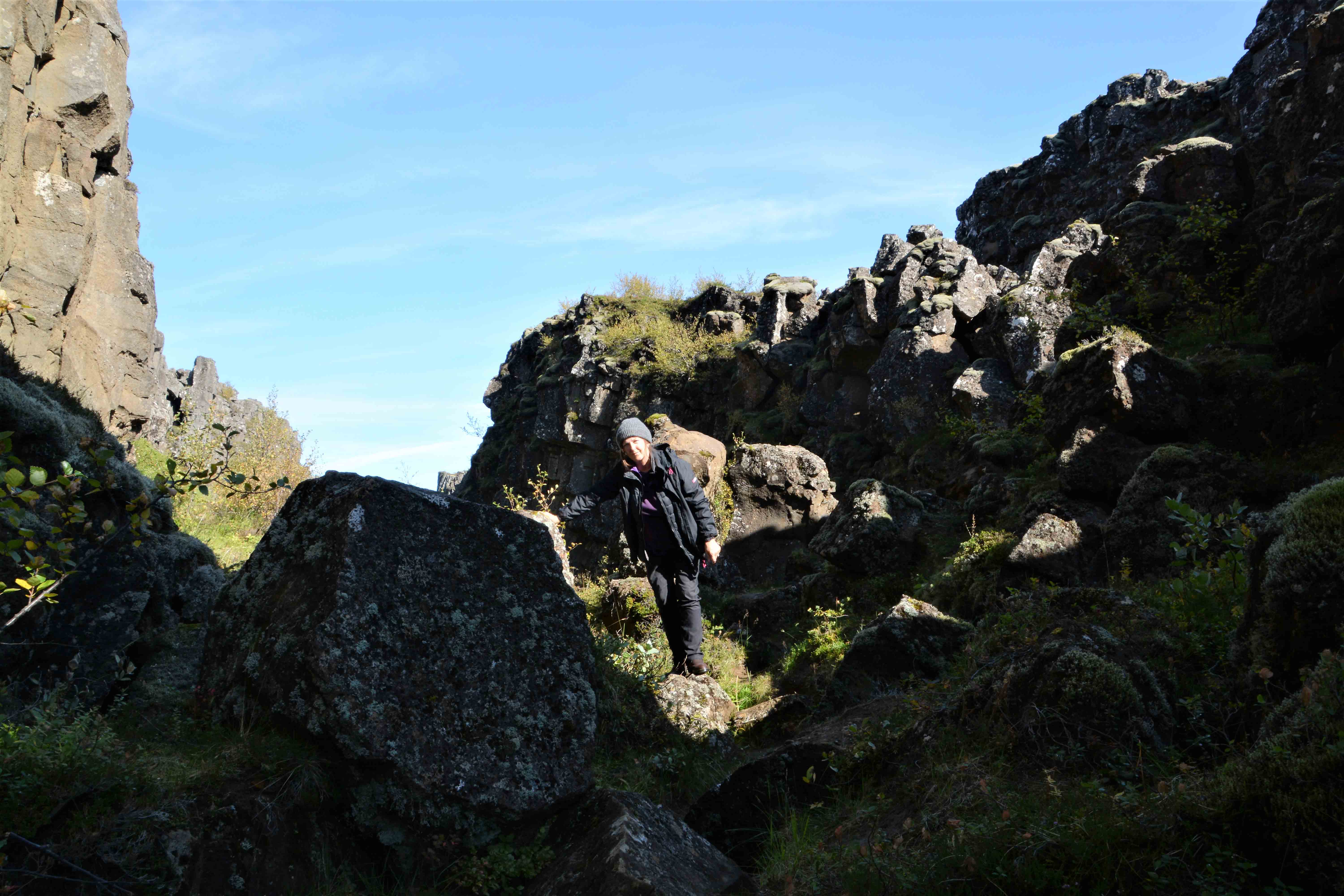
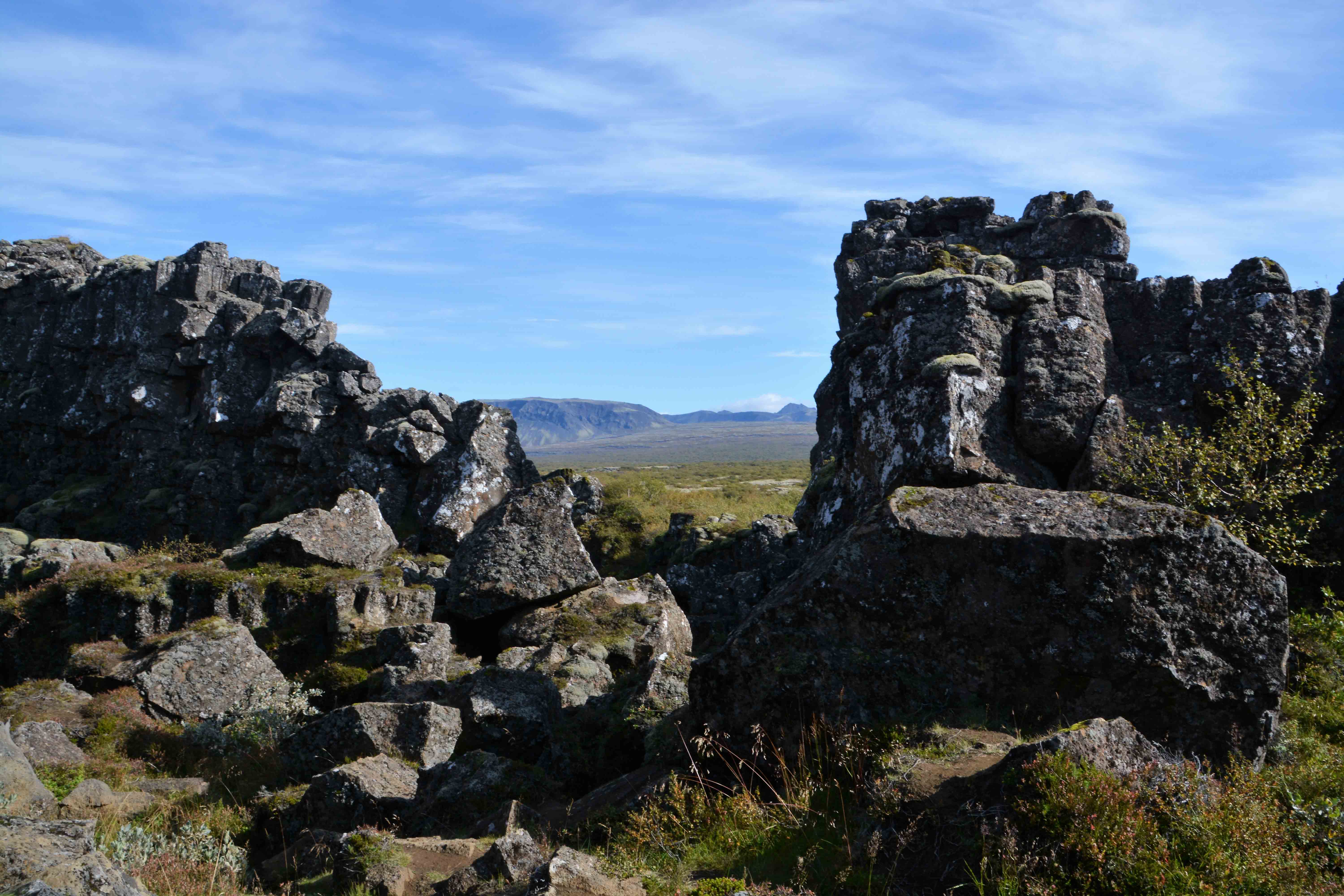
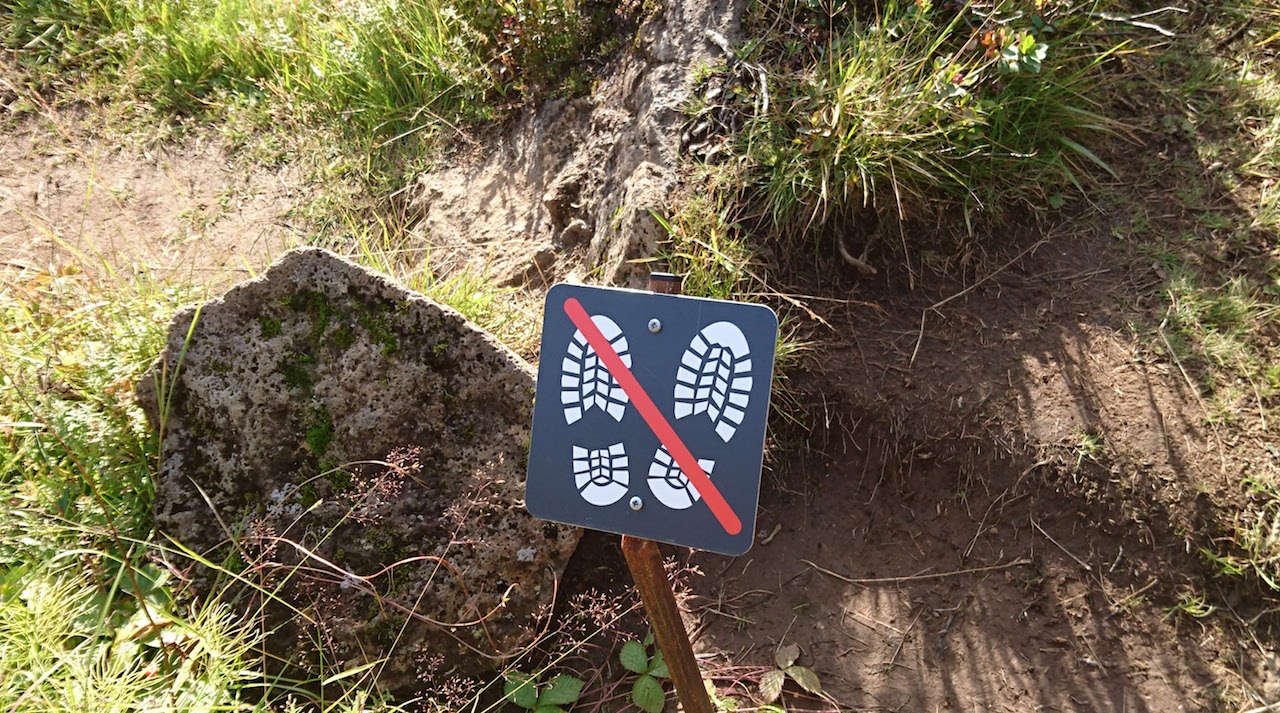
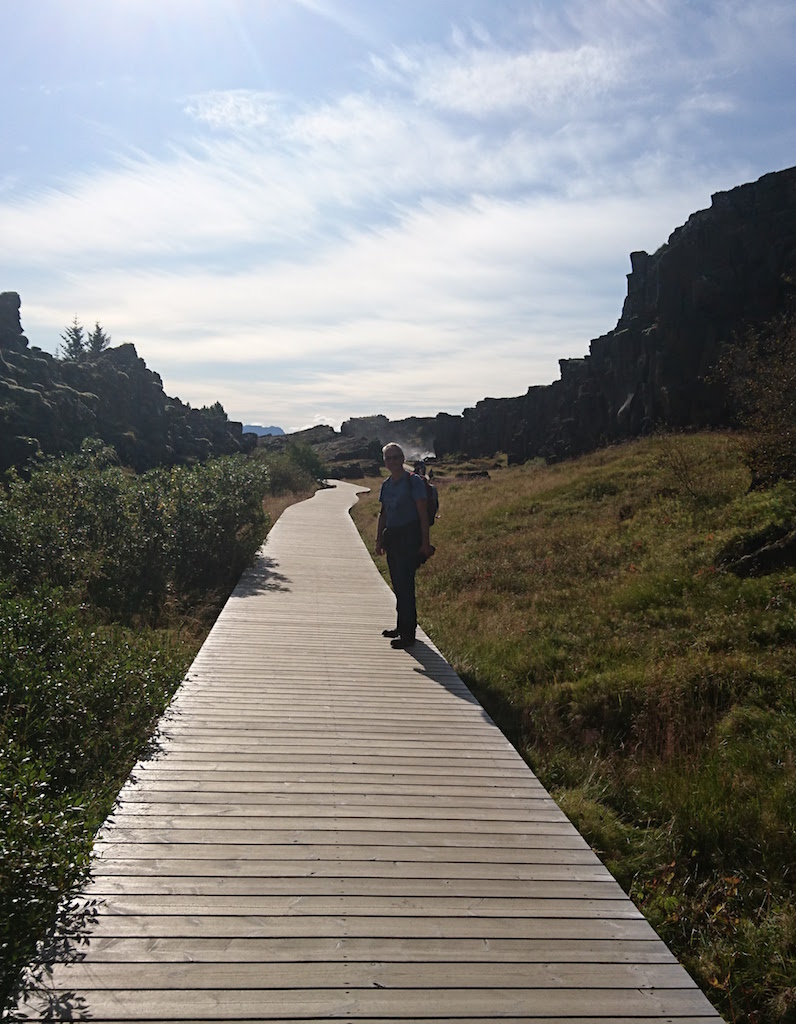
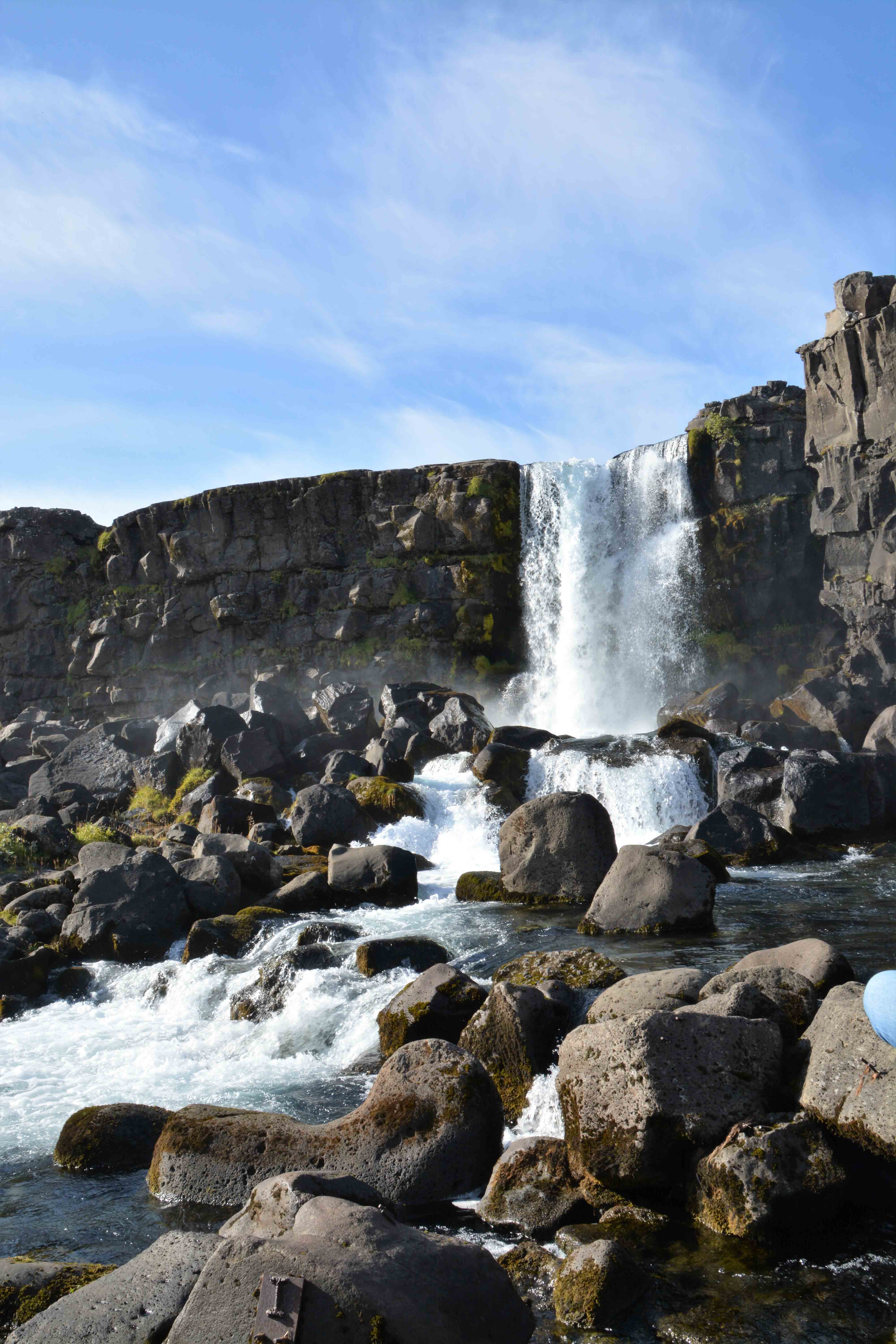

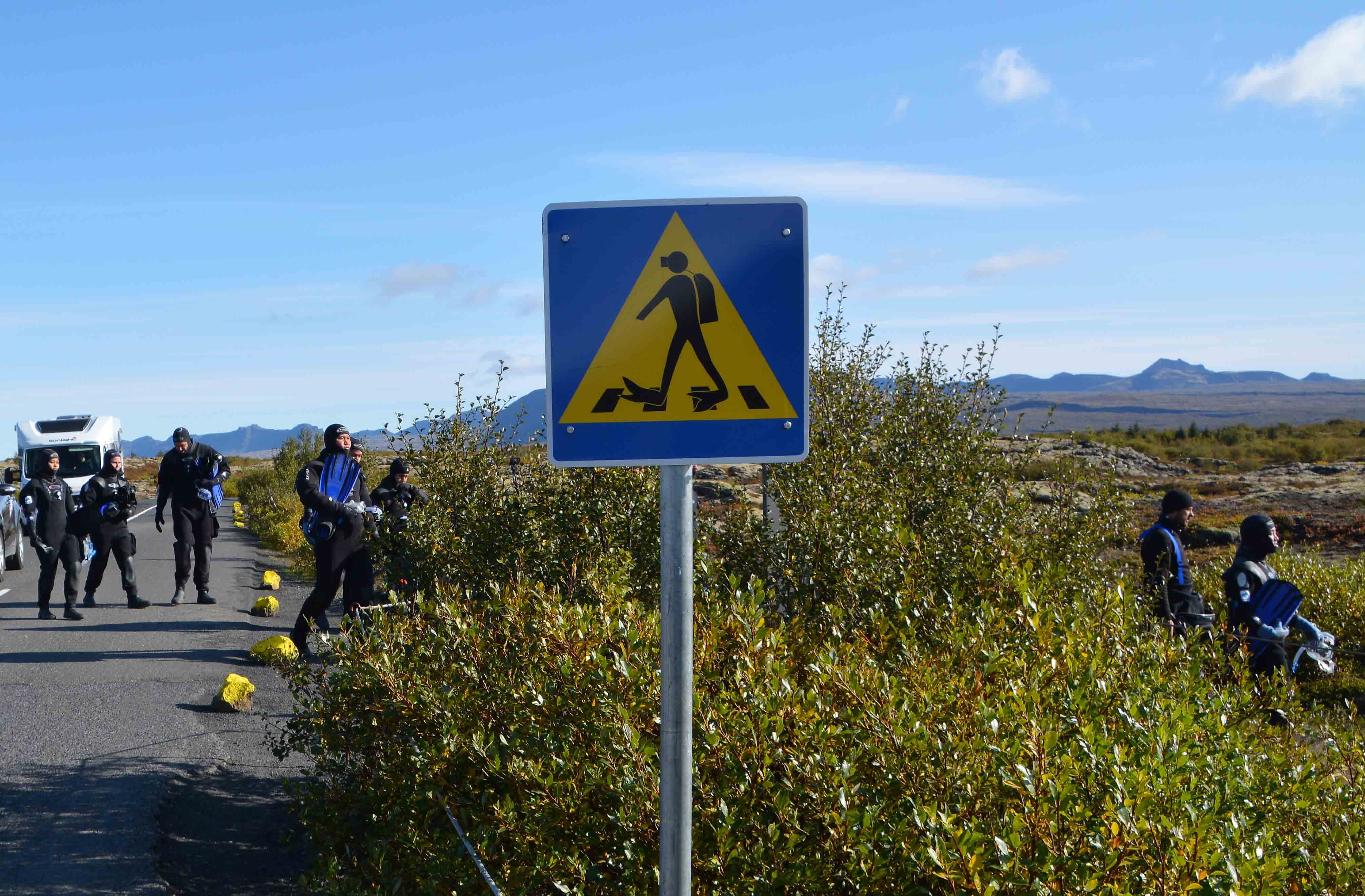

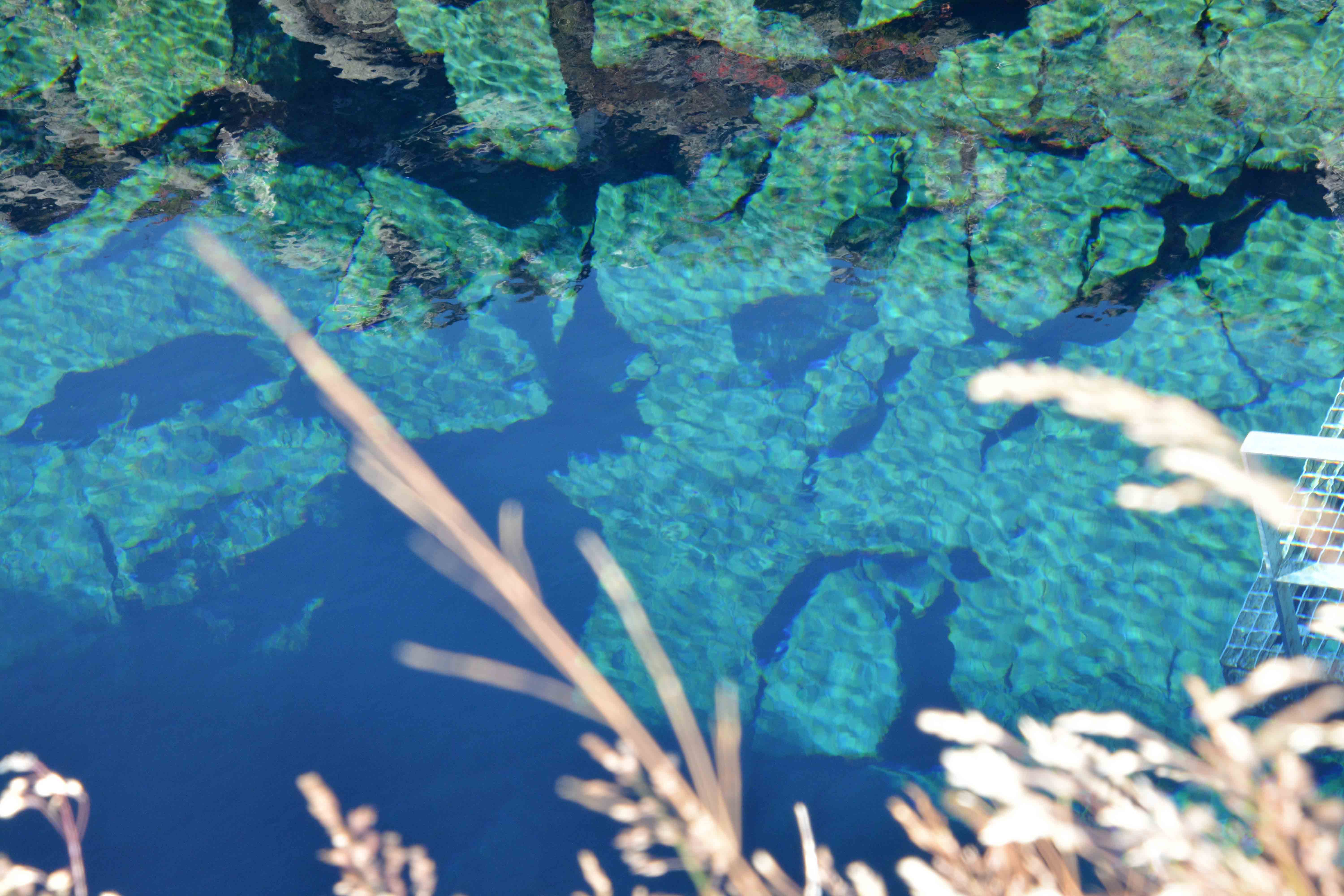 And off they go…
And off they go…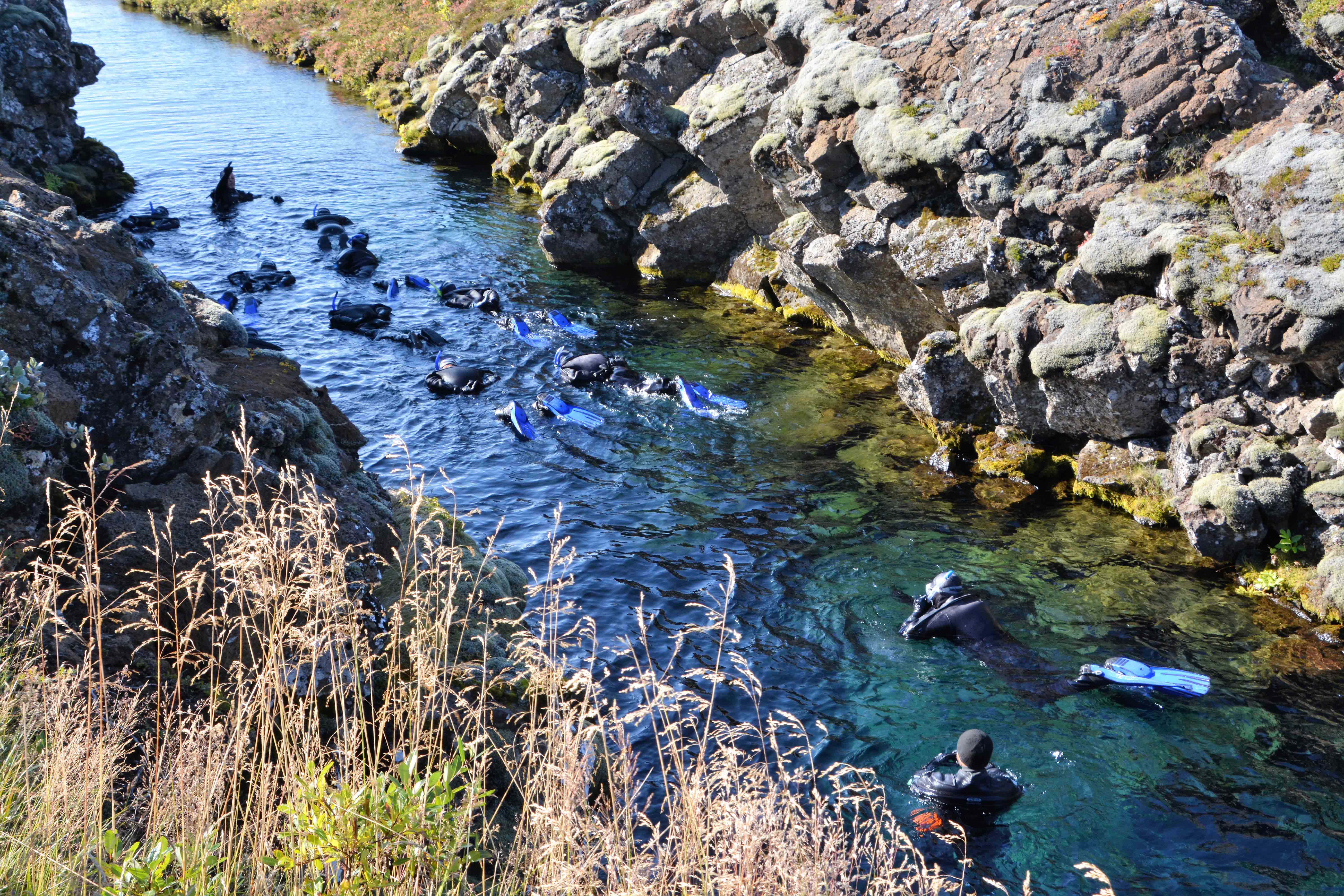
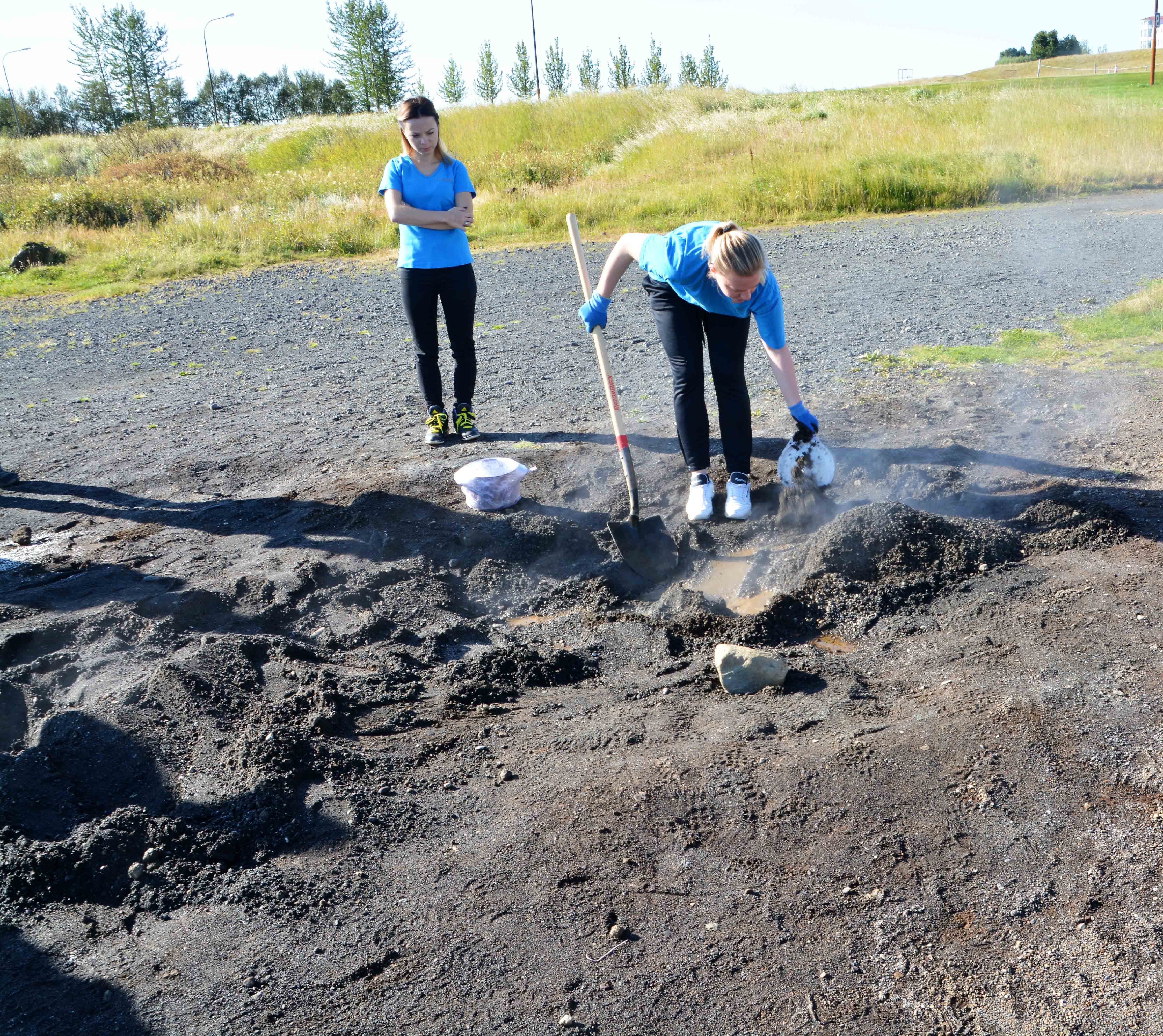
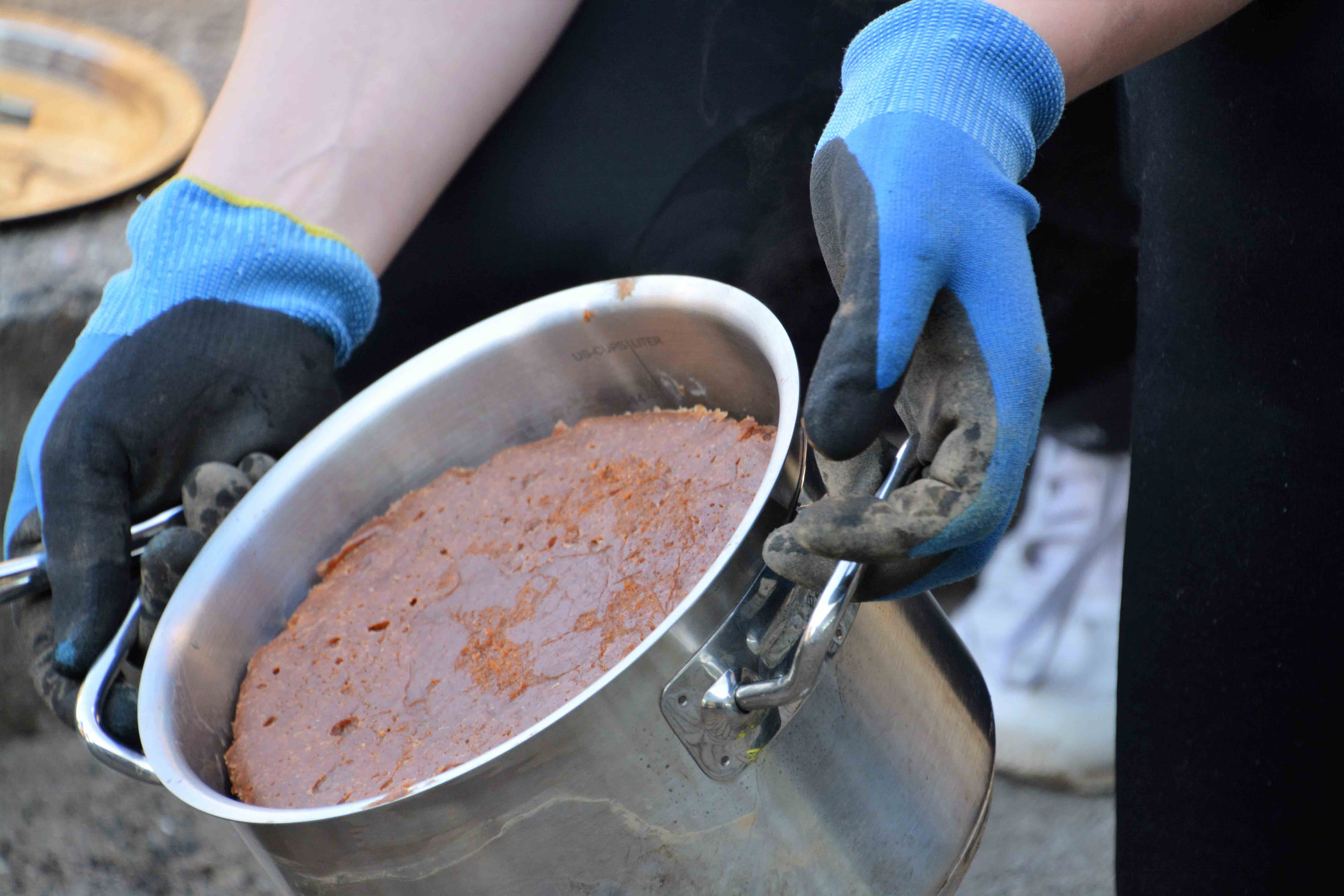
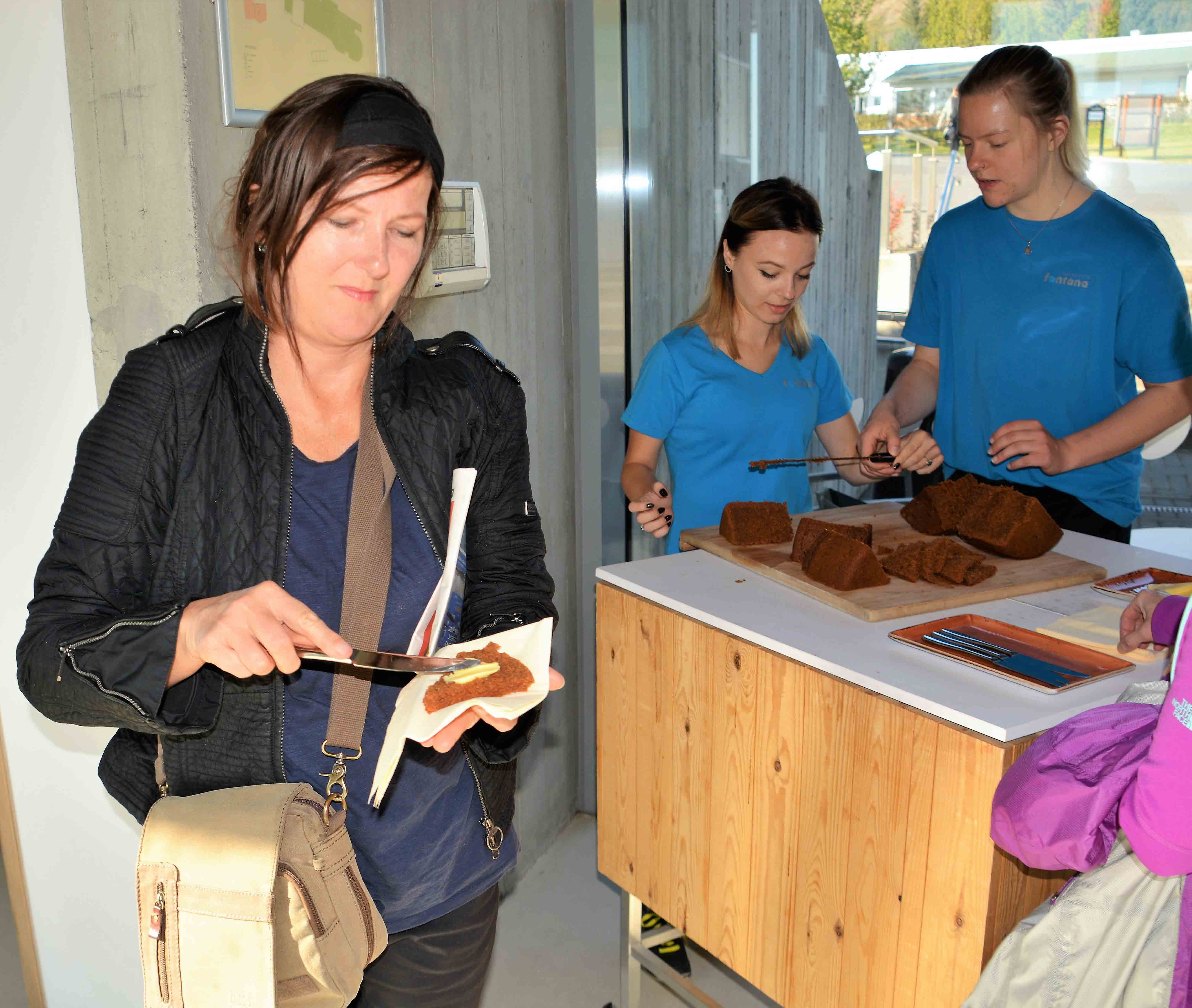
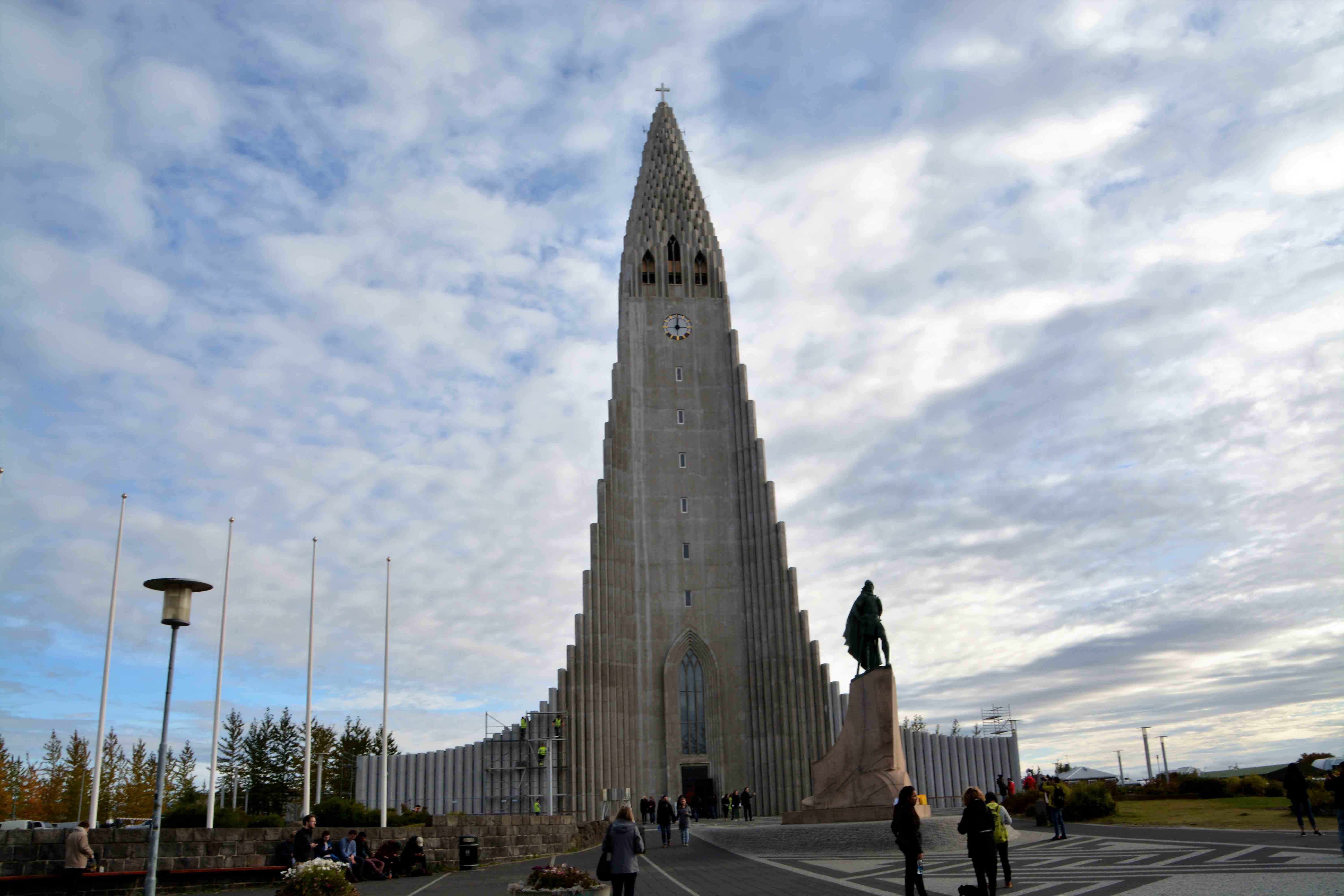
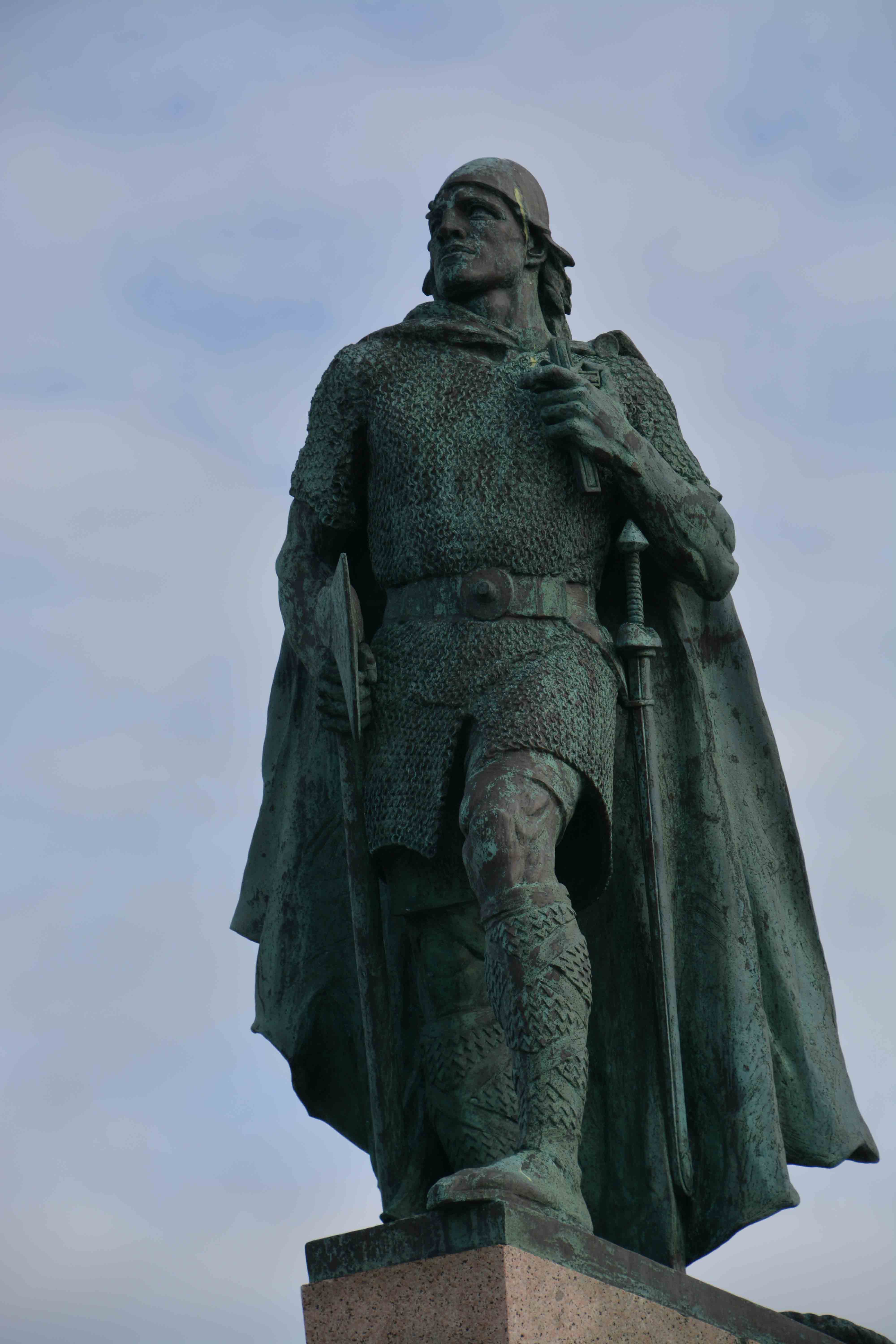
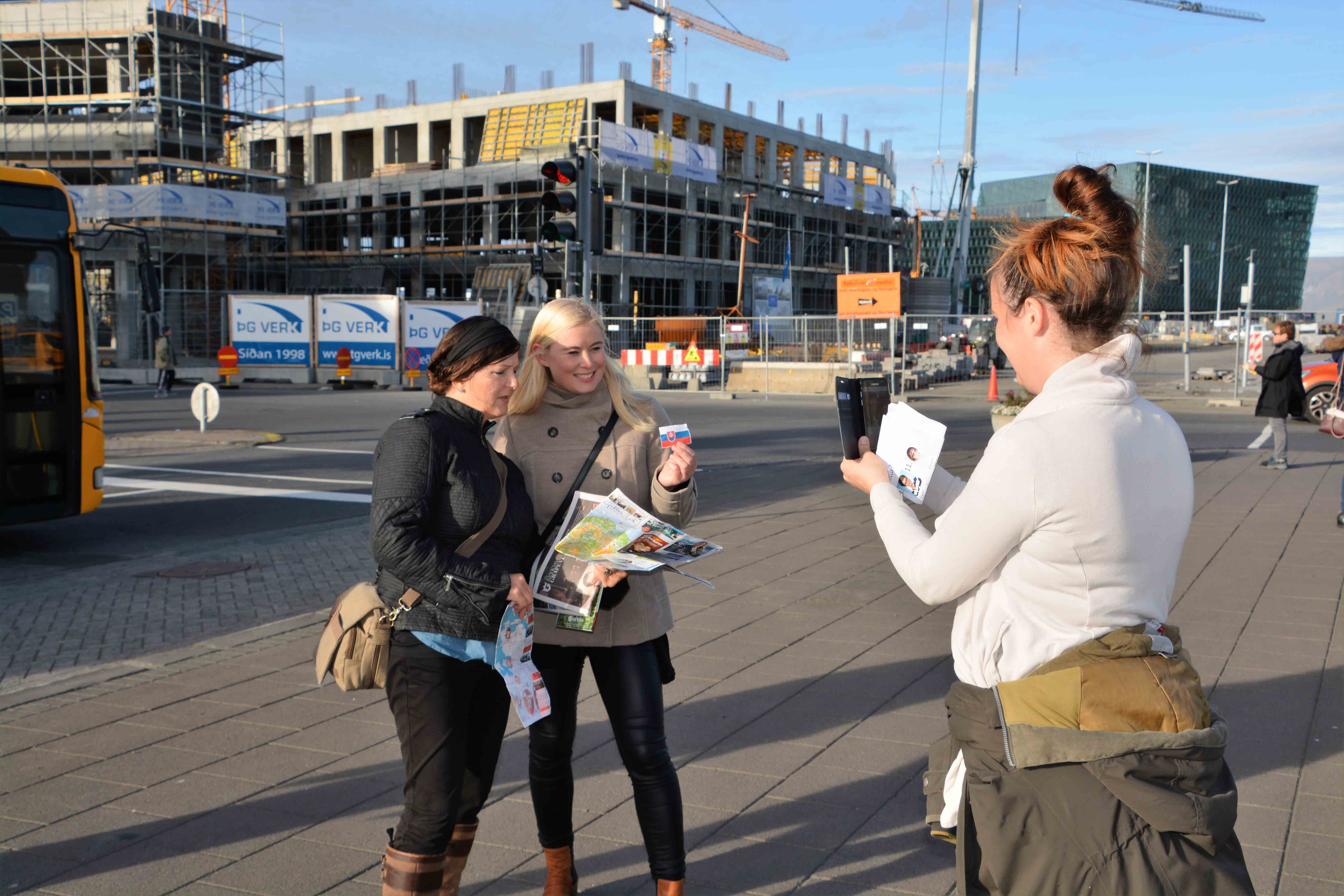


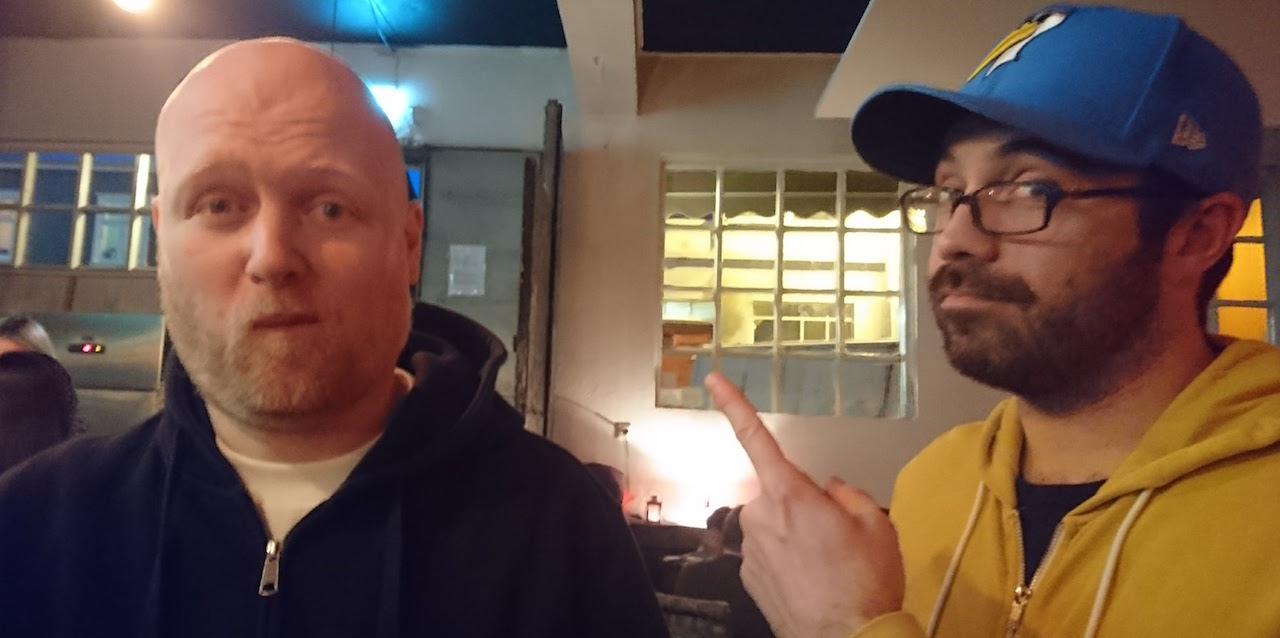
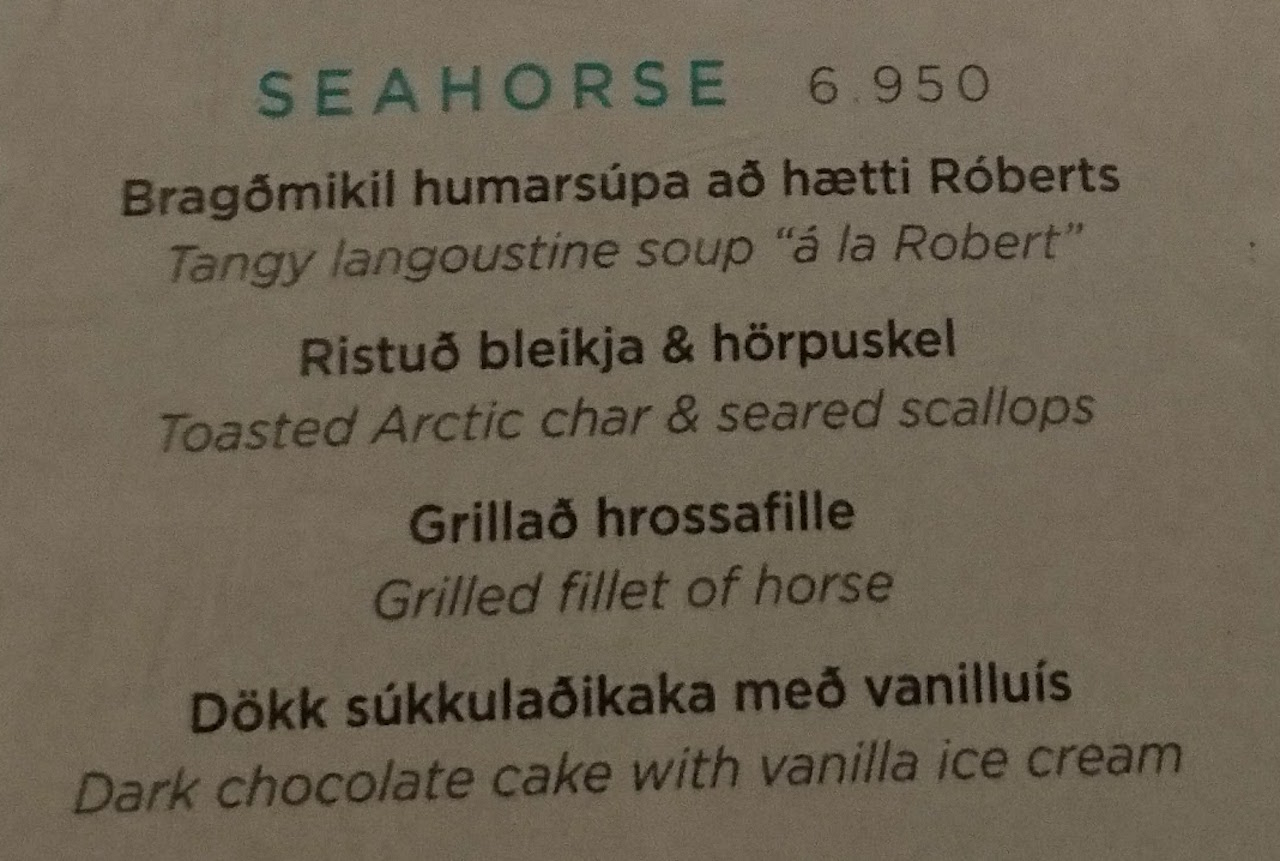
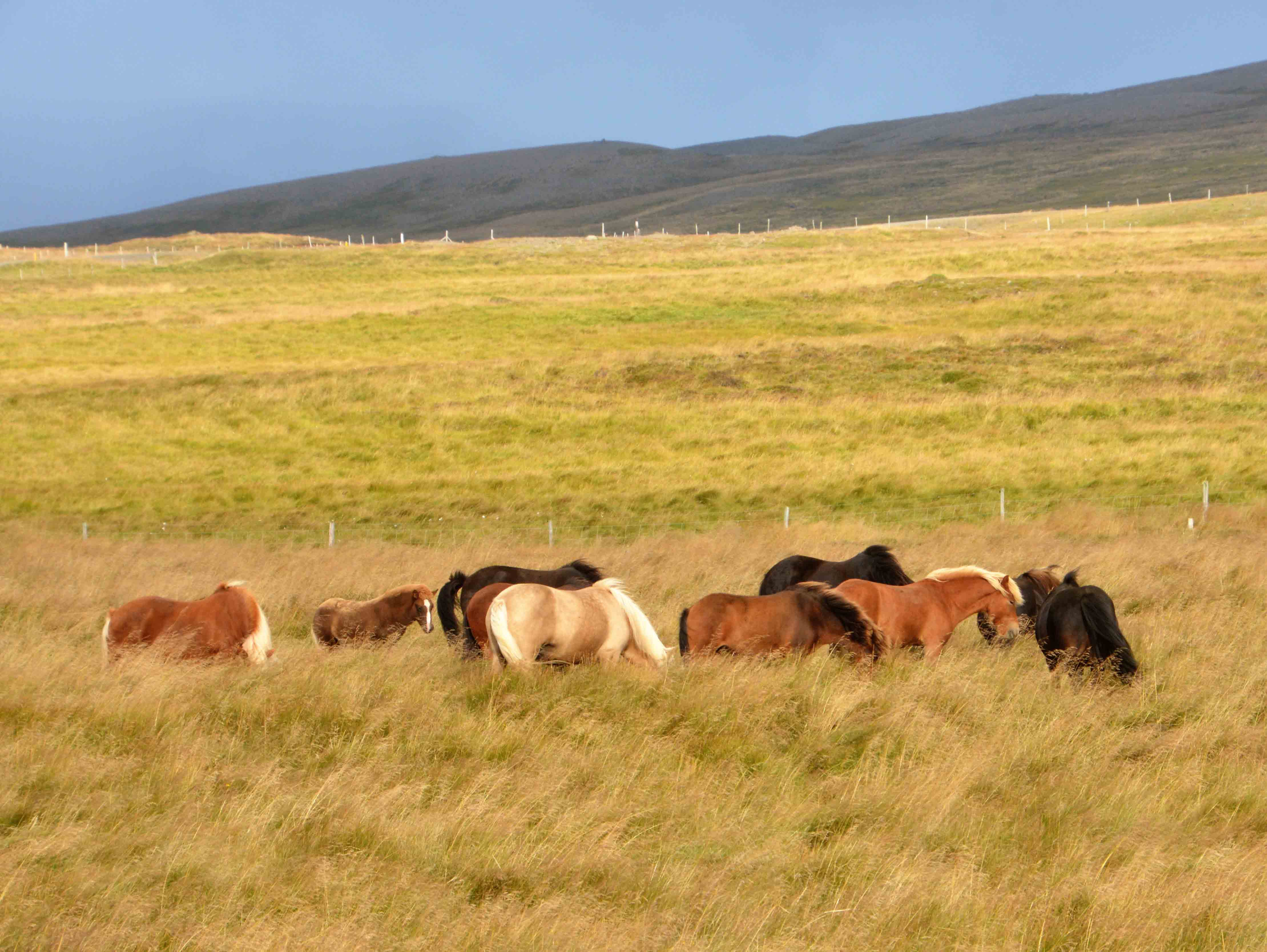
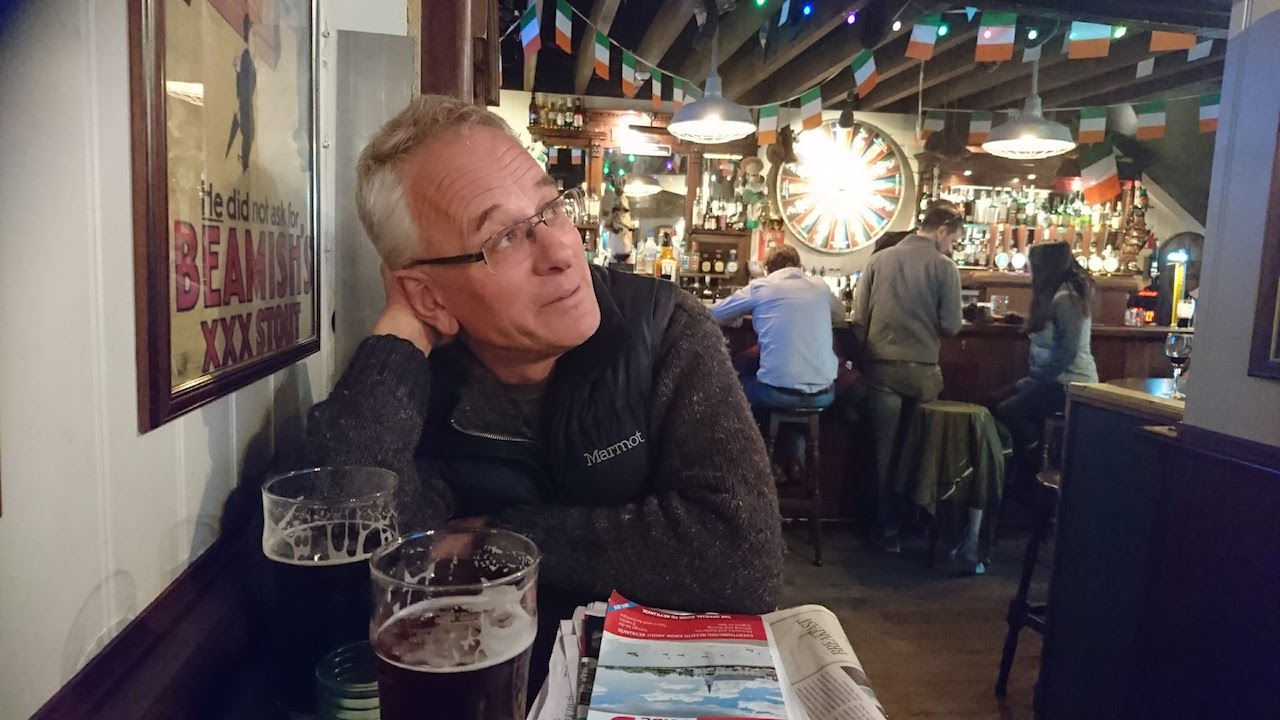
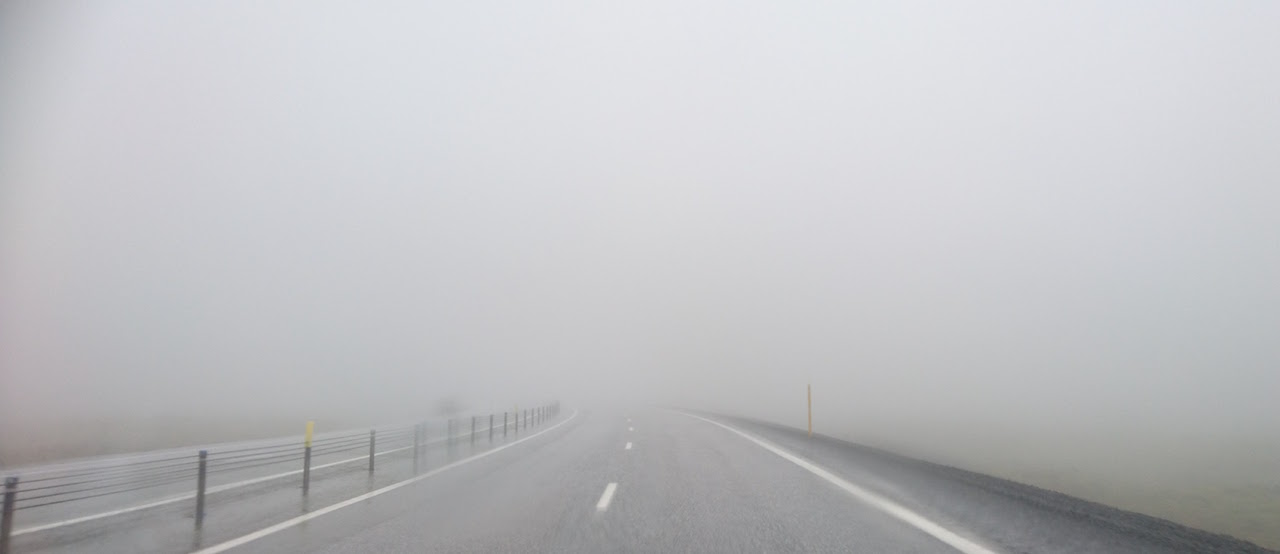

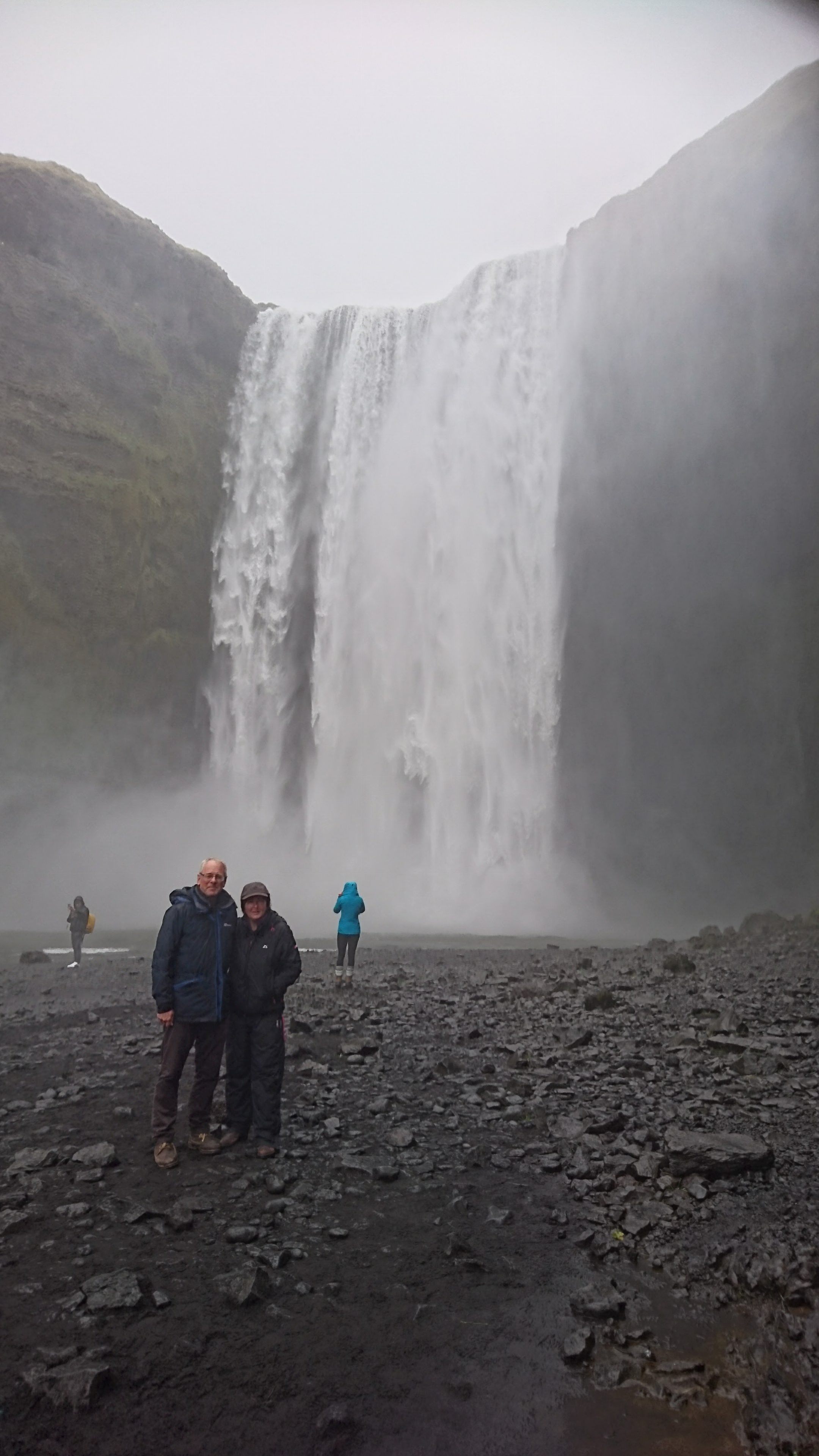
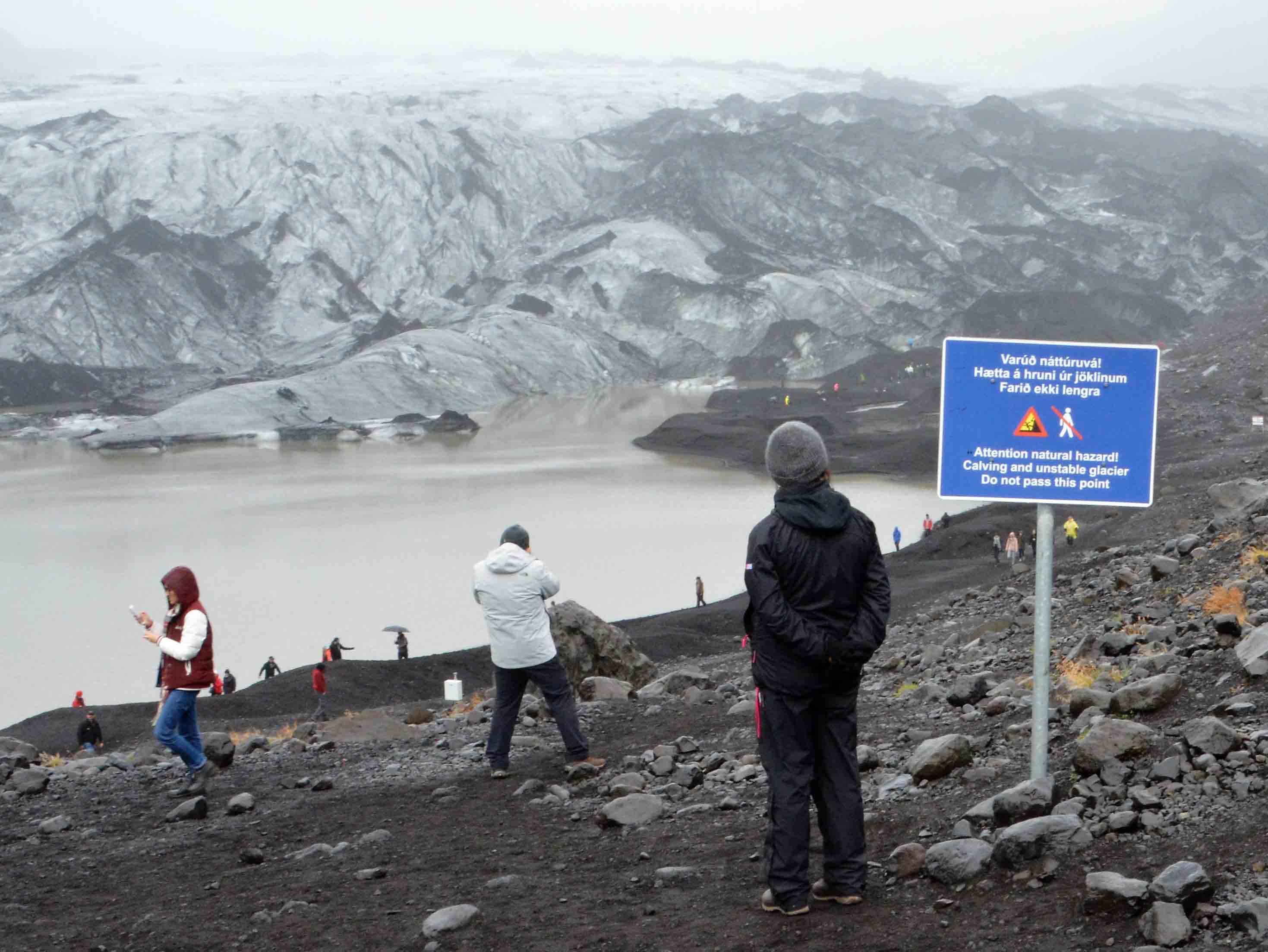
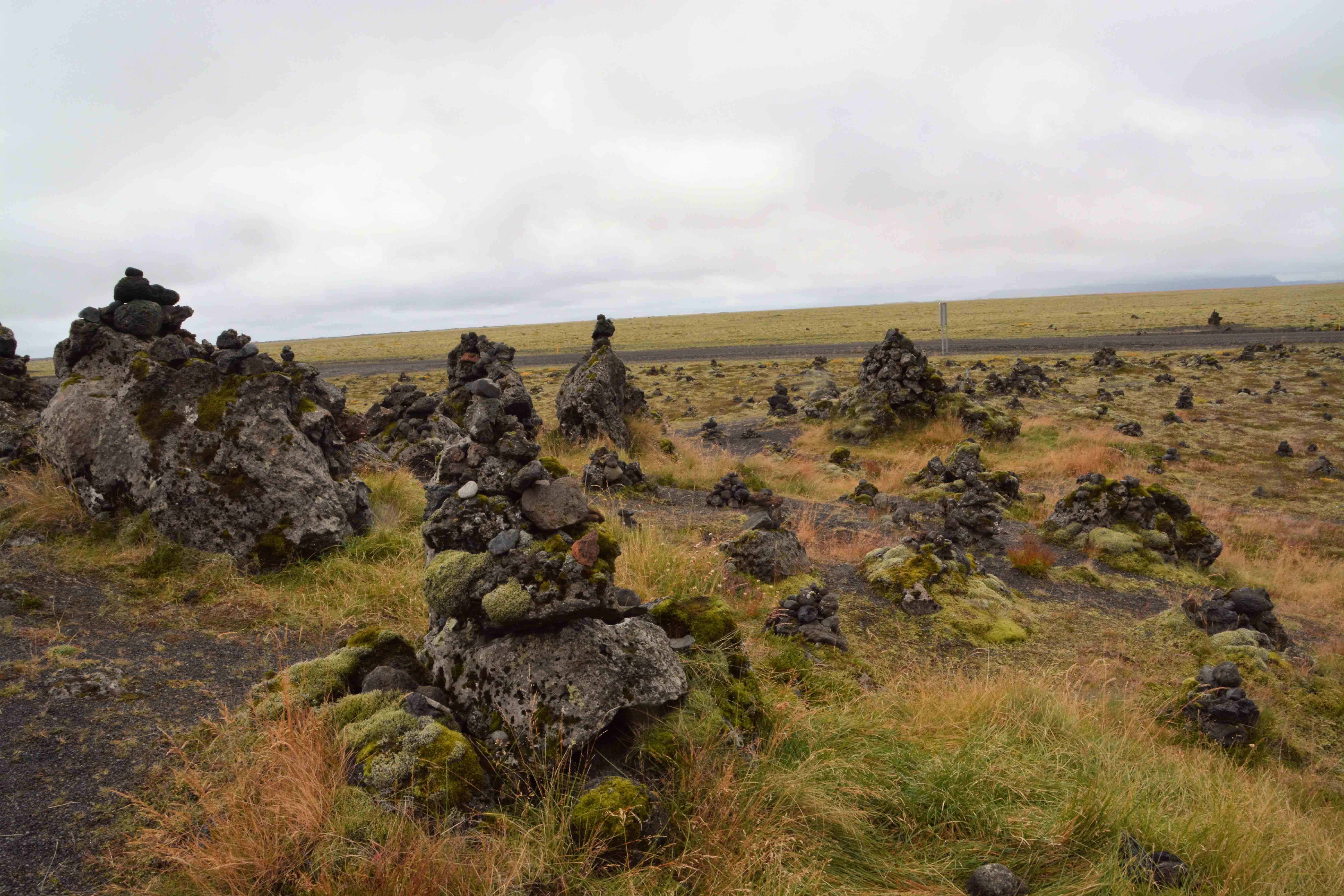
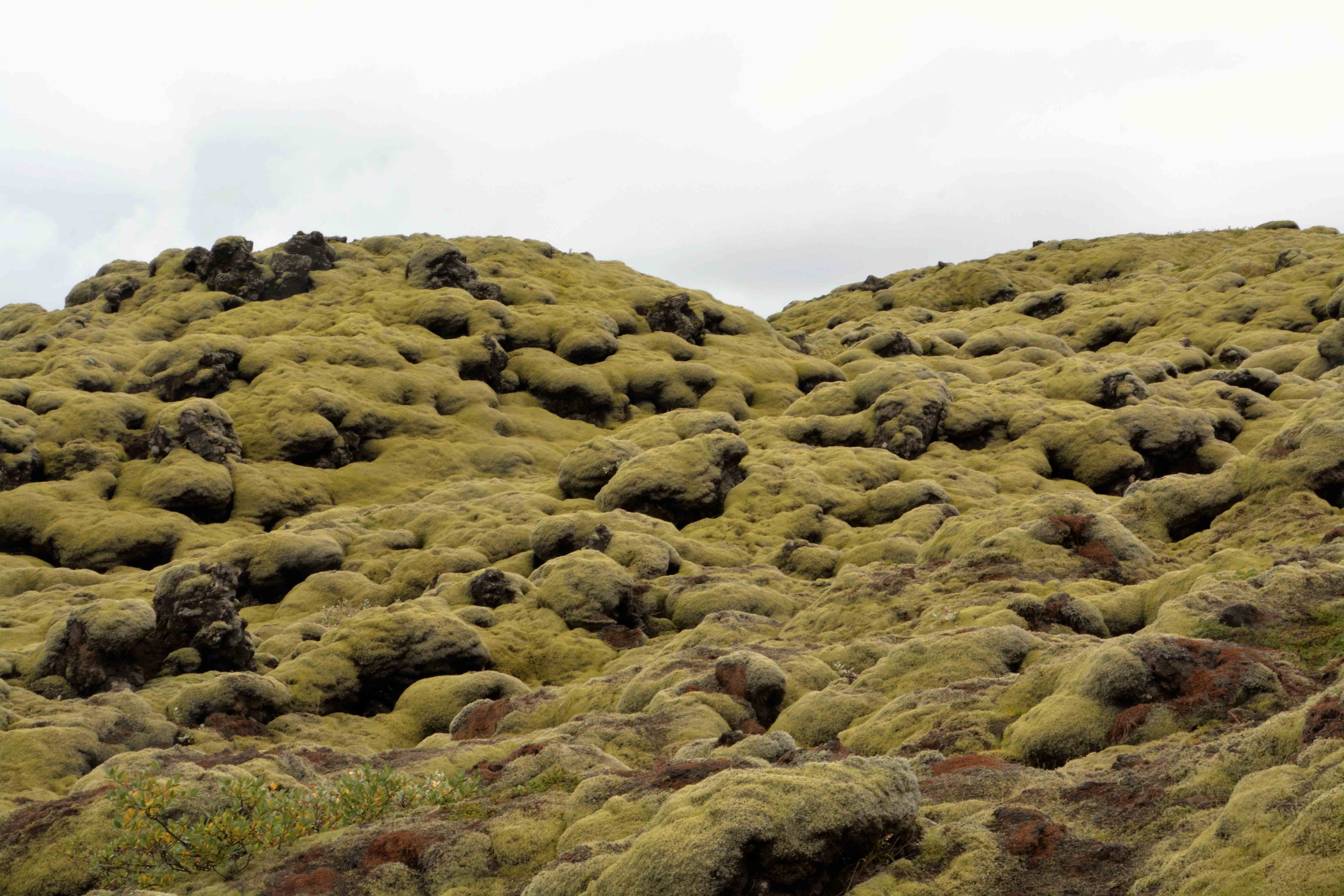
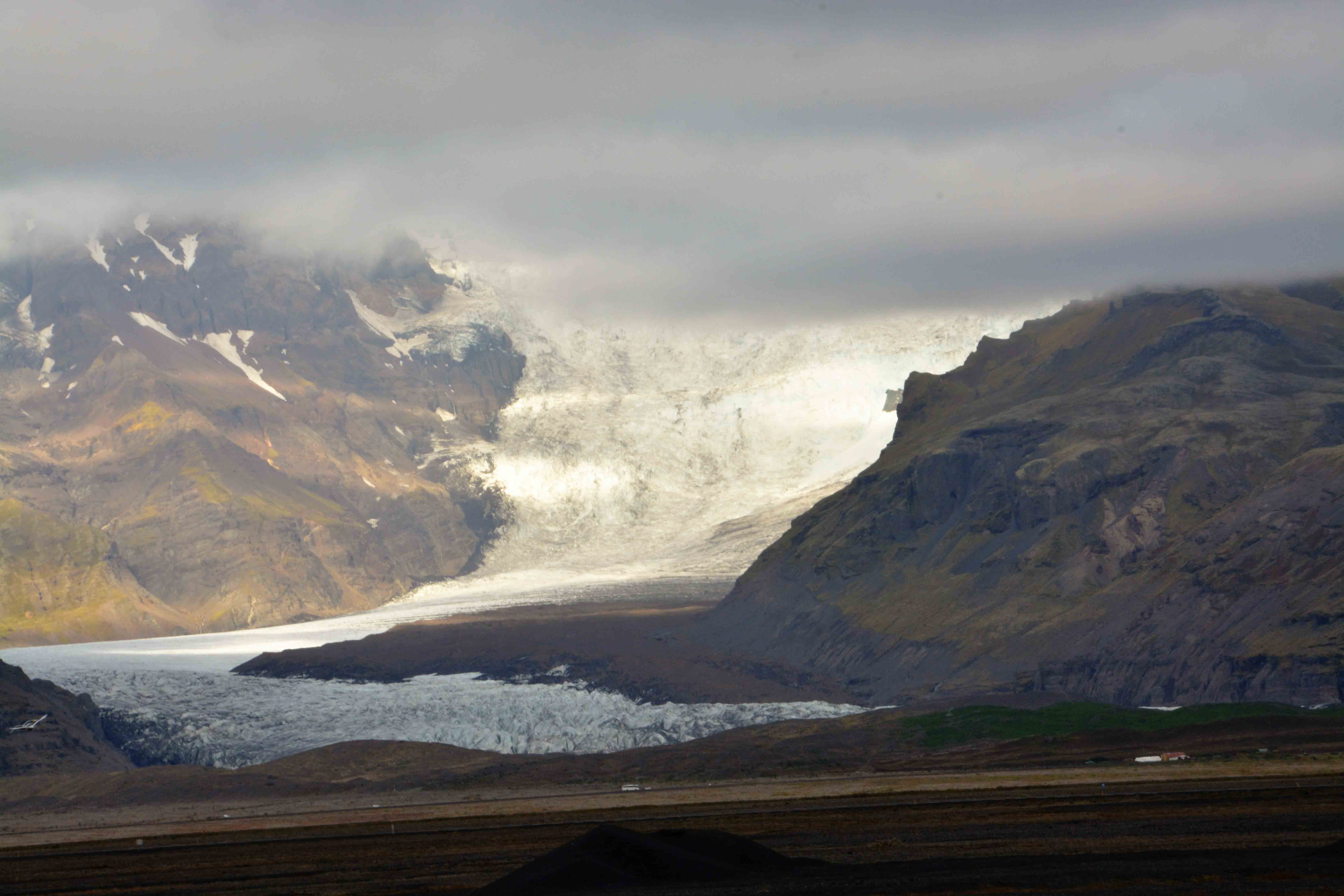
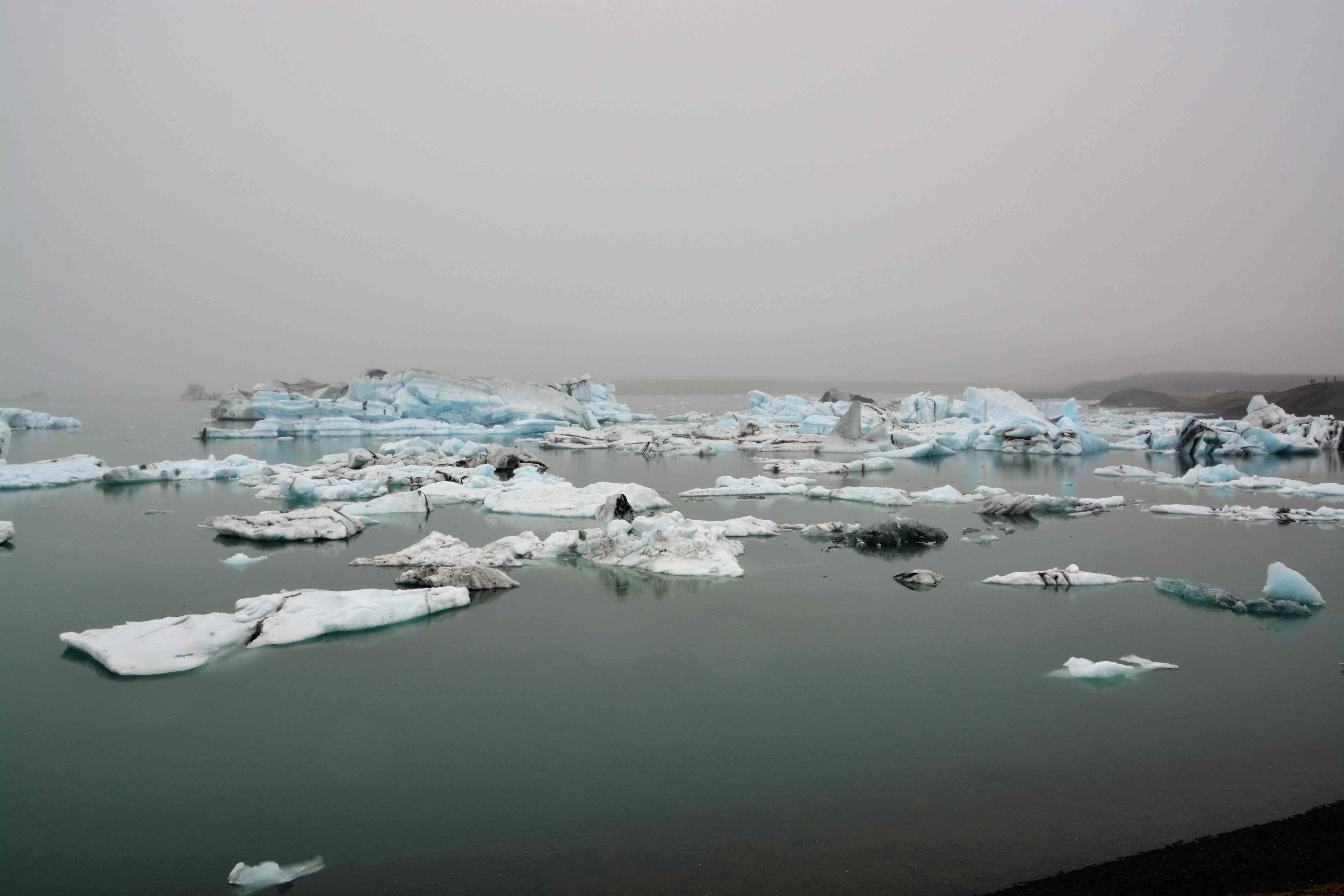
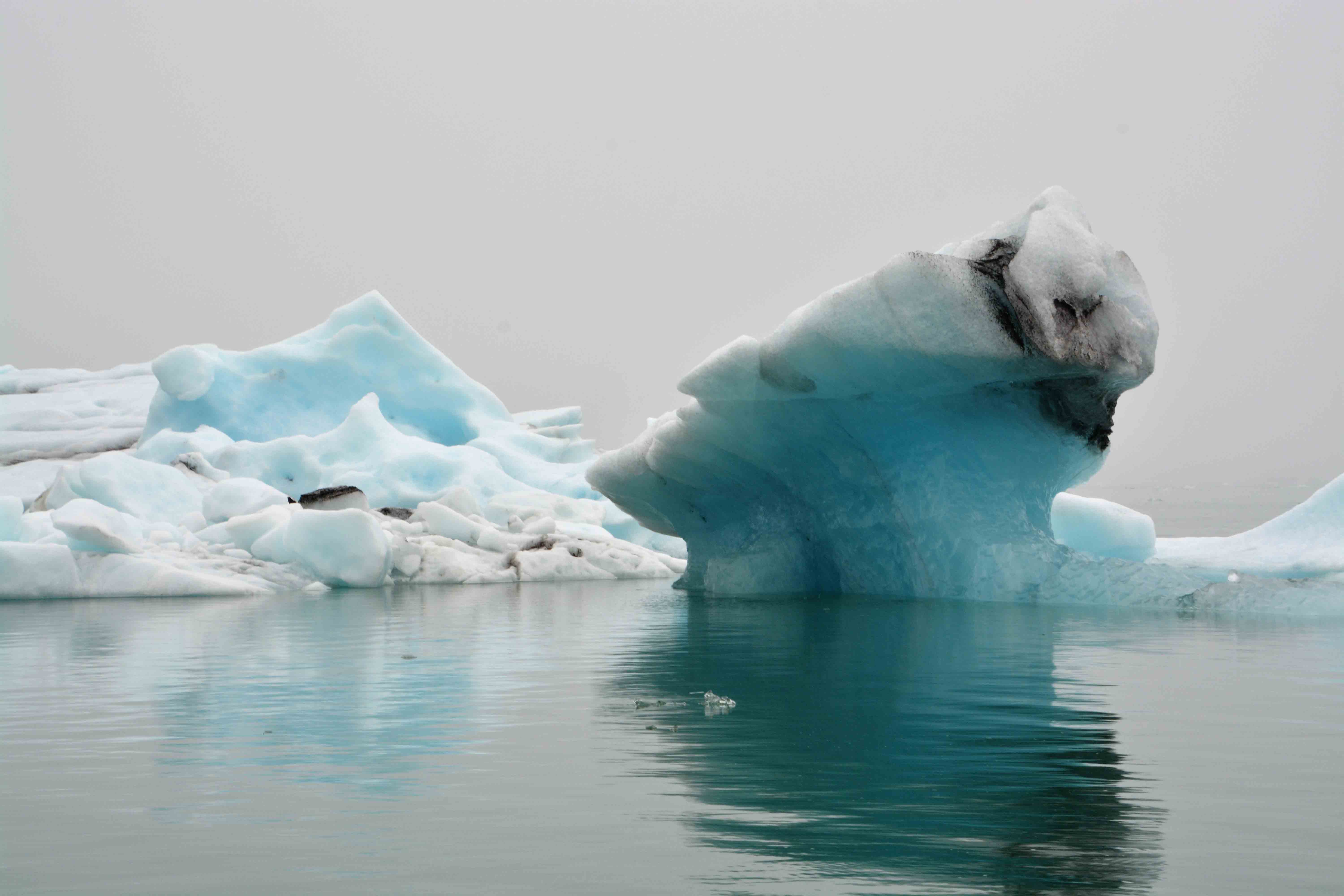

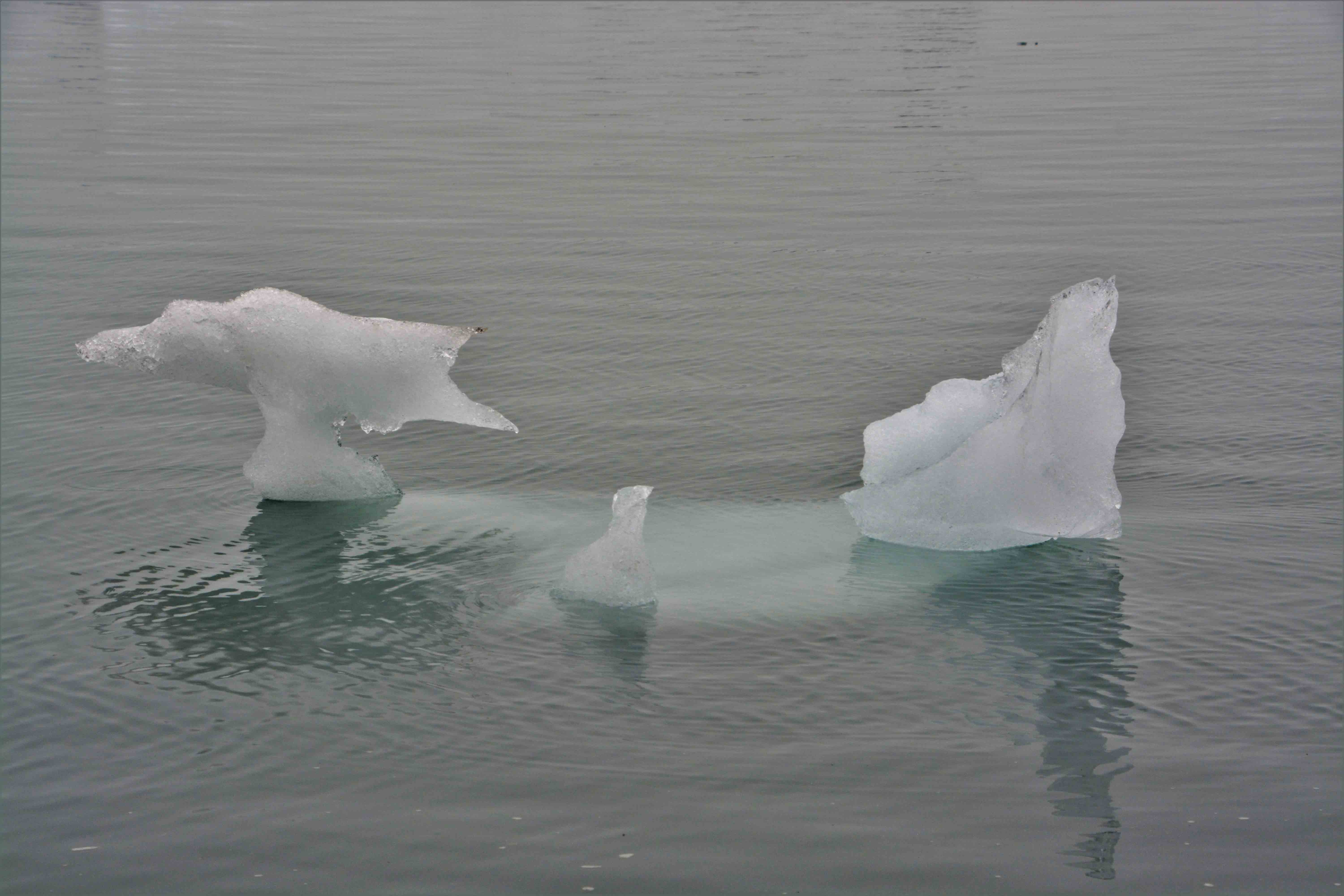 ….through the water. Will it get trapped by the bigger icebergs or make it all the way out of the lagoon, under the bridge and out to sea. We followed our mini-iceberg across the road…
….through the water. Will it get trapped by the bigger icebergs or make it all the way out of the lagoon, under the bridge and out to sea. We followed our mini-iceberg across the road…
